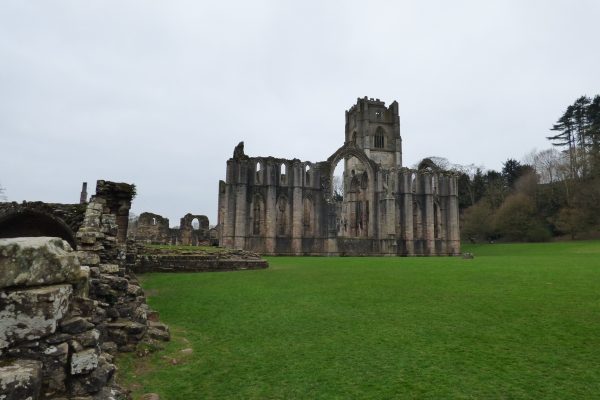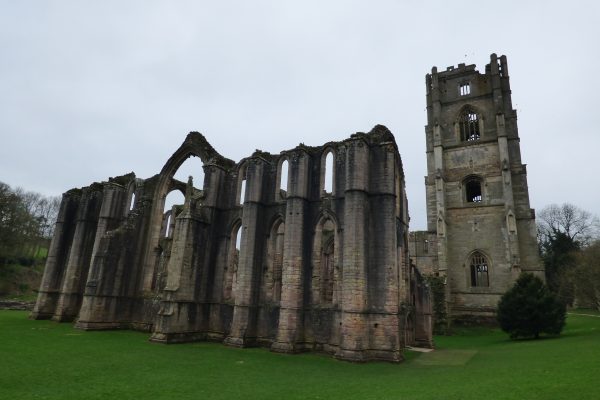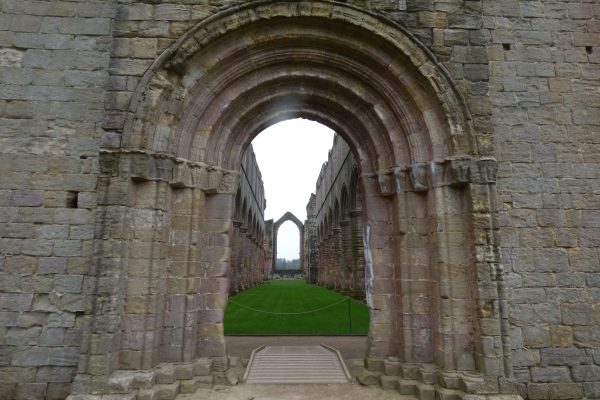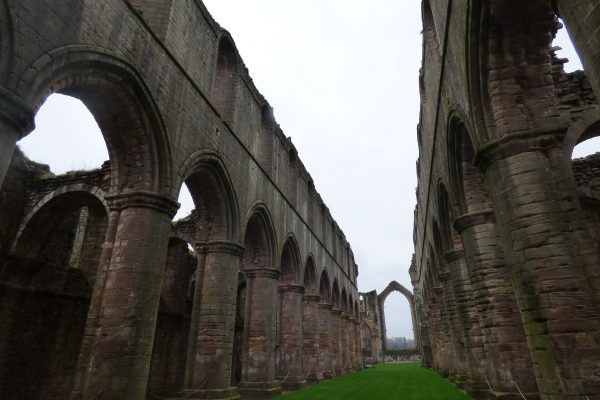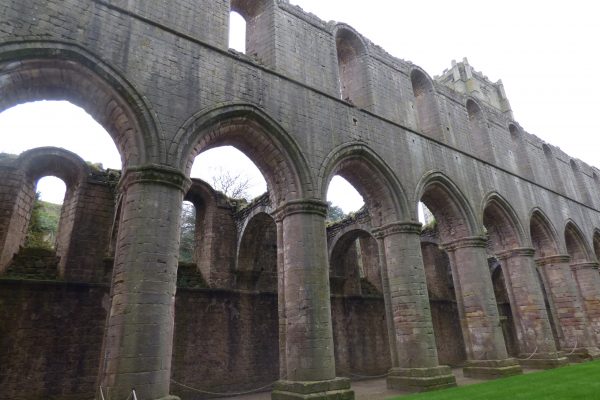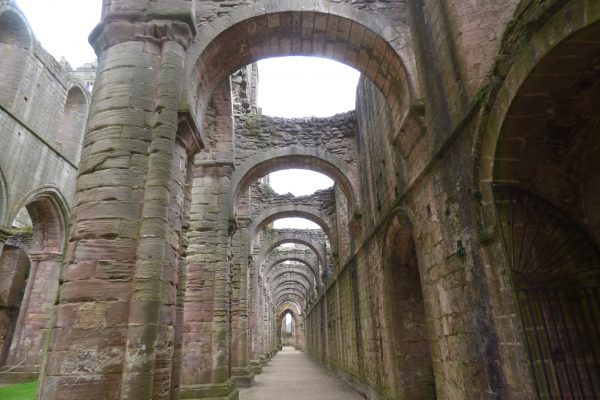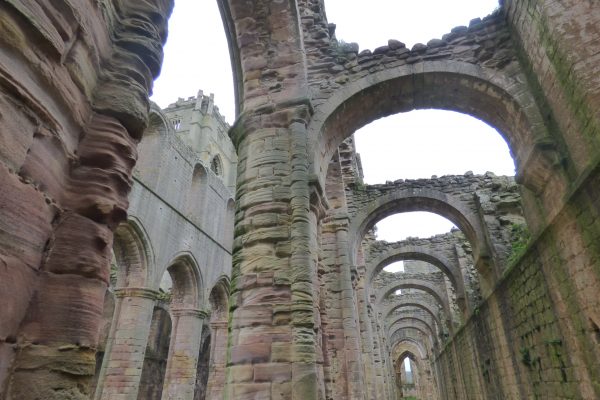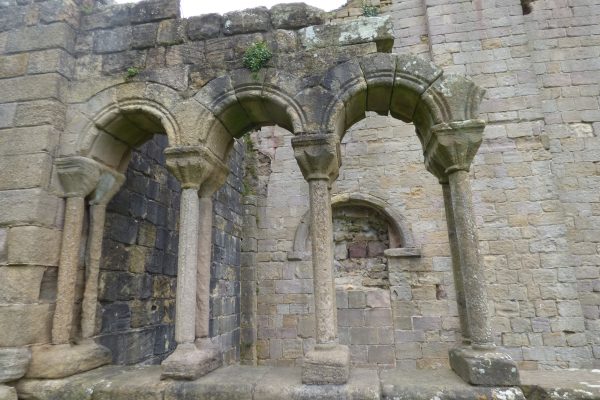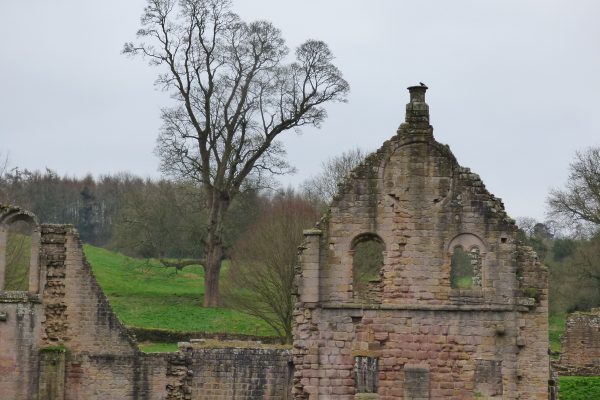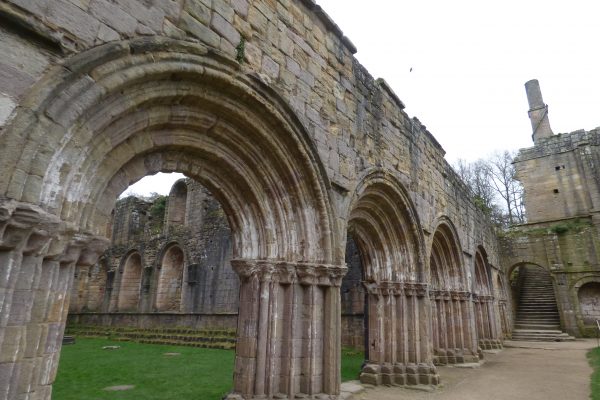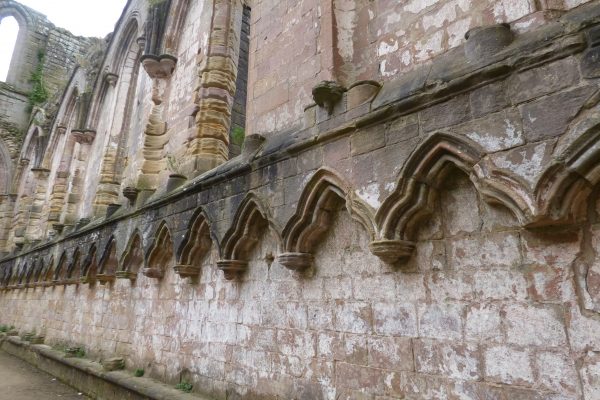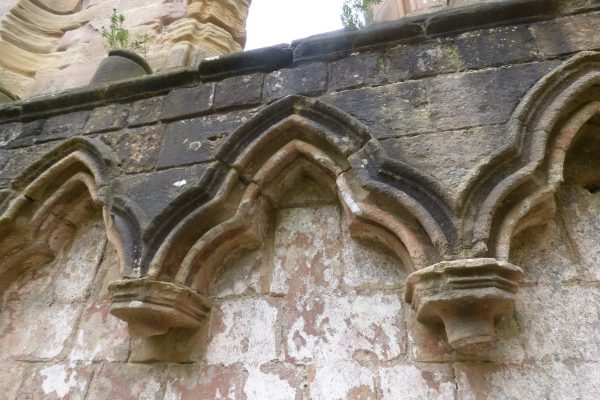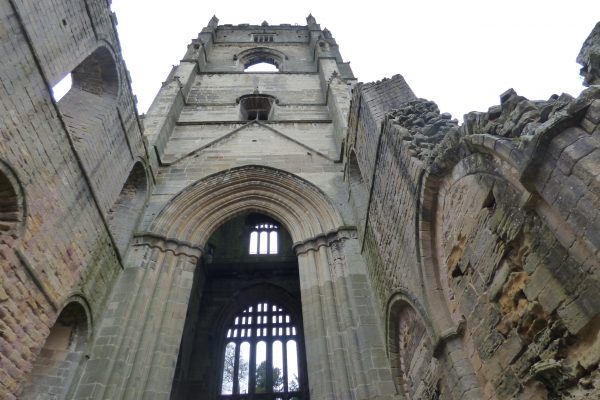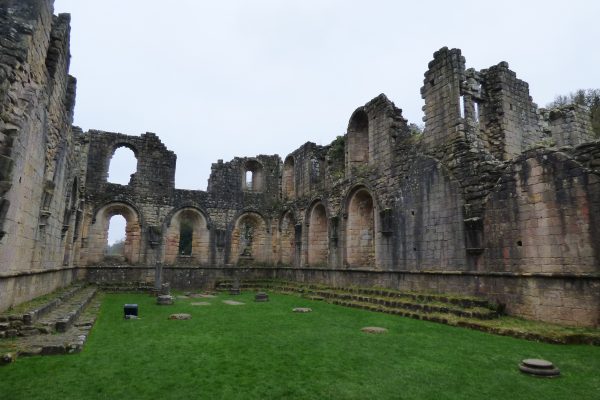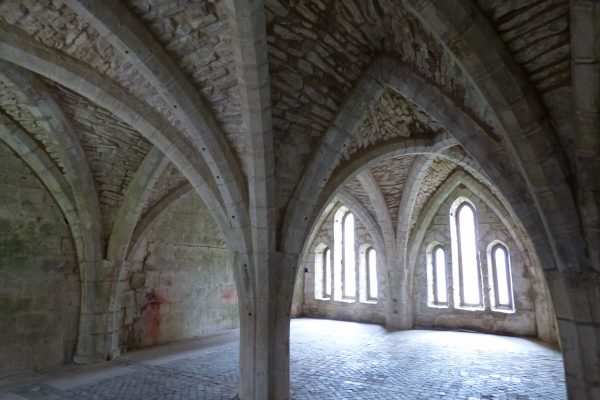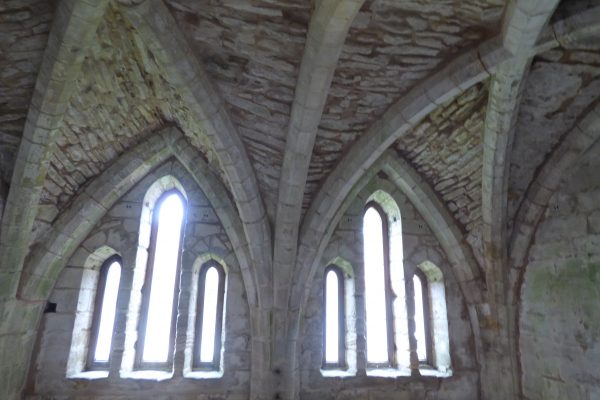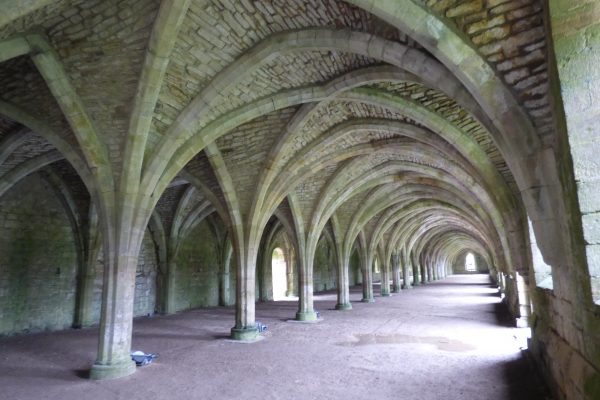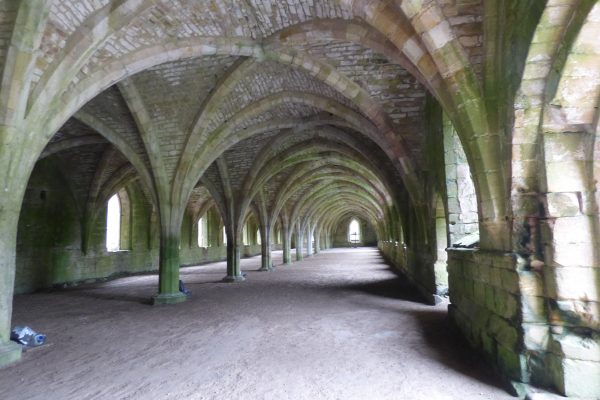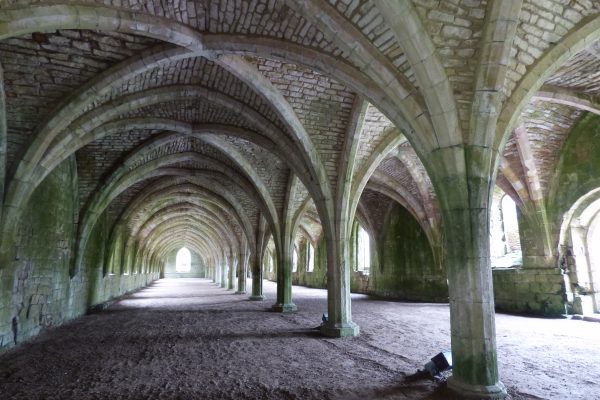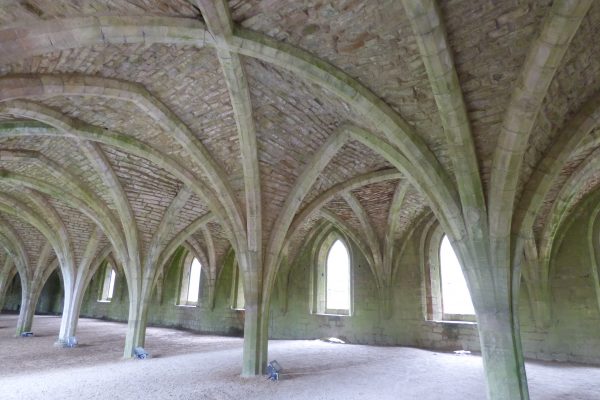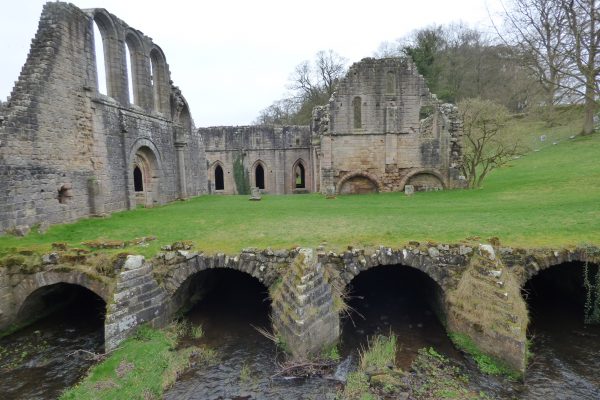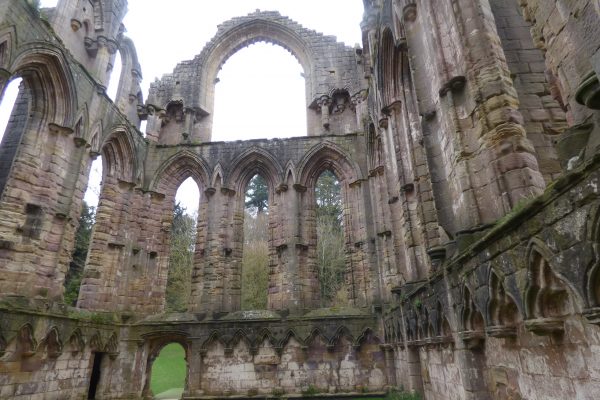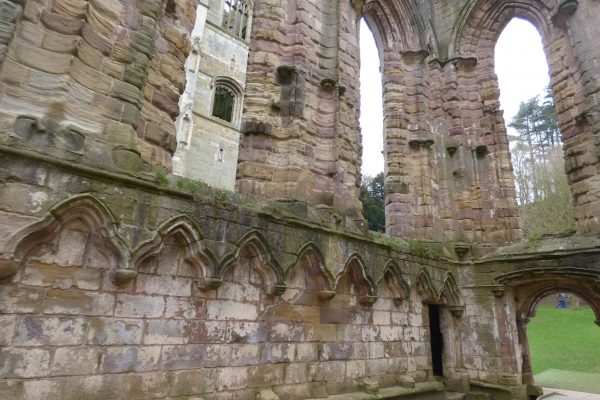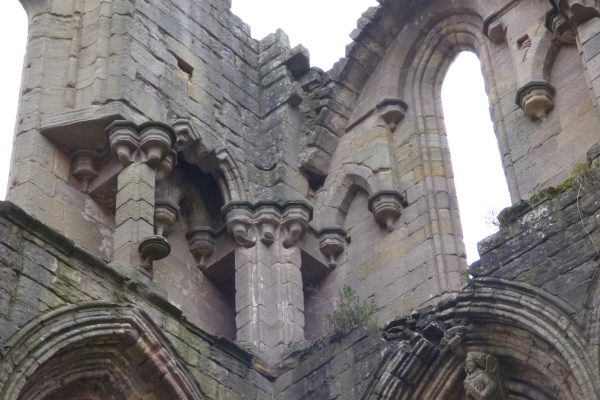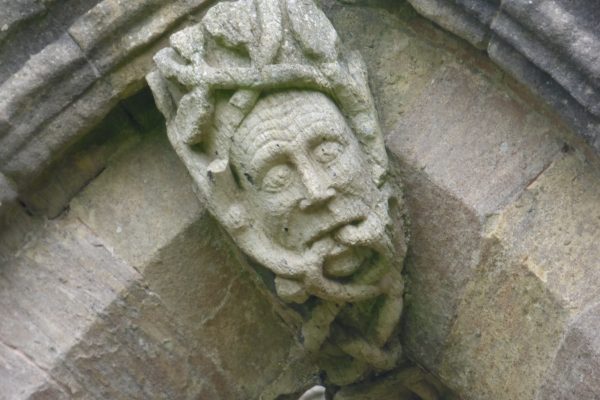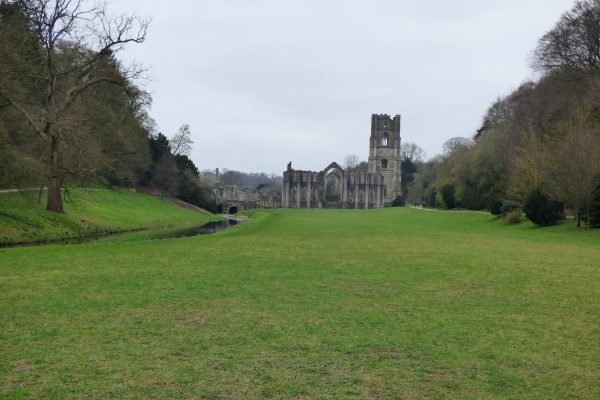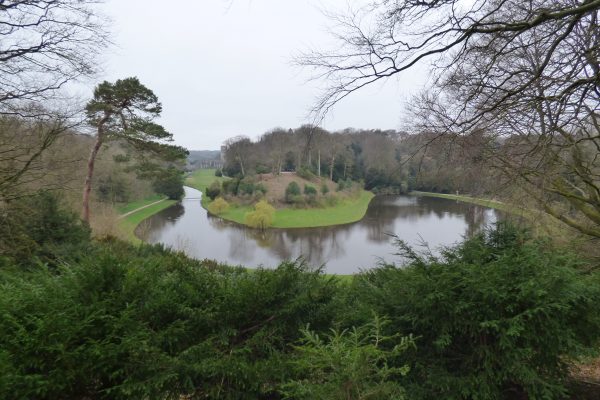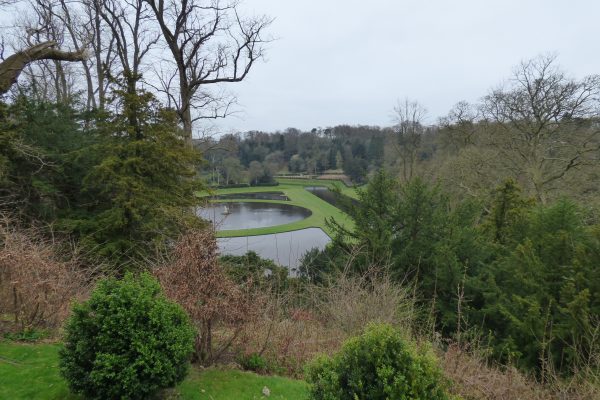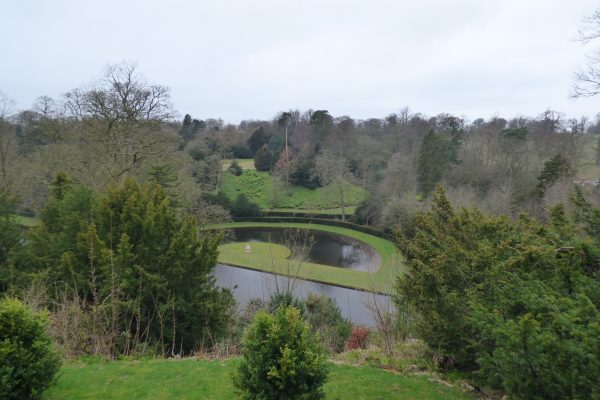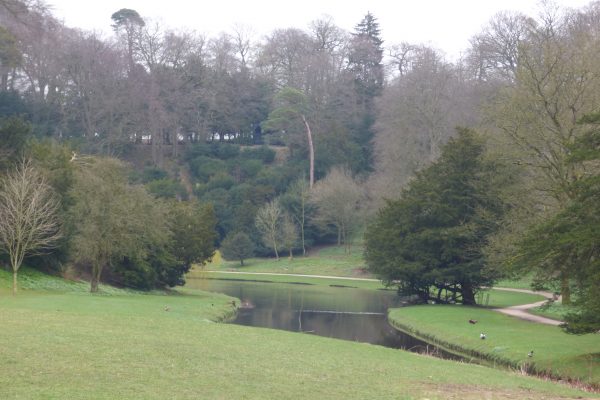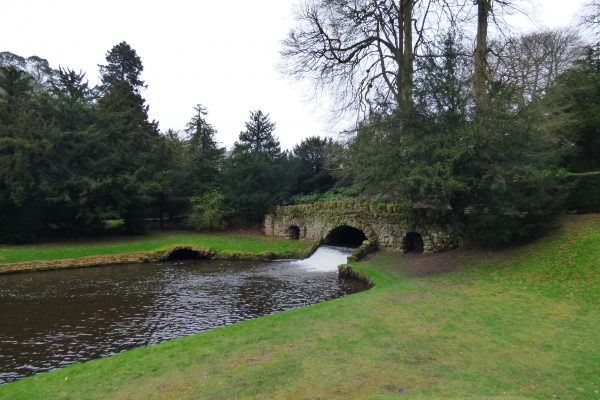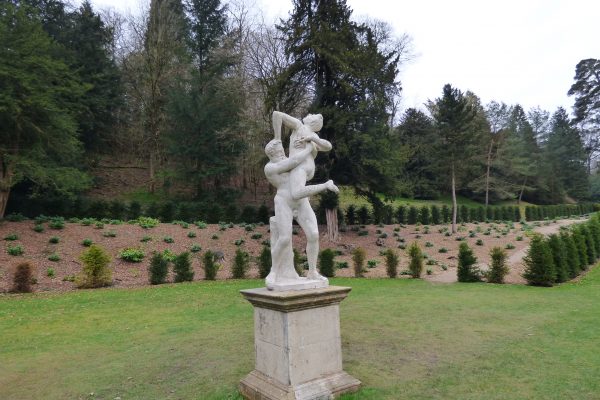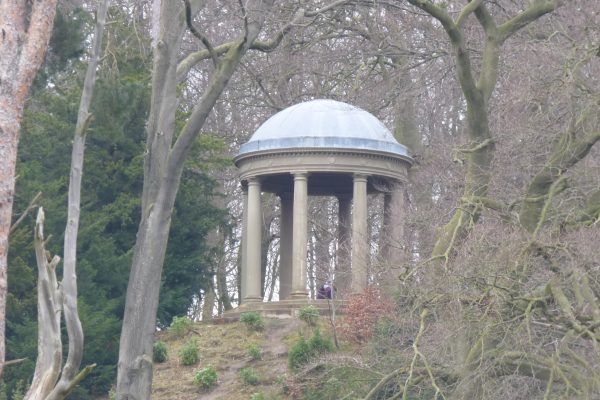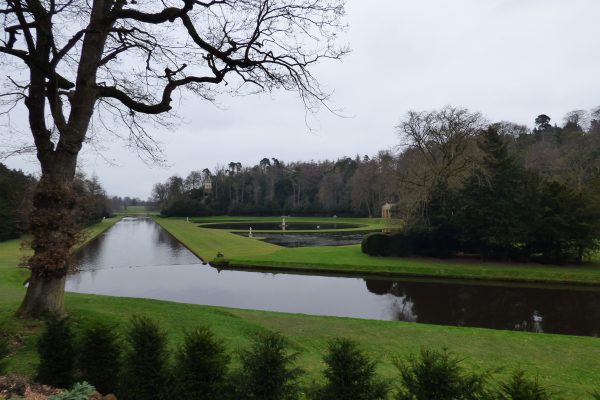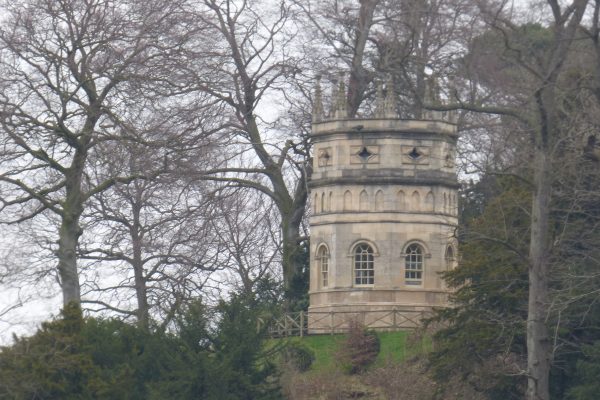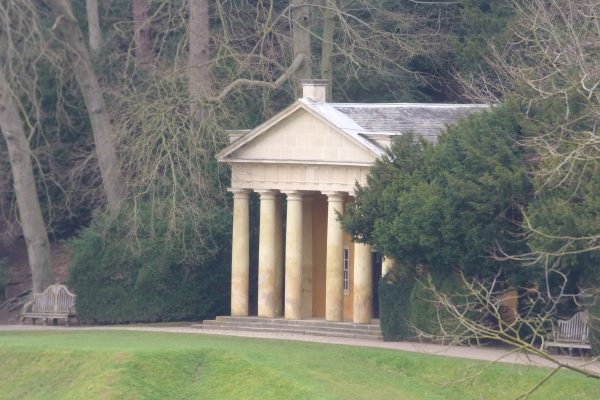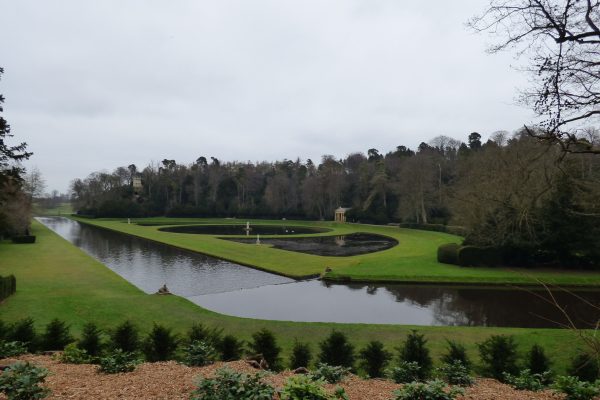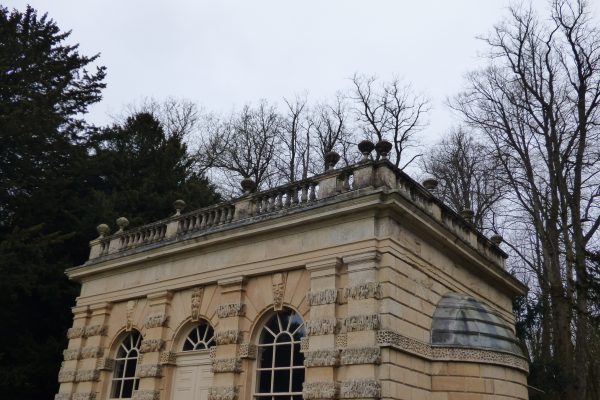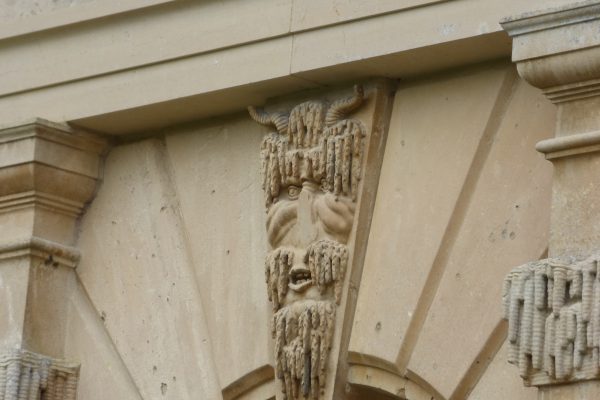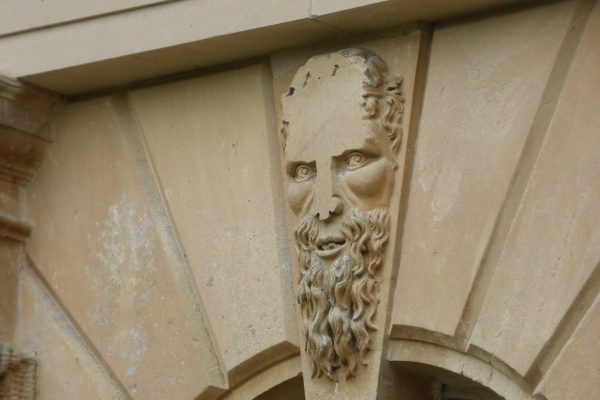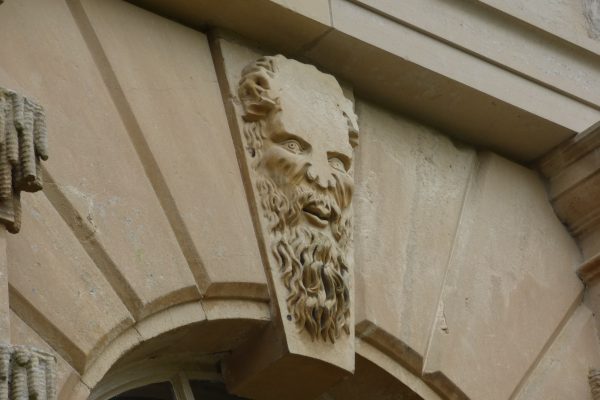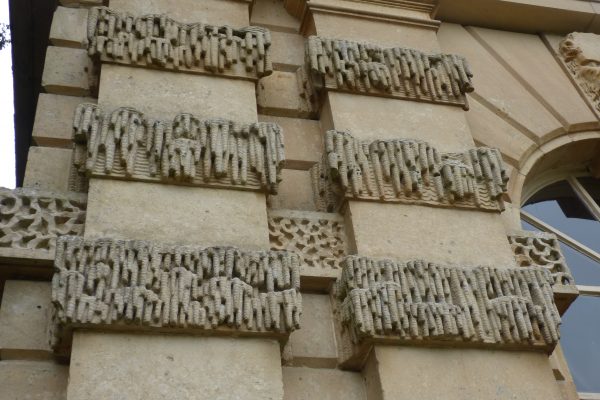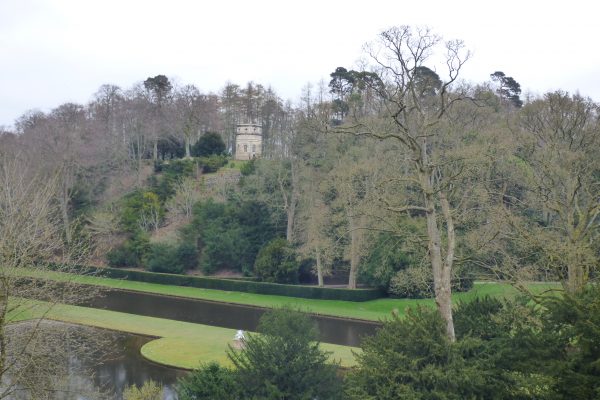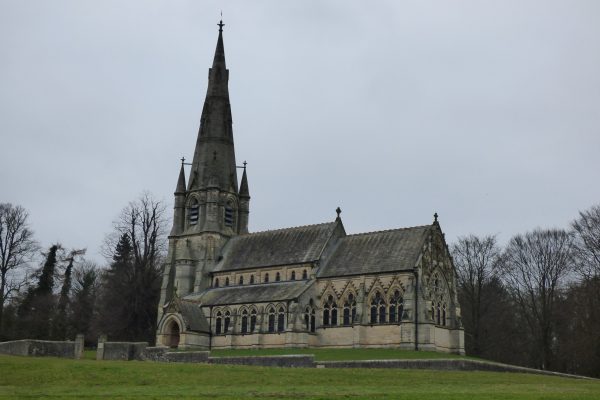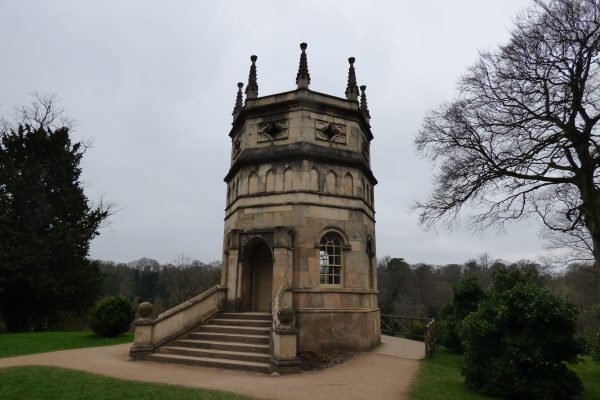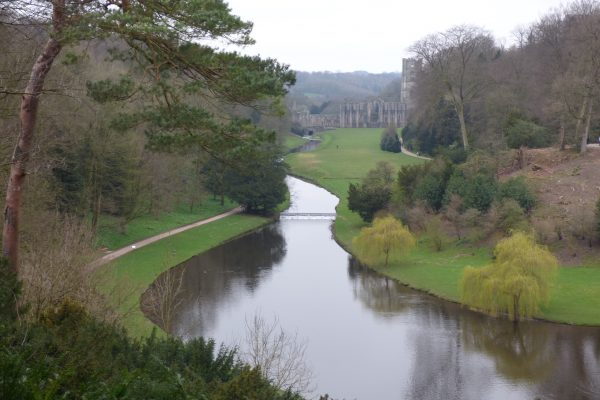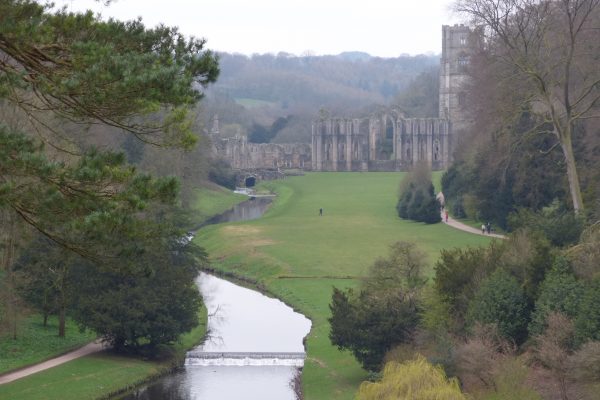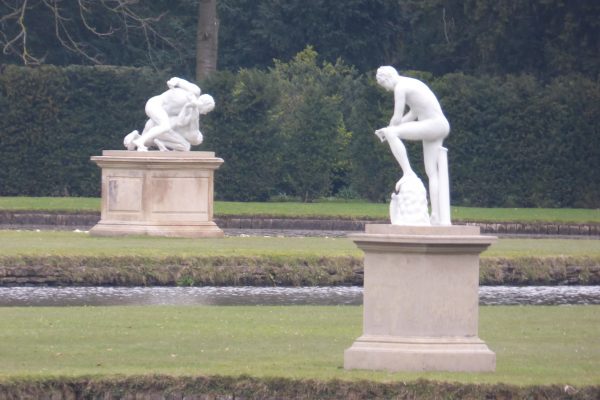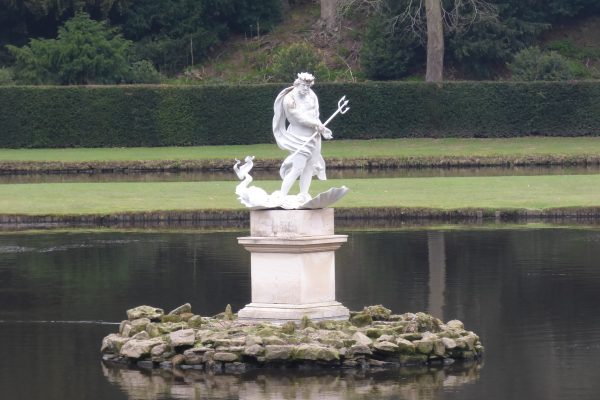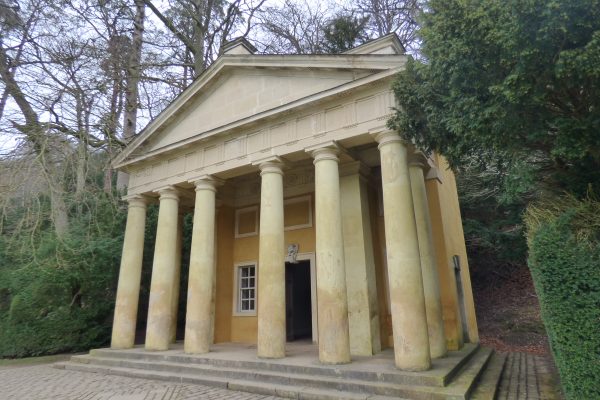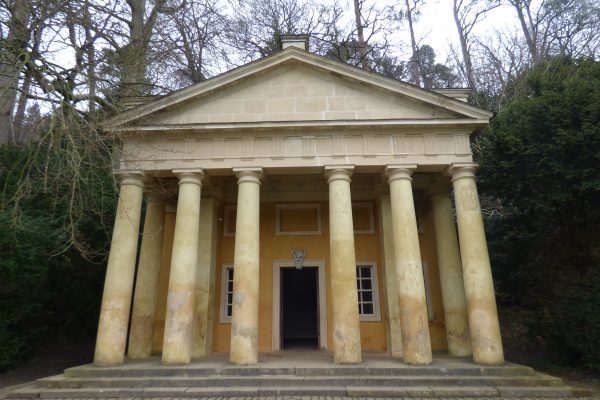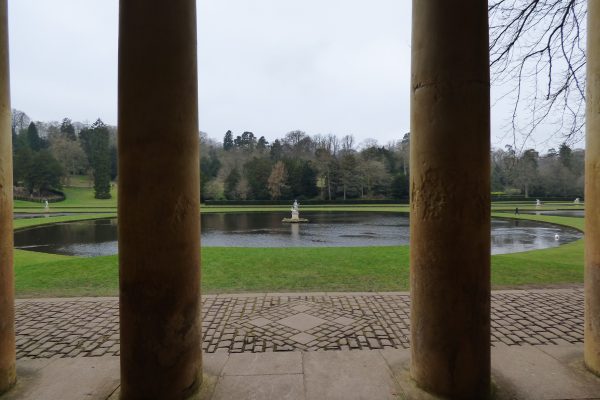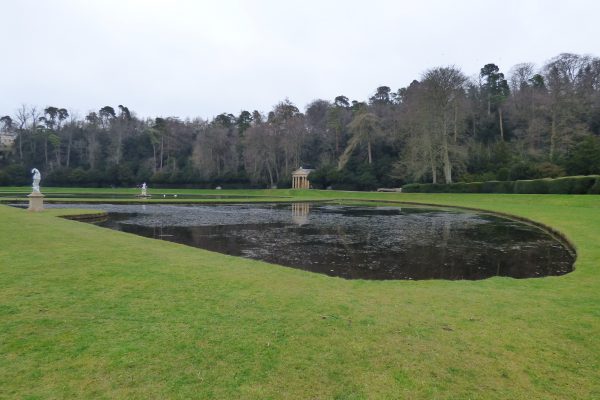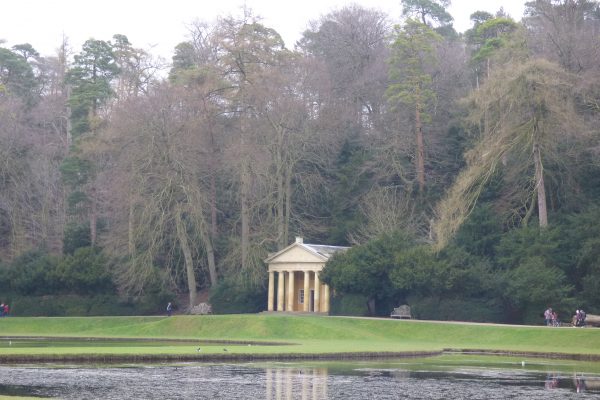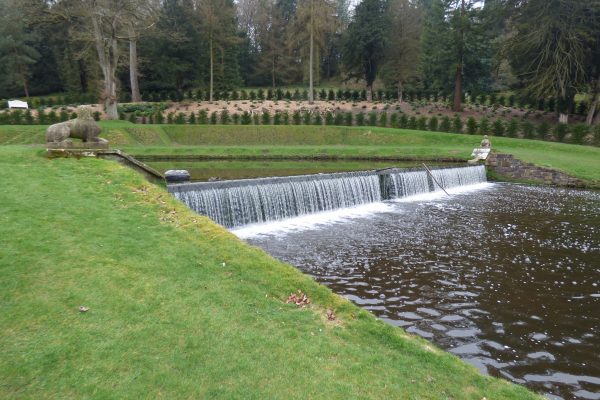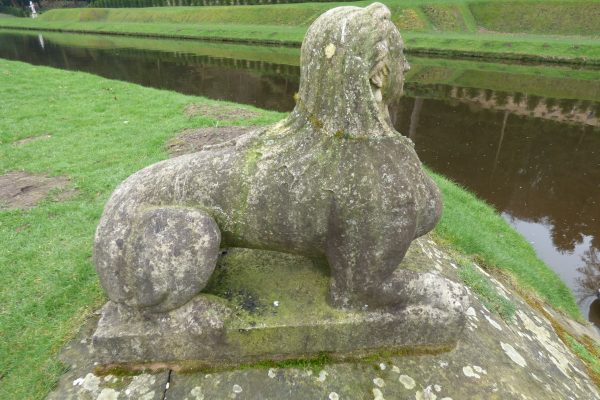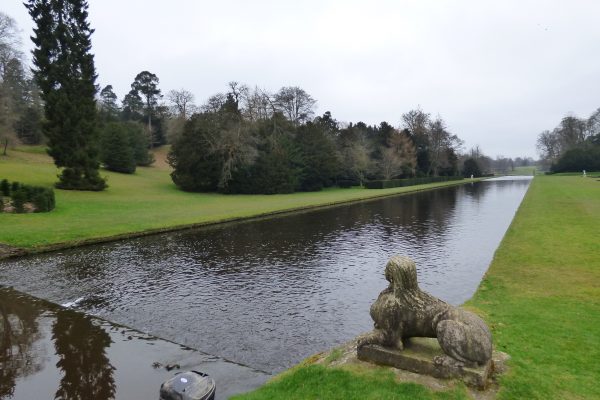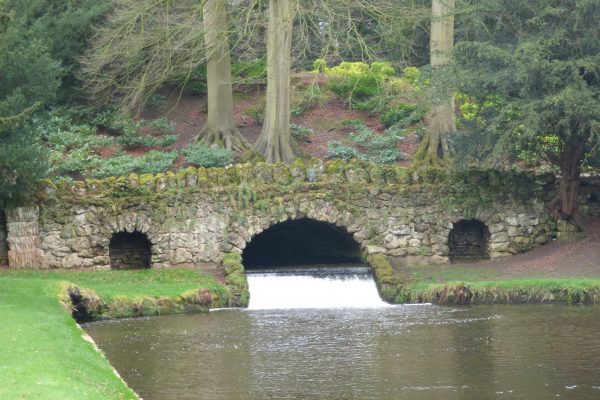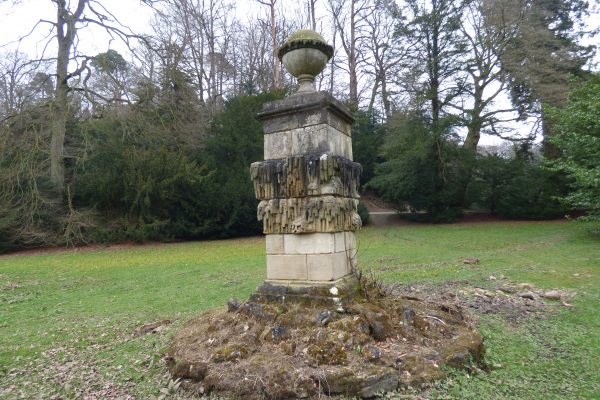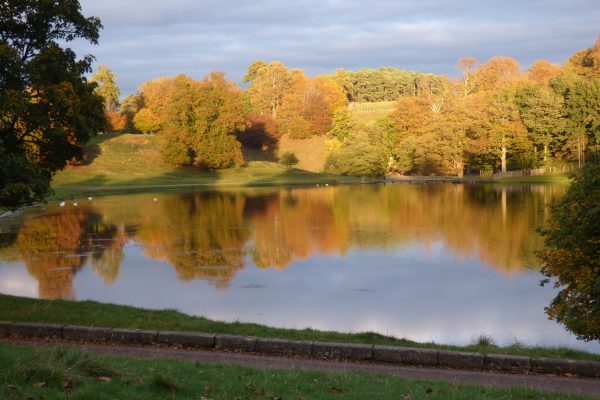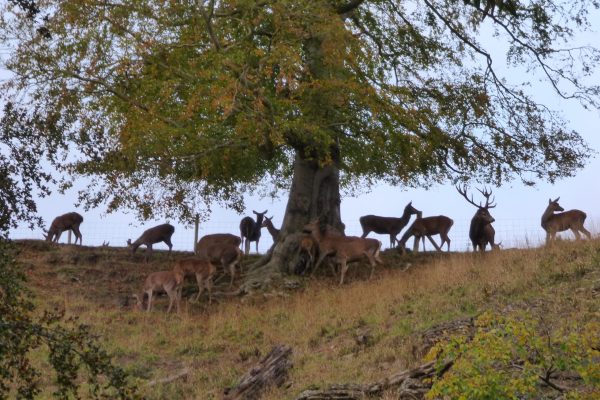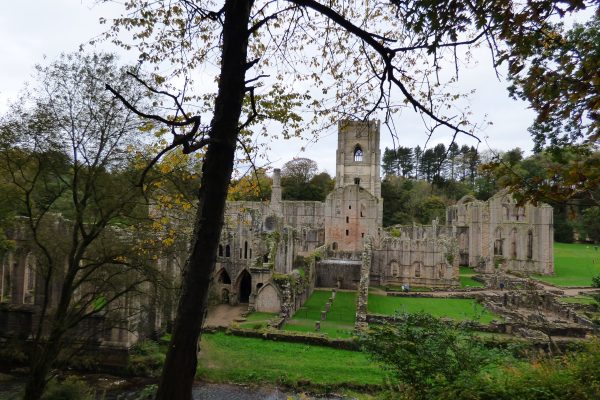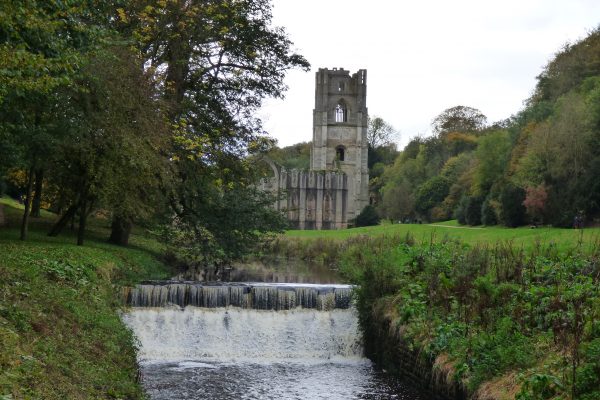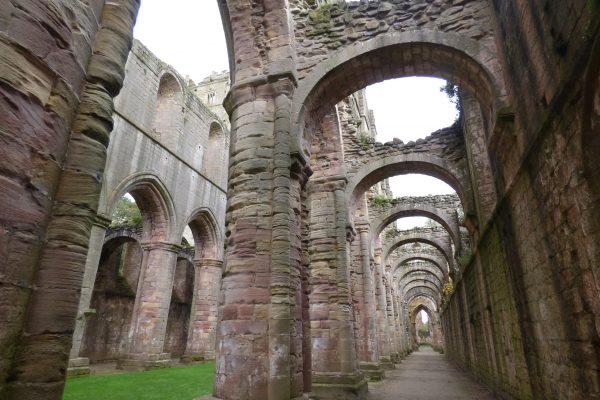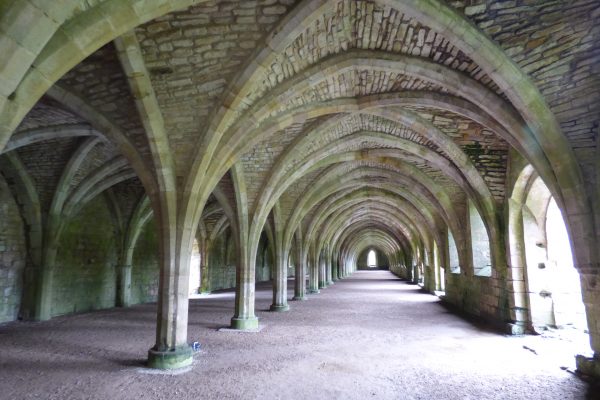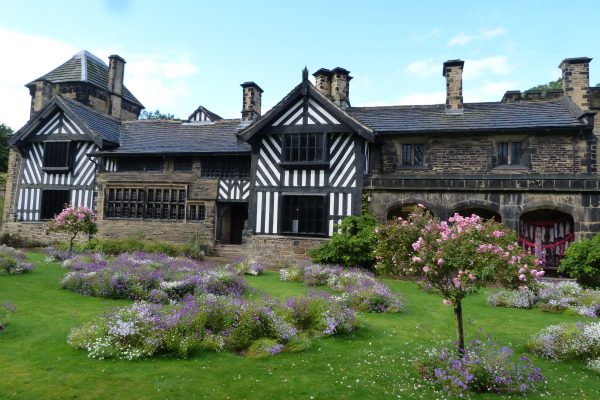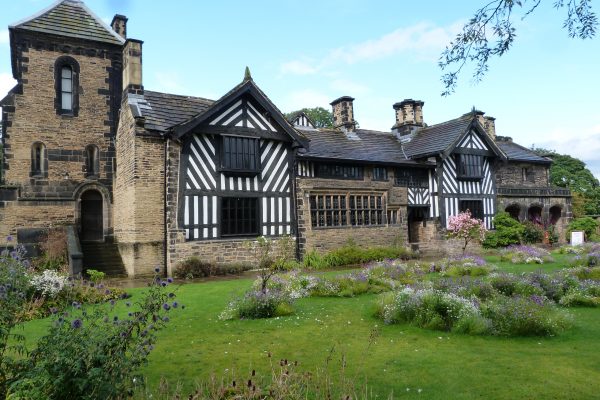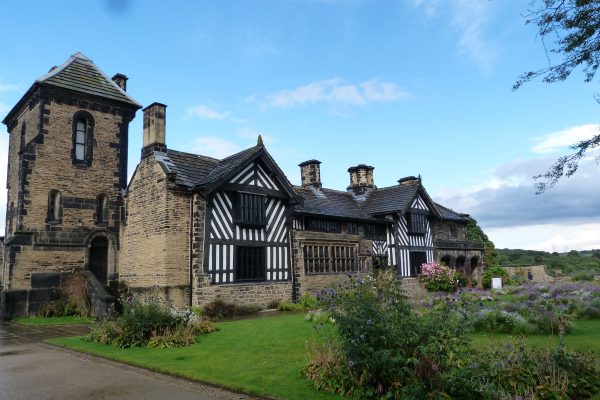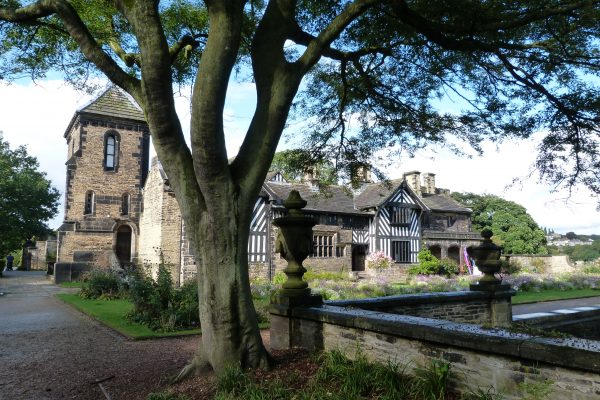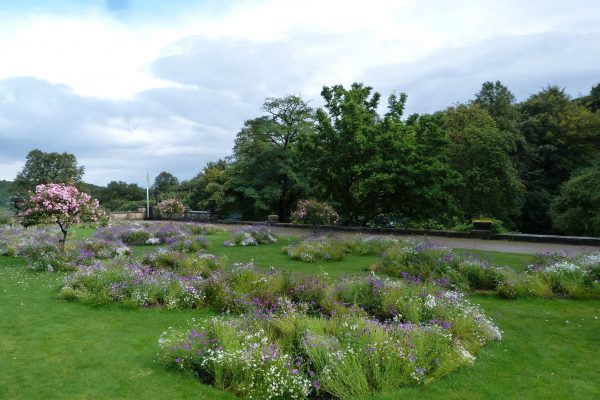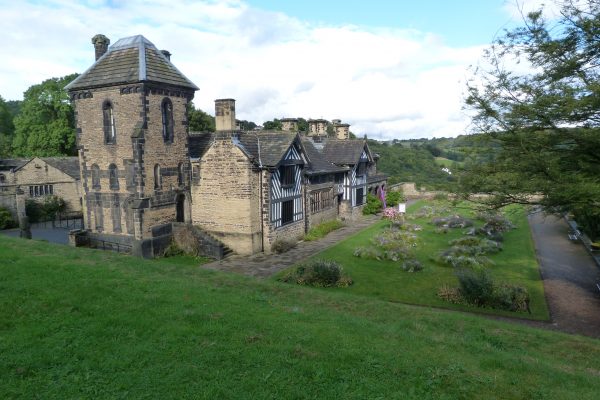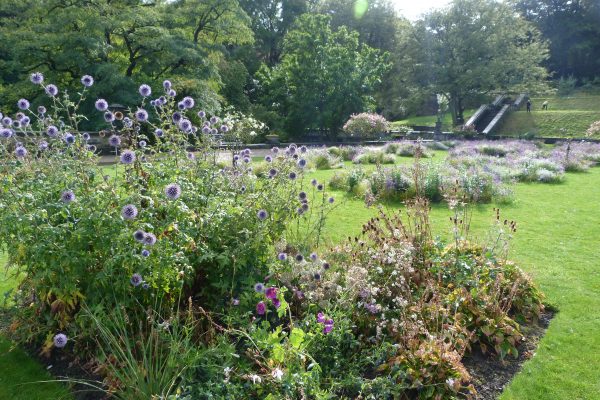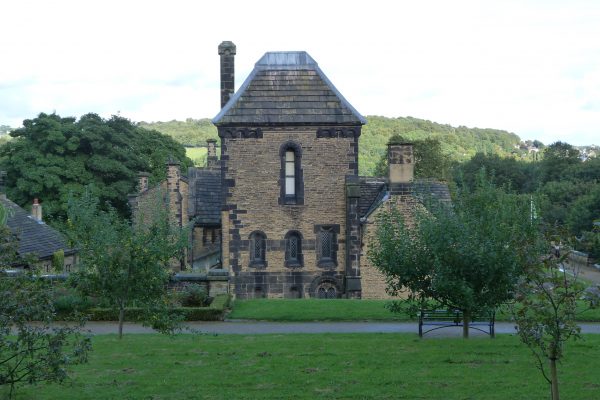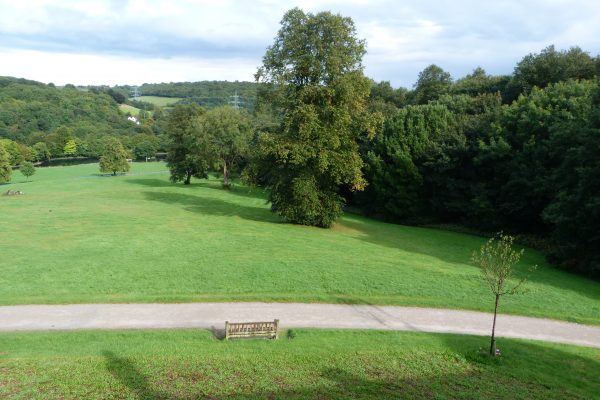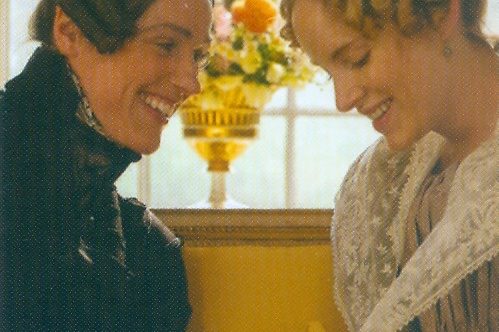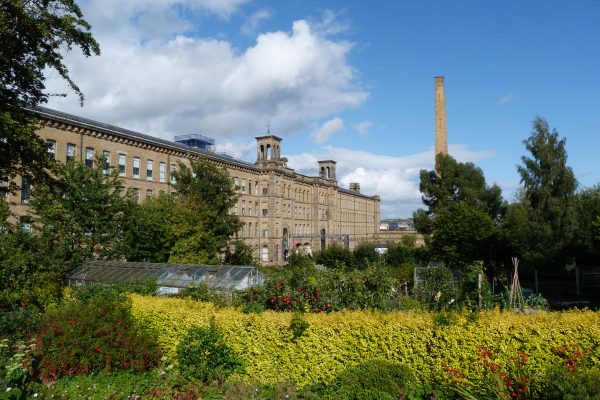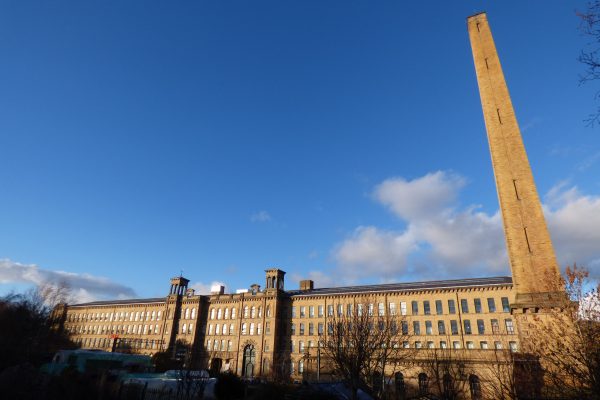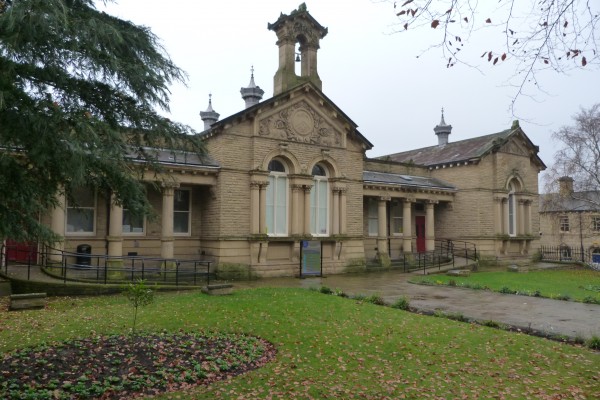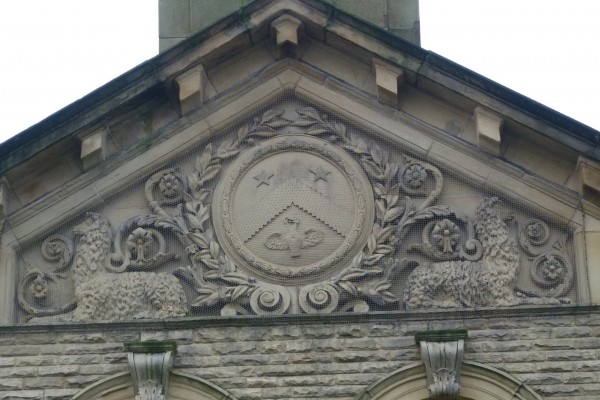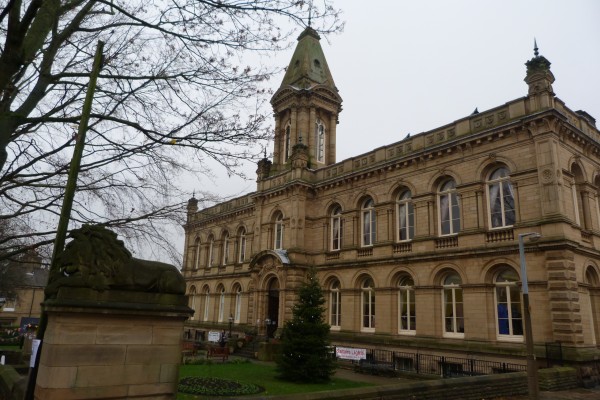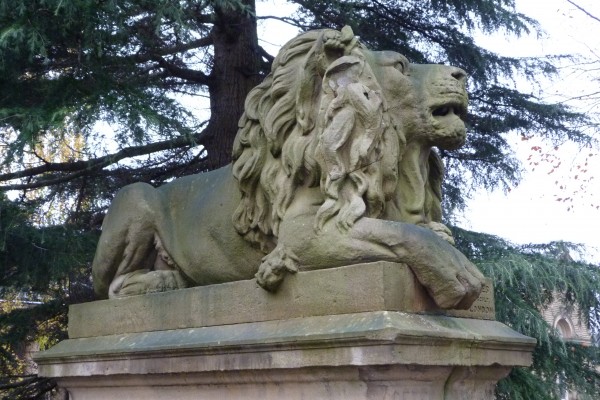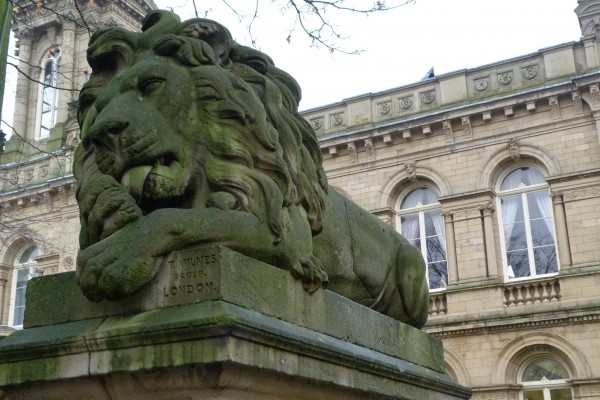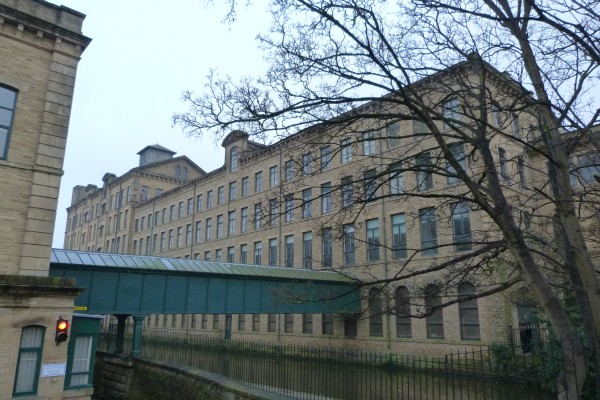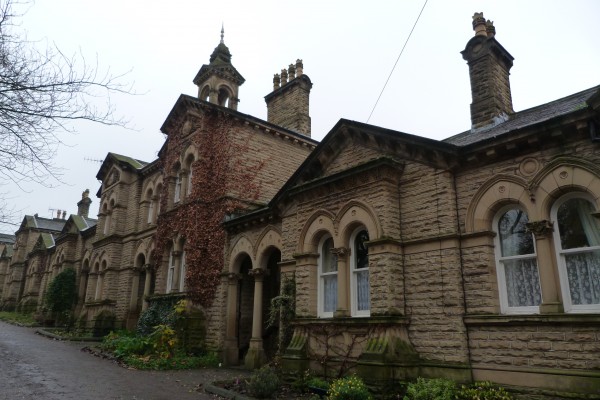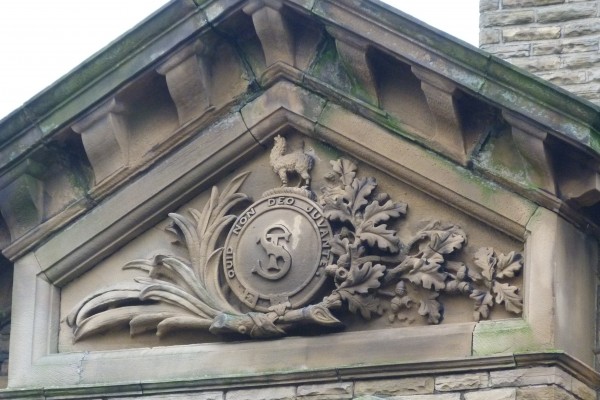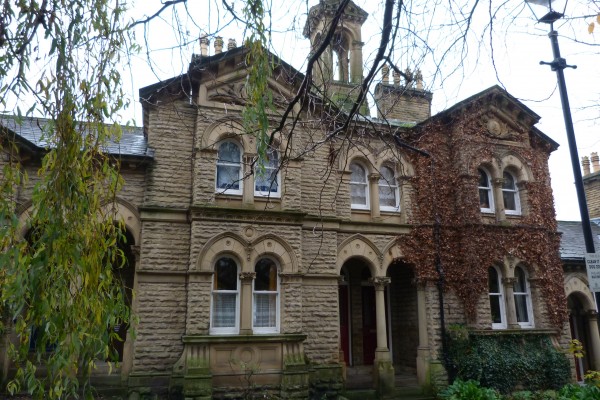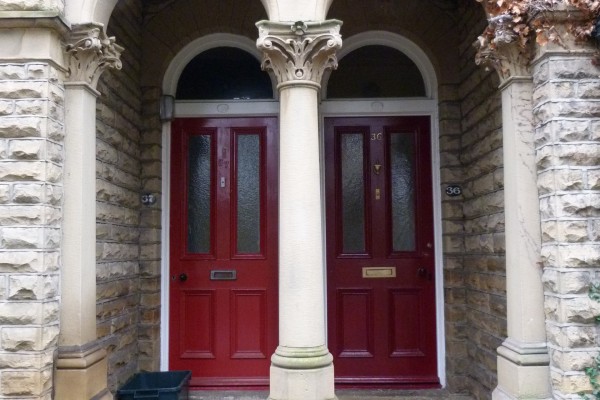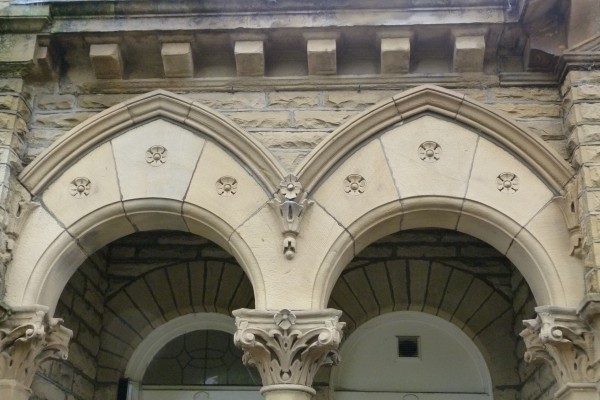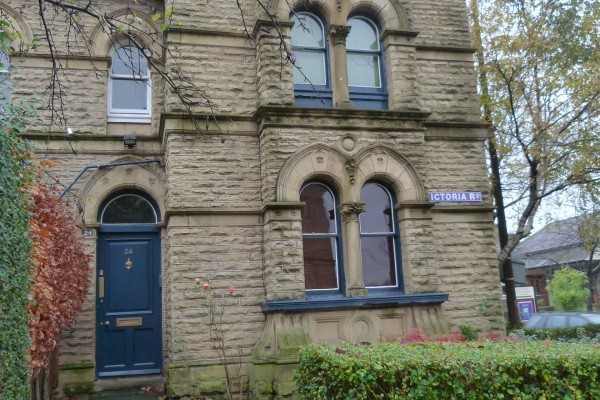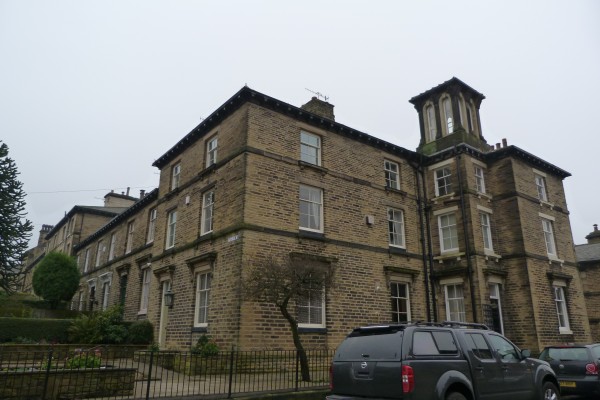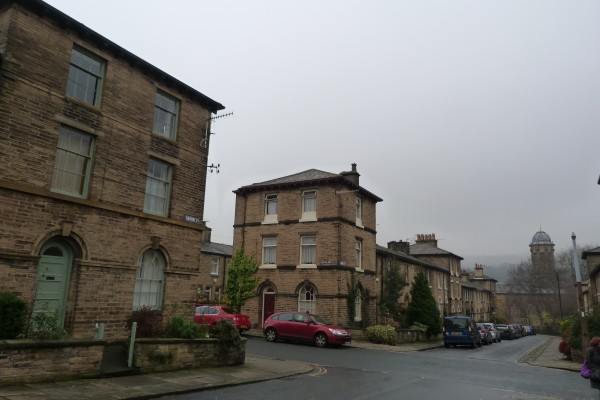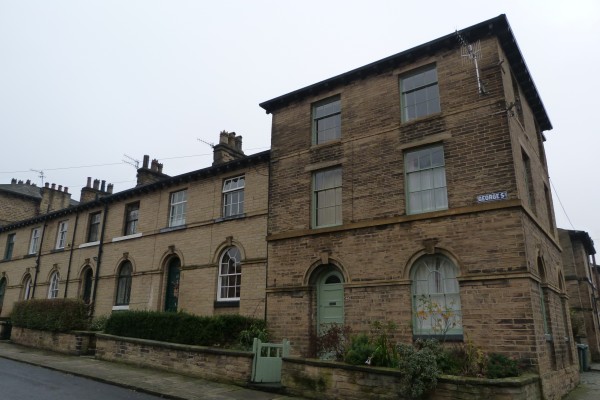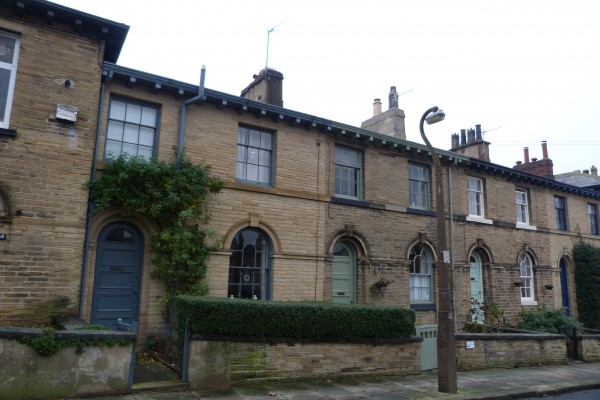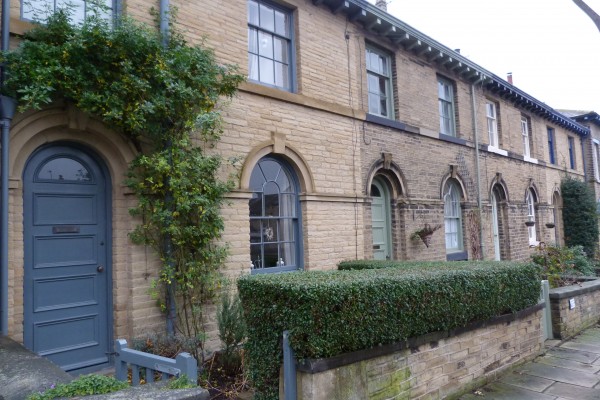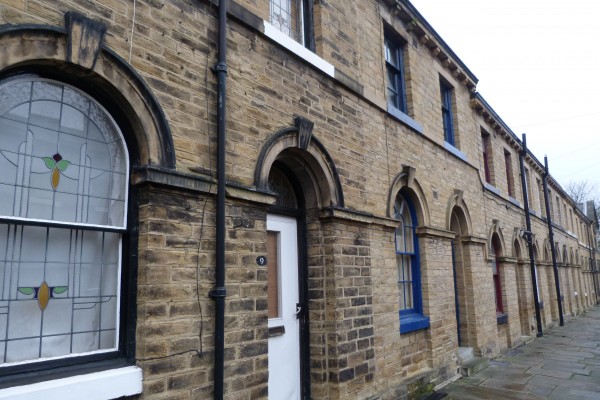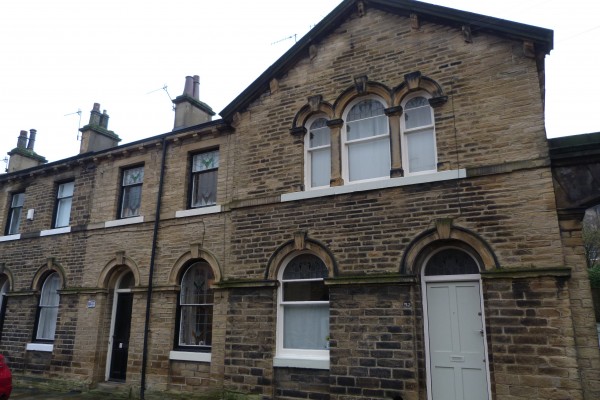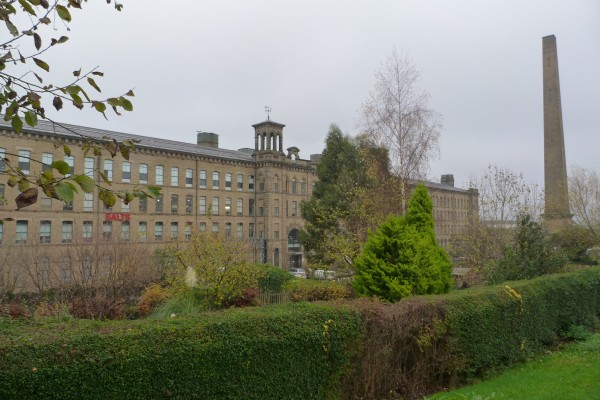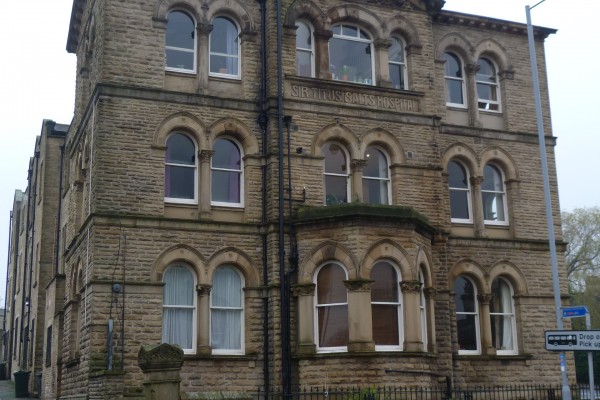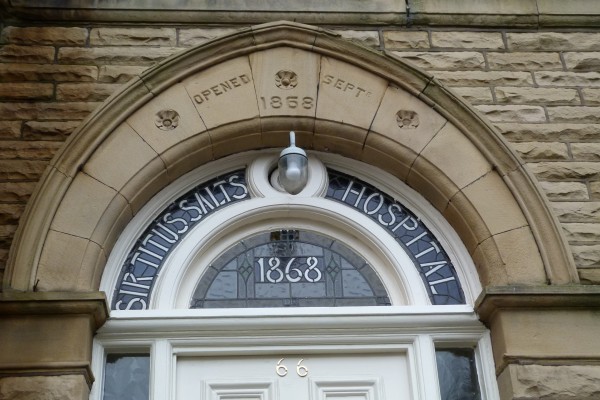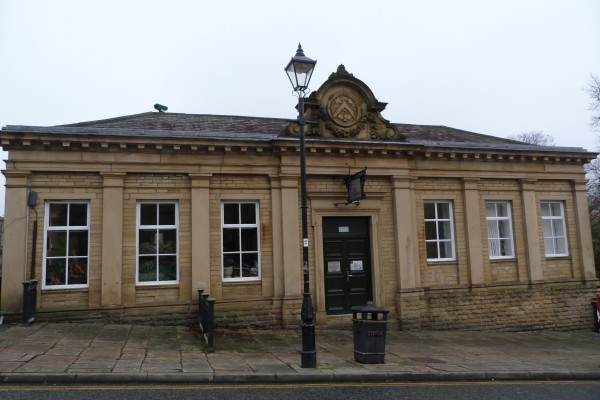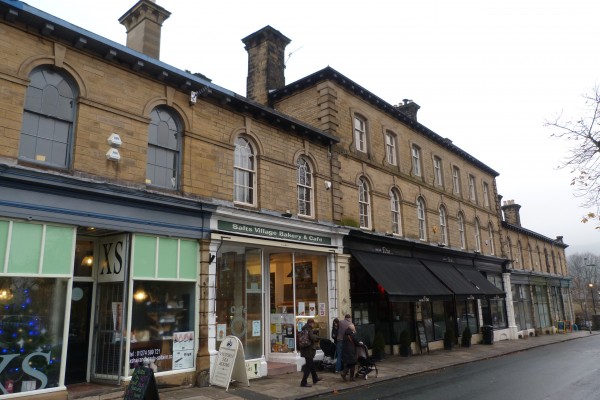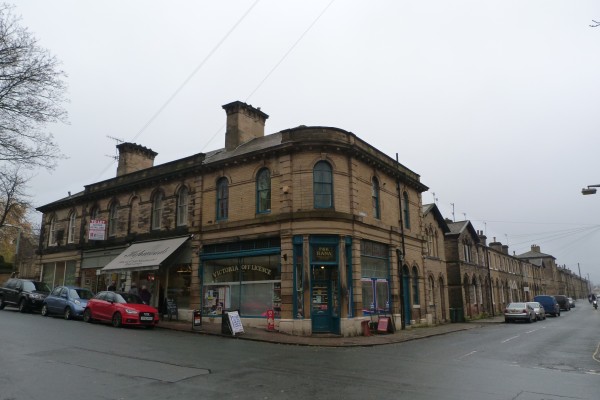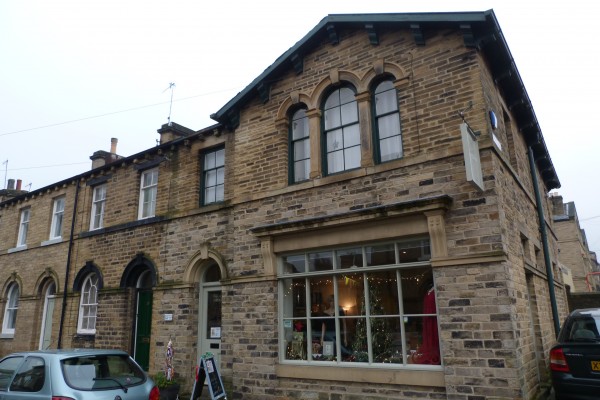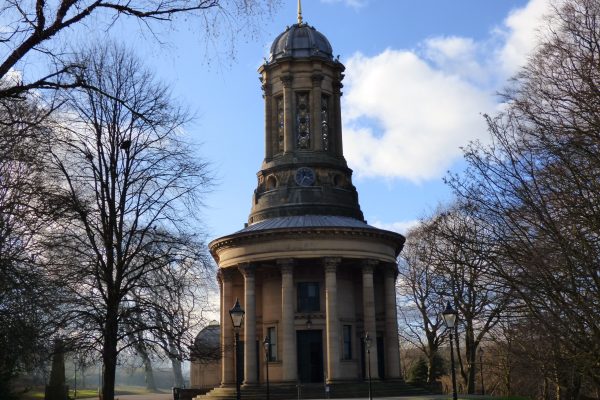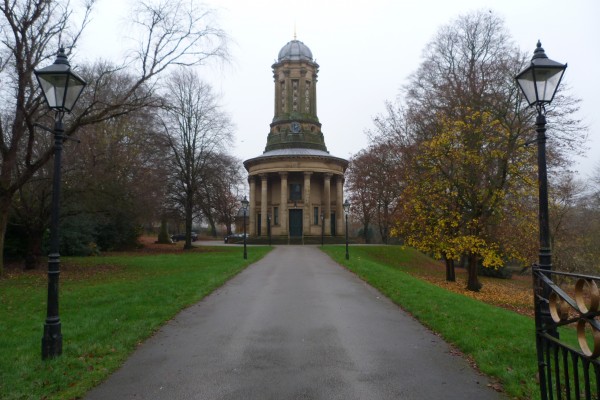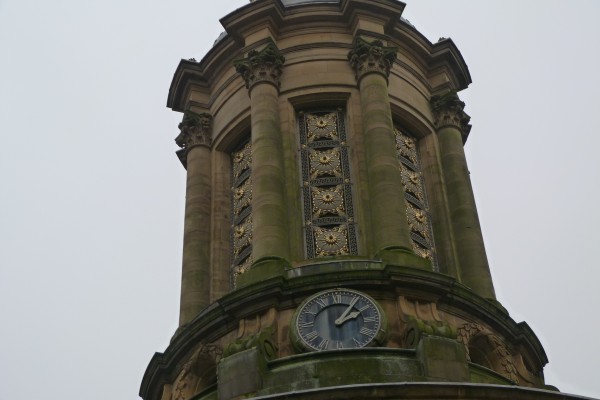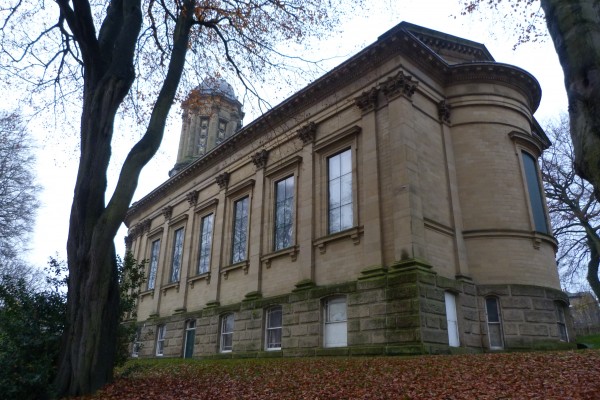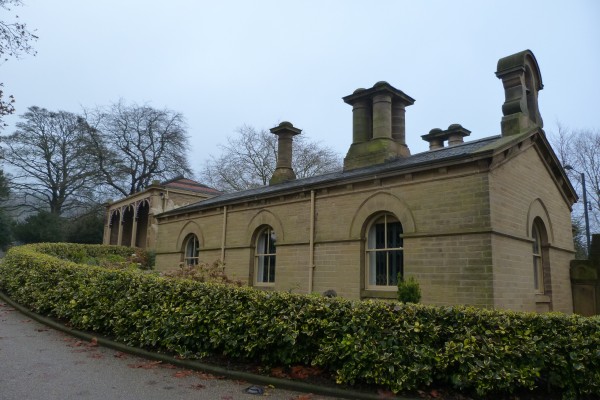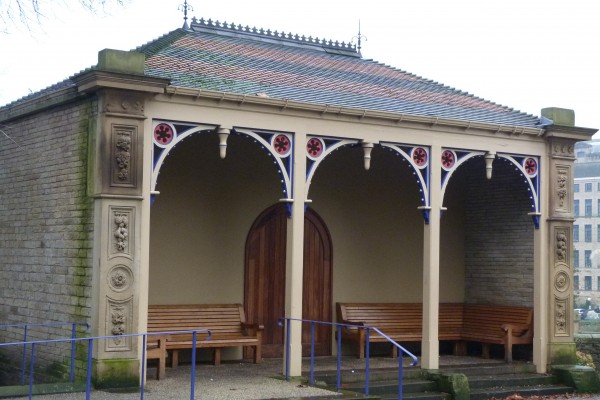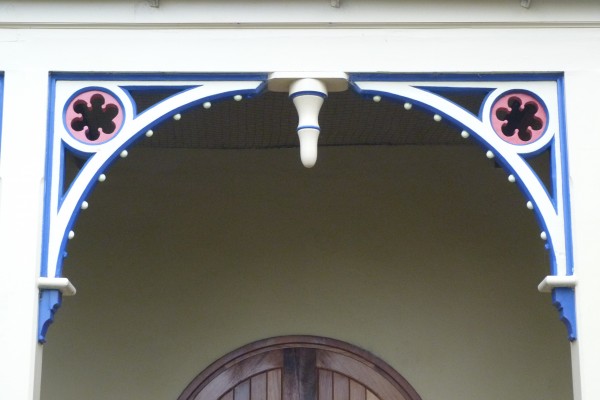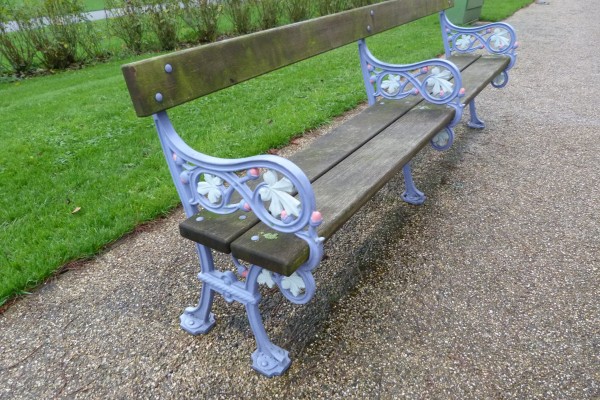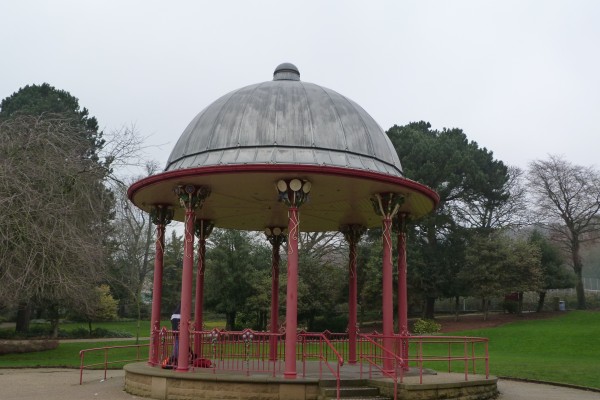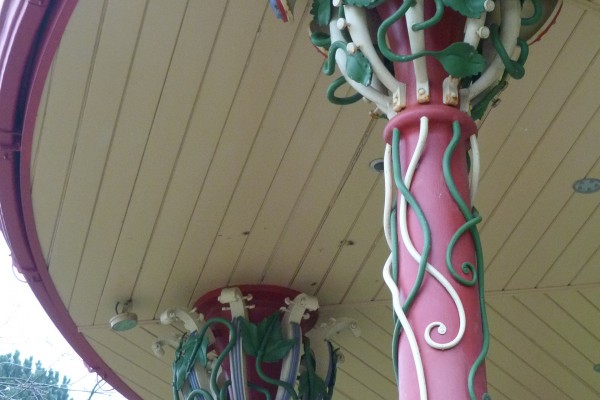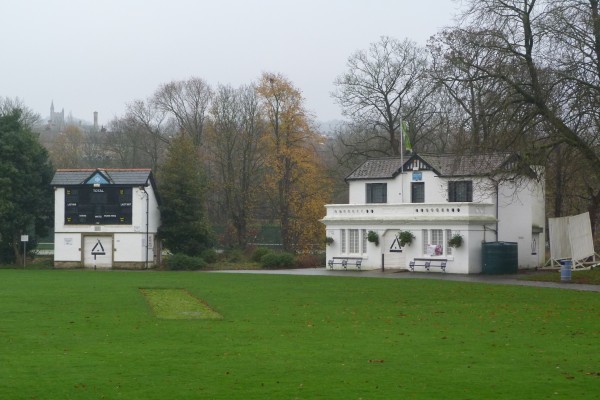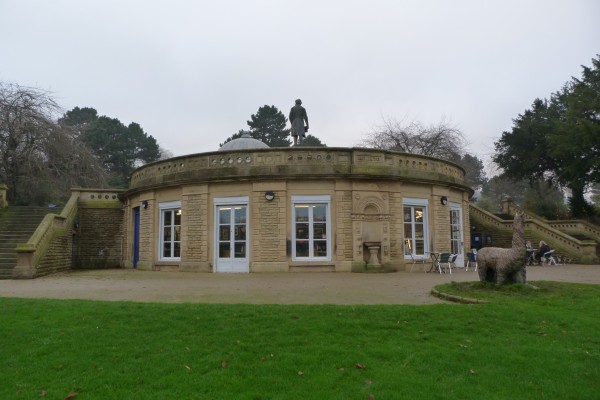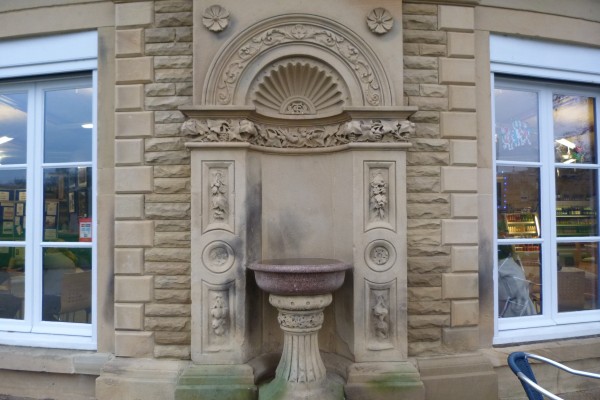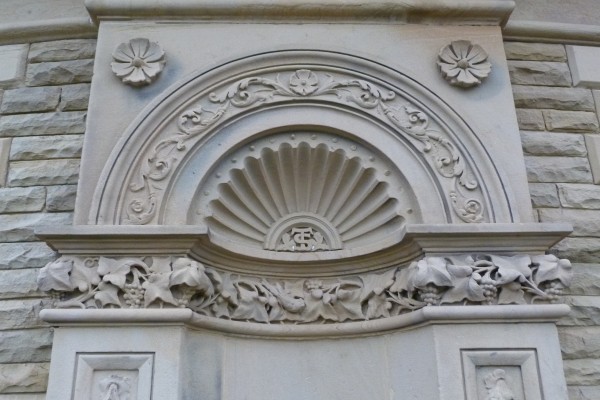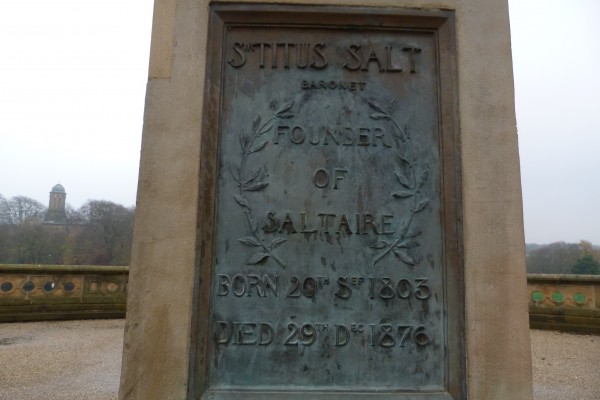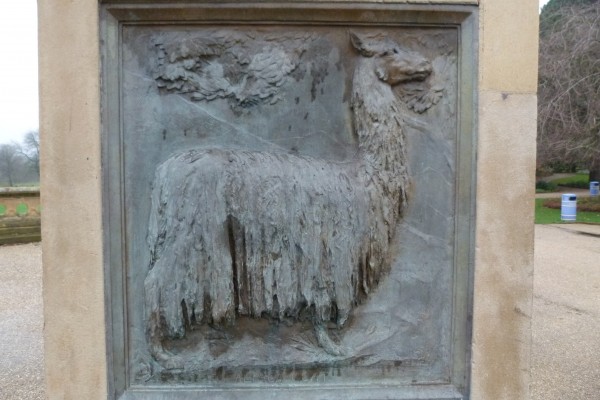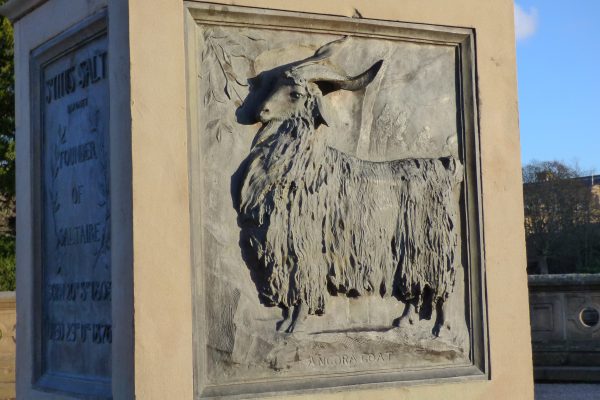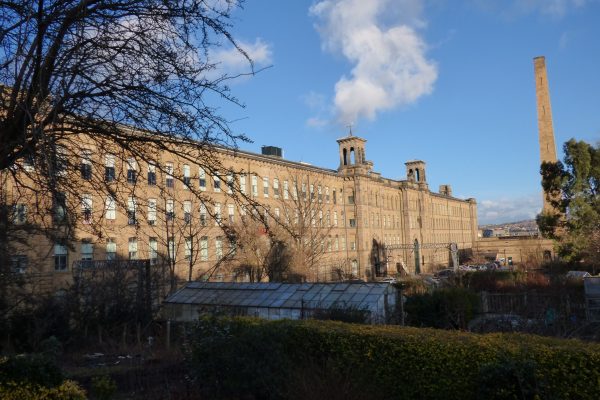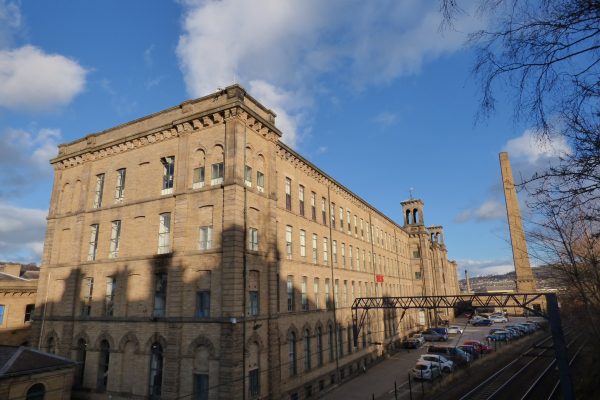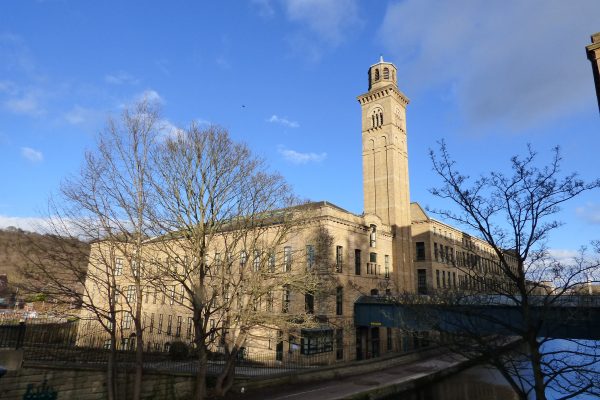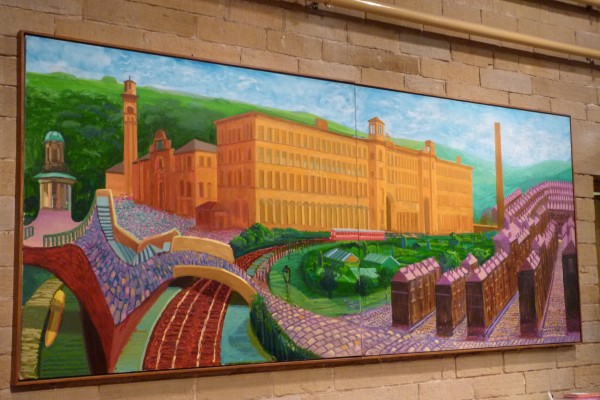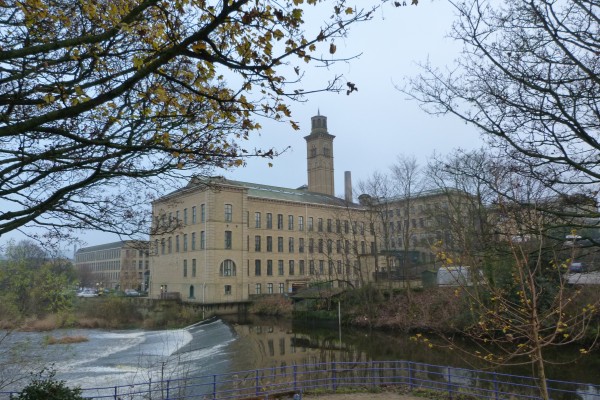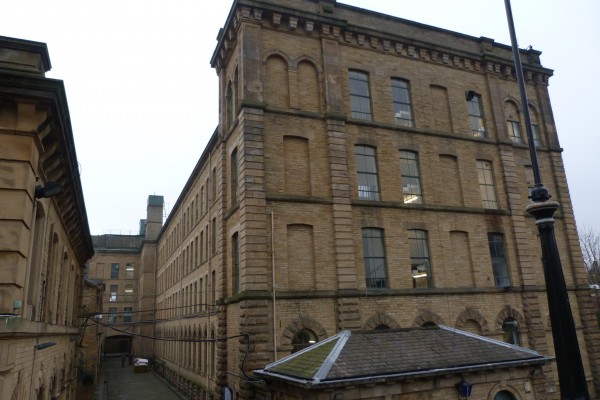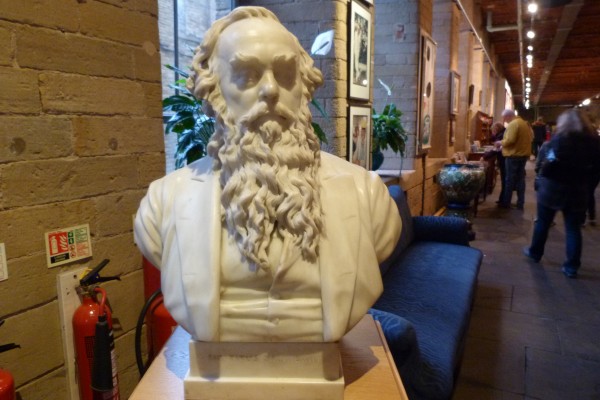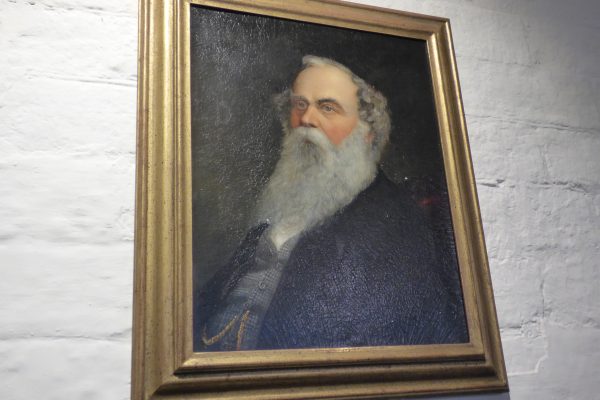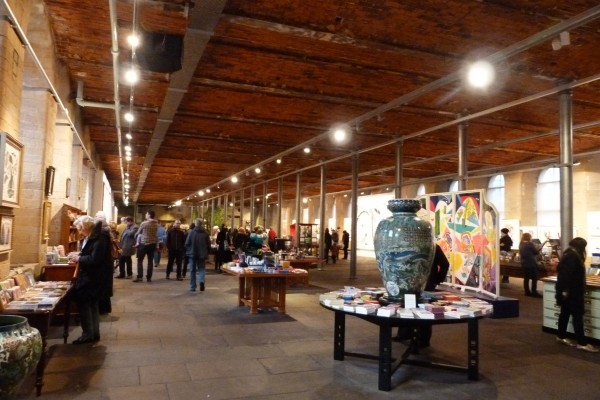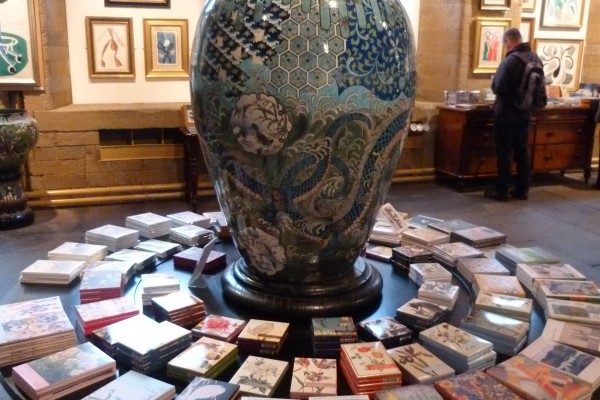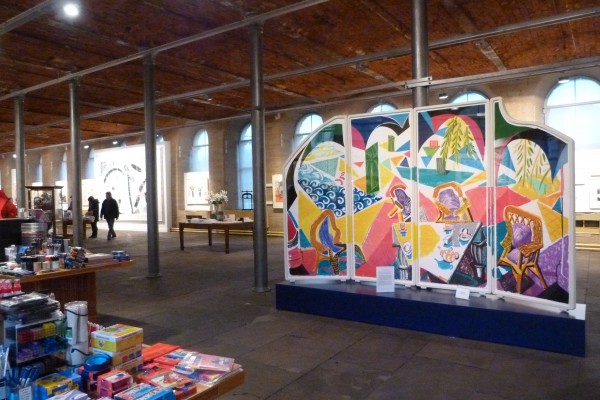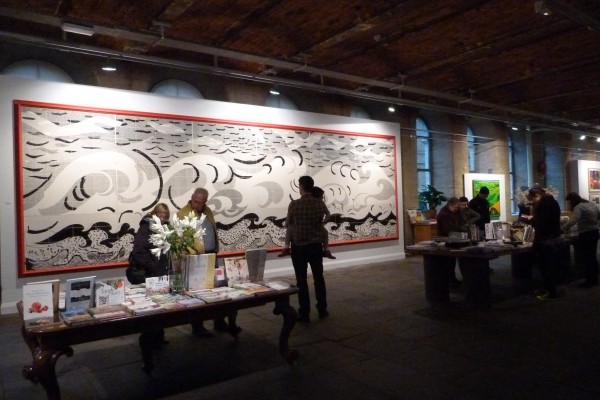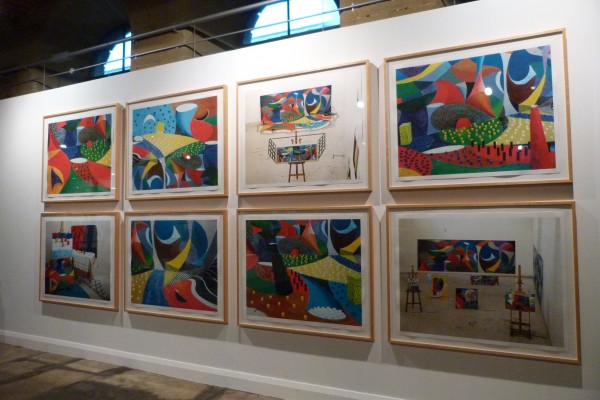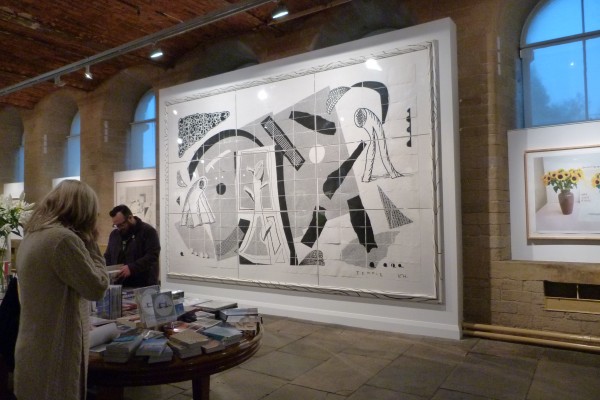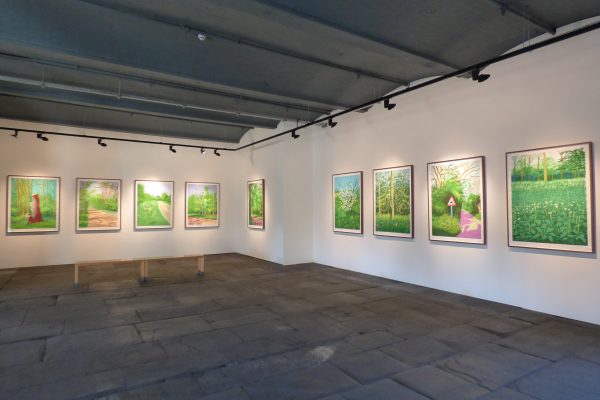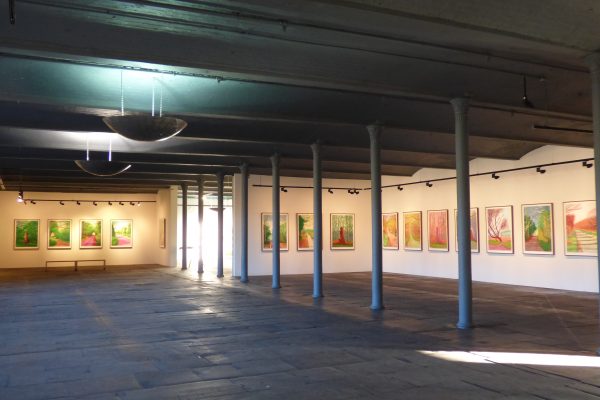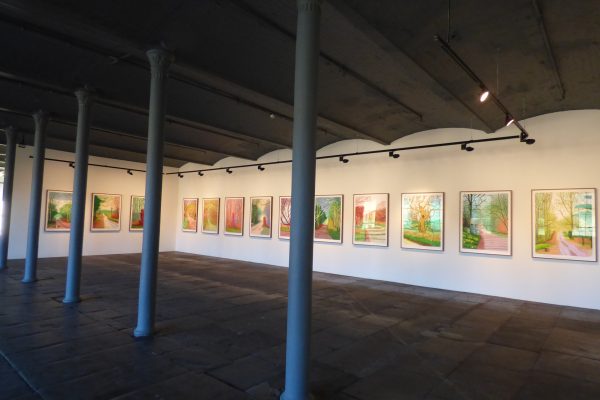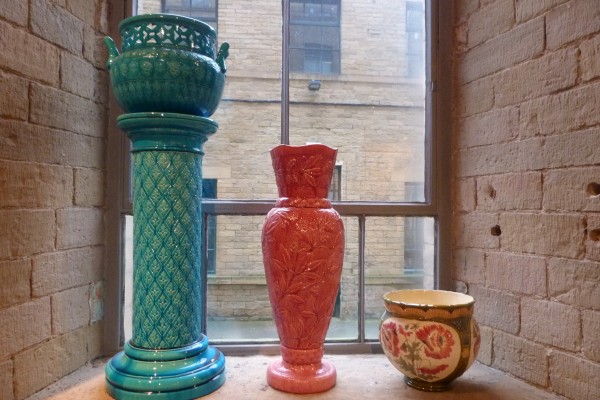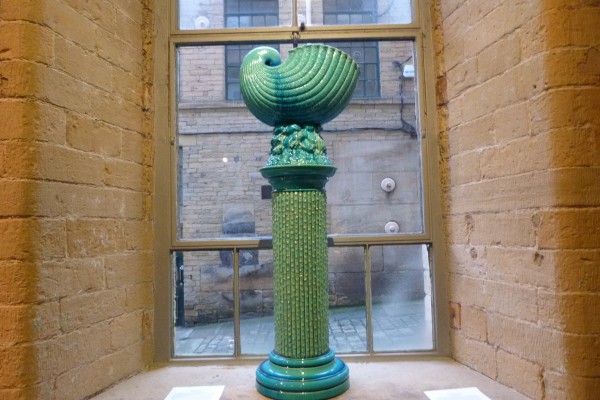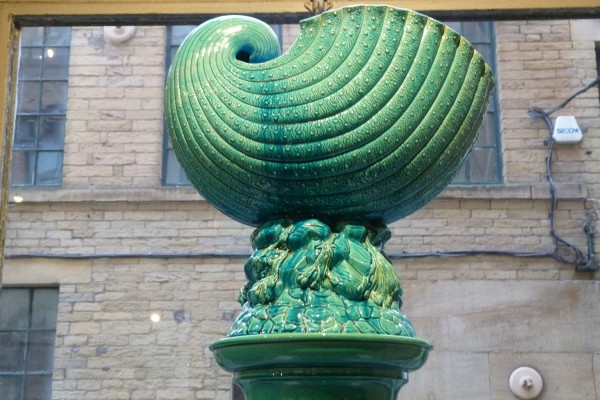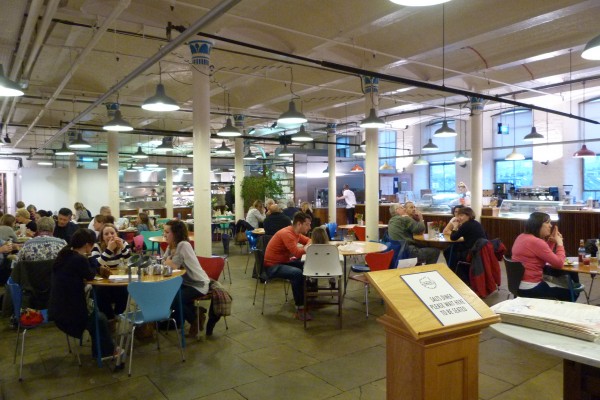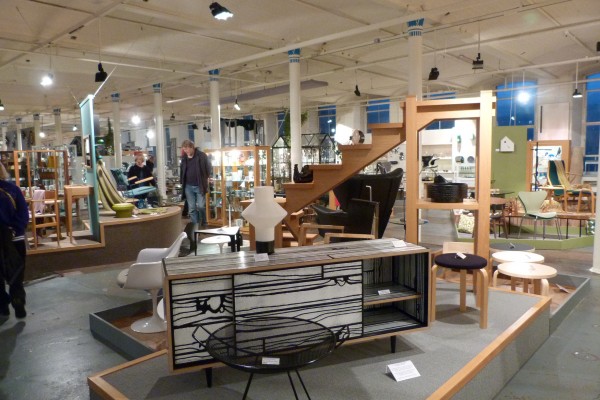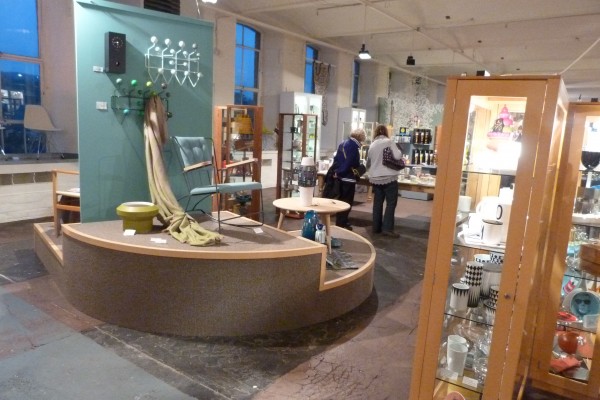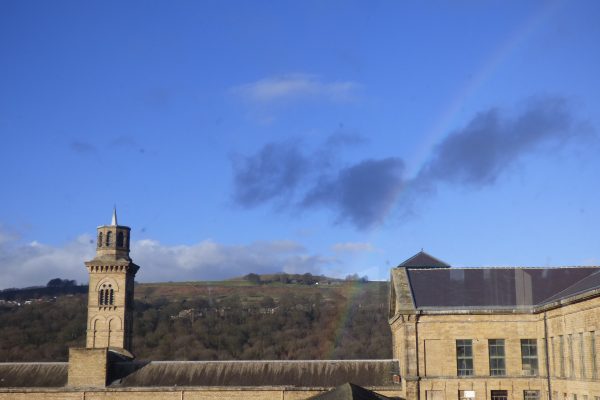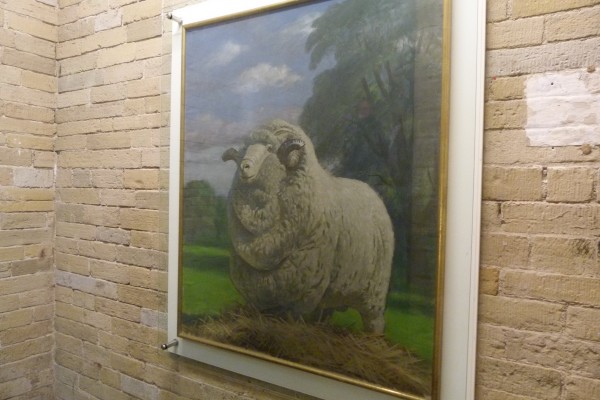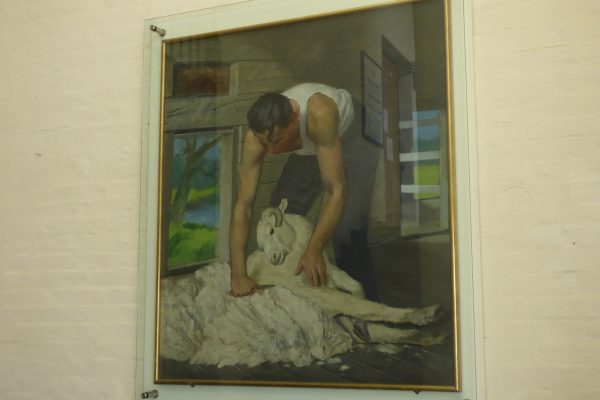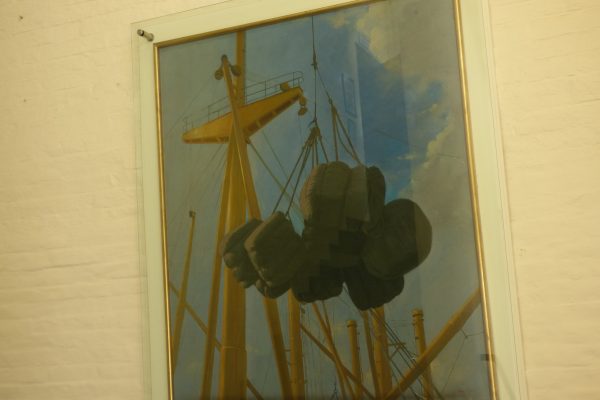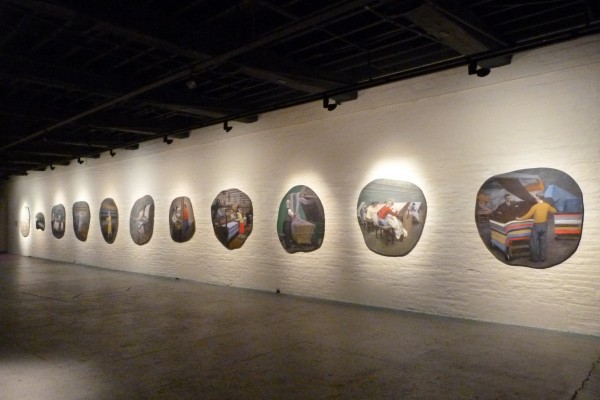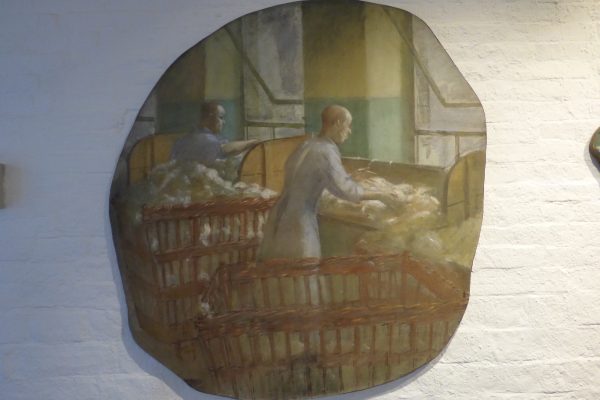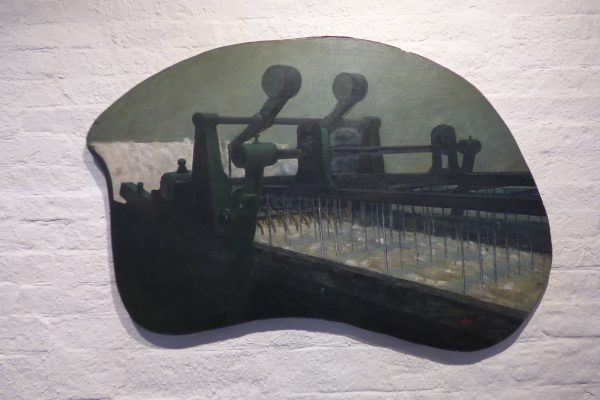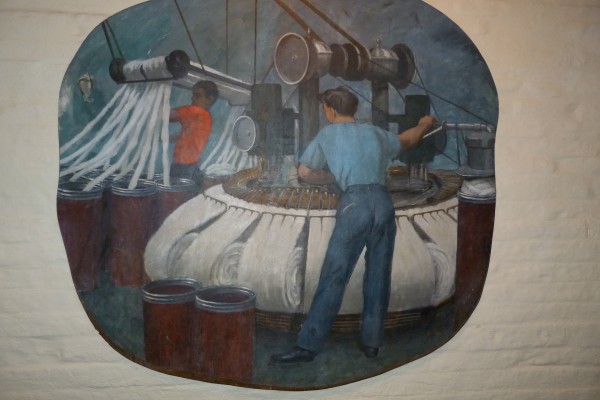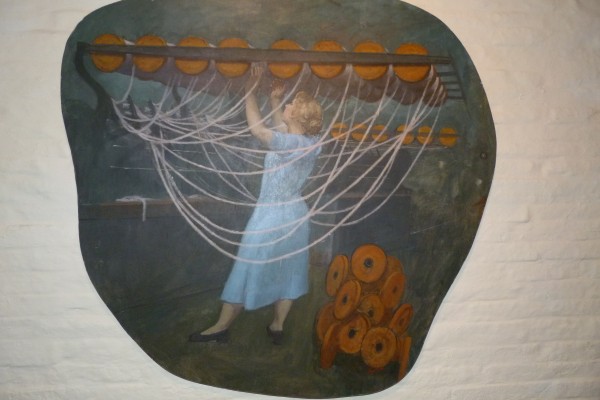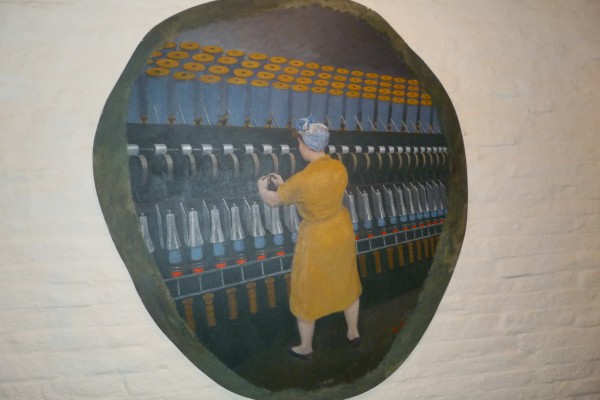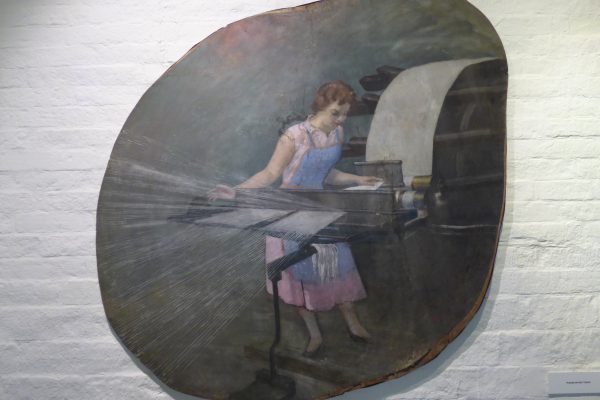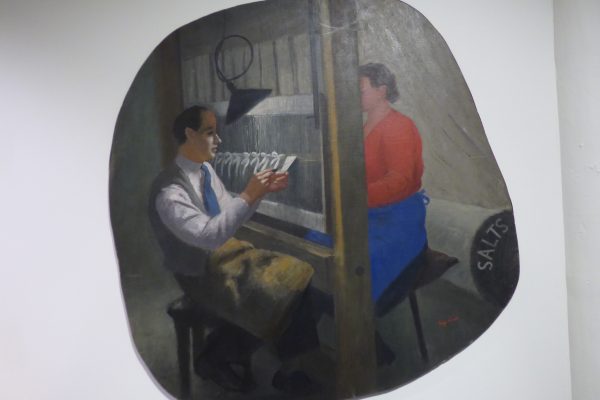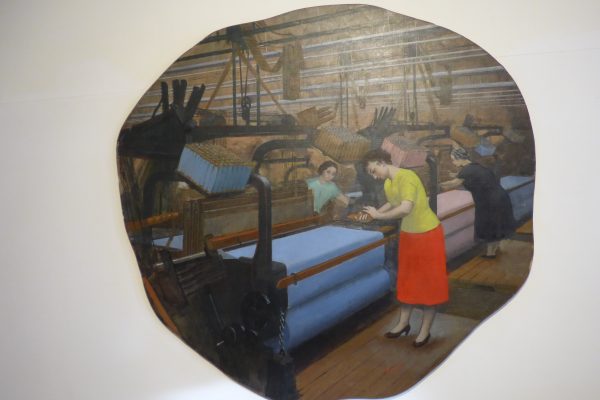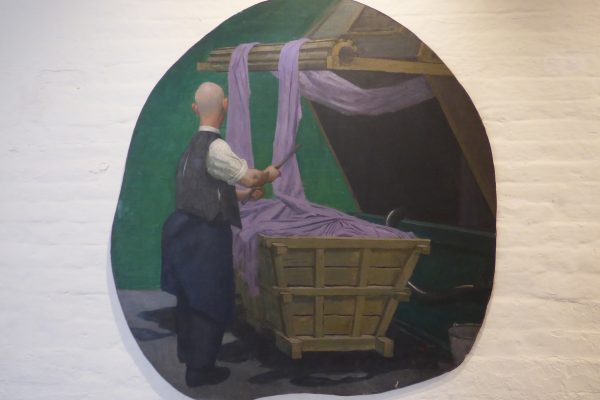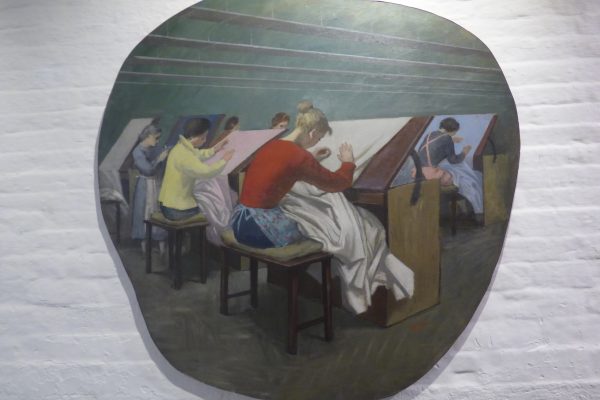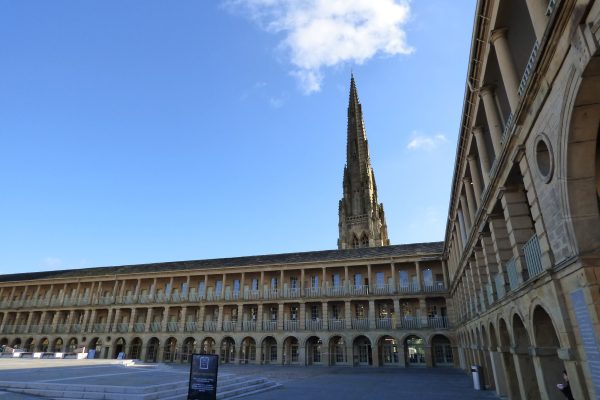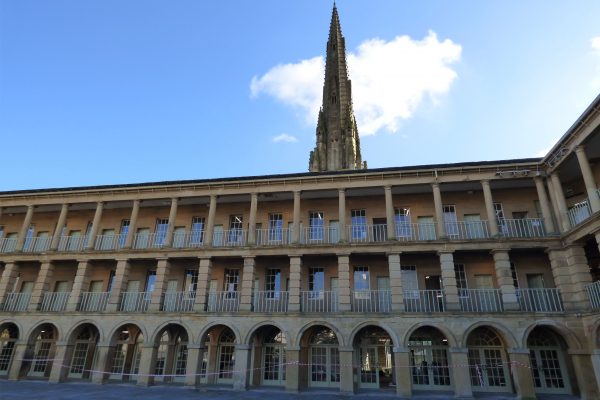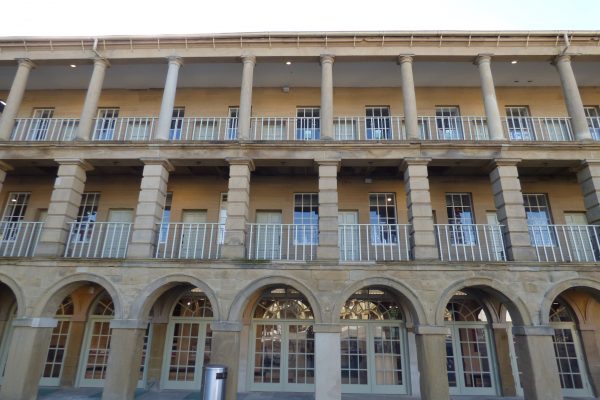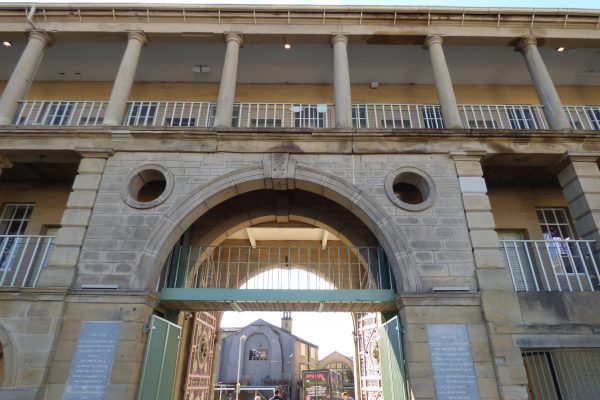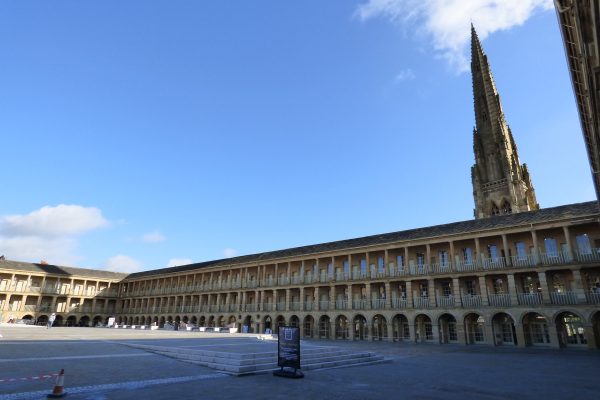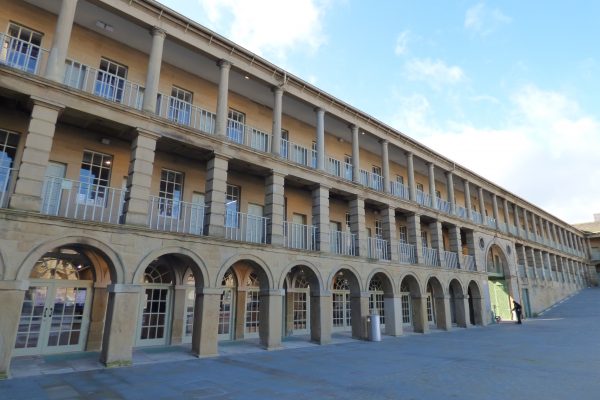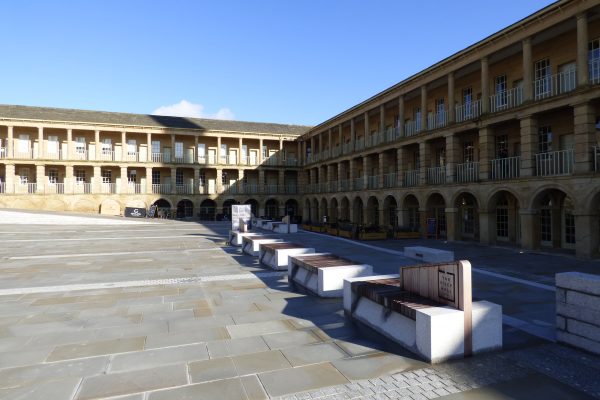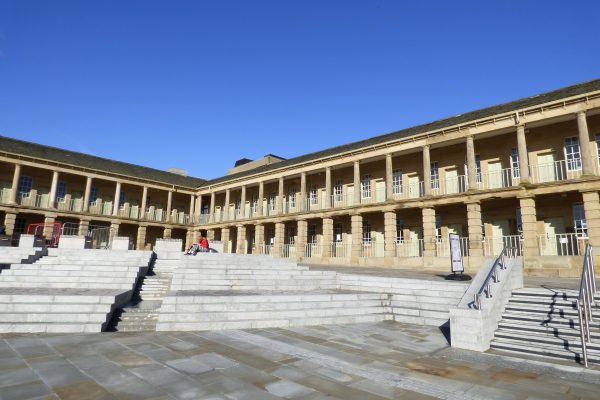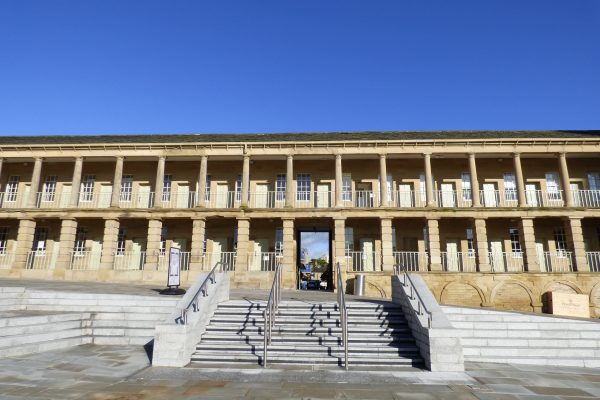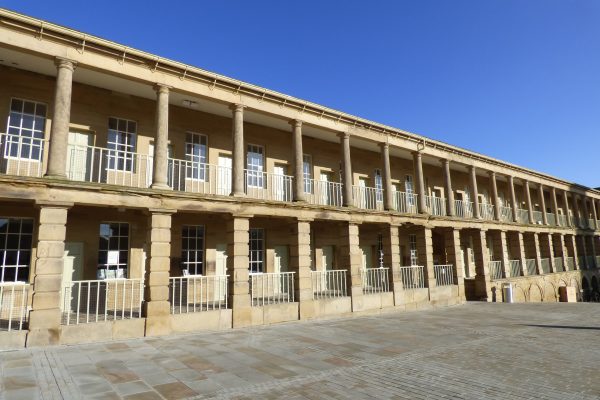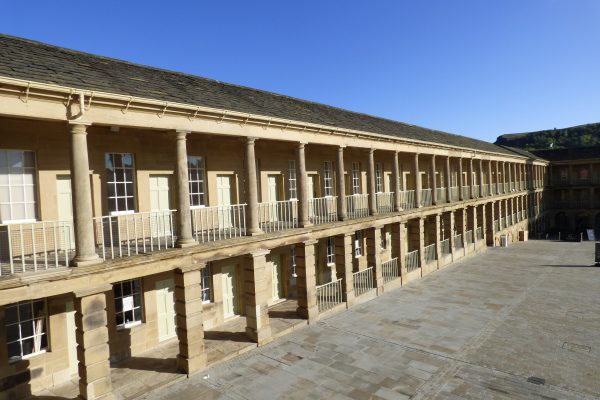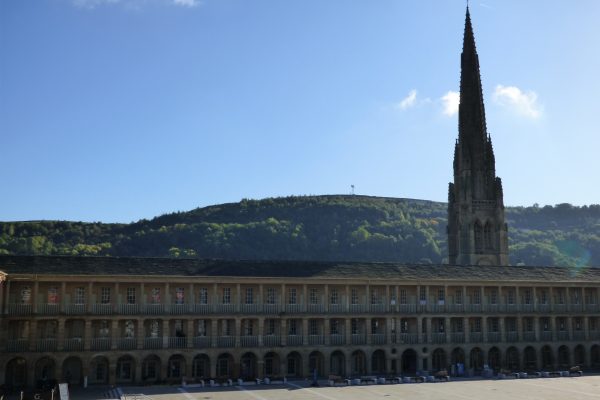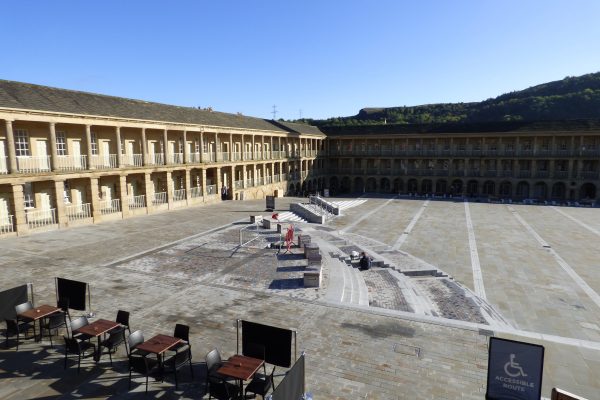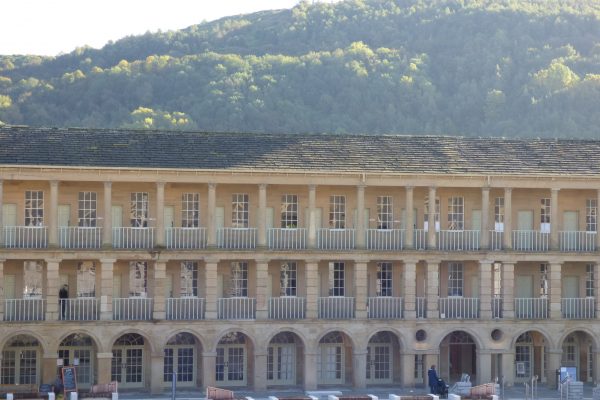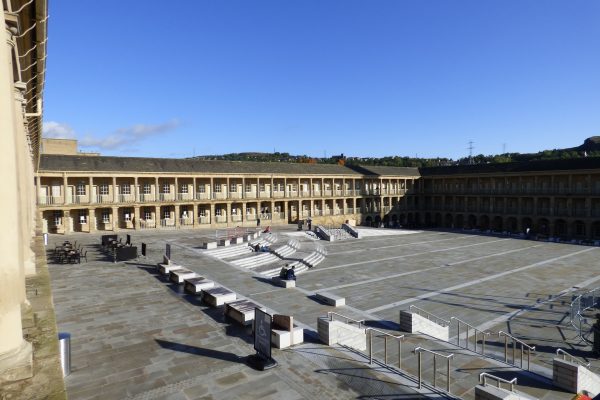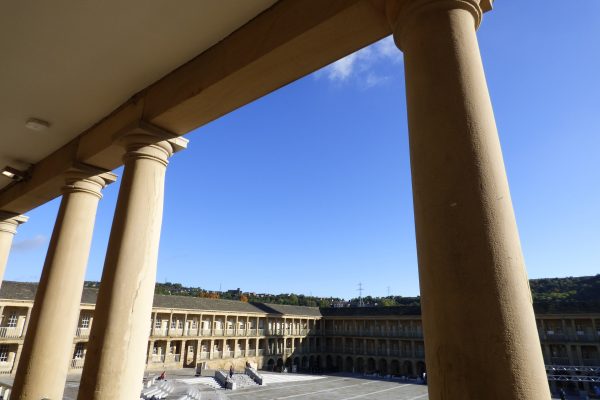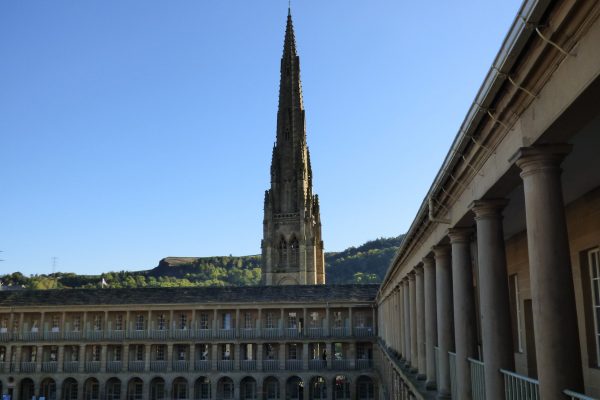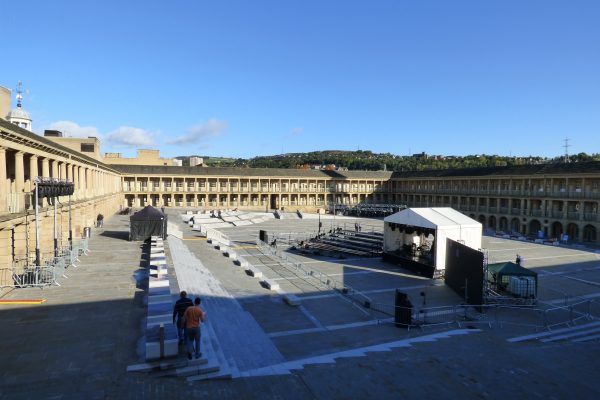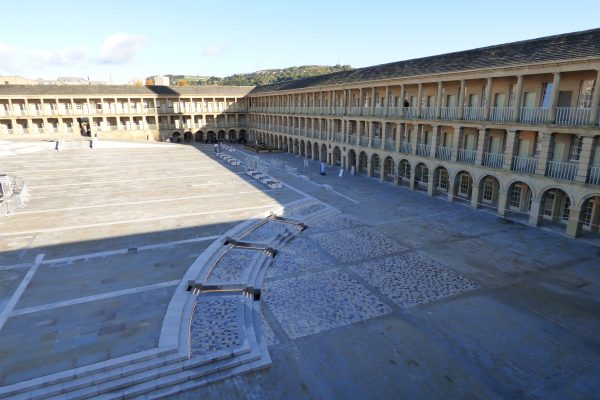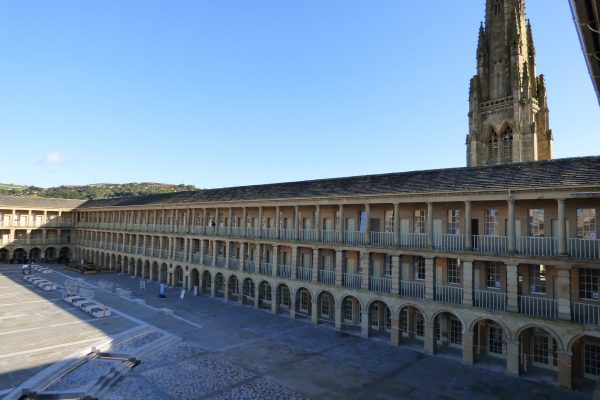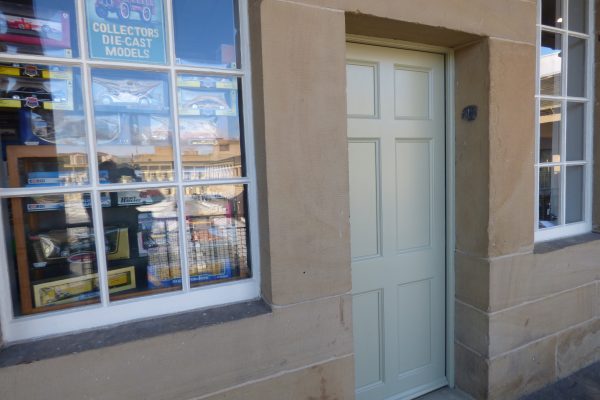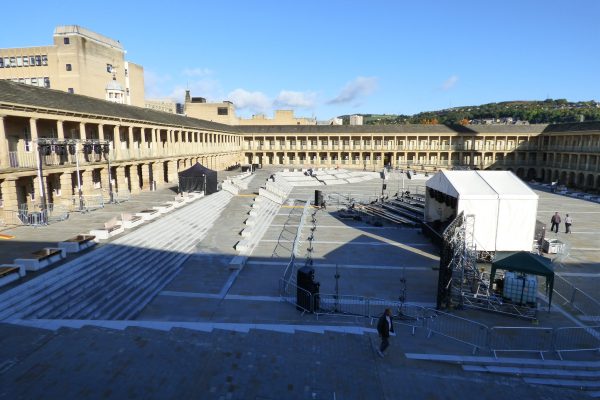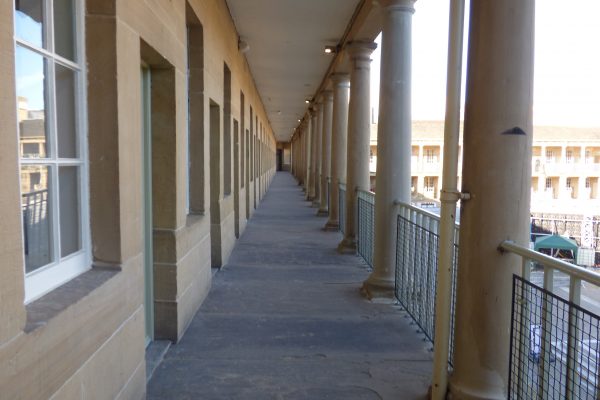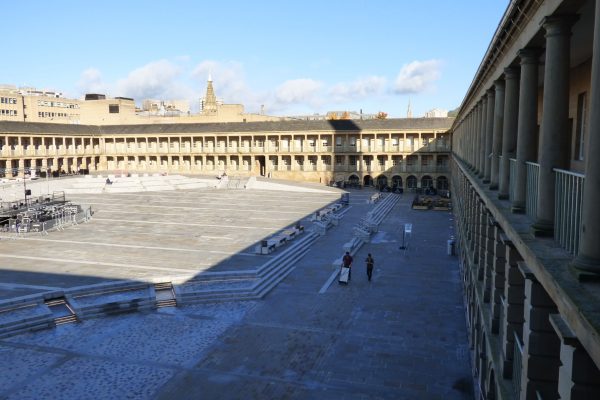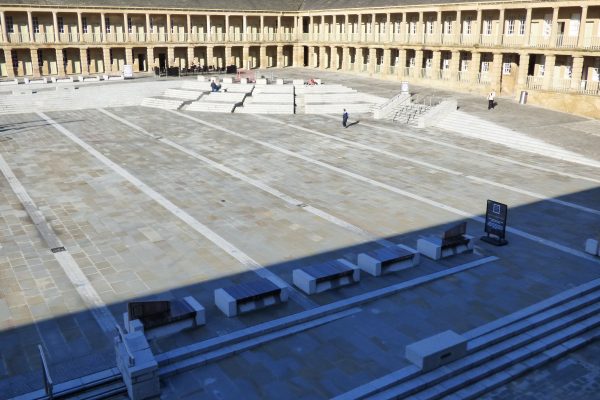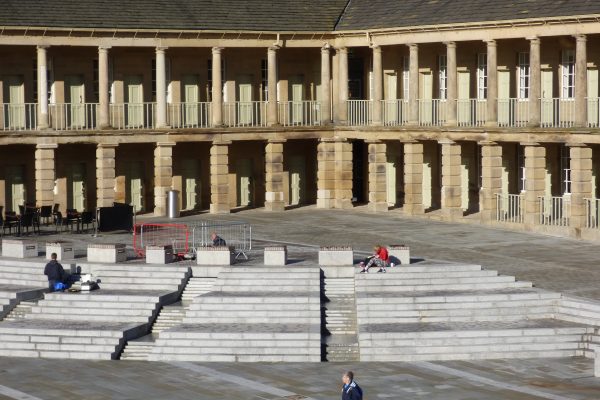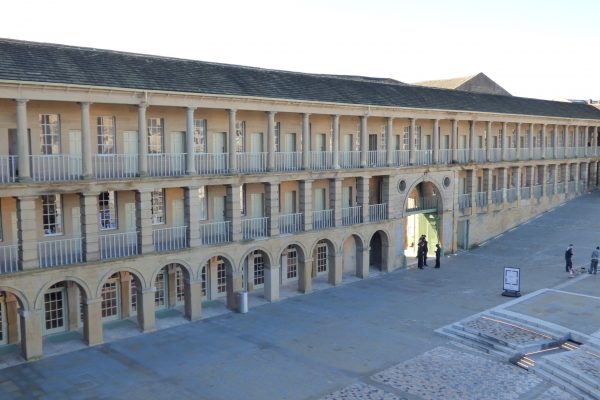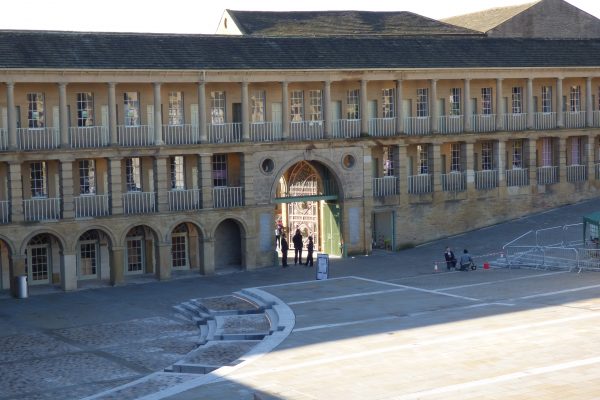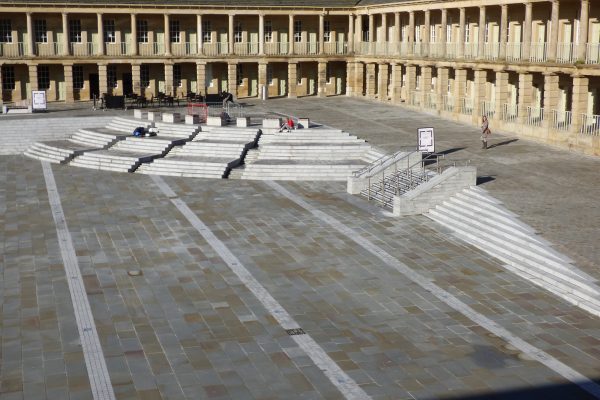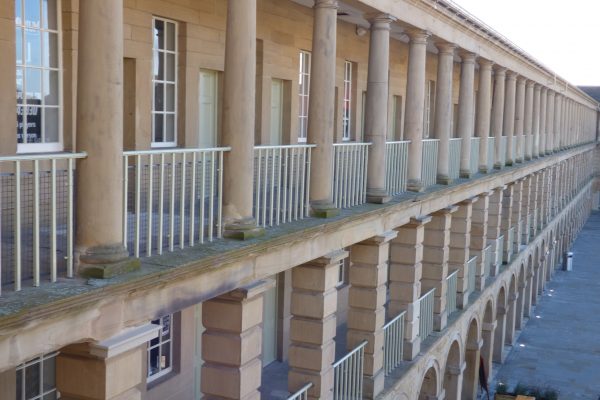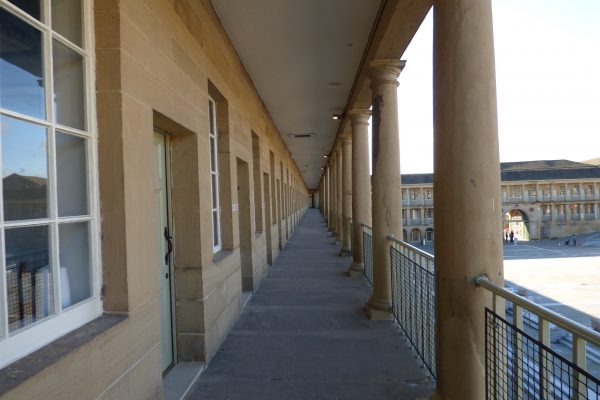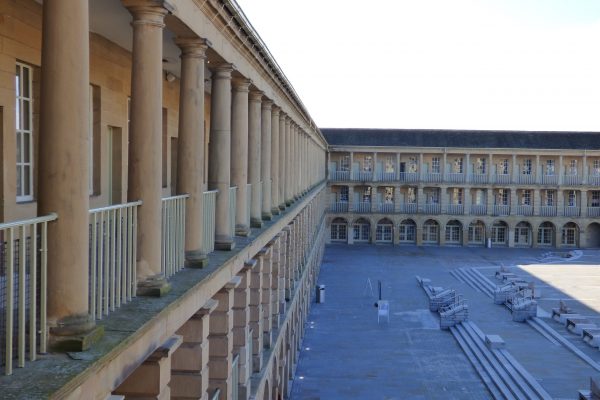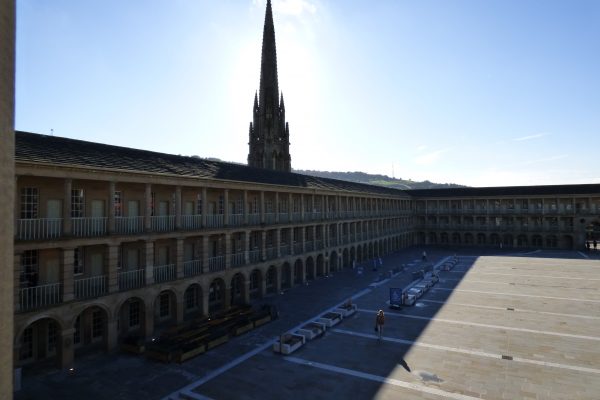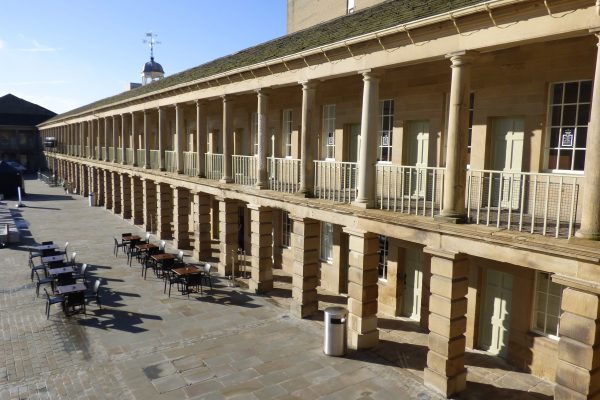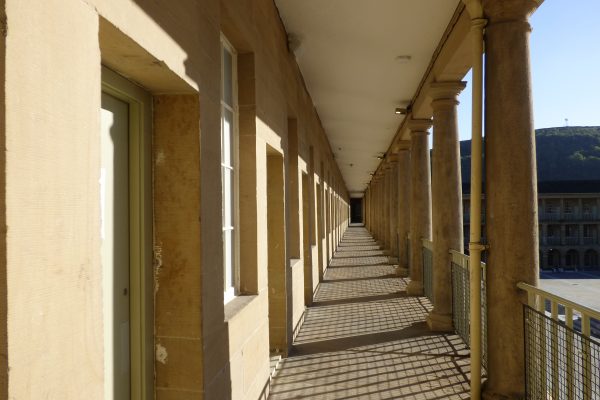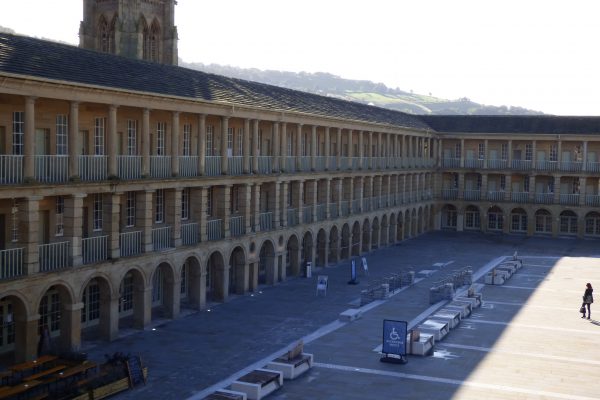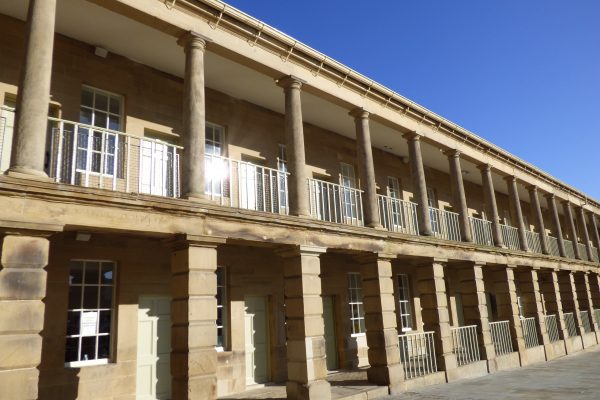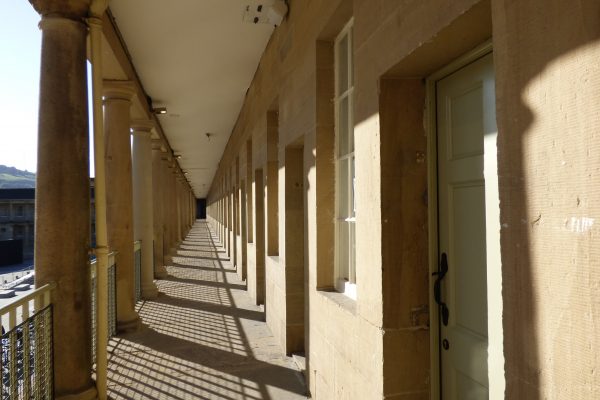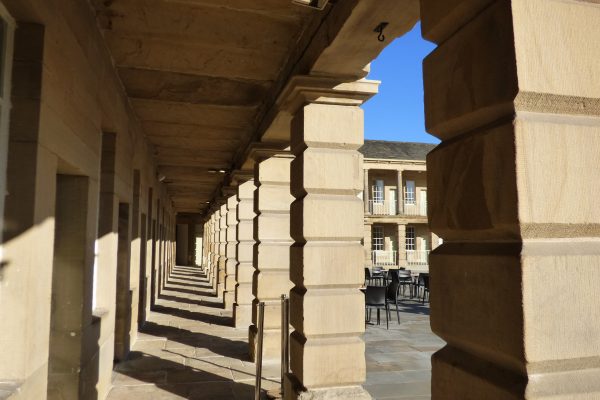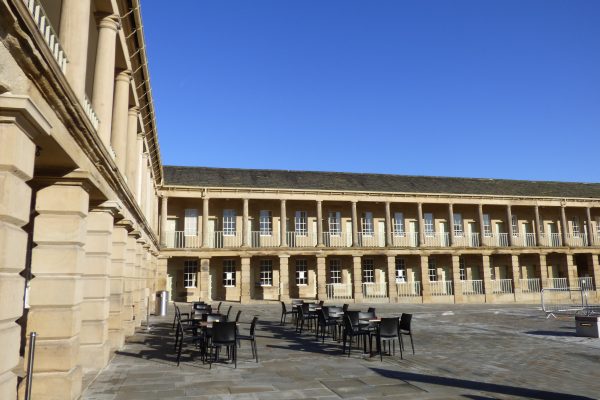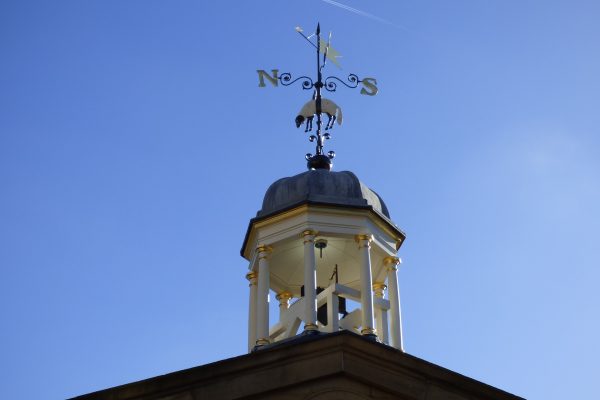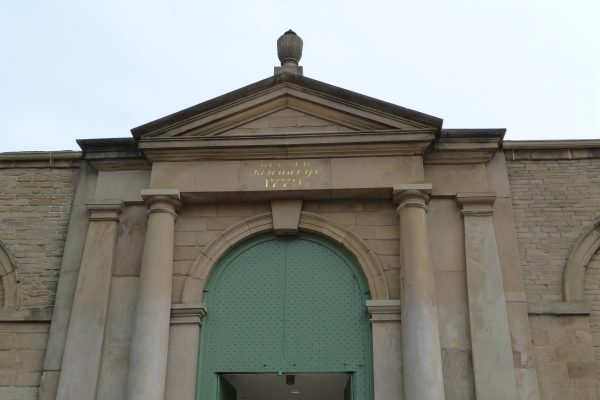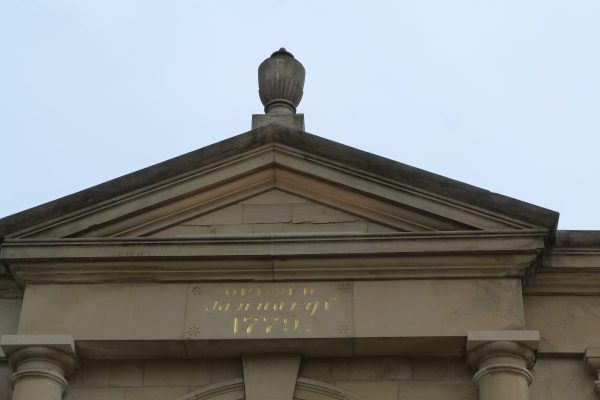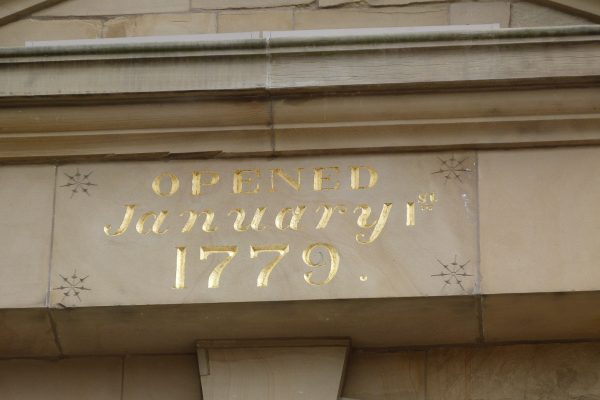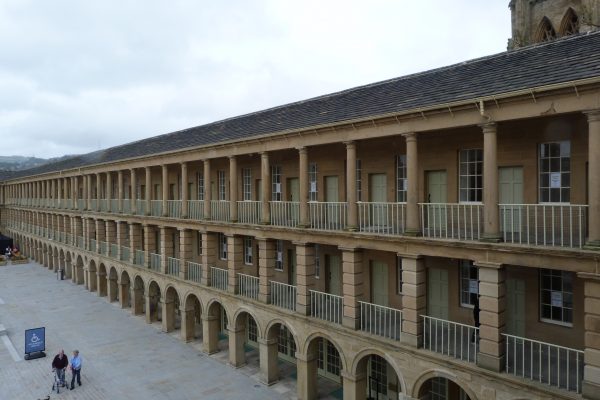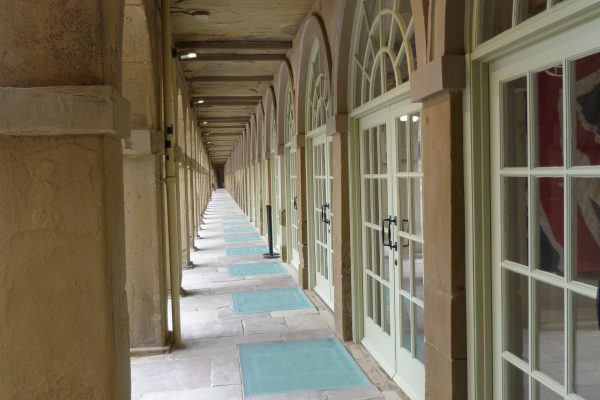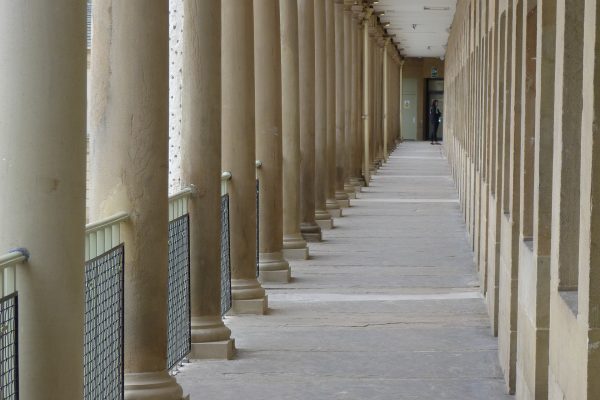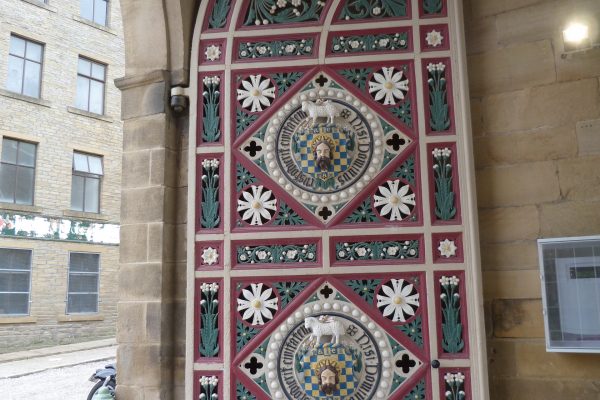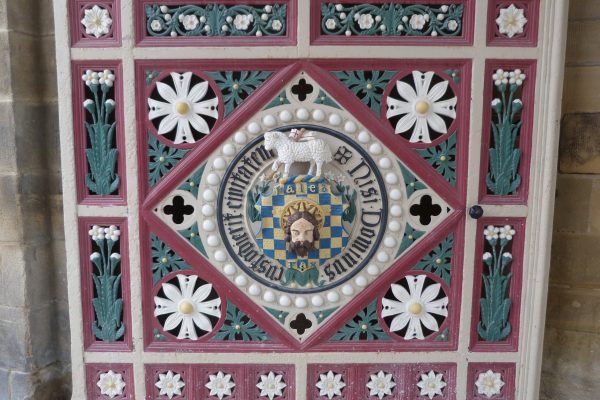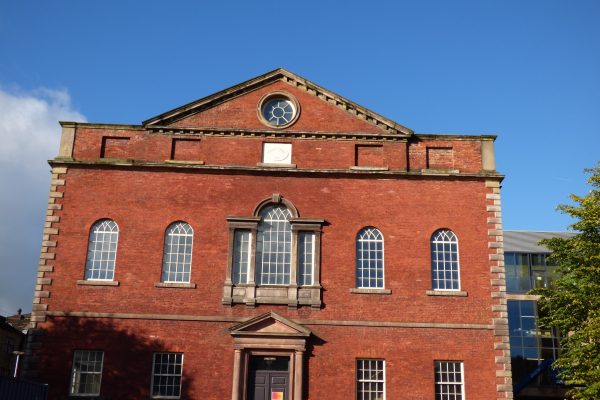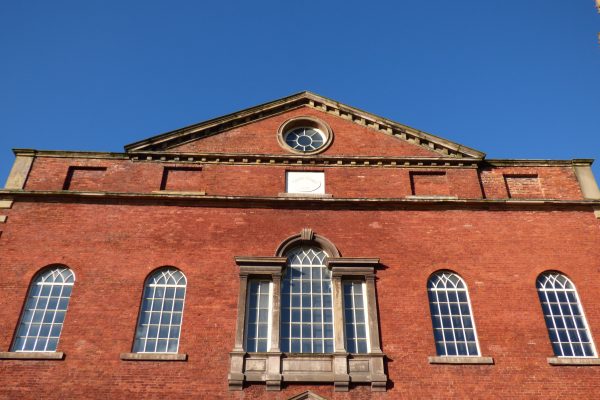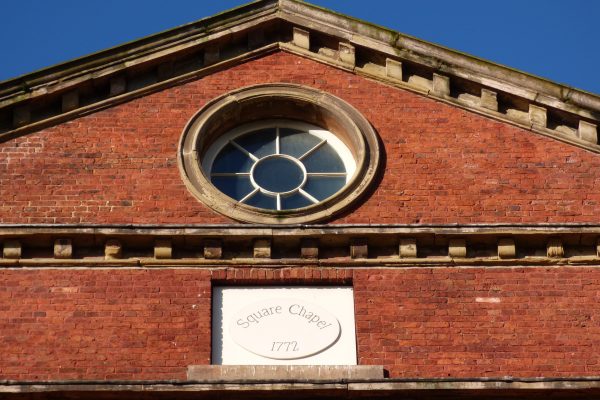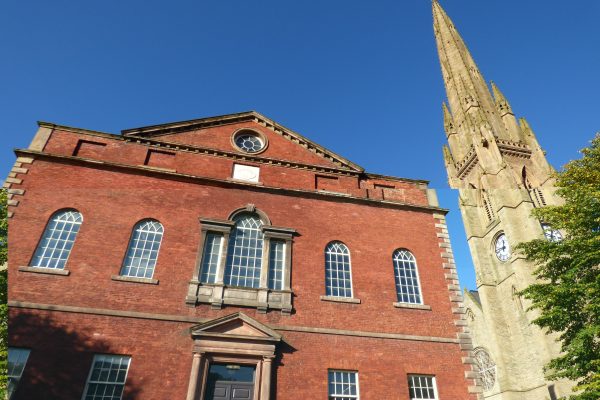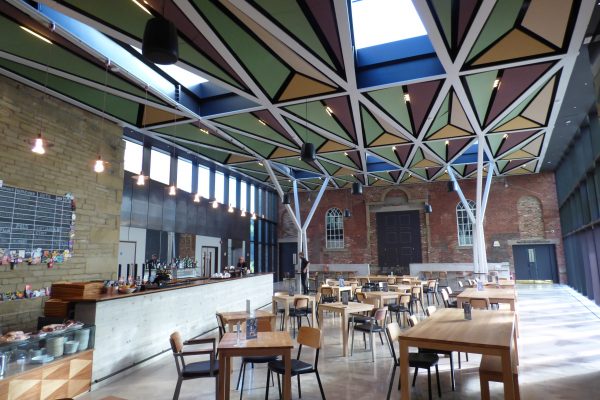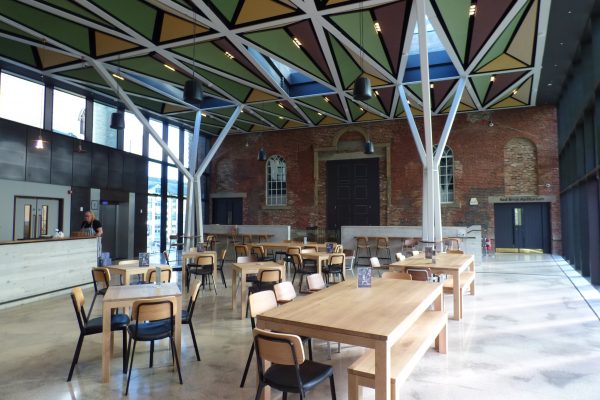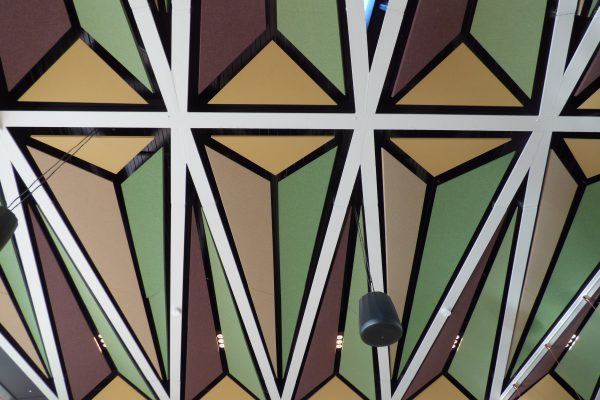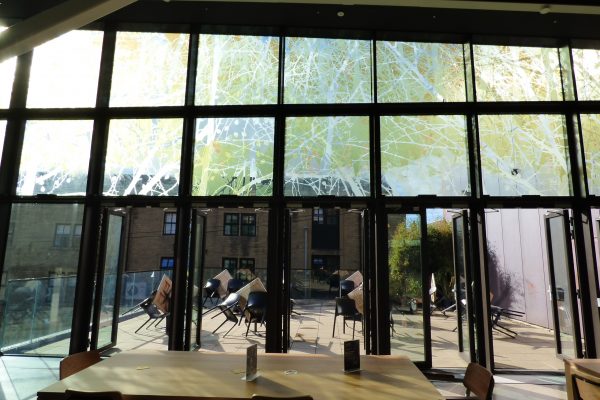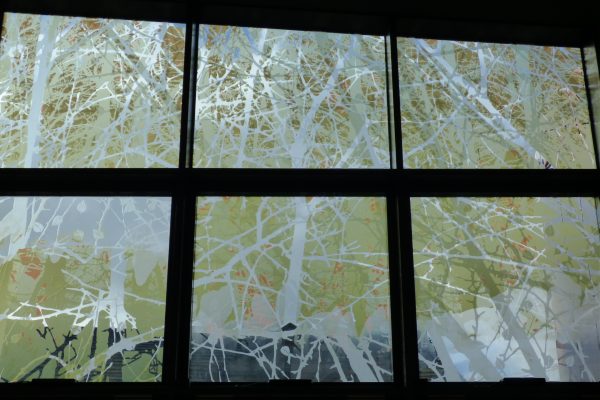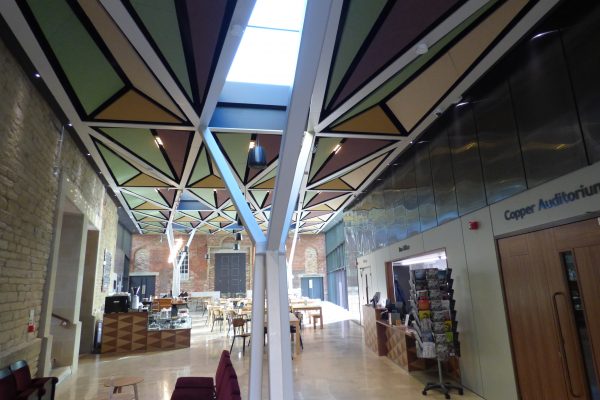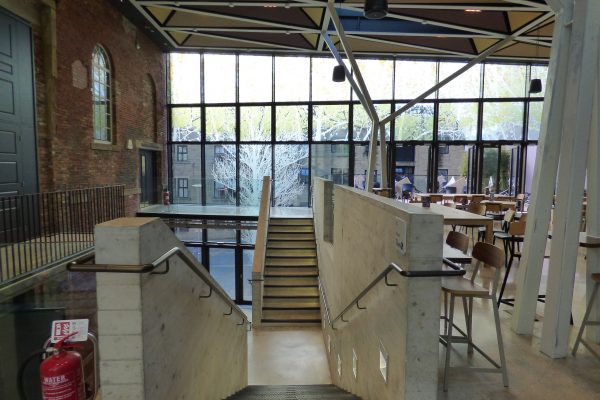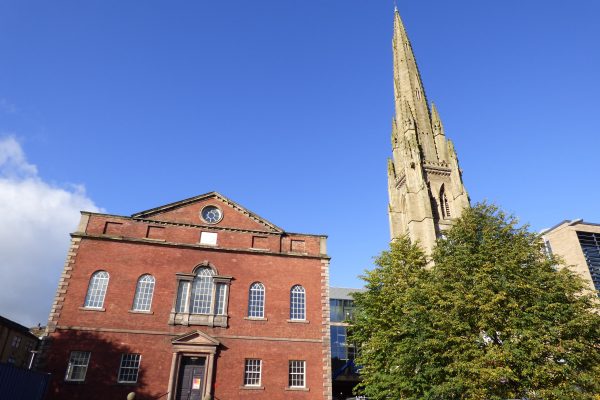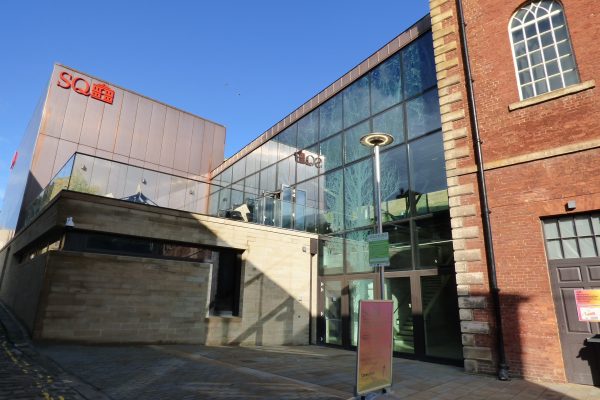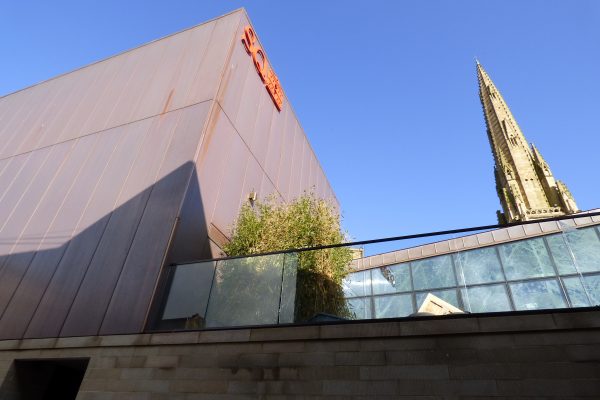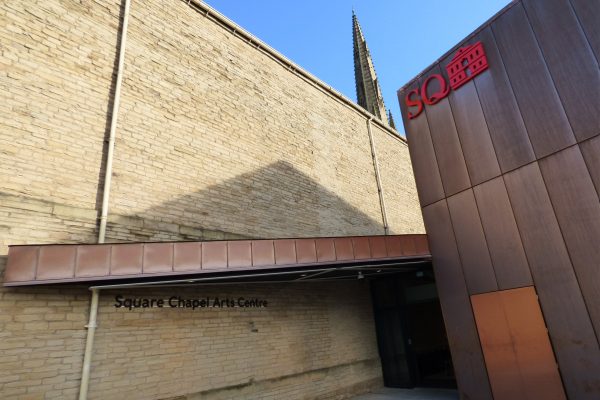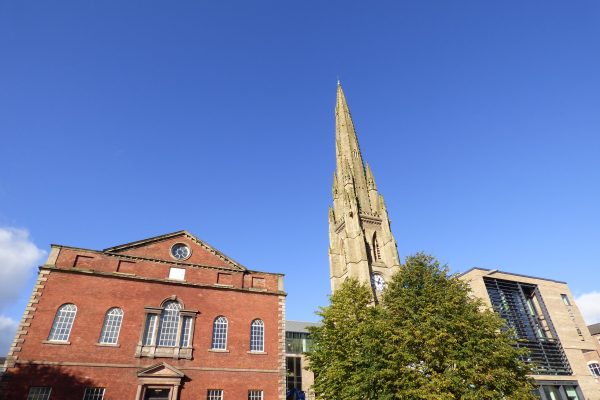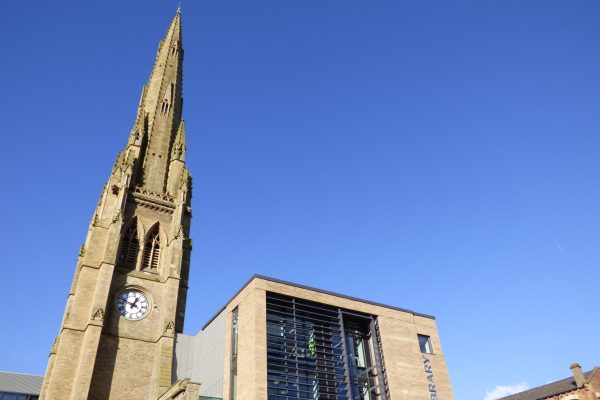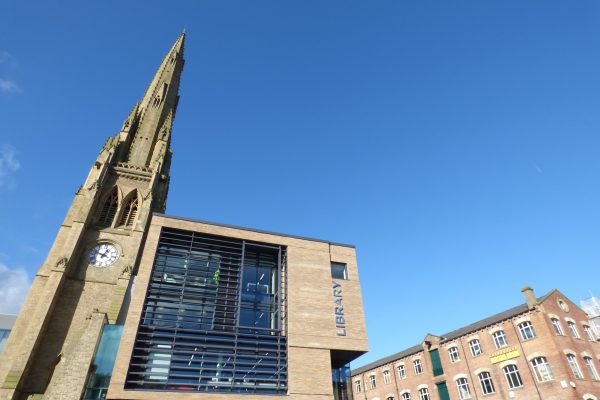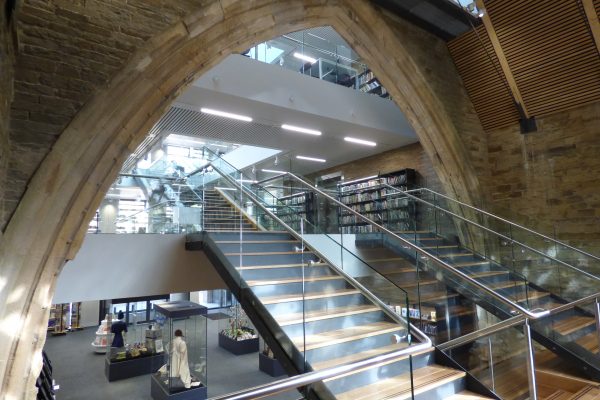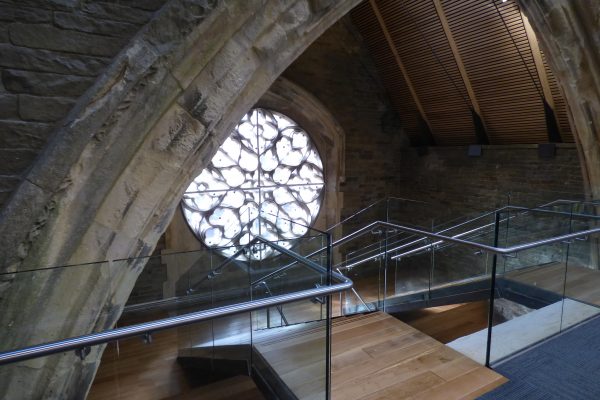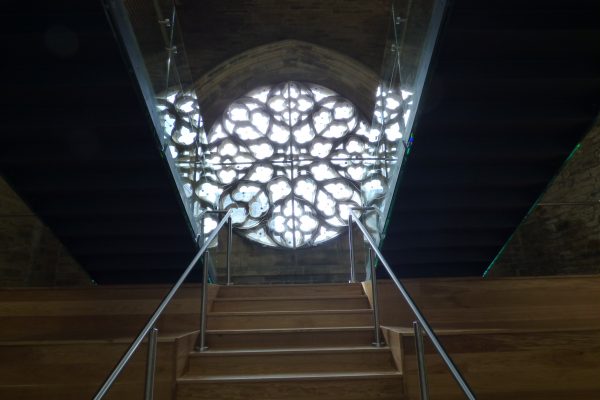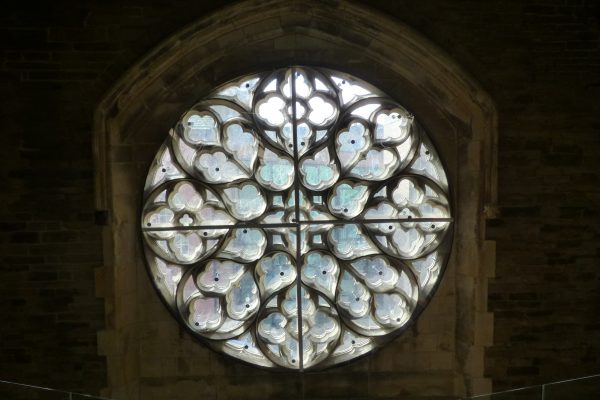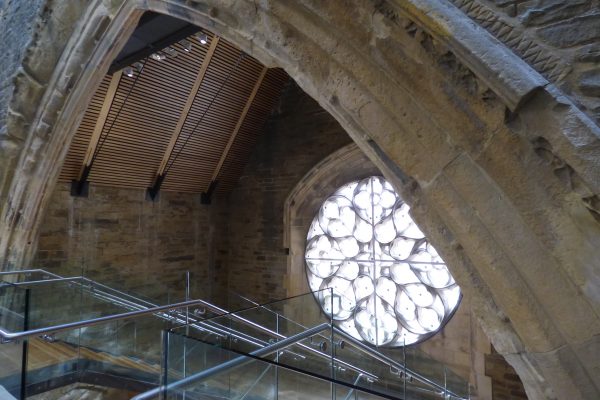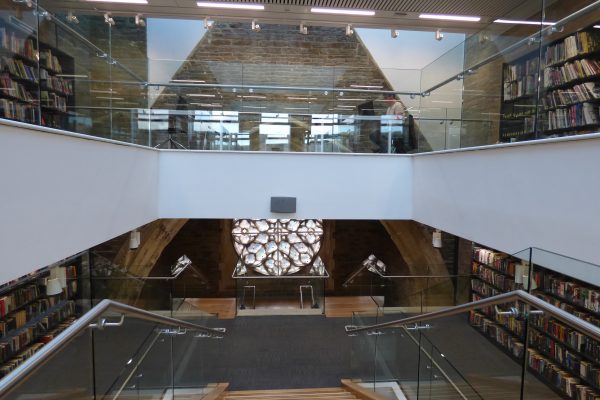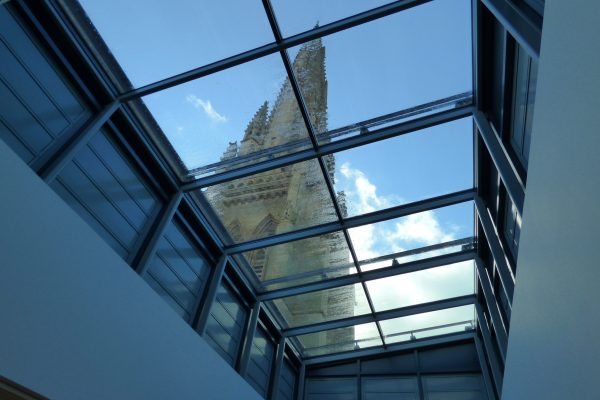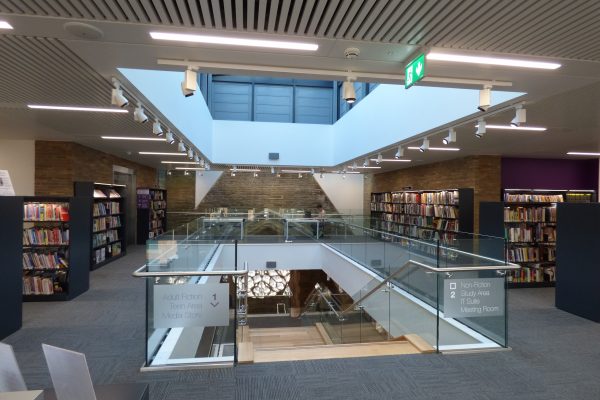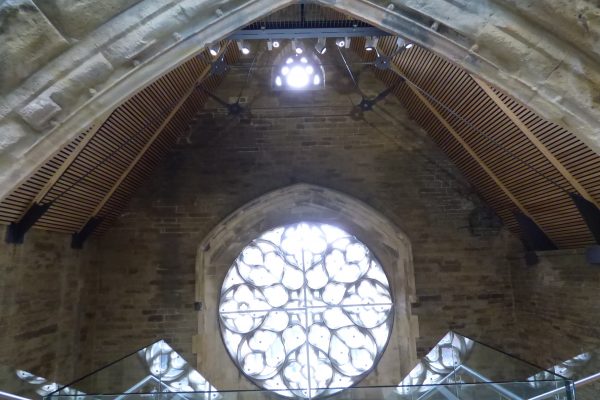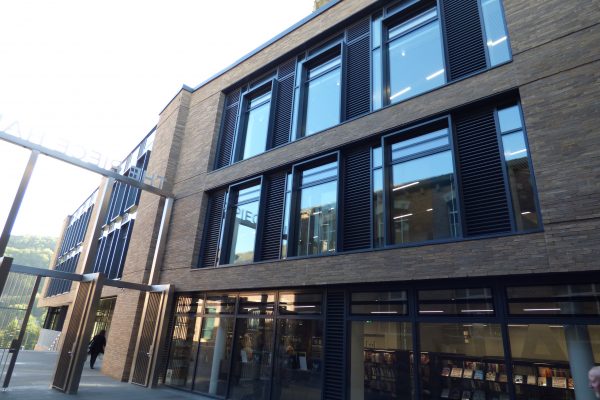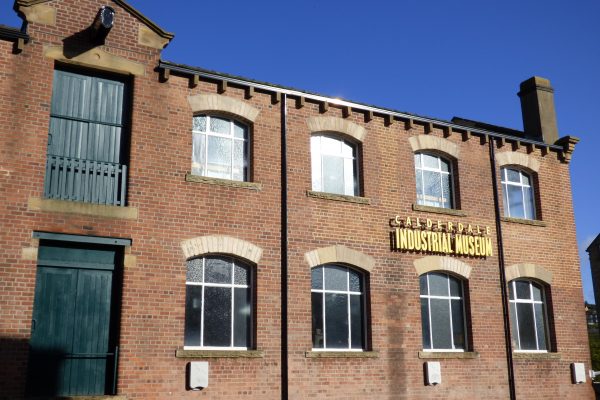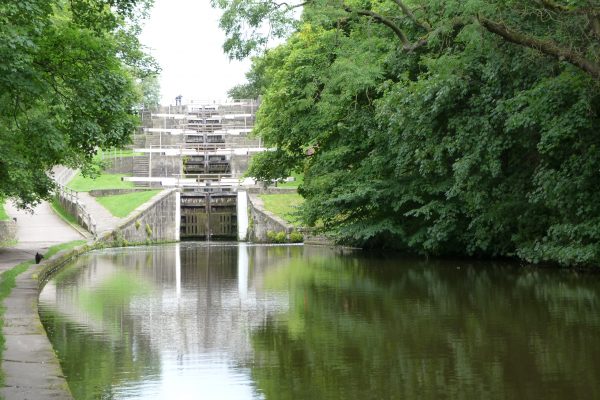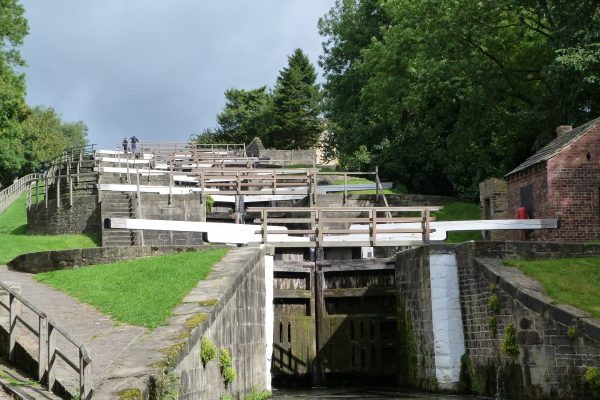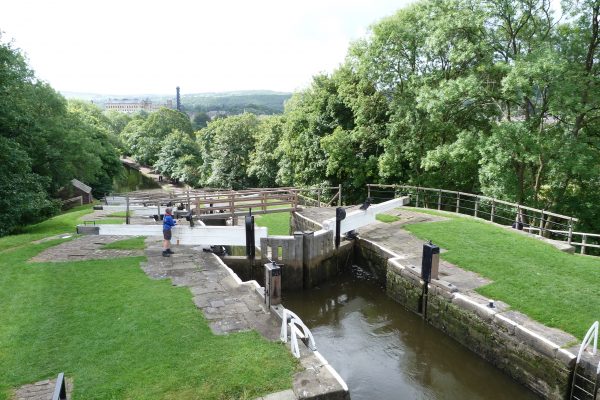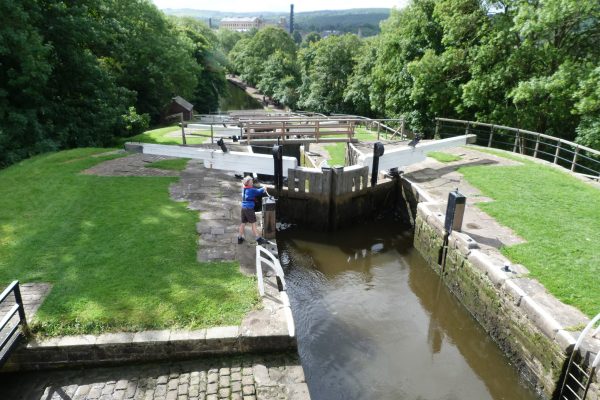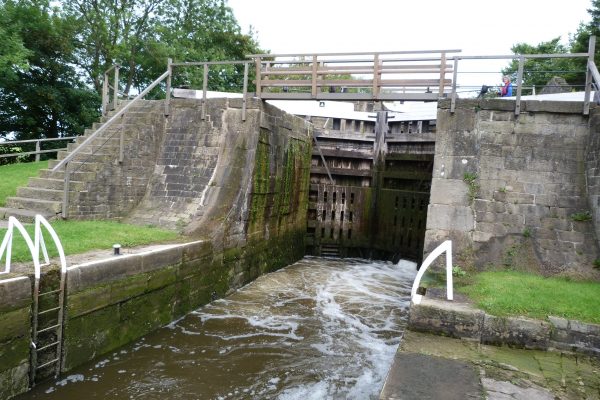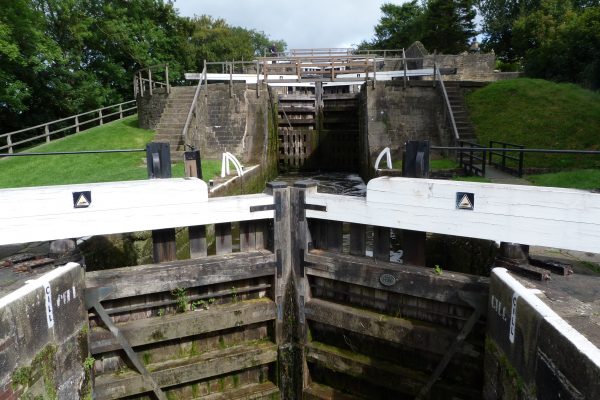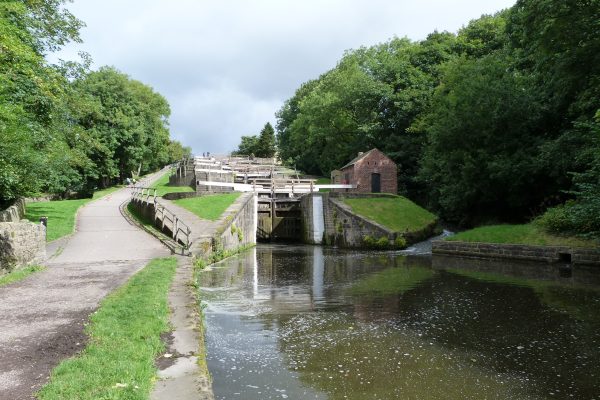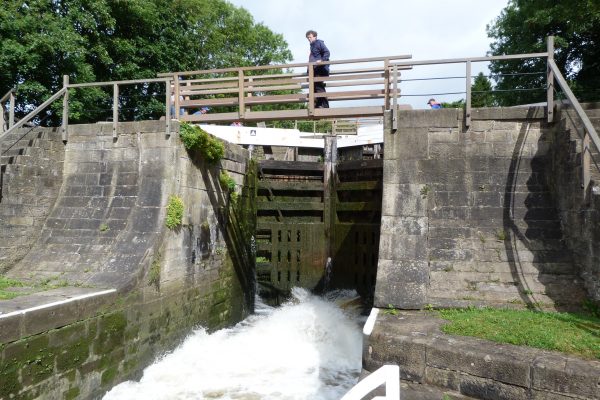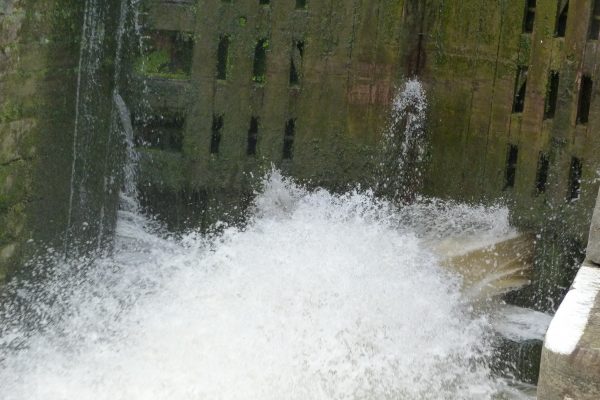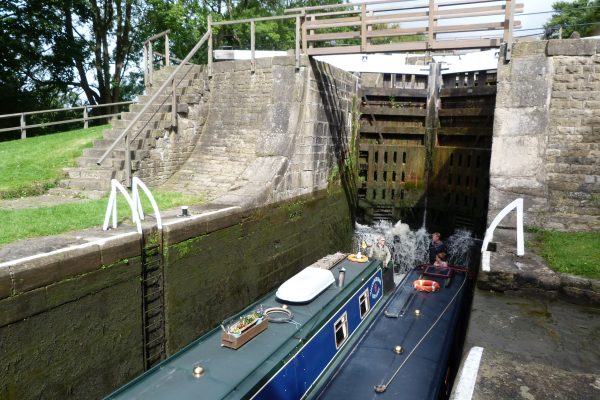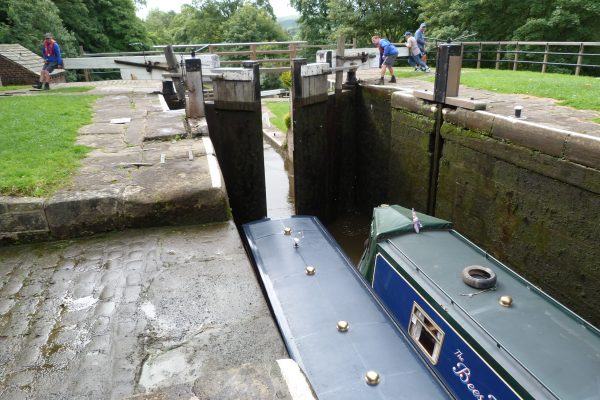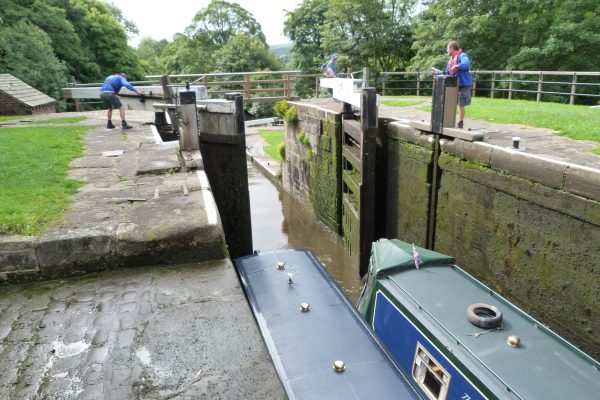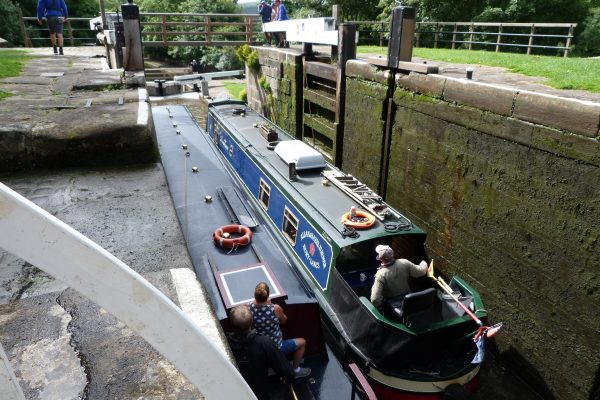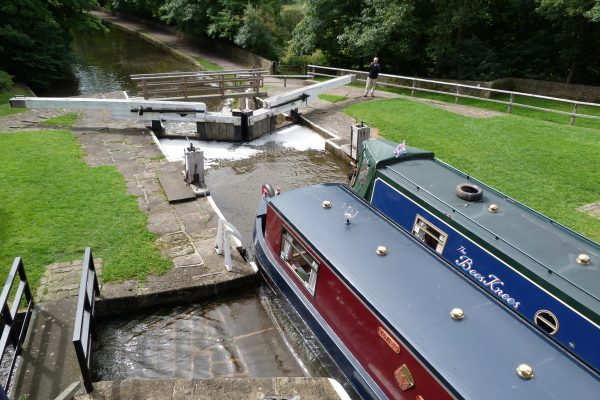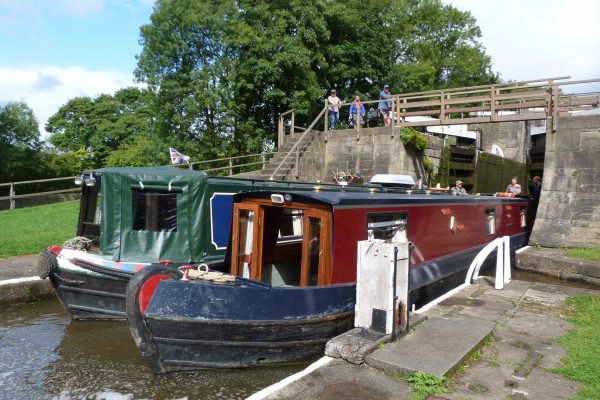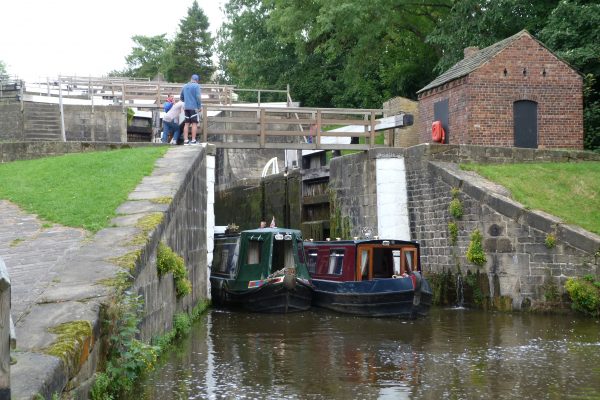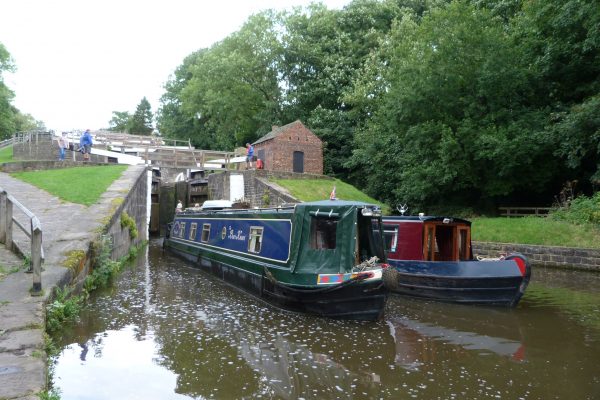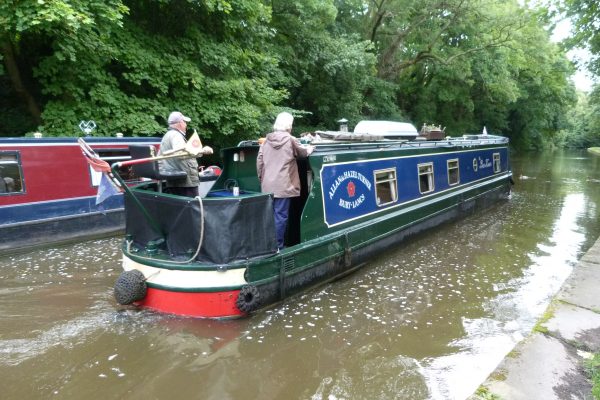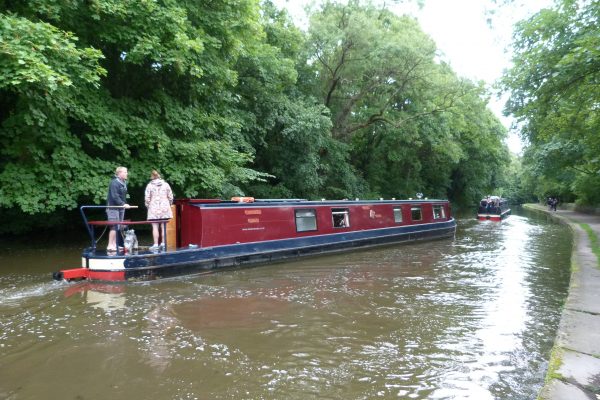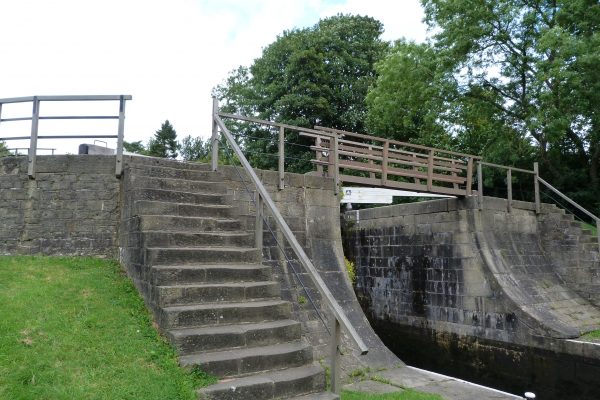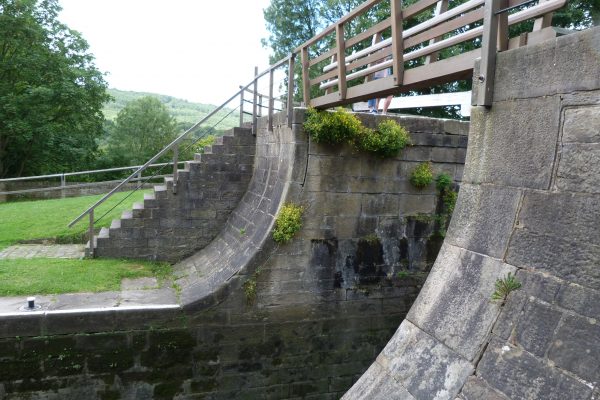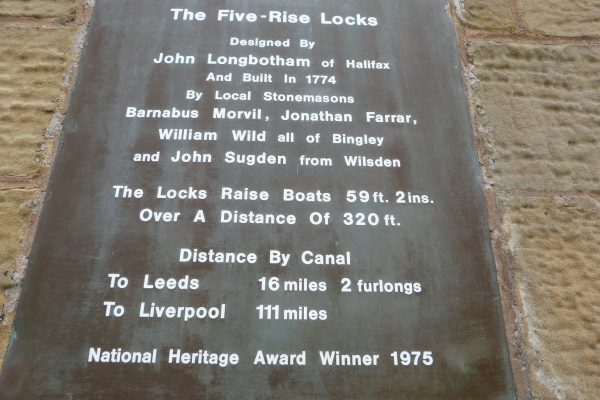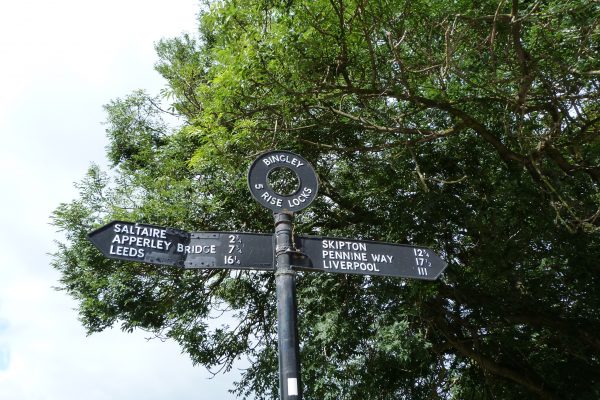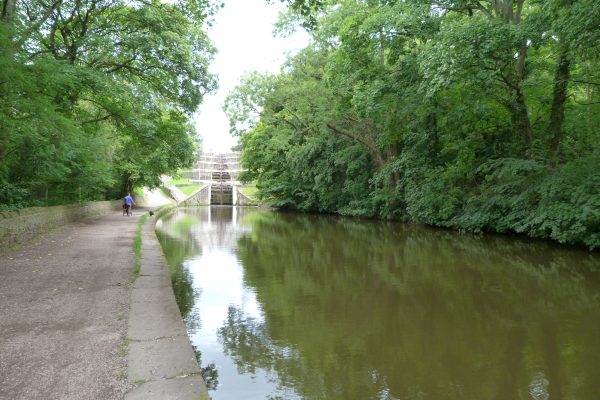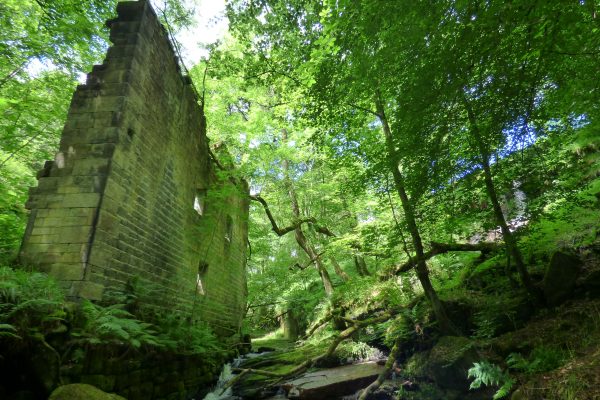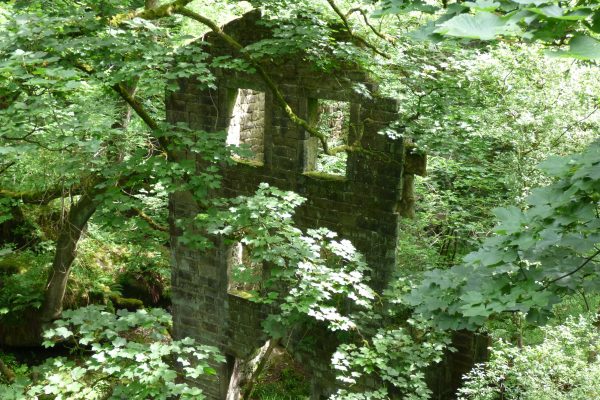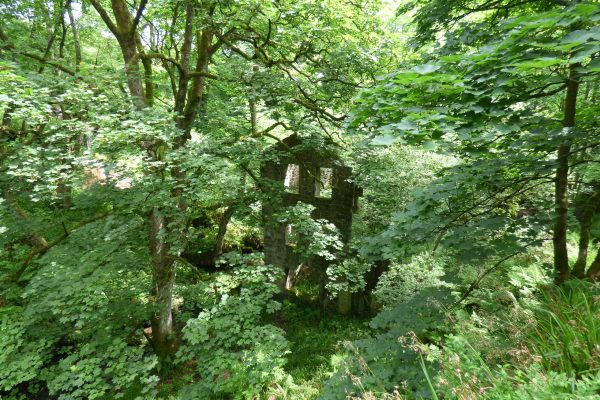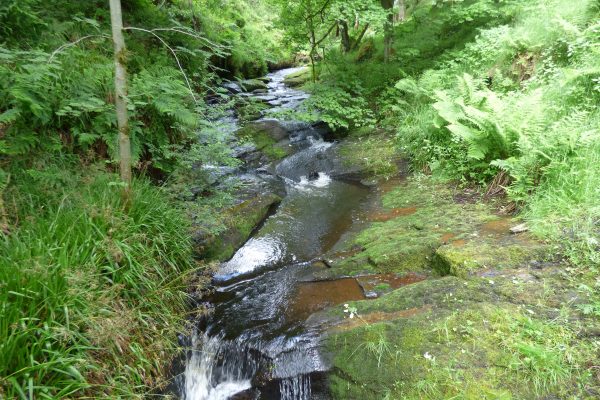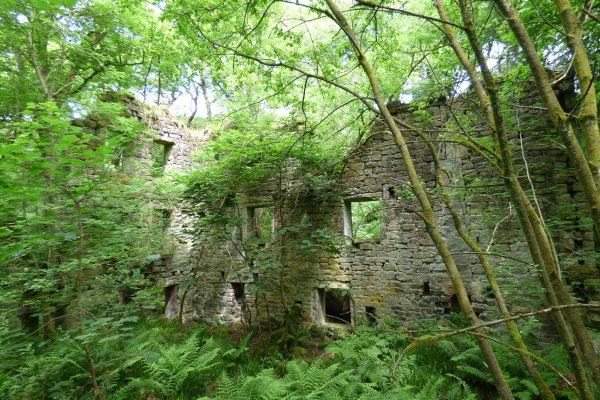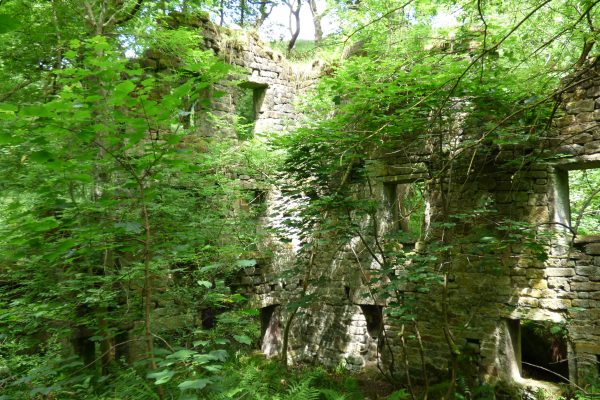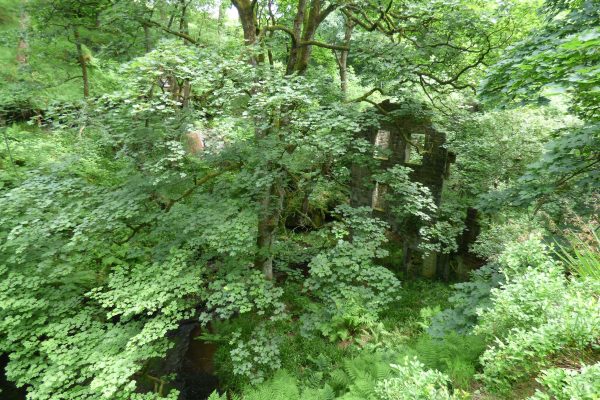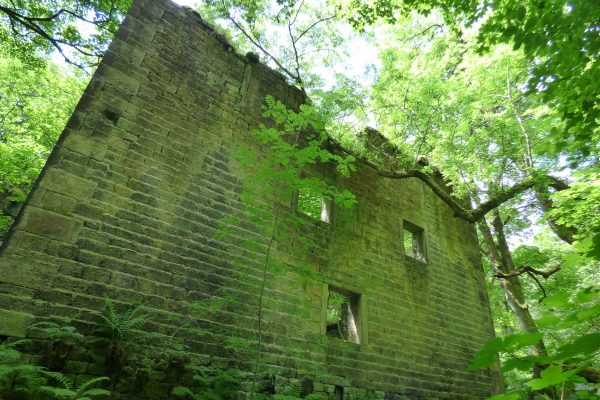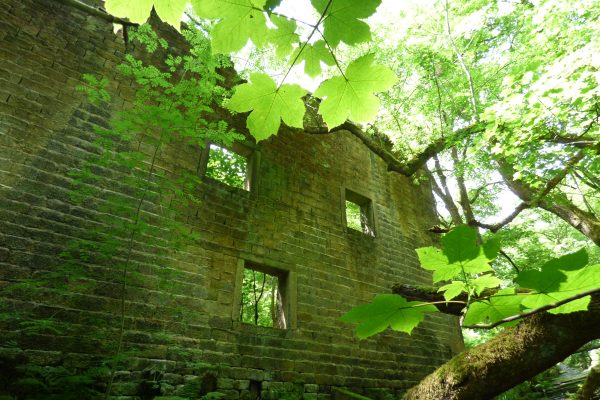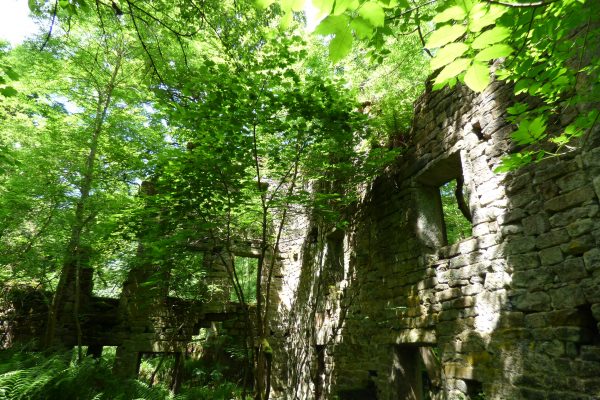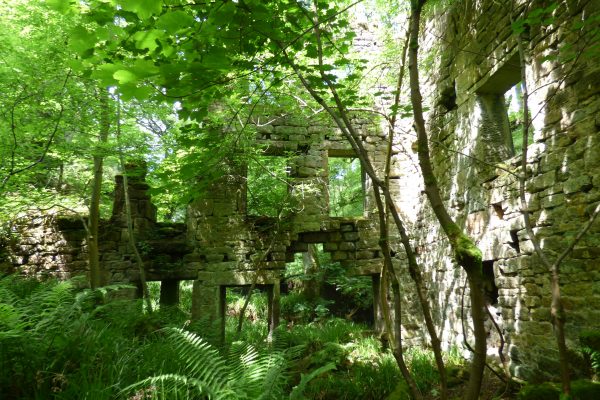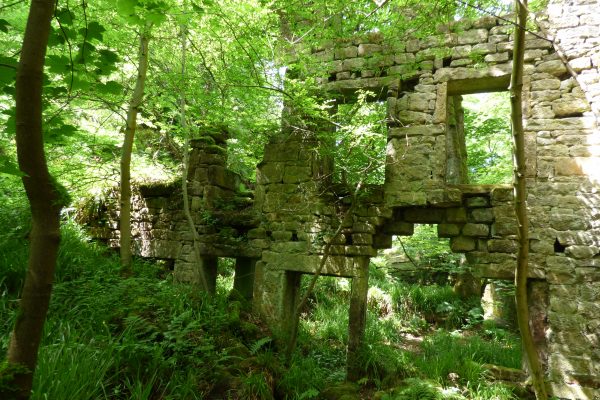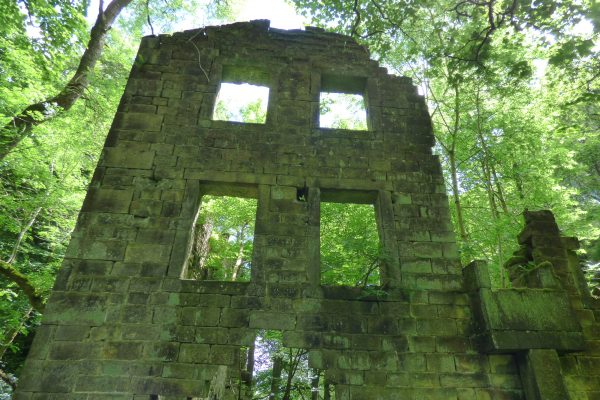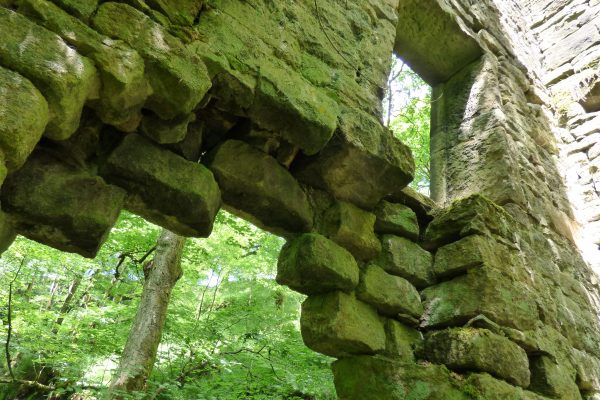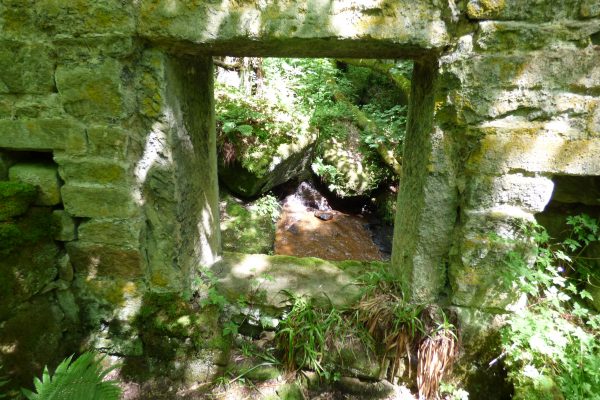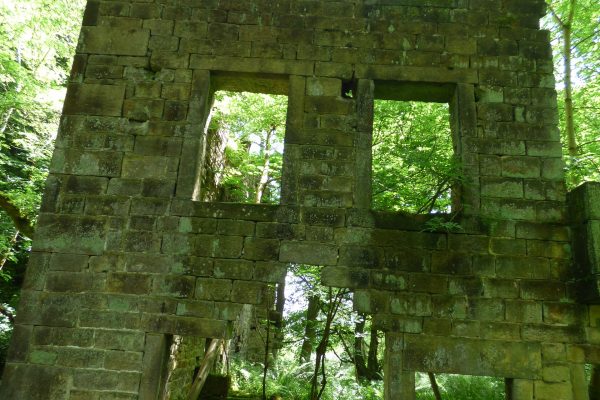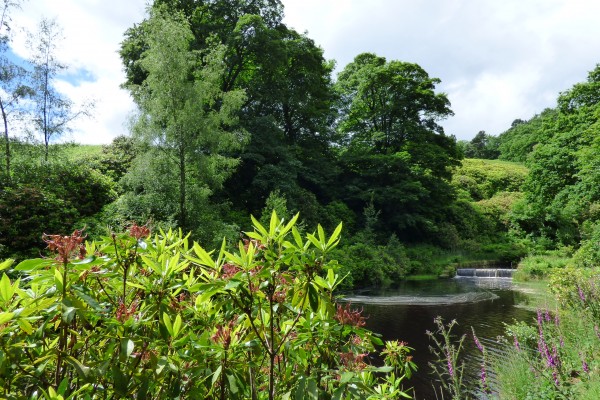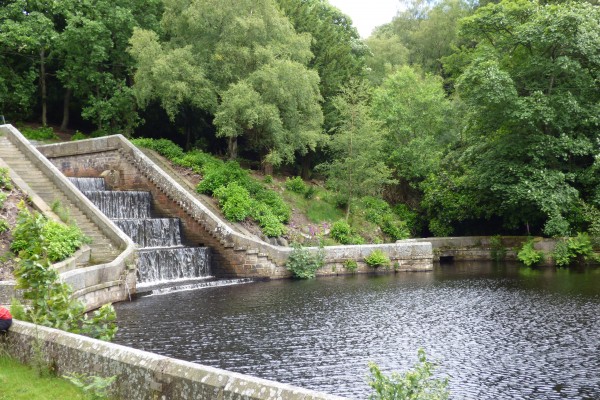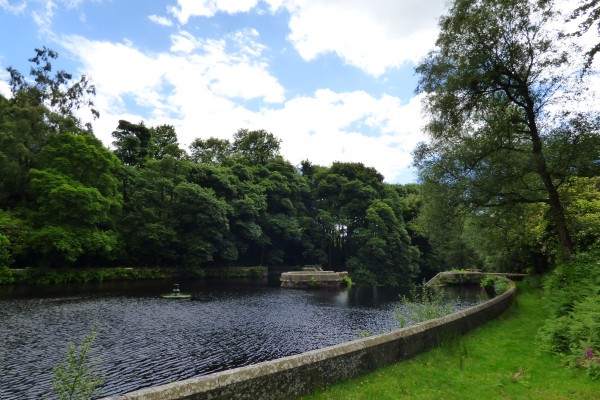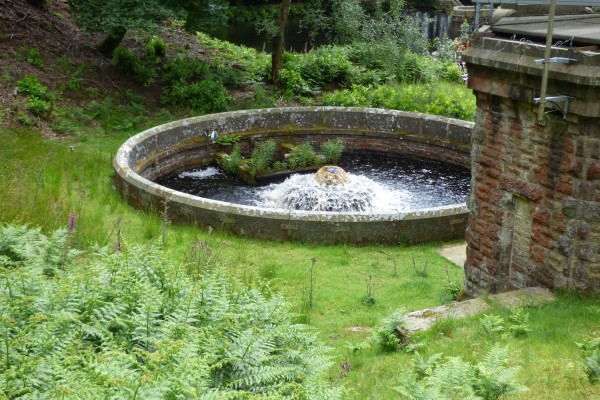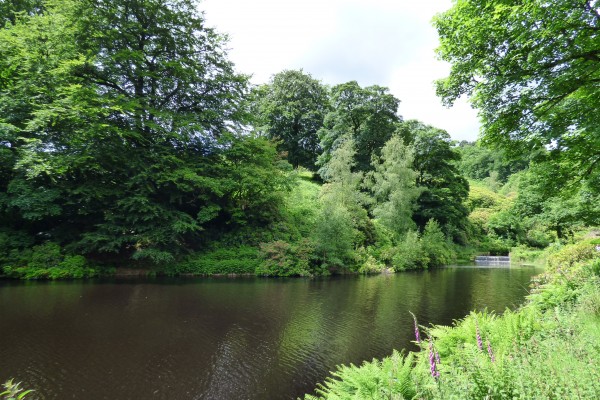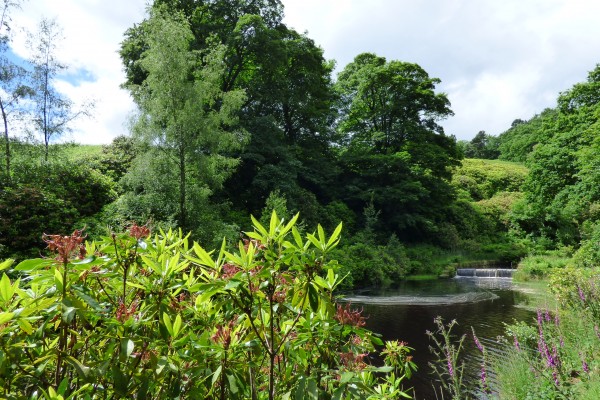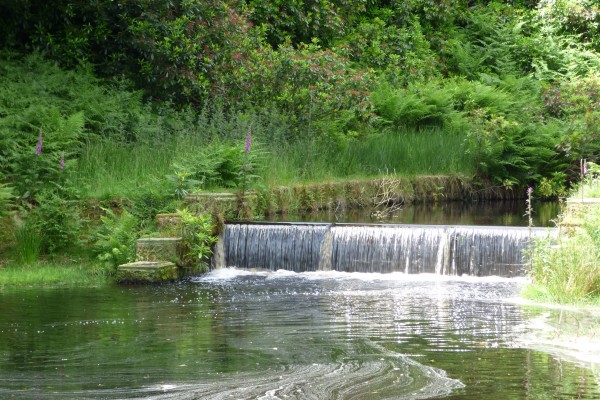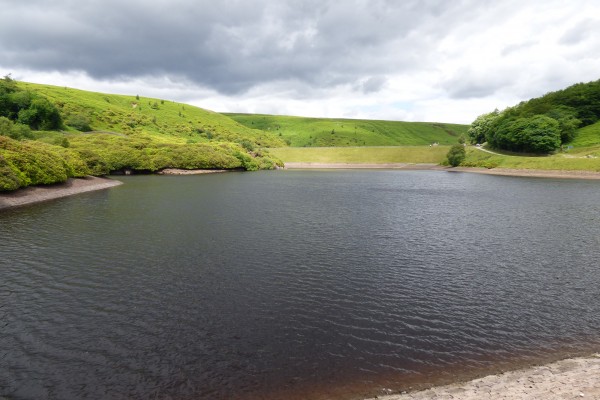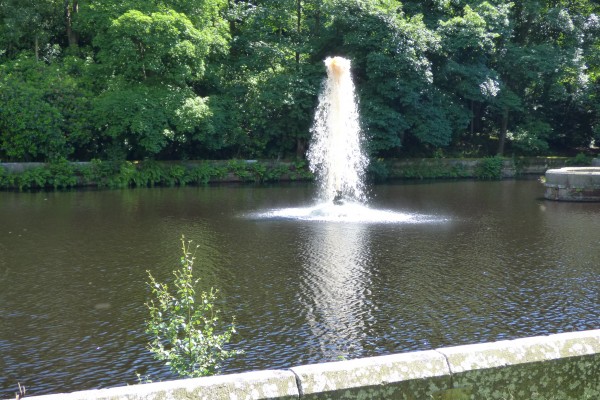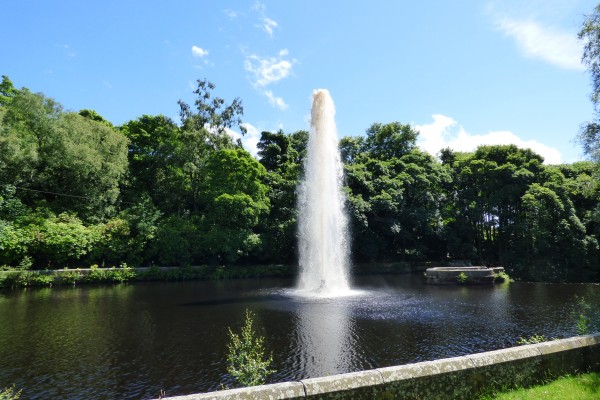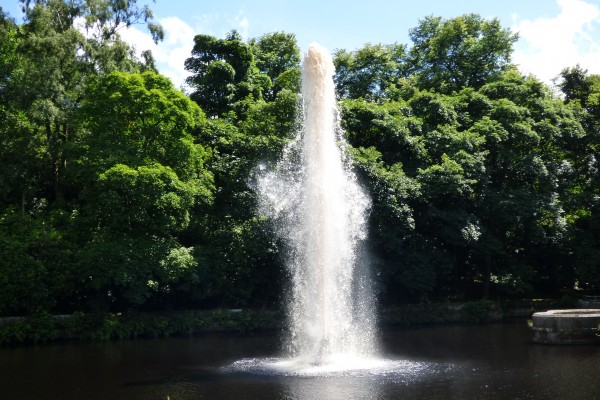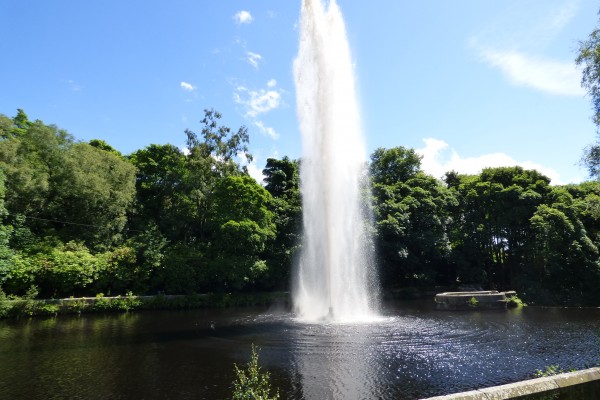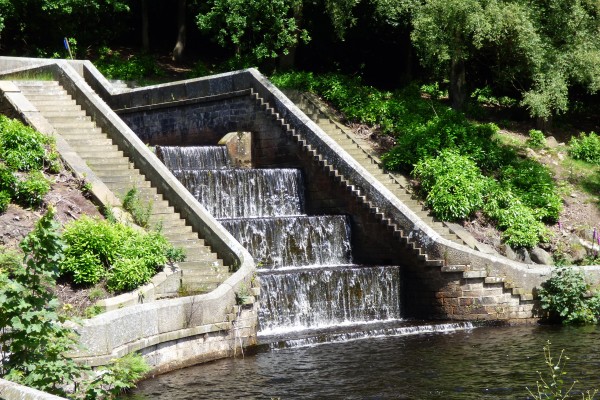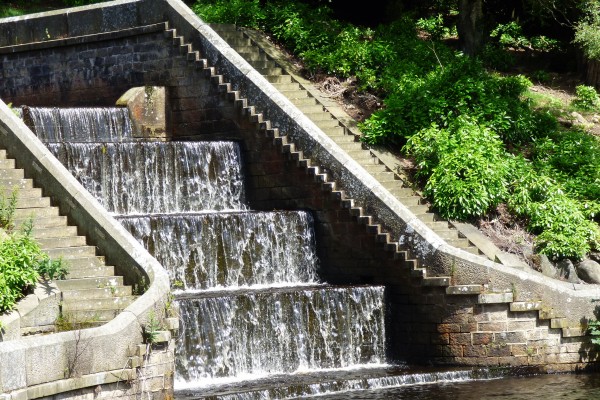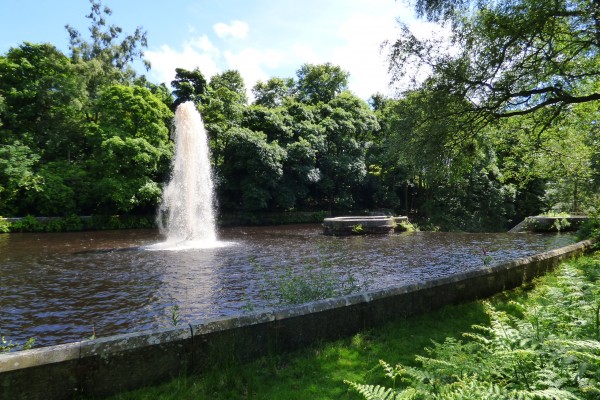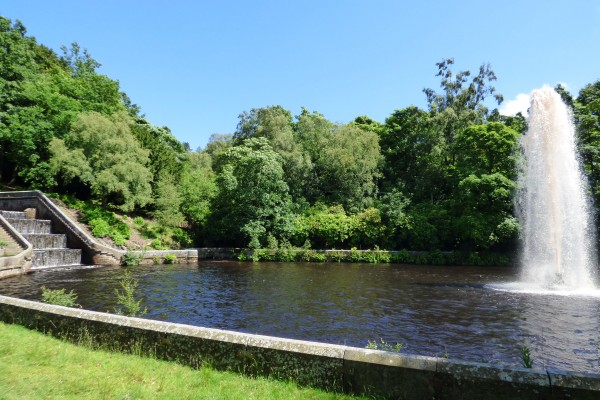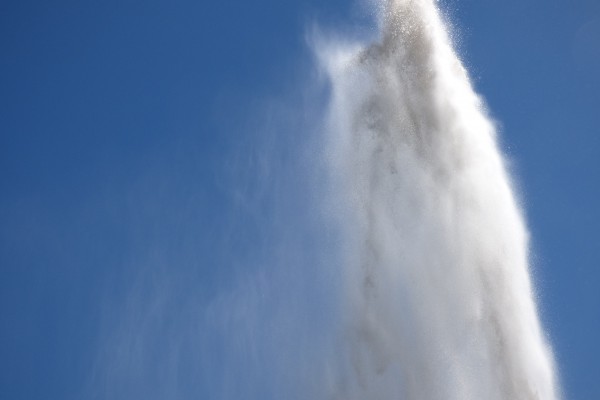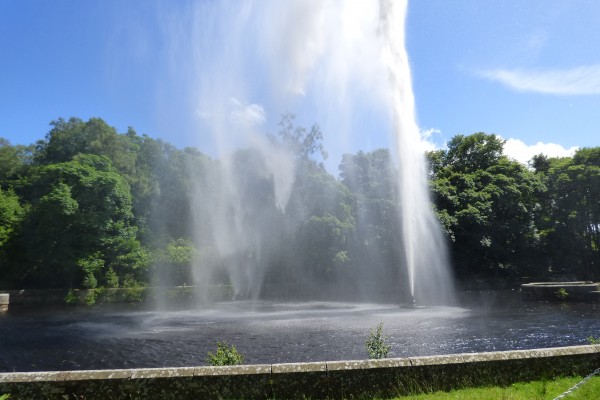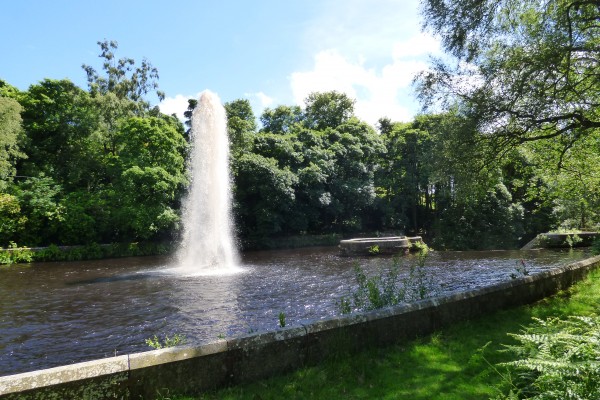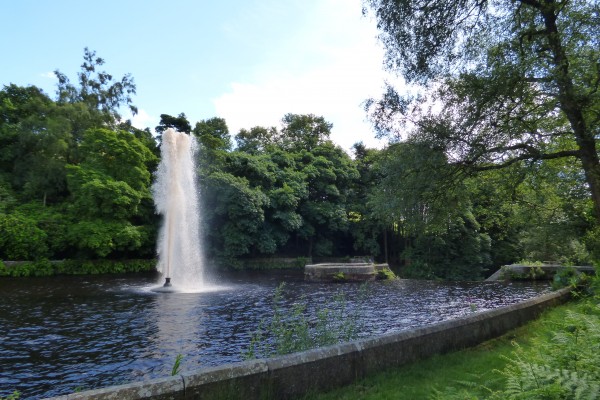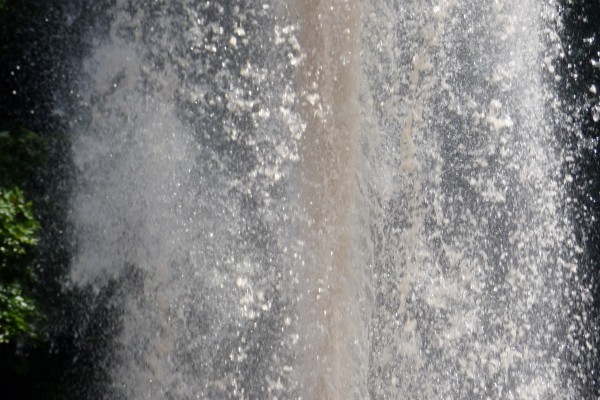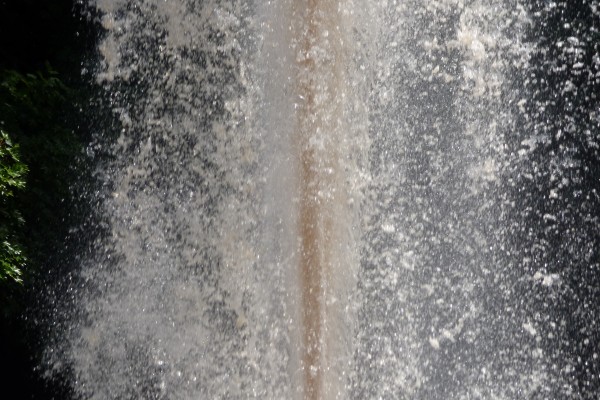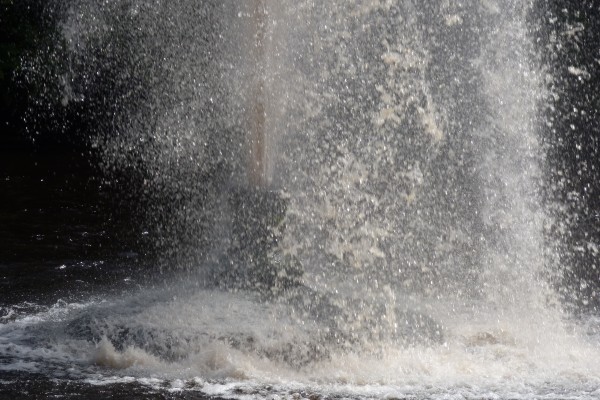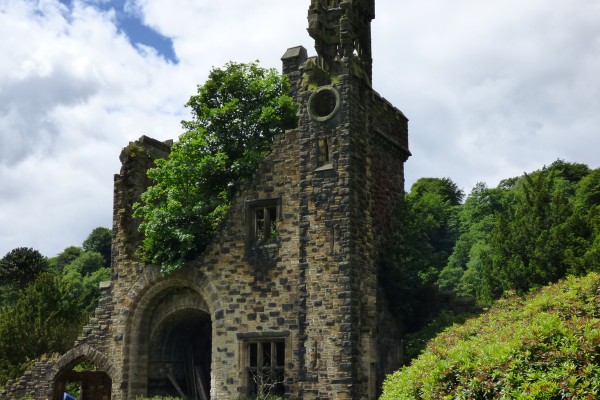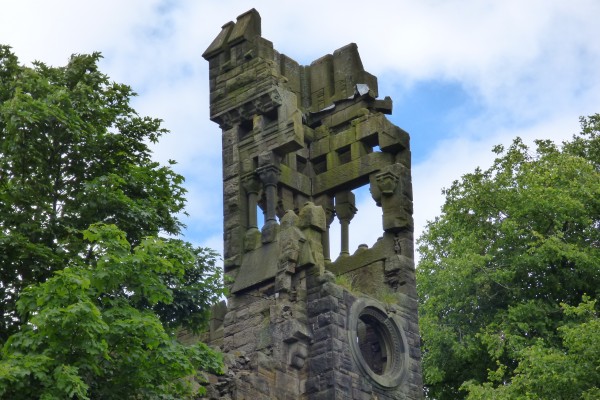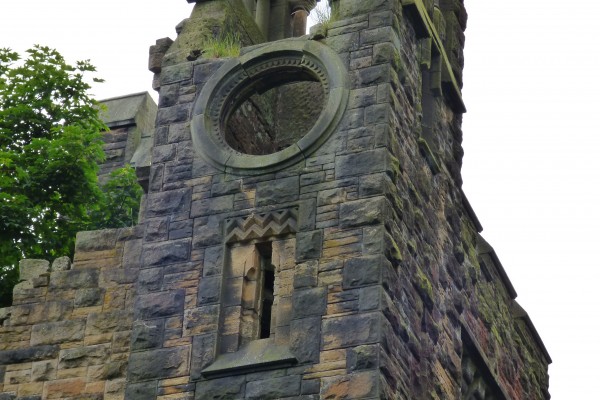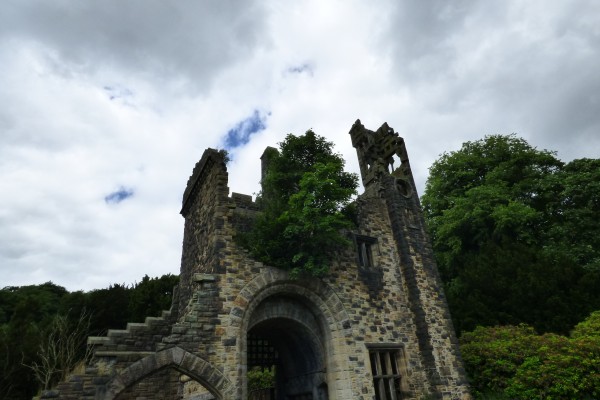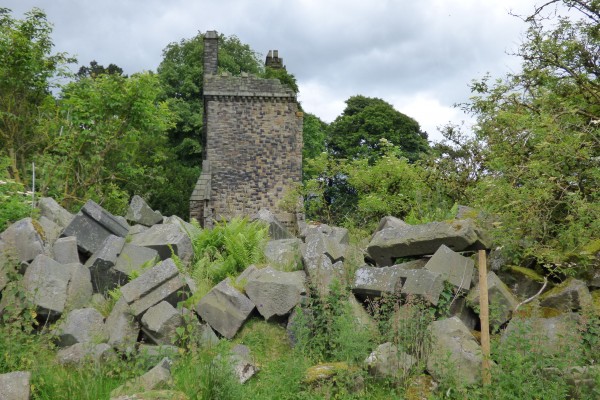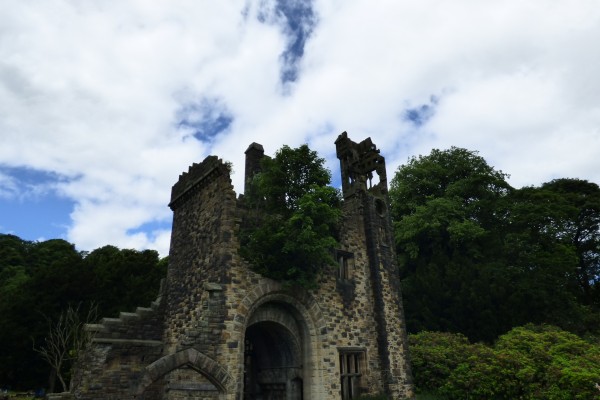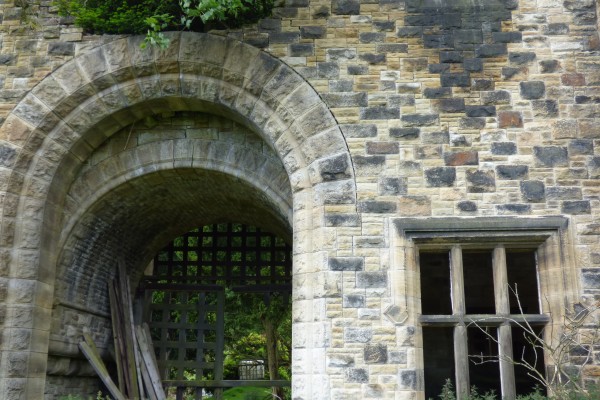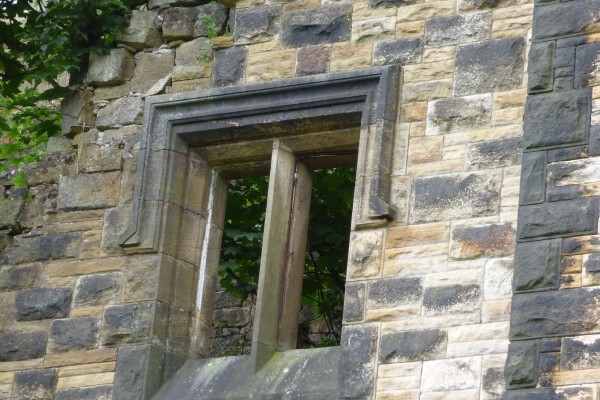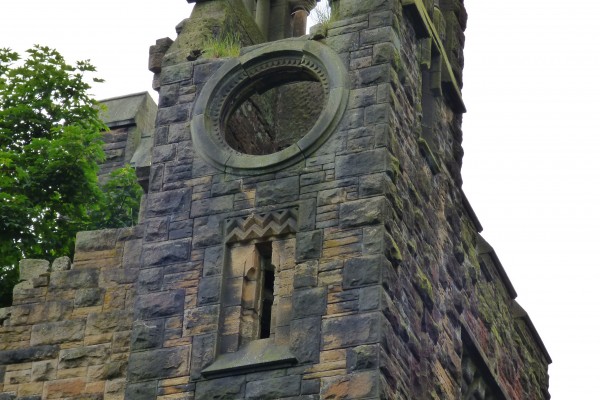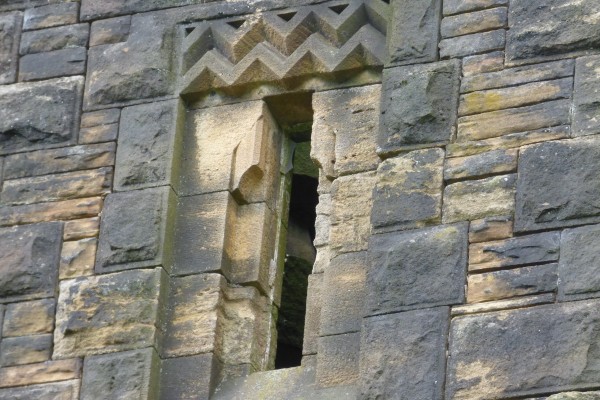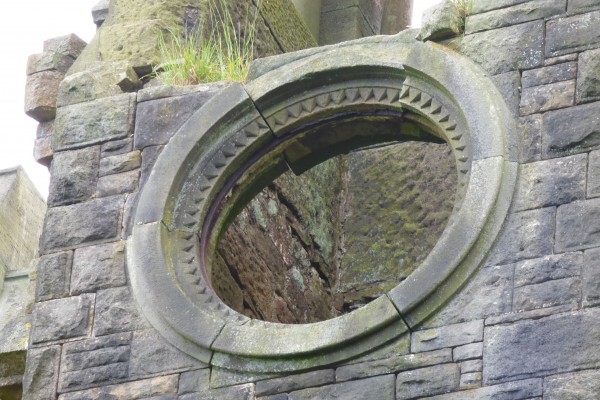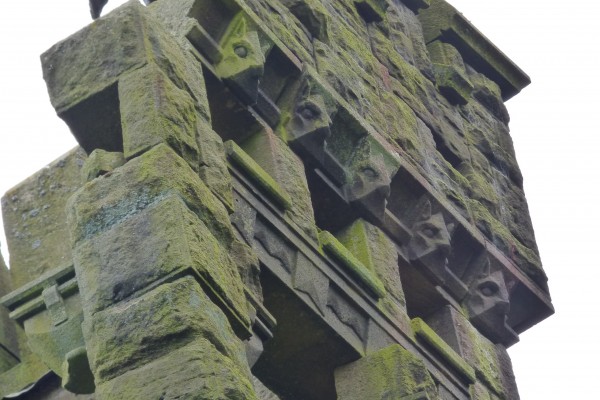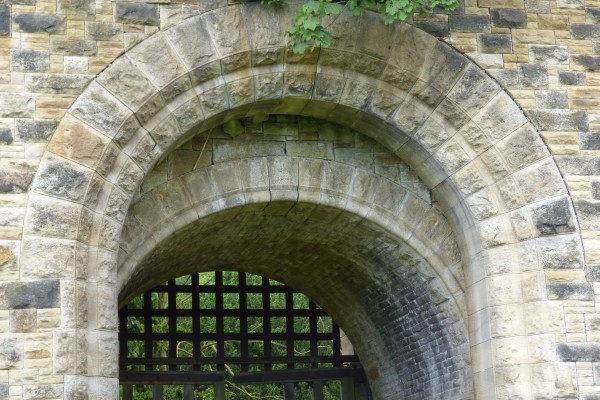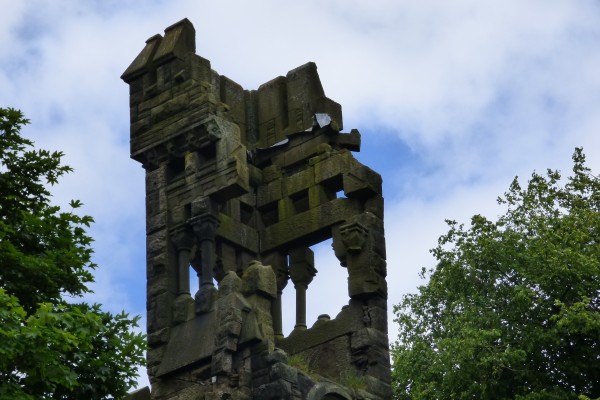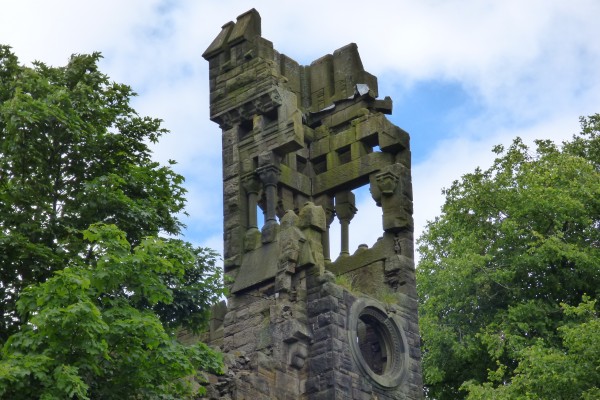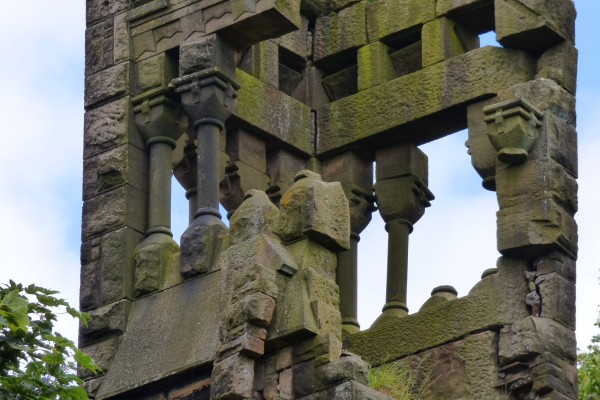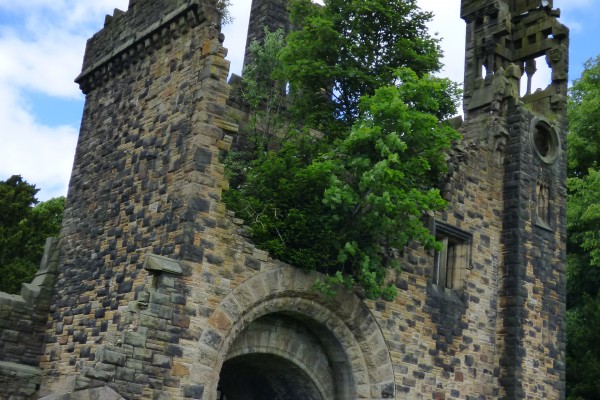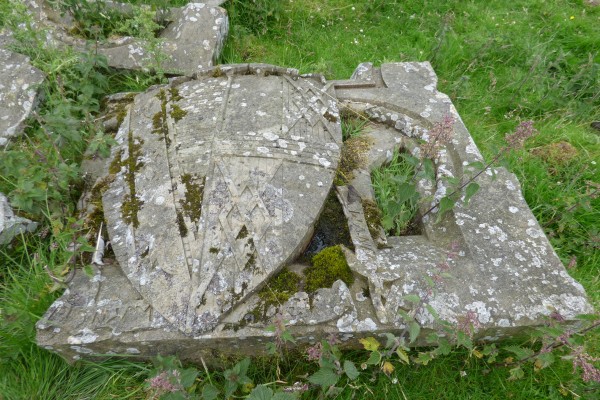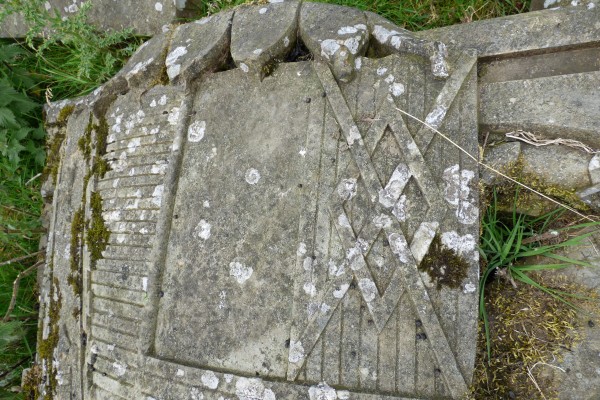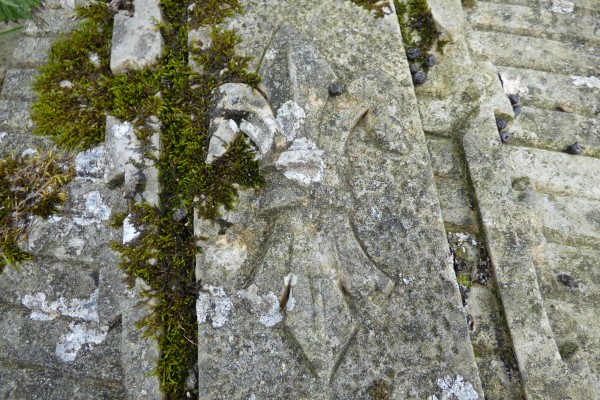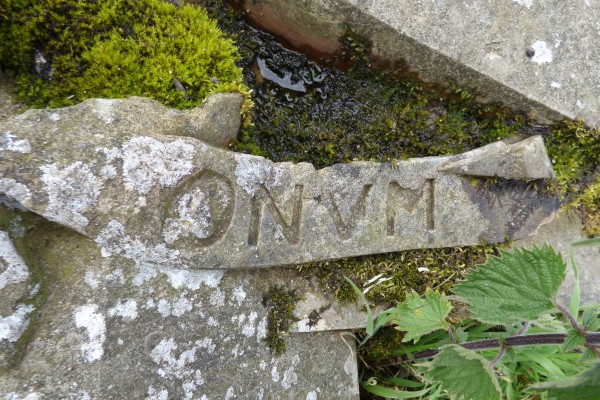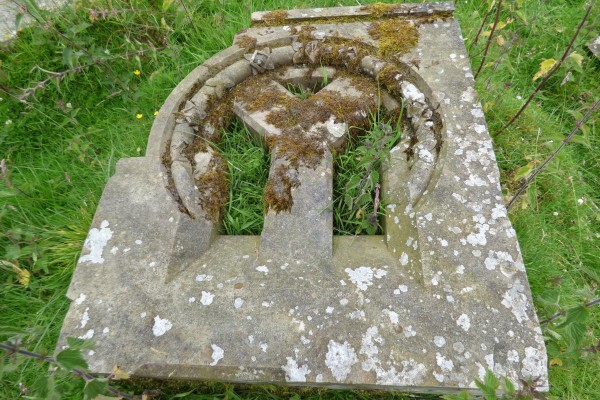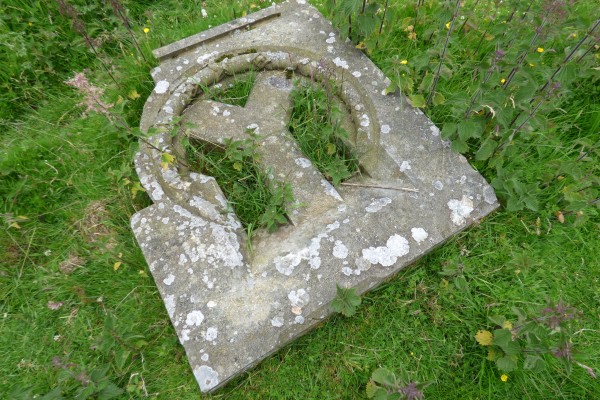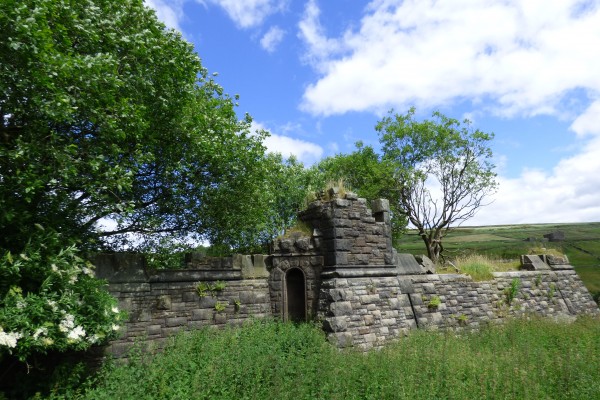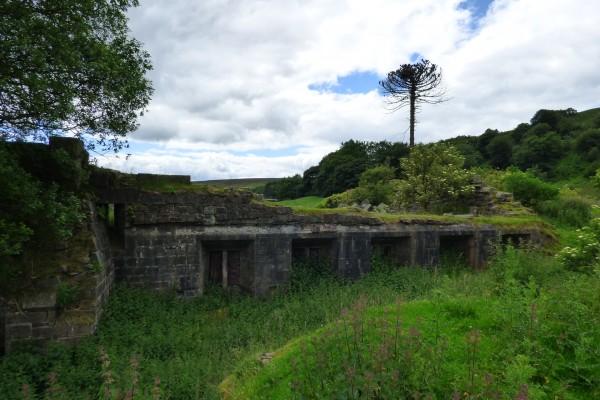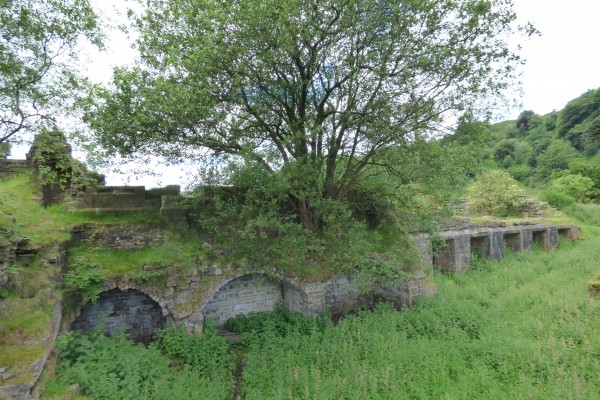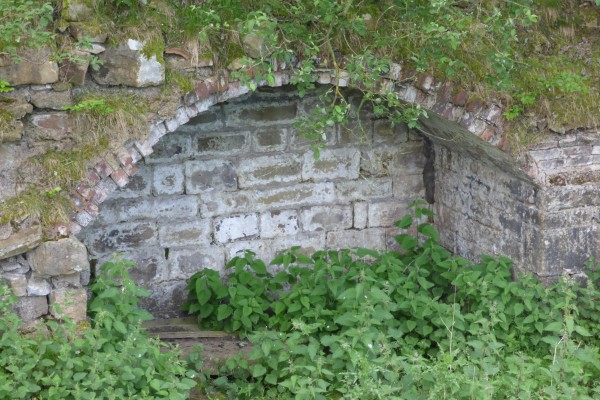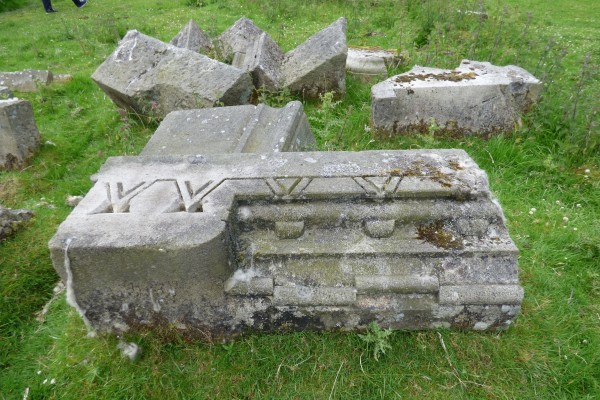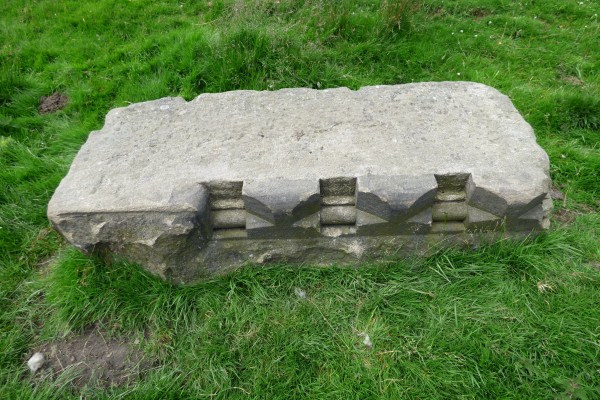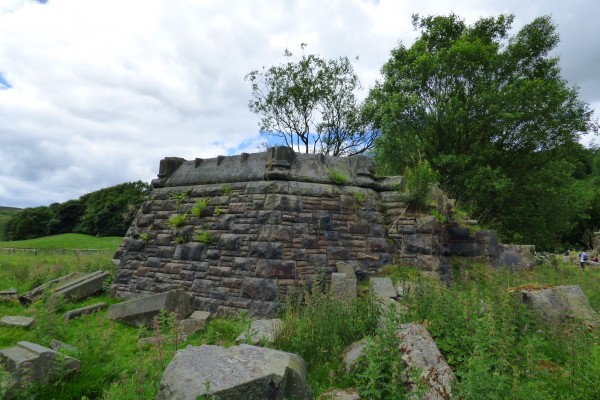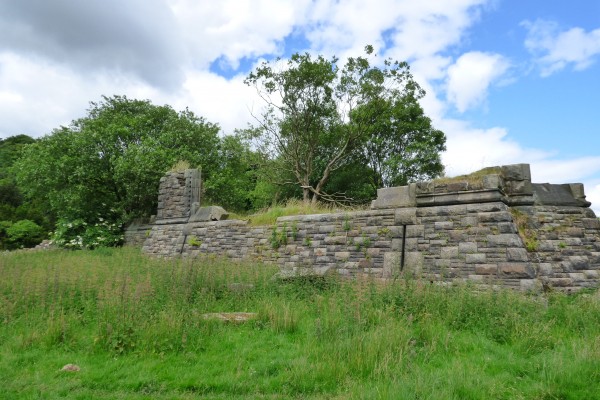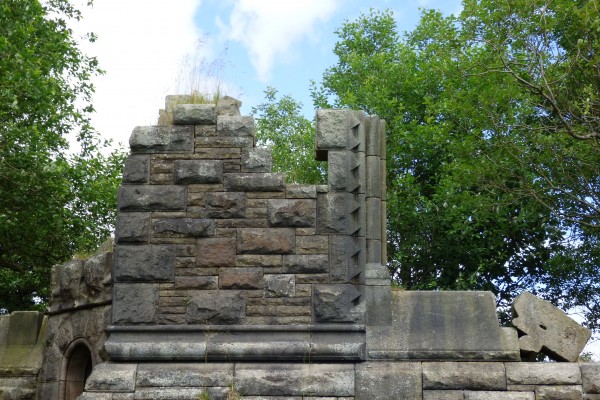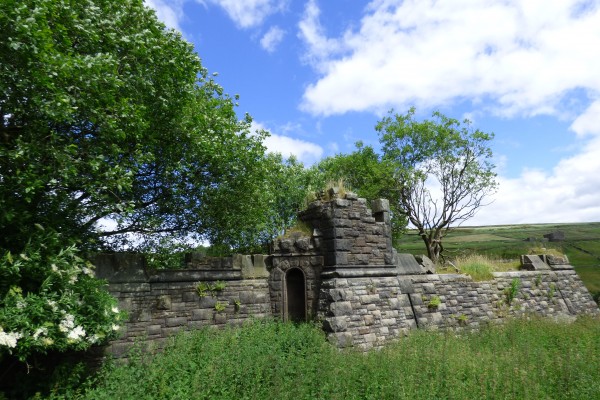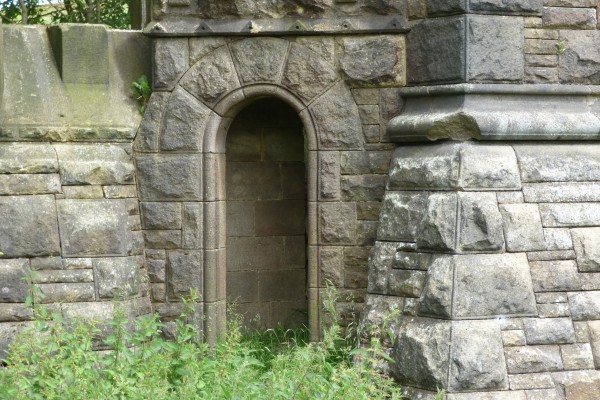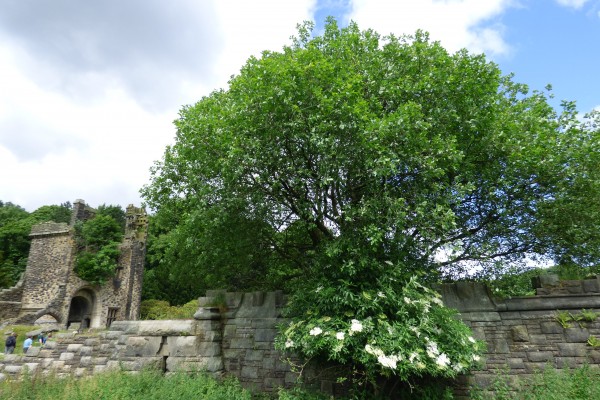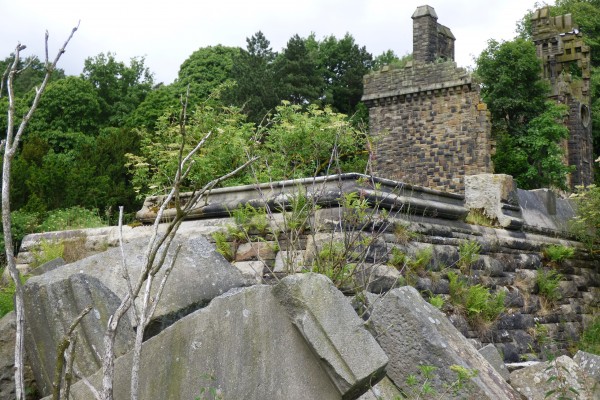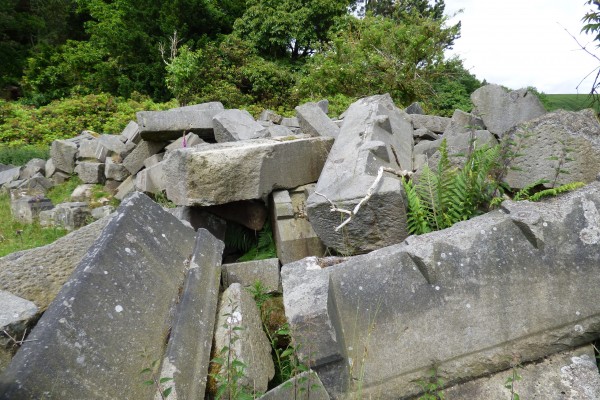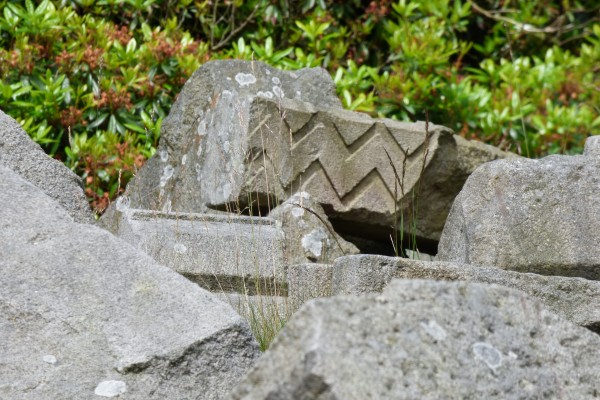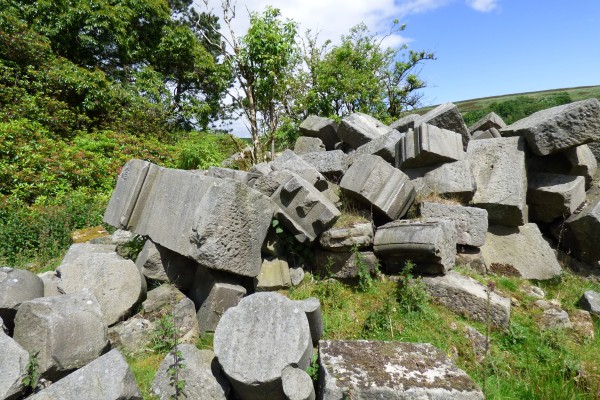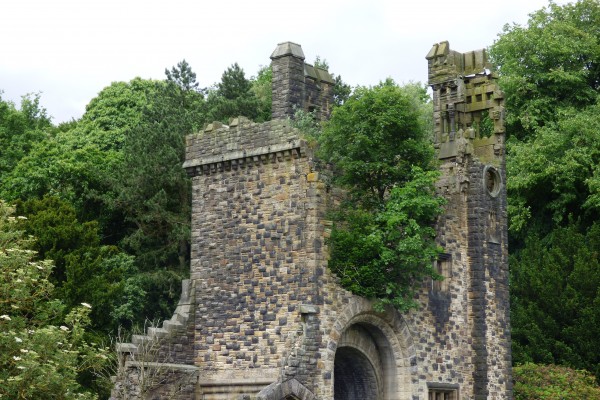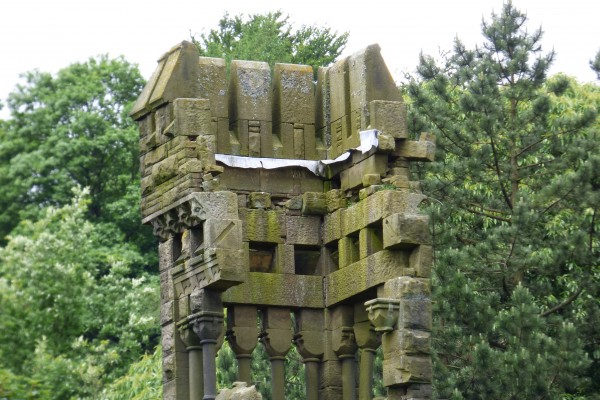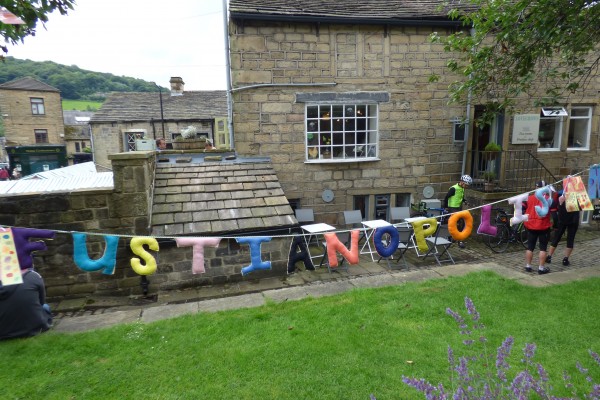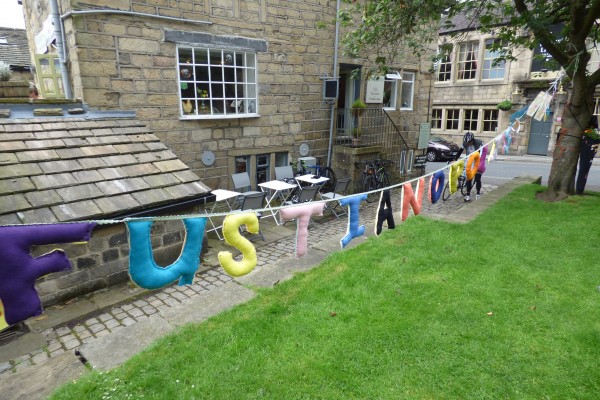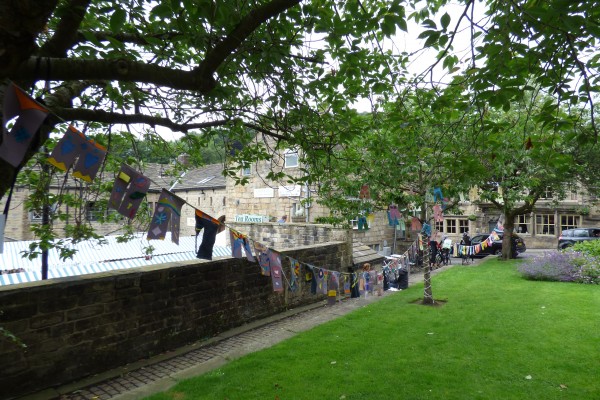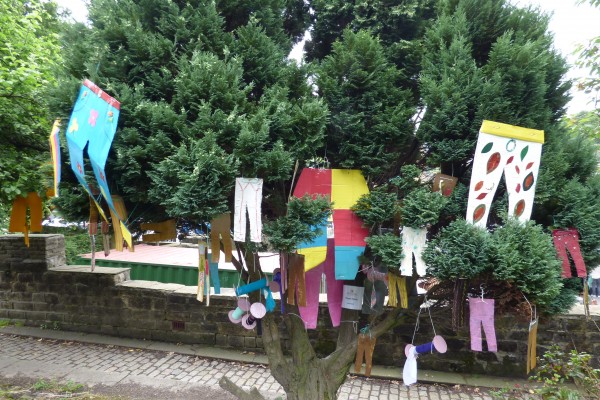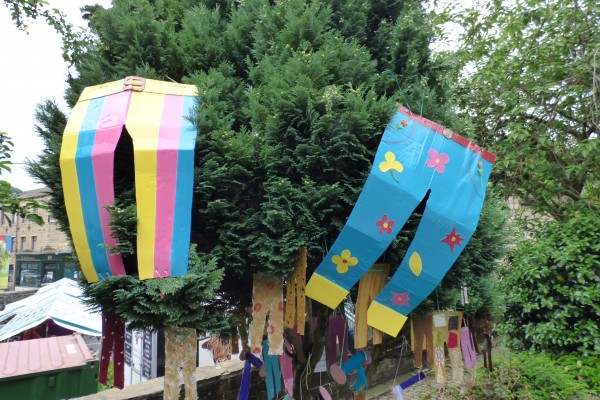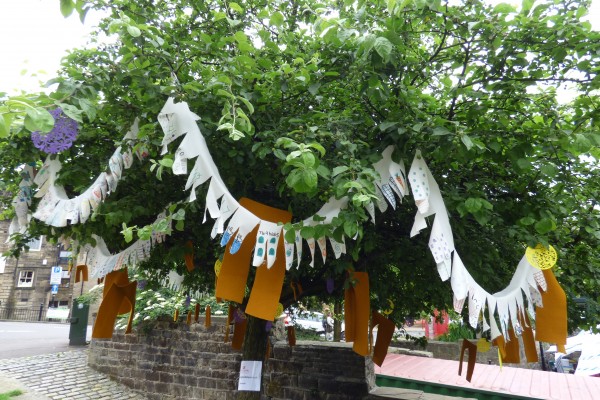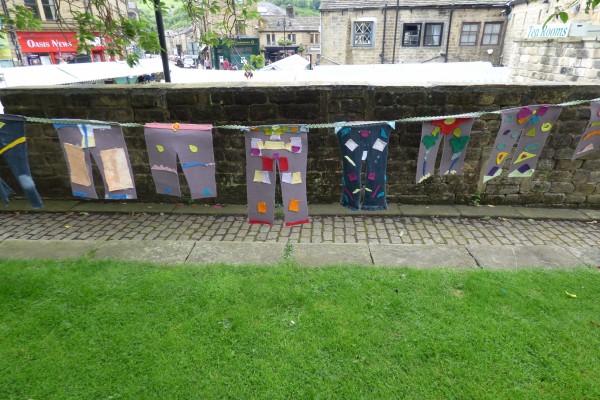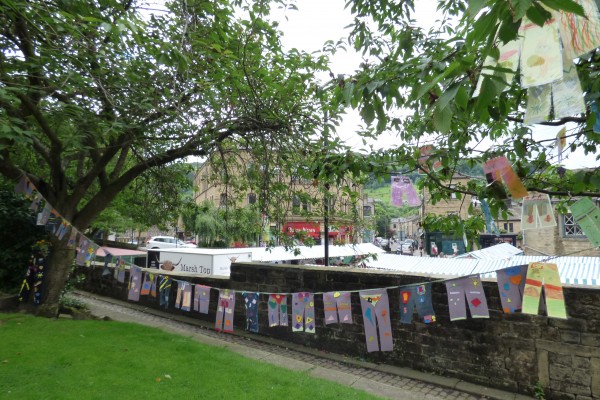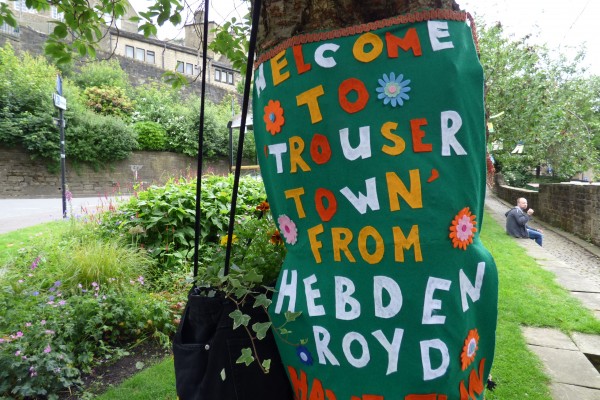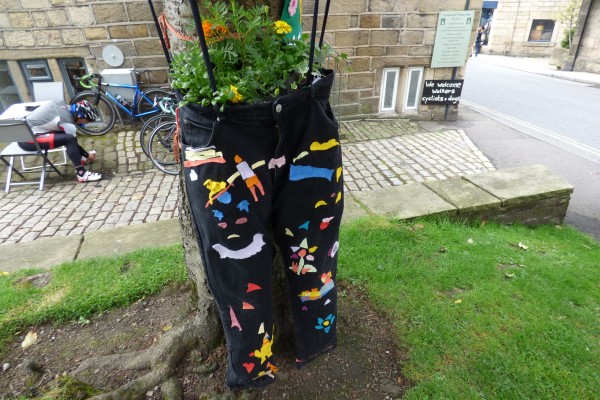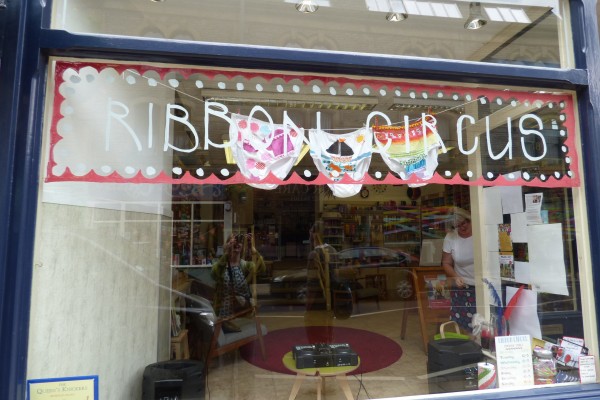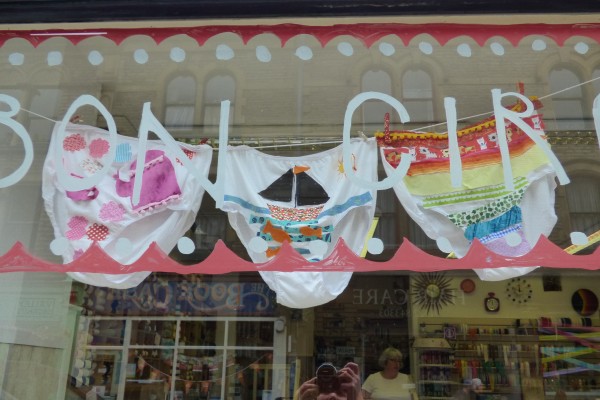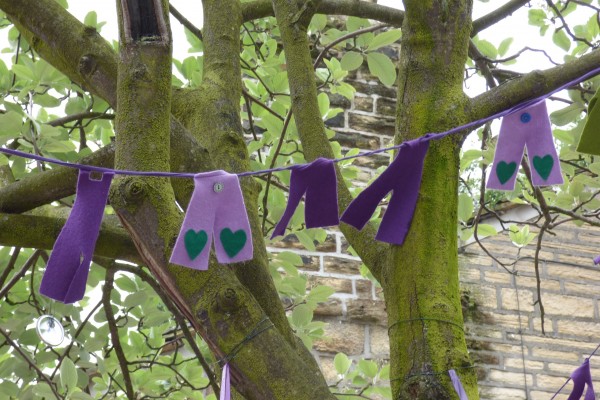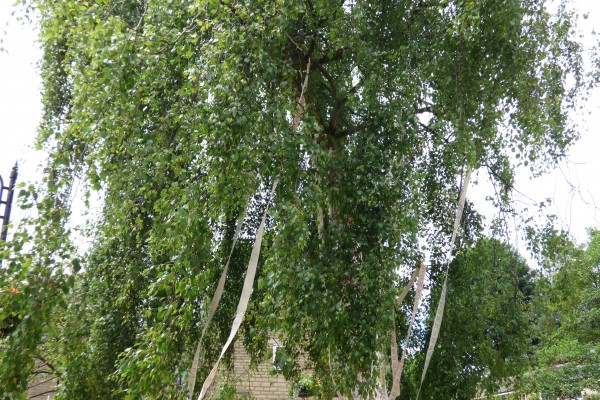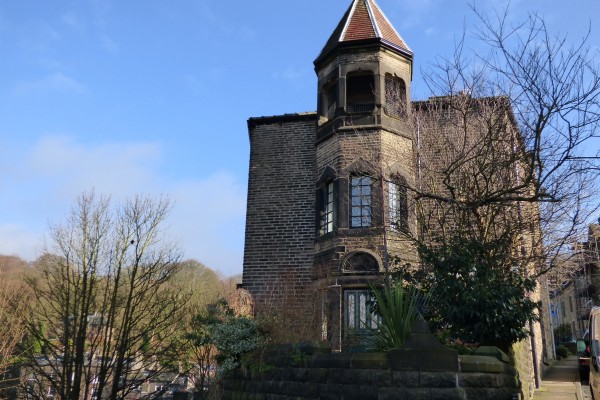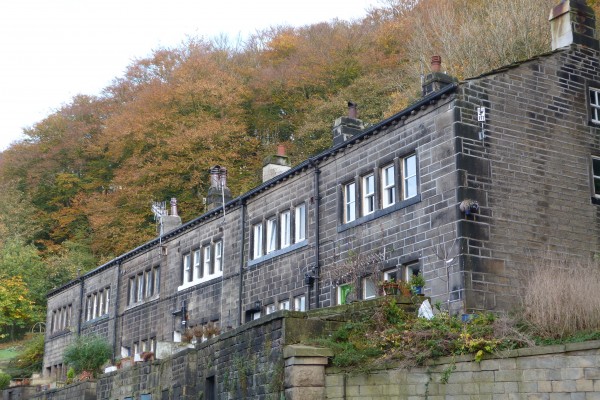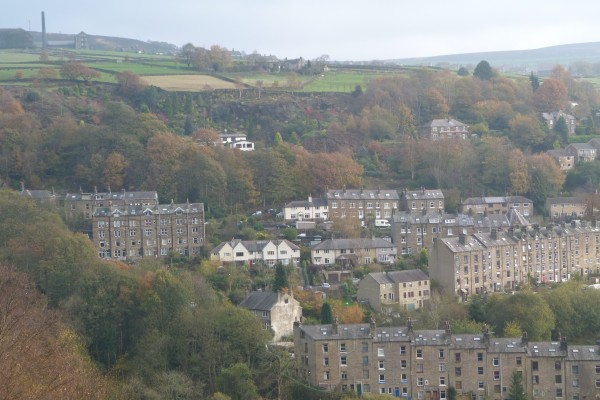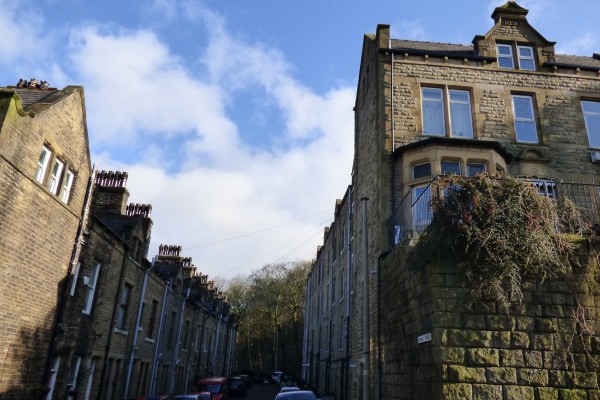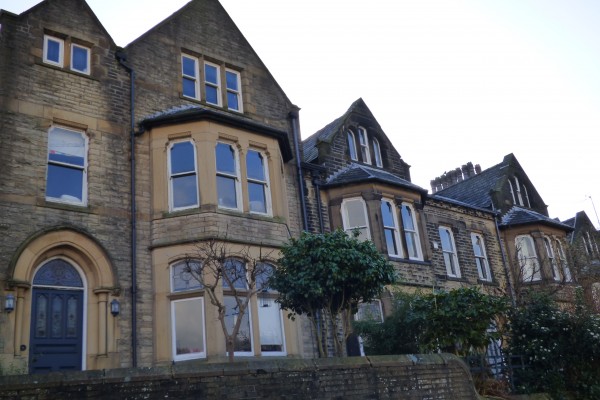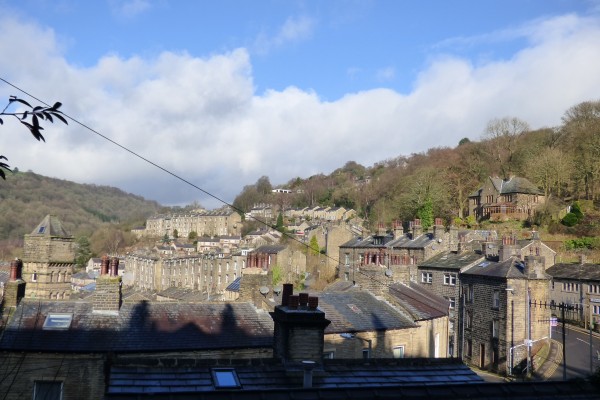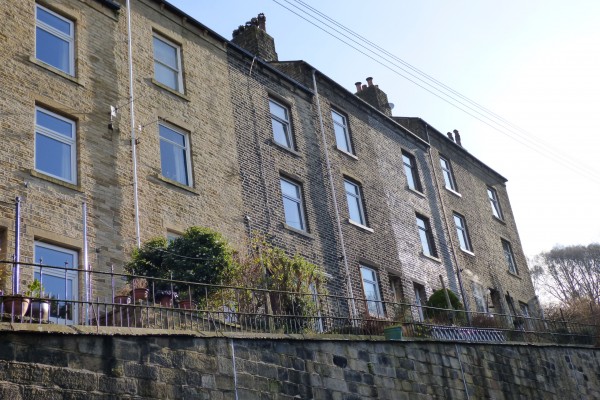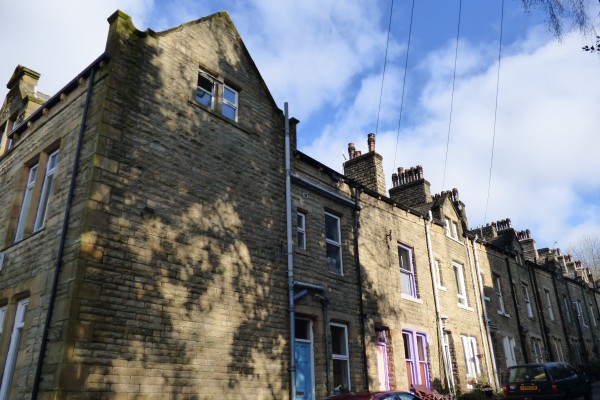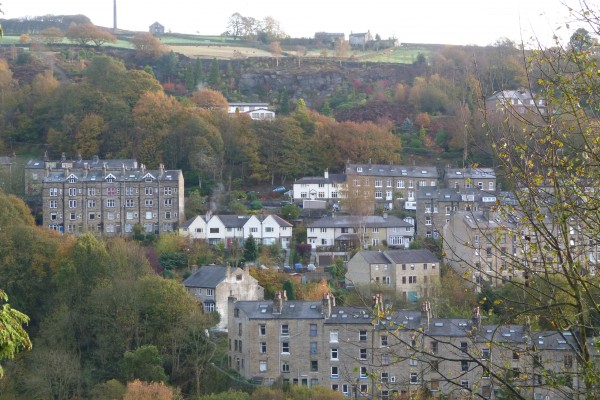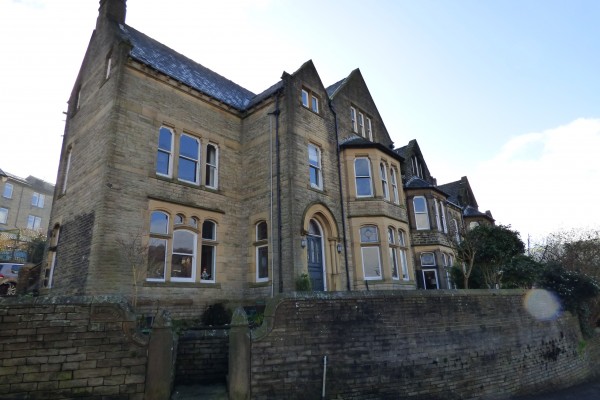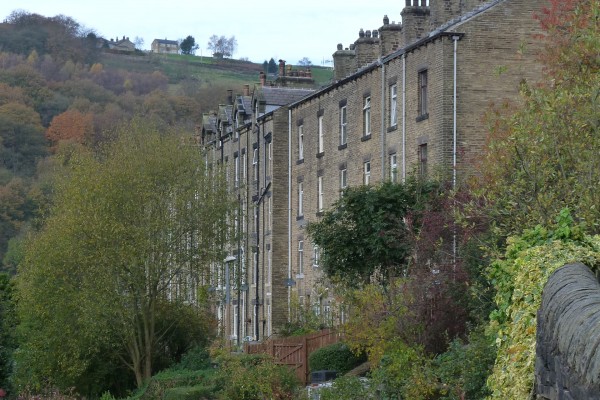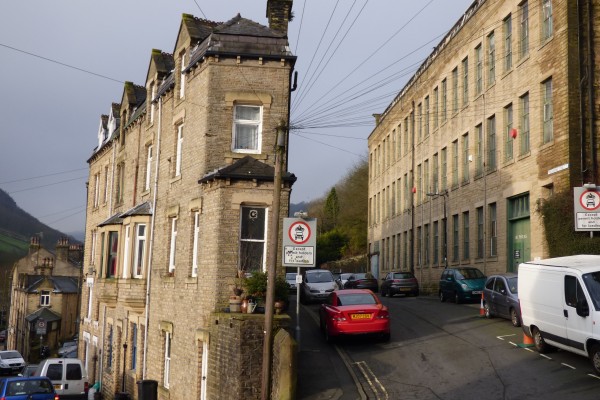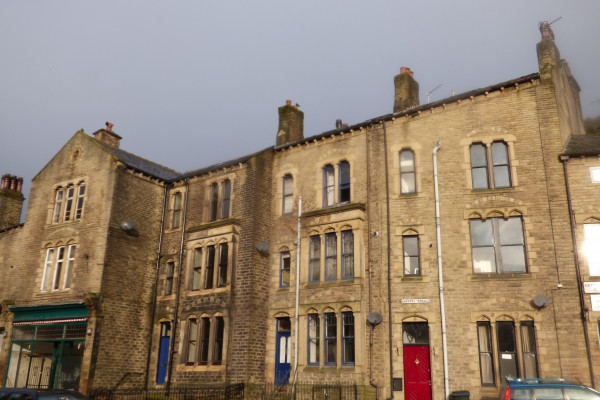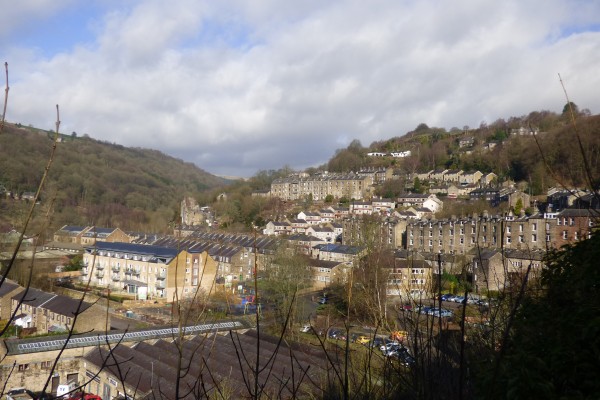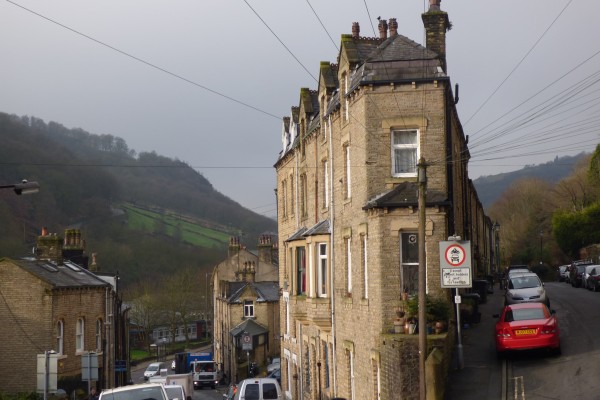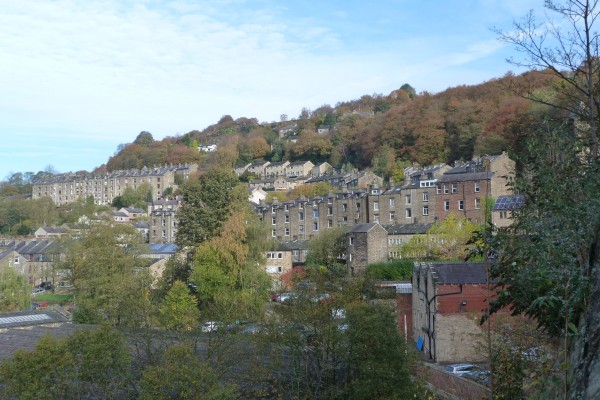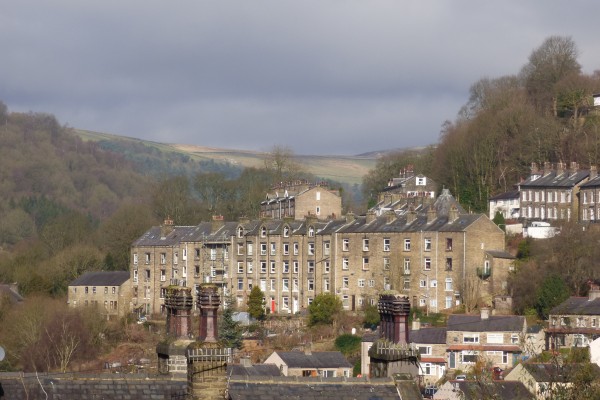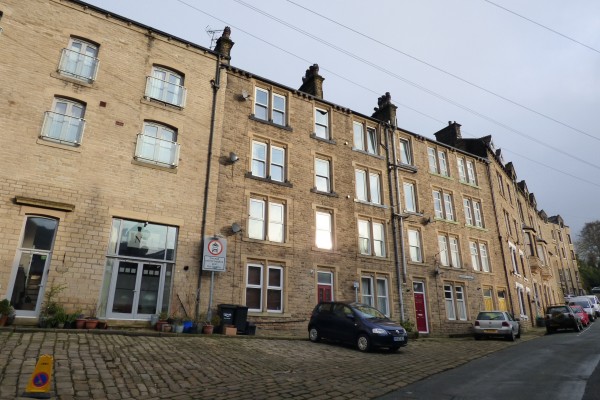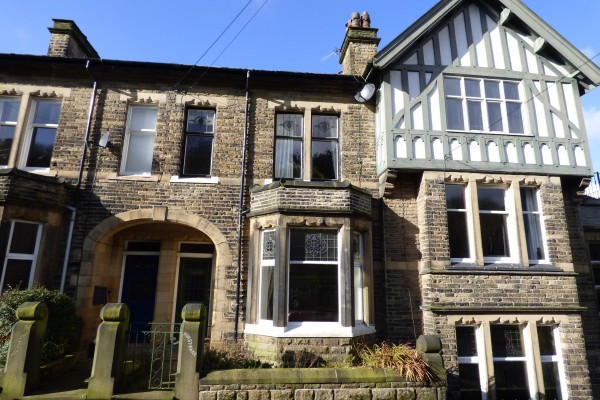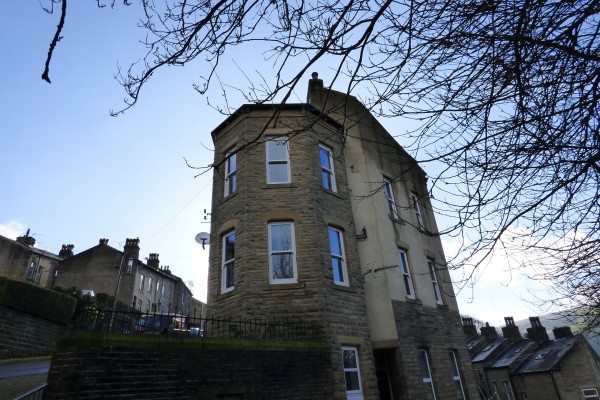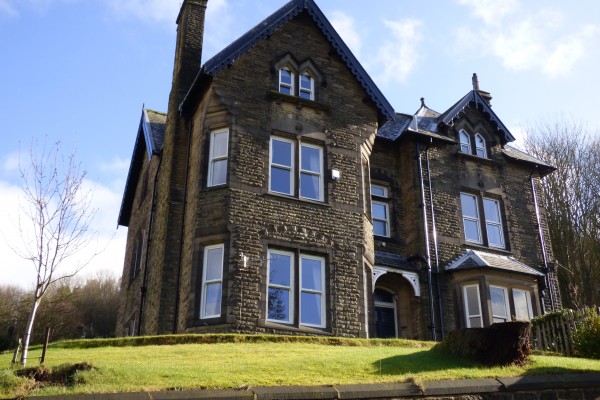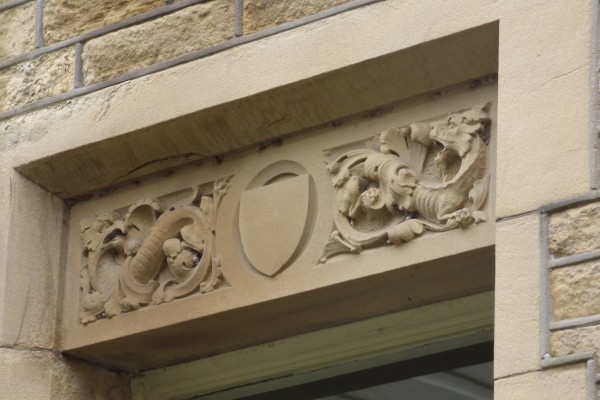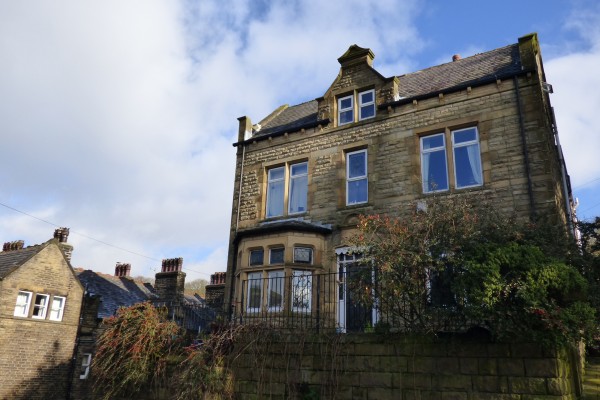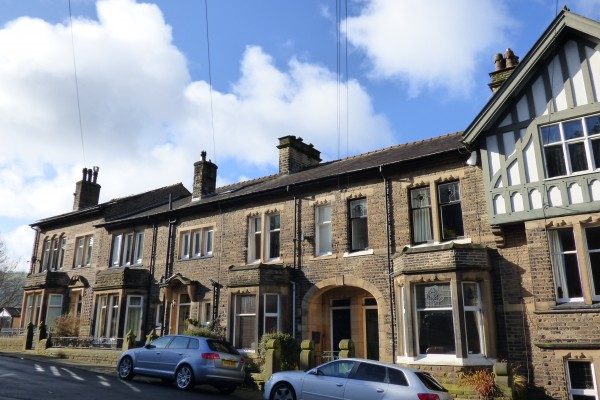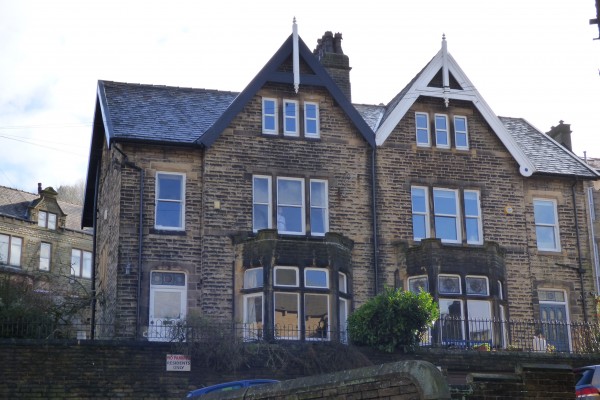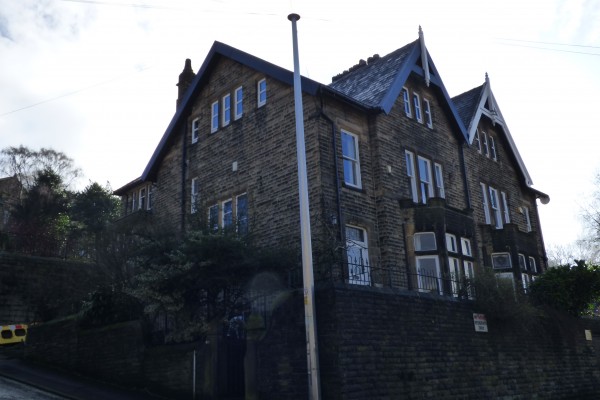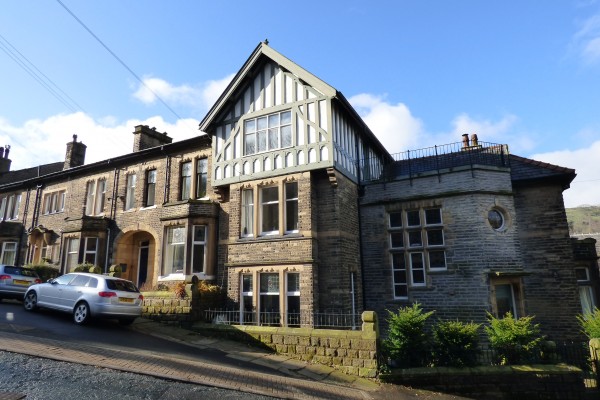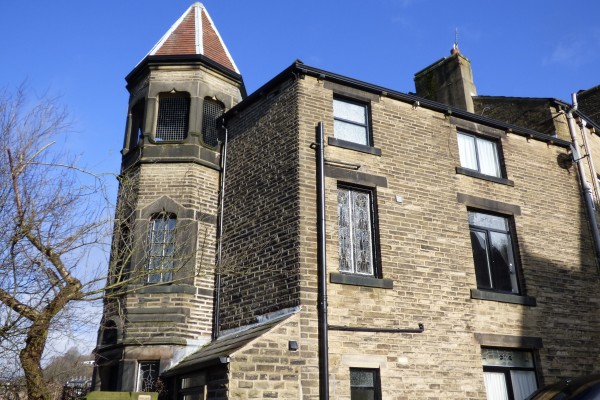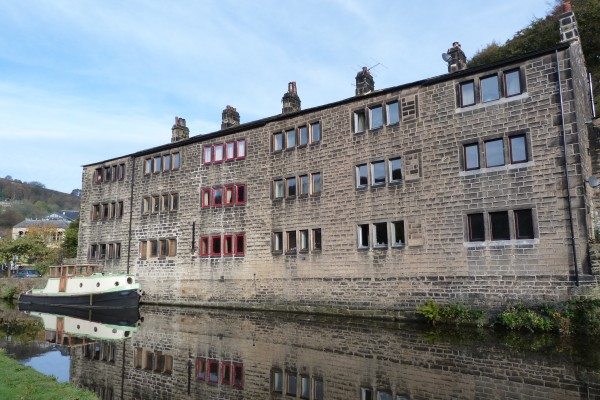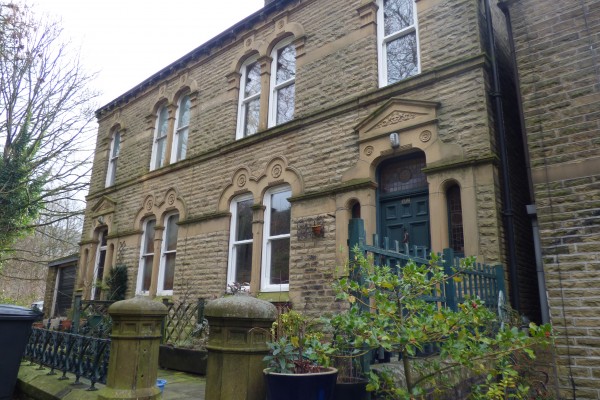Categories
- Architectural Gems
- Art & Design at Elmet
- Autumnwatch
- Barry the Barn Owl
- Birds & Wildlife
- Bluebells
- Bronte Sisters
- Canals
- Deer
- Fay Godwin & Martin Parr
- Film and TV Locations
- Galleries & Museums
- Gardens
- Gentleman Jack
- Hardcastle Crags
- Hay Meadows
- Heather
- Hebden Bridge
- Hebden Bridge Handmade Parade
- Hebden-Born and Bred
- Lambs
- Local Countryside
- Mid-Century Modern
- Springwatch
- Ted Hughes & Sylvia Plath
- Winterwatch
- Yorkshire Dales
-
Recent Posts
- Fountains Abbey and Studley Royal
- Hebden Bridge Handmade Parade
- Gentleman Jack
- Saltaire UNESCO World Heritage Site
- Birds of many Feathers
- Mid-Century Modern Design
- Brimham Rocks
- Snowmageddon
- The Old Ways – Limers Gate
- Architectural Gems of Leeds
- Glorious Gardens
- Piece Hall Halifax
- Bingley Five Rise Locks
- Heavenly Heather
- Walk on the Wild Side at Widdop
- Hiking in Hardcastle Crags
- Deer oh Deer!
- Making Hay while the Sun Shines
- Jumble Hole Clough
- Bluebell Bonanza
- Tree-mendous!
- Purple Haze
- Bilberry Stories
- Whoosh! Castle Carr Fountain
- Lovely Little Lambs
- Bluebellerama!
- River of Mist
- Delve into the Dales
- It’s Cold in Colden!
- 10 Facts about Hebden Bridge
- Parcevall Hall Gardens
- Higgledy Piggledy Hebden Houses
- Striding up Stoodley Pike
- Autumn in Luddenden Dean
- Marvellous Mid-Century Fabrics
- Hebden Bridge
- Ted Hughes and Remains of Elmet
- Barry the Barn Owl
Category Archives: Architectural Gems
Gentleman Jack
Anne Lister (1791 – 1840) of Shibden Hall, near Halifax – whose story is told in the major BBC TV series Gentleman Jack – was a remarkable woman; a landowner, business woman, diarist, mountaineer and traveller.
Celebrated today as the ‘first modern lesbian’, the diaries kept by Anne Lister from her teenage years until her death at the age of 49 run to around 5 million words. Tall and boyish, she dressed in black and wore her hair in tight curls on either side of her face. With her neck ruff, stout boots, black coat and round hat (rather than a bonnet) she looked distinctly masculine. Nicknamed ‘Captain Tom Lister’ locally during her lifetime, she was later referred to as “Gentleman Jack”.
Anne’s diary entries chronicle her daily life, as well as social, political and economic events and her business interests. Approximately one sixth of the diaries are written in code. This clever combination of Greek letters and algebraic symbols was referred to by Anne as her ‘crypt hand’. The crypt hand entries describe quite graphically Anne’s deepest emotions, her private affairs and relationships with a number of women, including the tactics she used for seduction.
Born on 3 April 1791, Anne Lister lived at Shibden Hall, 2 miles outside Halifax, from 1815 until her death in 1840. As well as rent from farms and cottages, the Shibden estate drew income from its reserves of coal, water, stone and timber. Further income was generated from canal shares, turnpike road trusts and pew rents. Anne inherited the estate in 1836 after the death of her Father and Aunt and made great changes to both Shibden Hall and the estate, adding to their size and grandeur.
Following a series of intimate relationships with female friends over the years, which often ended unhappily, Anne was keen to find a ‘wife’ to live with her at Shibden Hall. In 1832 Anne became reacquainted with Ann Walker, a wealthy young heiress who had inherited the nearby Crow Nest Estate. Their friendship developed rapidly, the two became lovers and Ann Walker came to live at Shibden Hall in 1834.
Anne Lister’s story is told in an 8-part BBC/HBO co-production called Gentleman Jack, starring Suranne Jones as Anne Lister and Sophie Rundle as Ann Walker. Written by BAFTA award-winning screenwriter Sally Wainwright (of Happy Valley and Last Tango in Halifax fame), who grew up in Calderdale, Gentleman Jack was filmed at Shibden Hall and the surrounding area. For more information about the film locations used in the series, please click here.
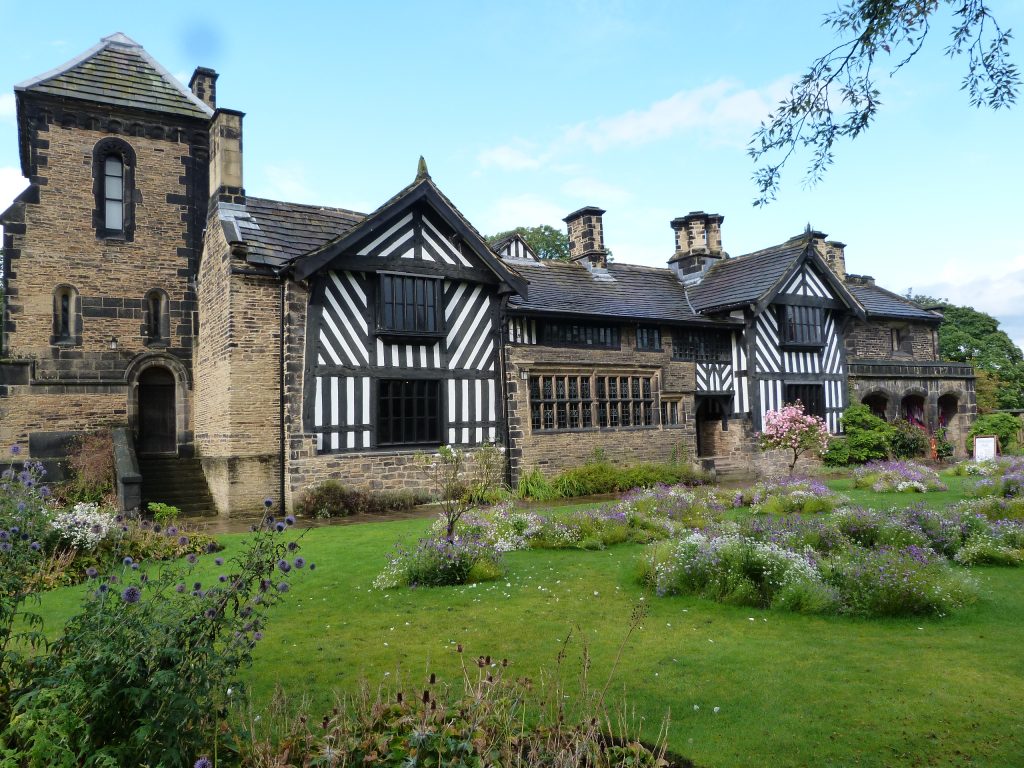
Shibden Hall, which dates back to the 15th century, is run by Calderdale Museums and is open to visit. For further information about Shibden Hall, please click here
Saltaire UNESCO World Heritage Site
Saltaire near Shipley – only 16 miles from Elmet Farmhouse – is great place for a day out. A model village built in the mid 19th century by the philanthropic industrialist Sir Titus Salt (1803-1876), it was created to provide high-quality housing for the thousands of workers at Salt’s Mill, his huge complex of textile factories next to the River Aire.
Almost every aspect of this extraordinary development was the brainchild of this visionary man, from the magnificent Italianate Salt’s Mill (1853) designed by Lockwood and Mawson, to the elegant Congregational Church (1859) with its circular tower, and the imposing Saltaire Institute, 1869, flanked by four majestic carved stone lion sculptures by Thomas Milnes. Saltaire is so unusual and well-preserved that the whole village has been designated as a UNESCO World Heritage Site.
Take a walk around the village and admire the handsome stone terraced houses designed in a variety of different styles. Don’t miss the shops and cafes on Victoria Road in Saltaire Village and the regular vintage fairs in the grand Victoria Hall. There’s more to see in Roberts Park (opened in 1871) across the footbridge over the river, where you can watch the cricket, stroll along the promenade, listen to the band or take tea in the Half Moon Cafe. Nearby Shipley Glen Tramway, dating from 1895, is open during the summer months.
Salt’s Mill
Although the textile industry is long gone, Salt’s Mill has been resurrected as an exciting cultural and creative hub. Beautifully restored, it houses a dynamic complex of galleries, shops and restaurants, including two enormous bookshops, an antiques centre, a buzzing diner and a design shop called The Home.
A unique feature of Salt’s Mill are the hundreds of works of art by multi-talented Bradford-born artist David Hockney, informally displayed all over the building. Hockney’s work is lively and colourful, and the work on show spans his long and varied career, including paintings, prints, photomontages and posters, as well as his latest digital paintings created using an ipad.
Complementing Hockney’s vibrant paintings is an exuberant collection of Victorian ceramics made by the Burmantofts Pottery in Leeds. Decorated with brightly-coloured glazes, these large pots are a visual delight and reflect another aspect of the creativity in the West Riding.
Saltaire’s Textile Heritage
Saltaire’s textile heritage is recorded in a fascinating series of paintings by Leeds-born artist Henry Carr R.A. illustrating textile manufacturing processes. Specially commissioned by Salt’s Mill between 1957-59, many of the paintings are on unusual irregular-shaped canvases. They accurately record each stage of the manufacturing process, from sorting, scouring and combing the wool, to spinning the yarn and weaving the cloth, to dyeing and inspecting the fabric. Recently restored, these wonderful paintings are now displayed in various parts of the mill.
Salt’s Mill, Saltaire BD18 3LA. Tel 01274 531163. www.saltsmill.org.uk
Saltaire Village: www.saltairevillage.info/
© Text and photographs copyright Lesley Jackson
Birds of many Feathers
Birds of many feathers flock together in the hills and dales around Hebden Bridge
Whether you’re a serious birdwatcher or simply enjoy observing garden birds, there’s a wealth of birdlife in the hills and dales around Hebden Bridge. Because of its hilltop location, Elmet Farmhouse is the perfect place for birdwatching. Surrounded by meadows, with woods and rivers in the valley below and open moorland on the uplands above, there’s an unusually diverse array of species in close proximity.
From golden plovers, lapwings and curlews up on ‘the tops’, to kestrels, swallows and pheasants in the fields, to woodpeckers, tawny owls and treecreepers in the woods and herons, dippers and grey wagtails by the river, there’s great scope for bird-watching in the Upper Calder Valley. These photos record some of the birds we’ve encountered locally in the last few years.
Blue Tit
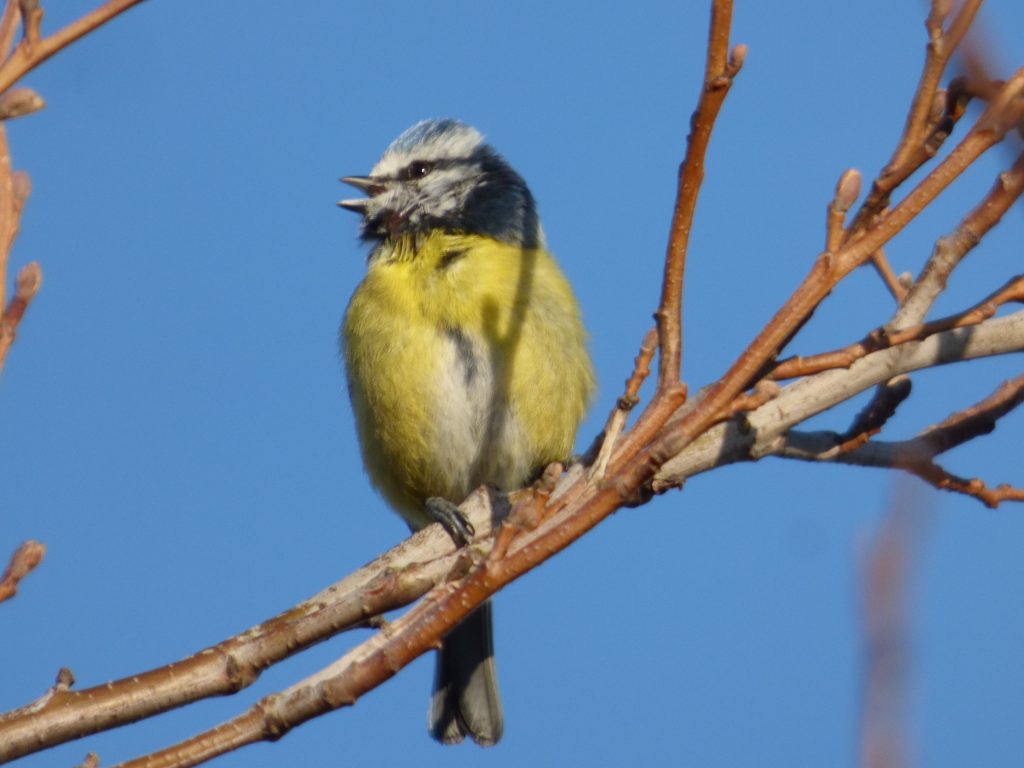
Barn Owl

Black-headed Gull

Blackbird
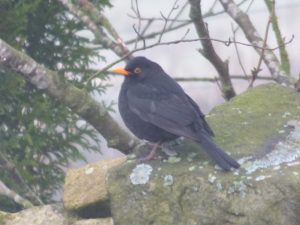
Buzzard

Canada Goose
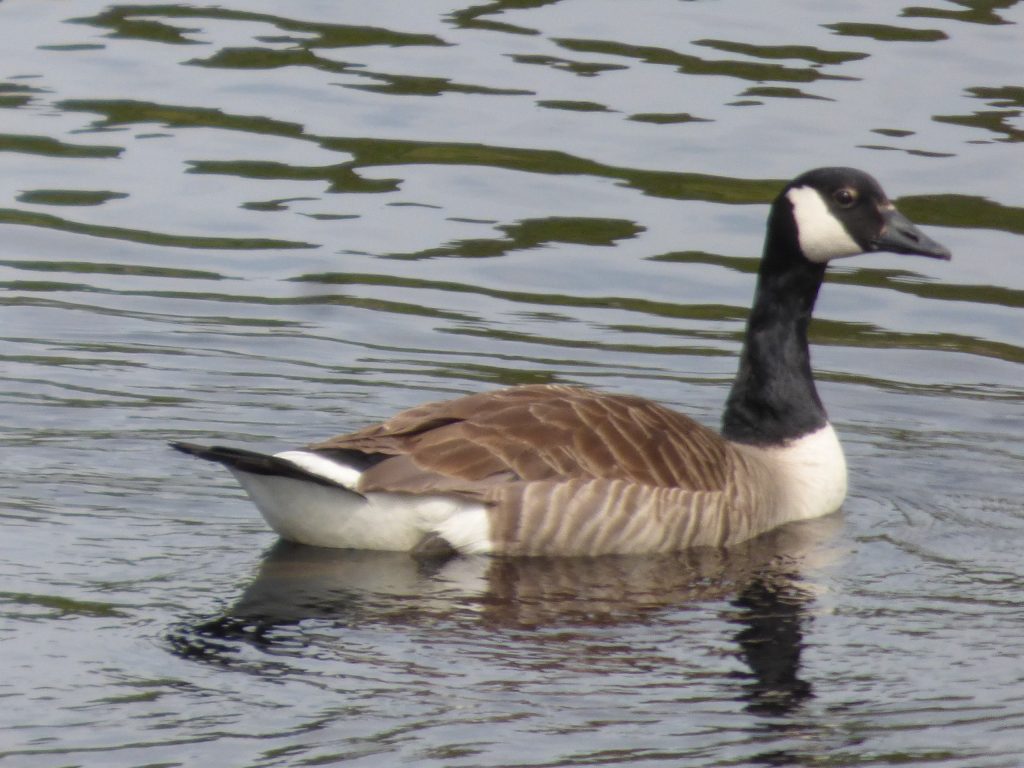
Chaffinch
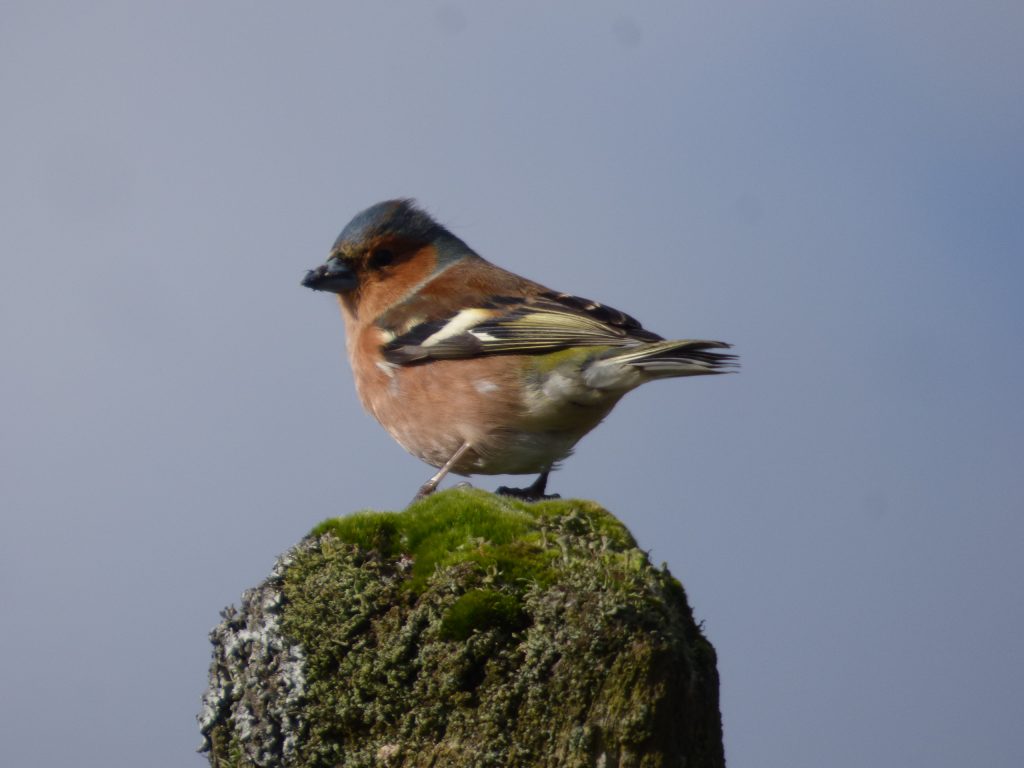
Chiffchaff
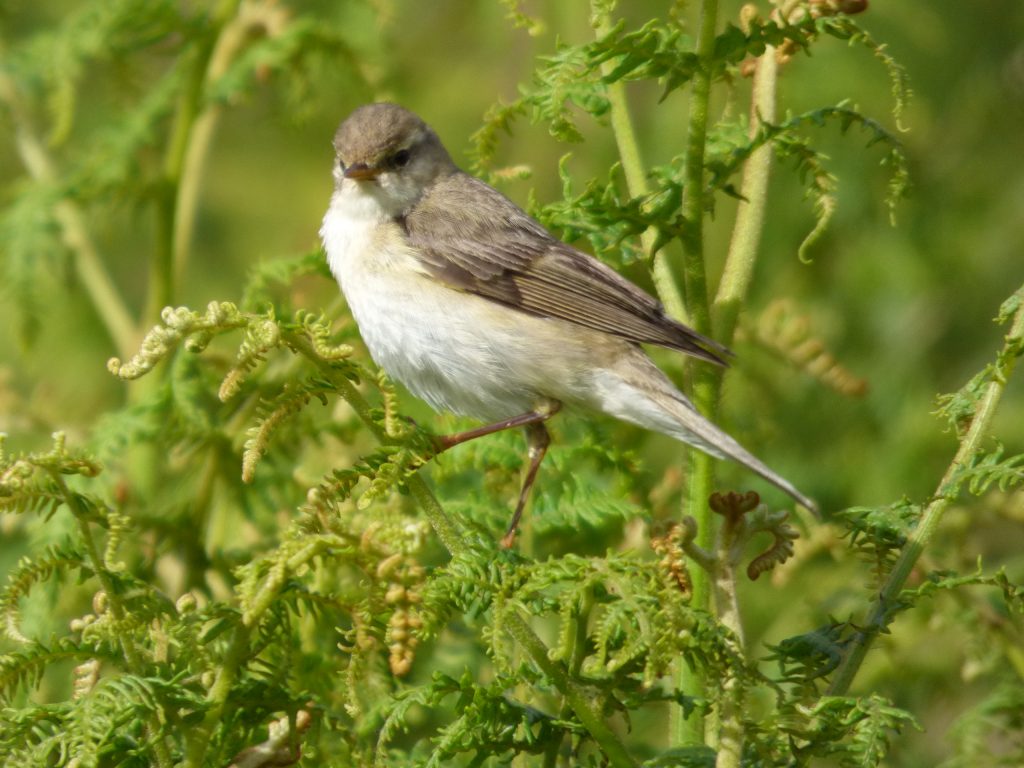
Coal Tit
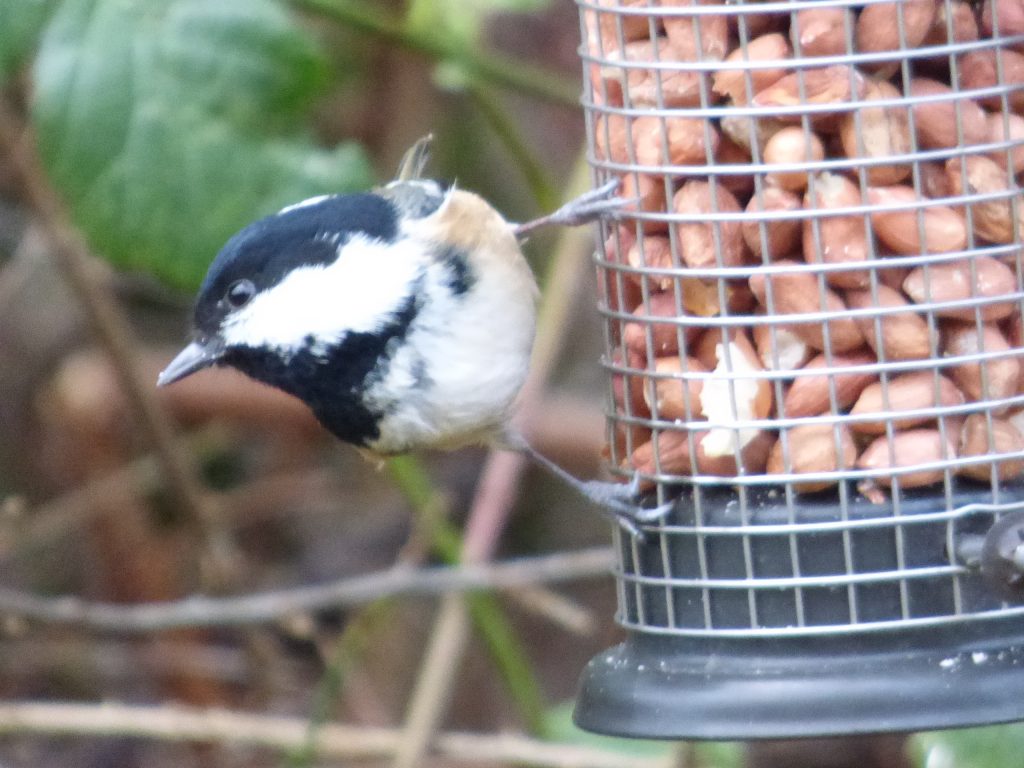
Curlew

Dipper

Dunnock
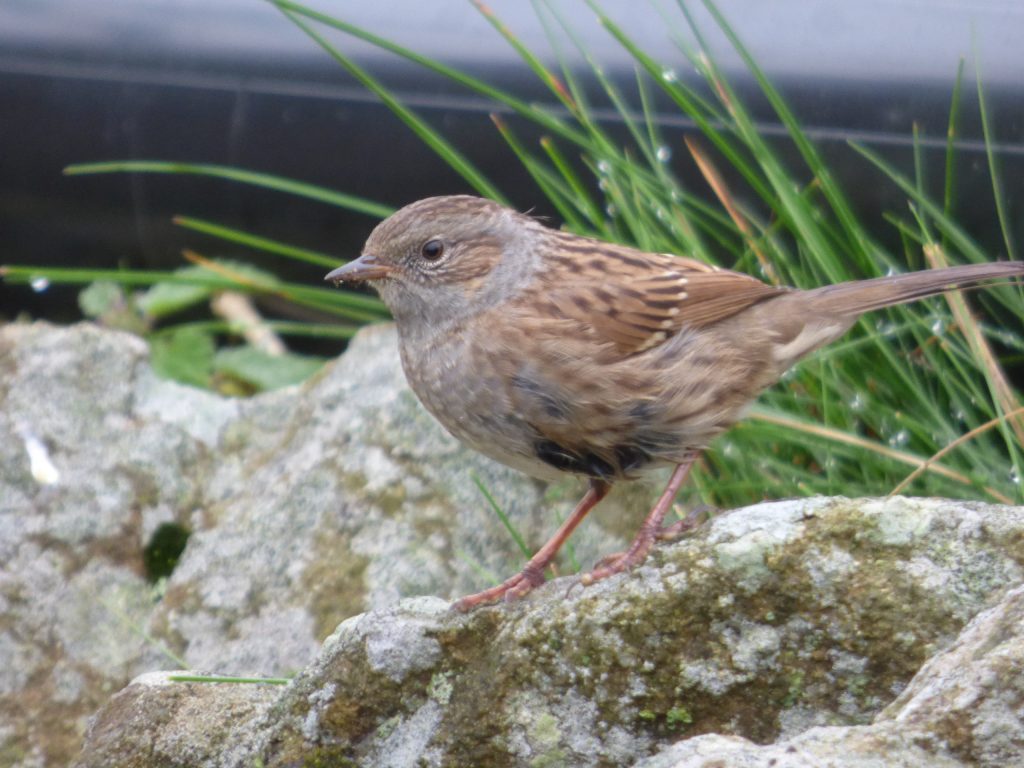
Fieldfare
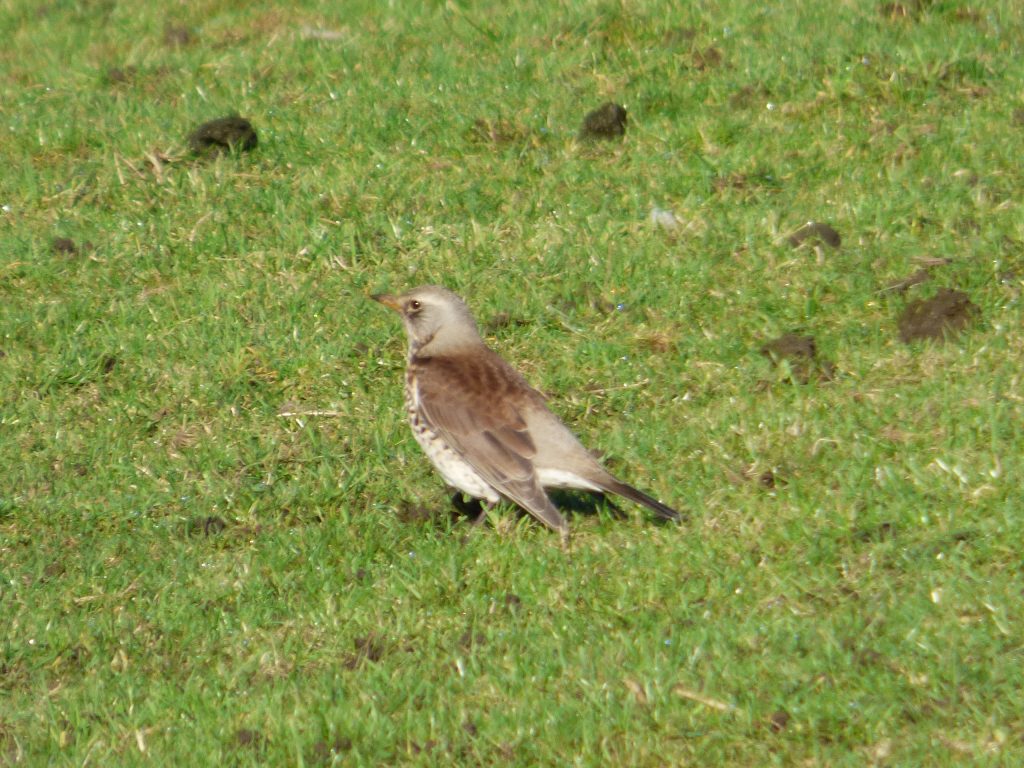
Gadwall Duck
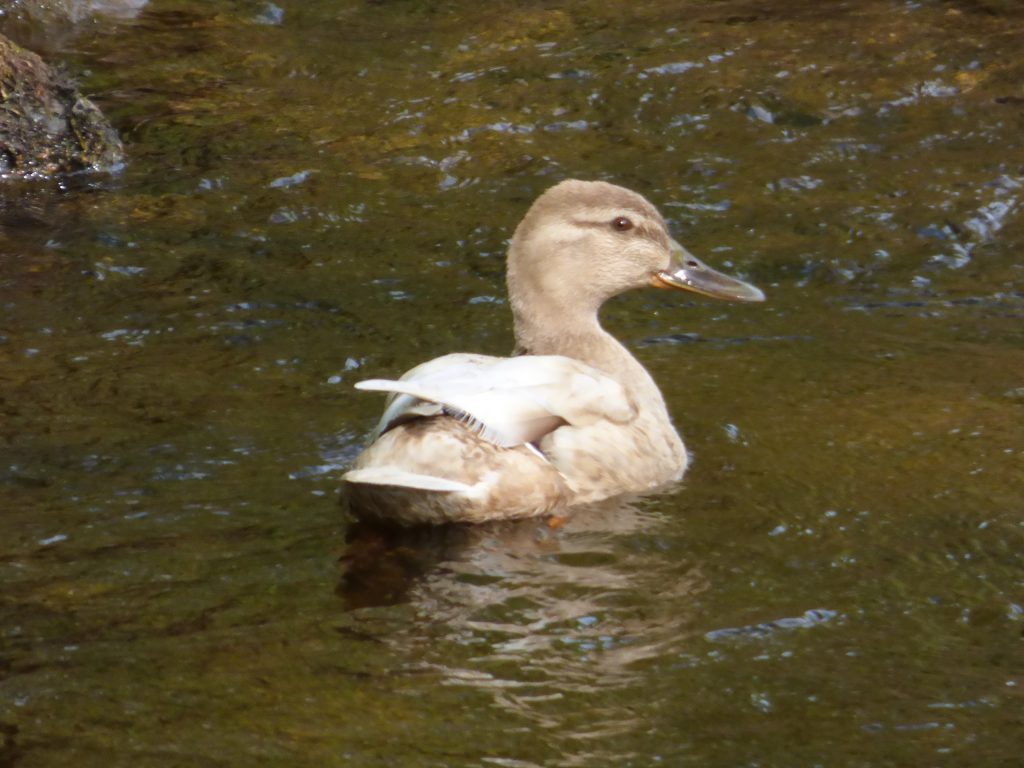
Goldcrest
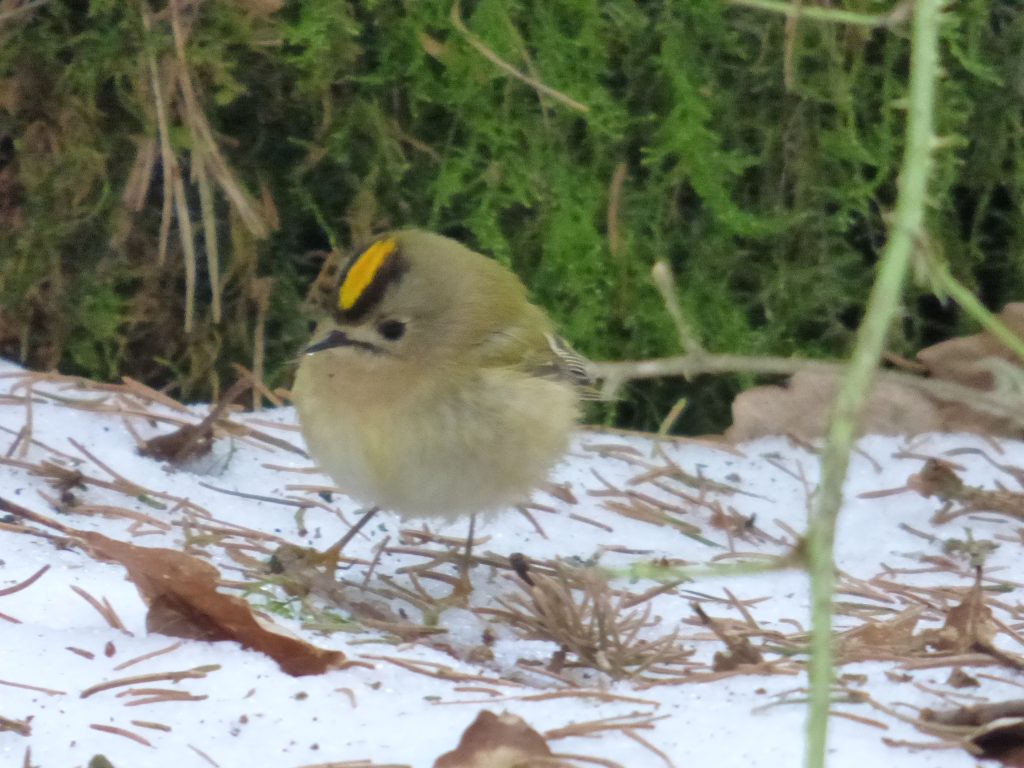
Golden Plover

Goldfinch

Goosander
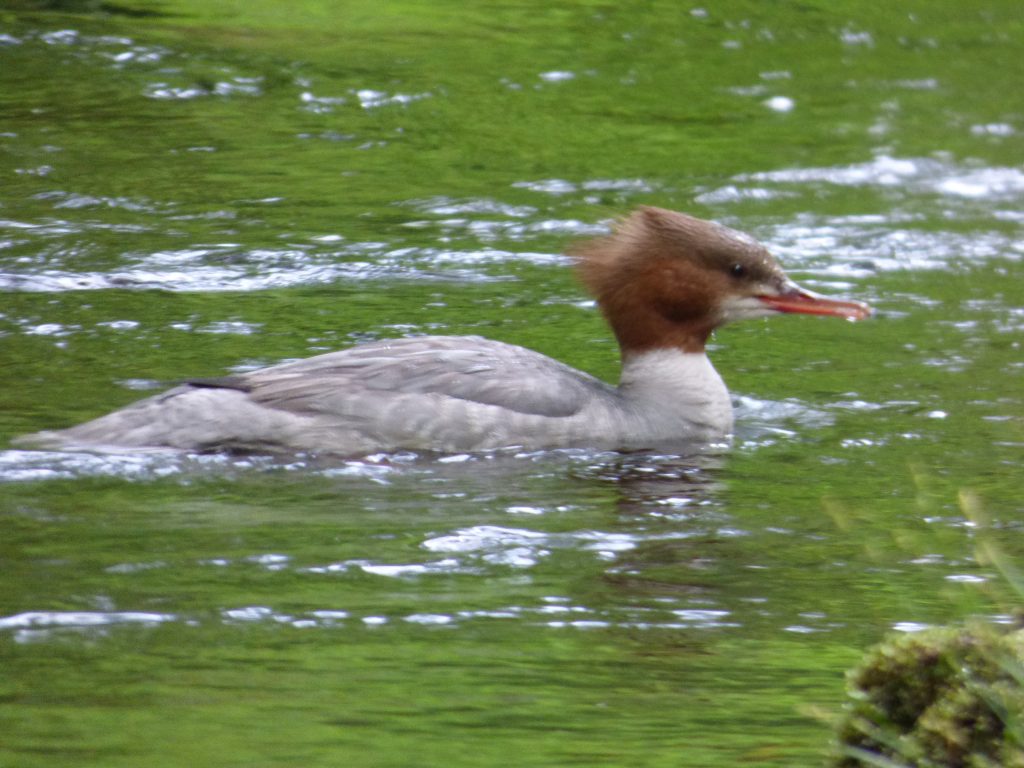
Great Spotted Woodpecker
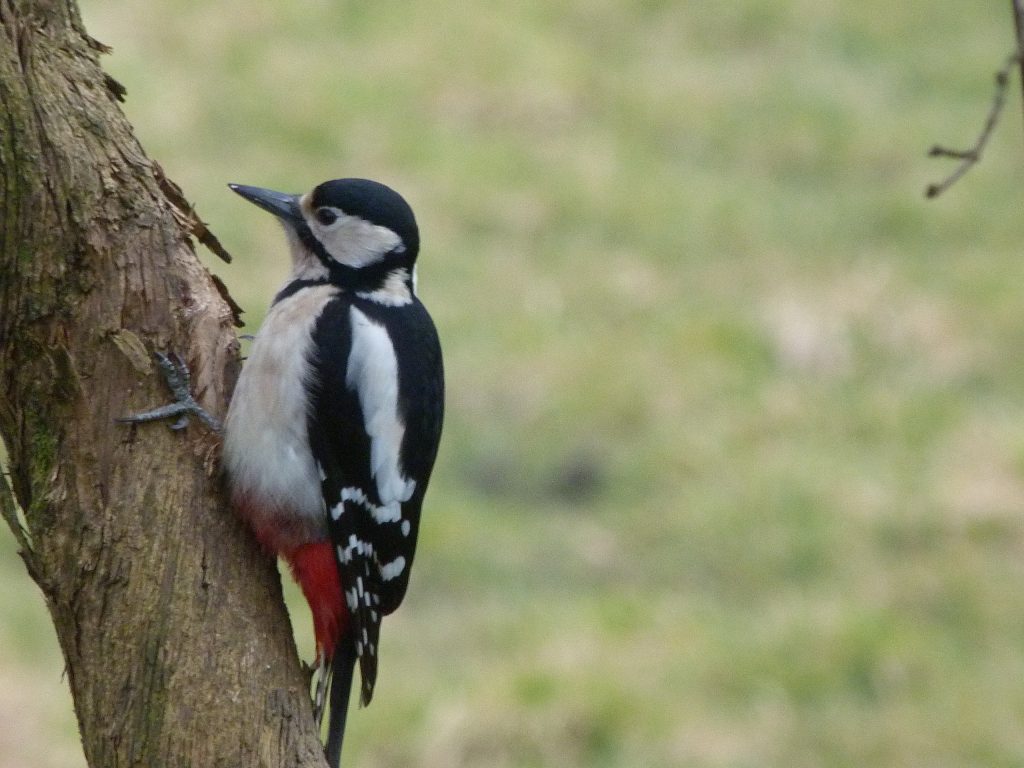
Great Tit
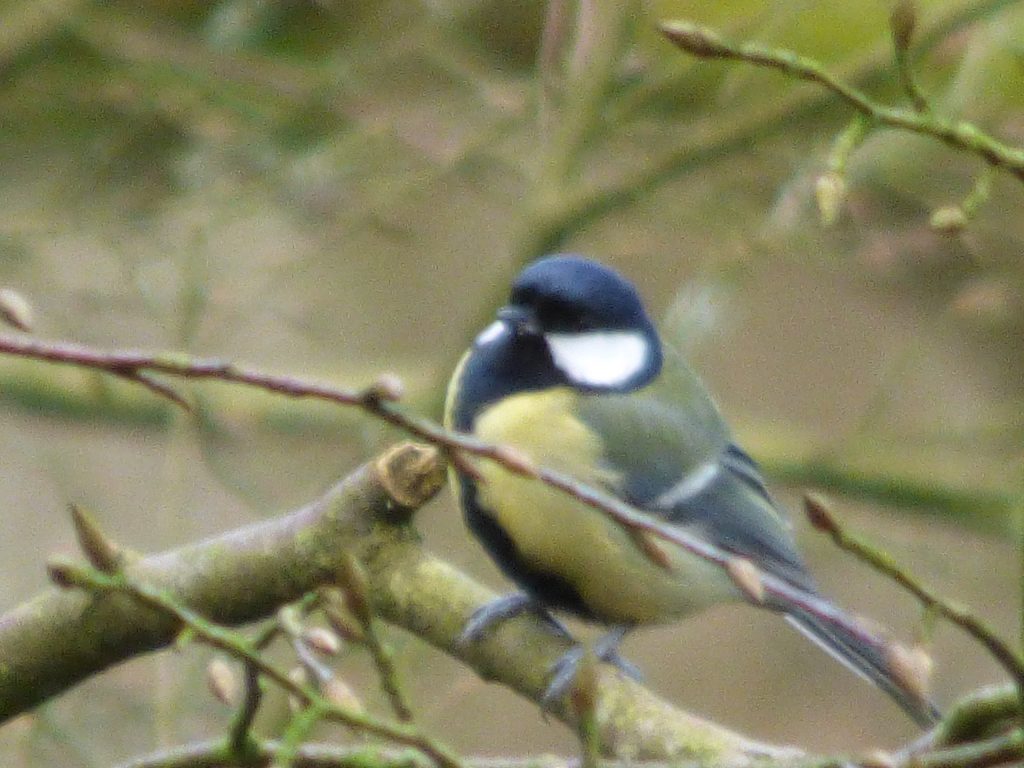
Green Woodpecker
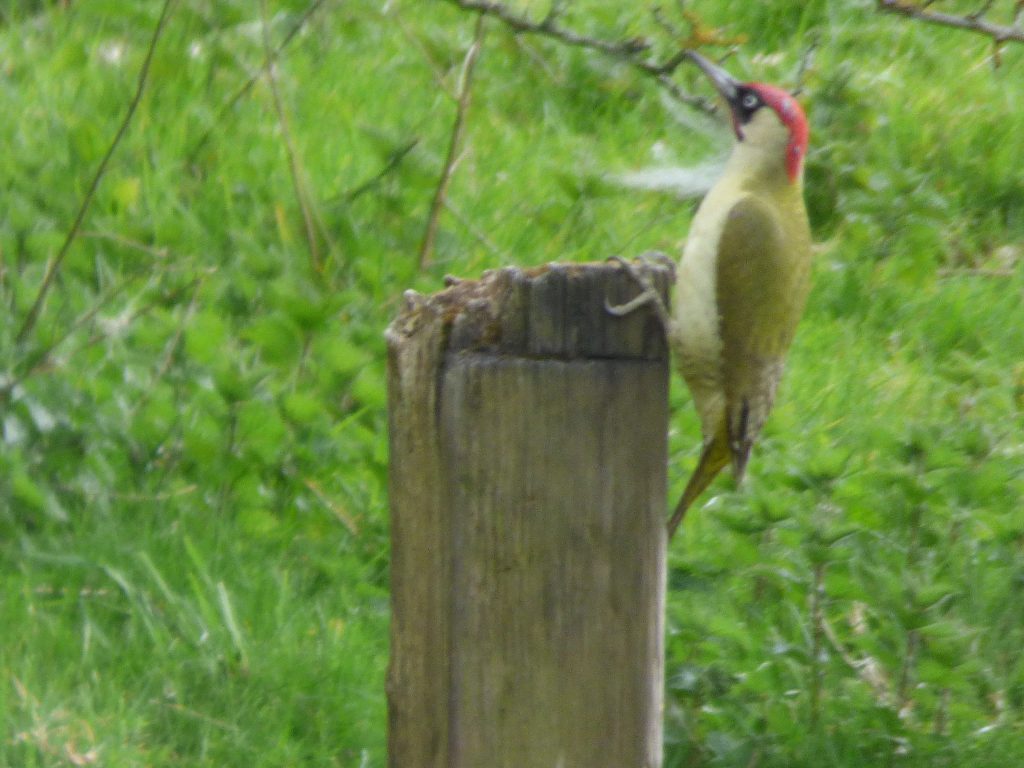
Greenfinch
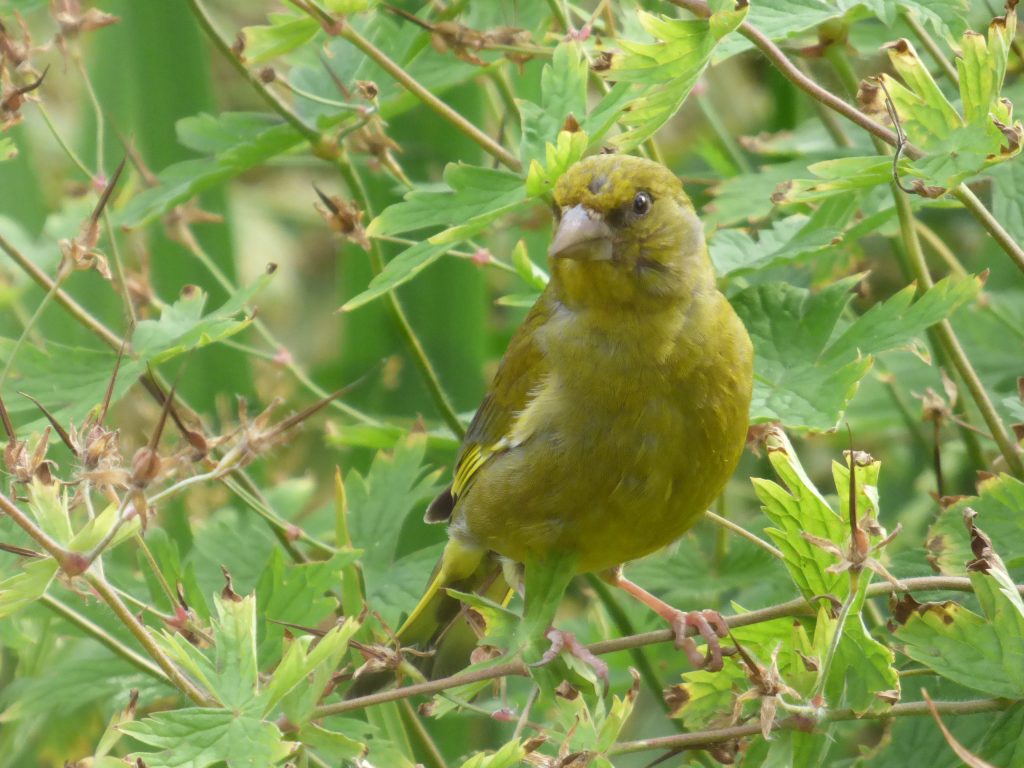
Grey Heron
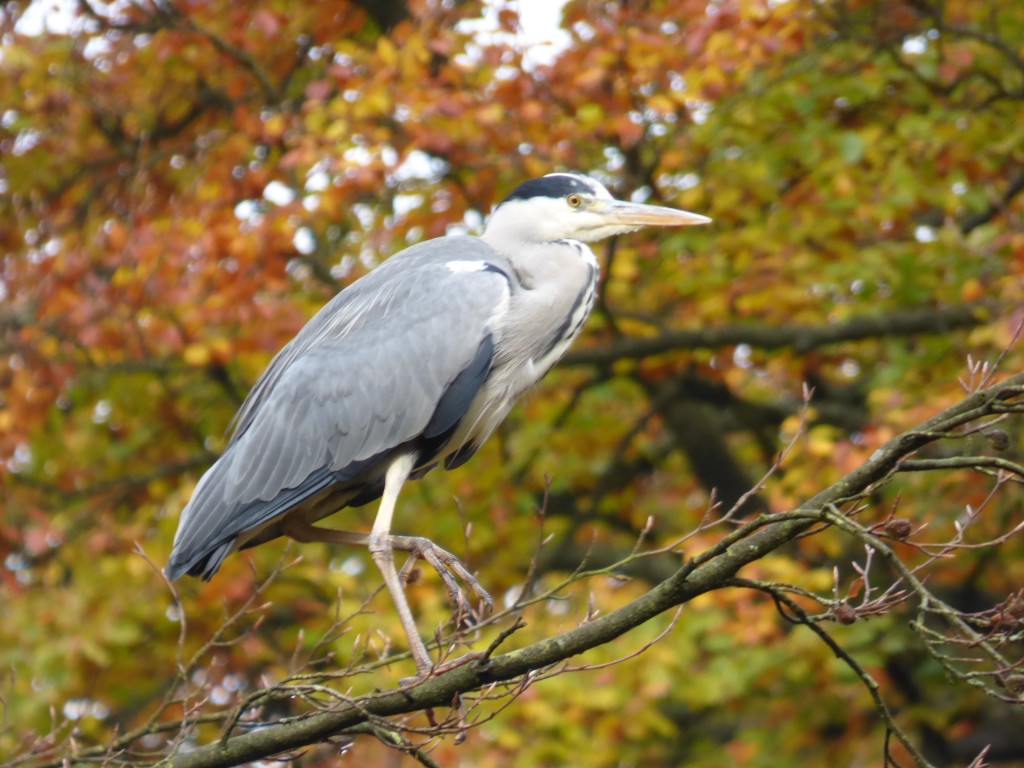
Grey Wagtail
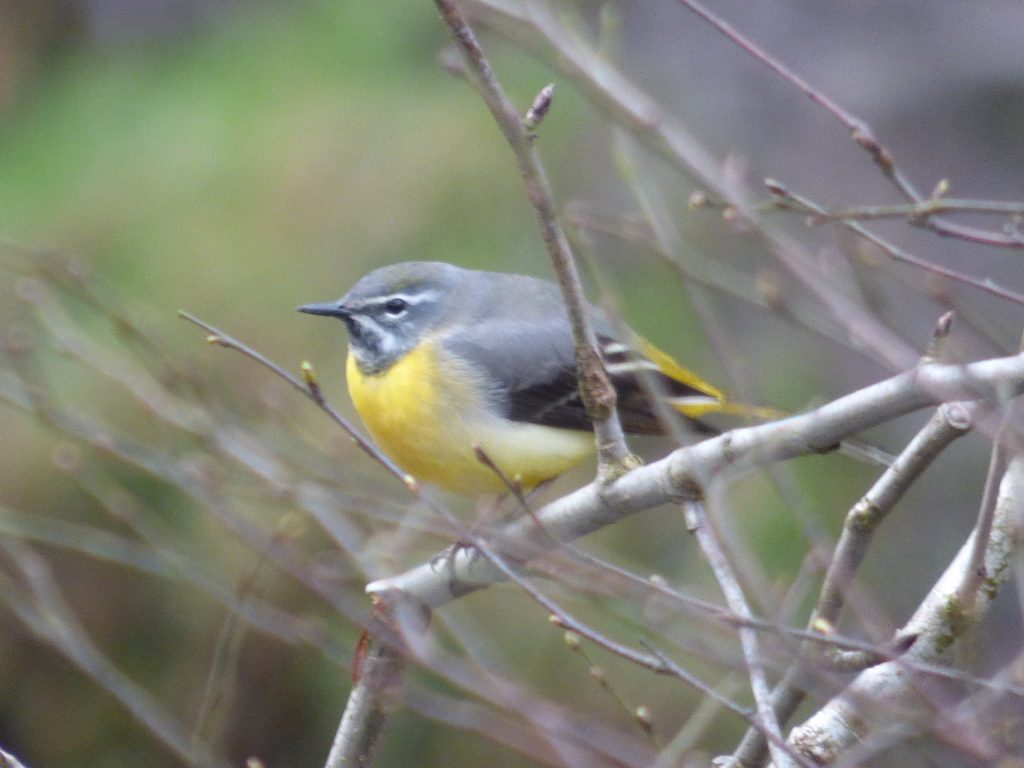
Greylag Goose
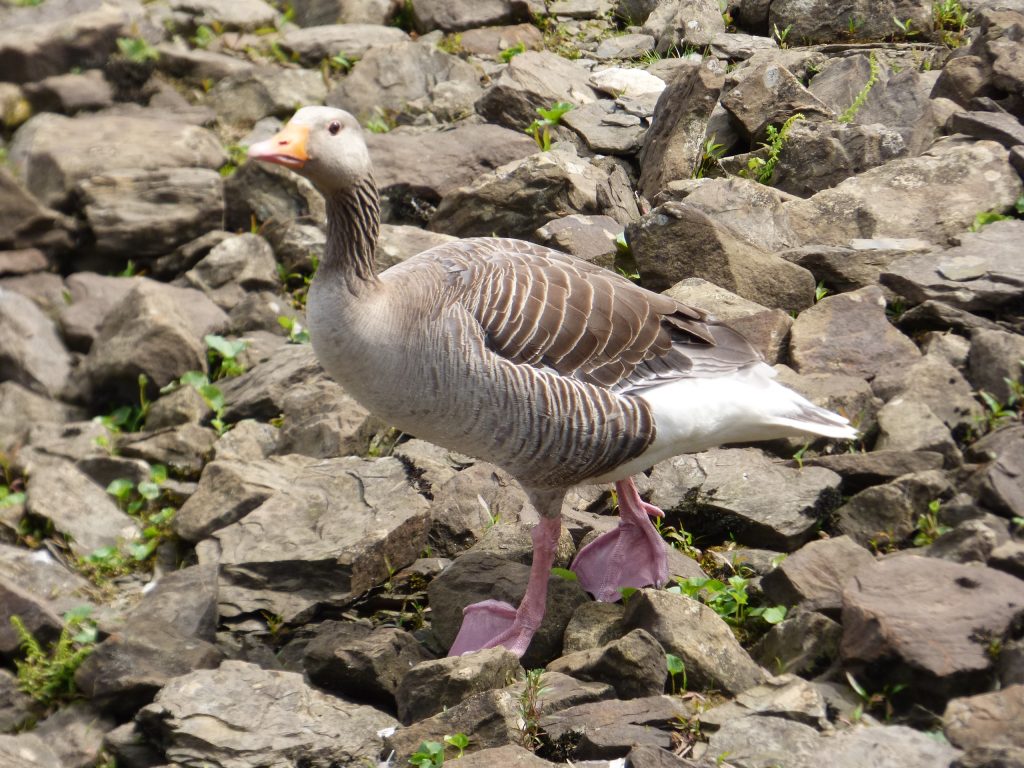
Guinea Fowl
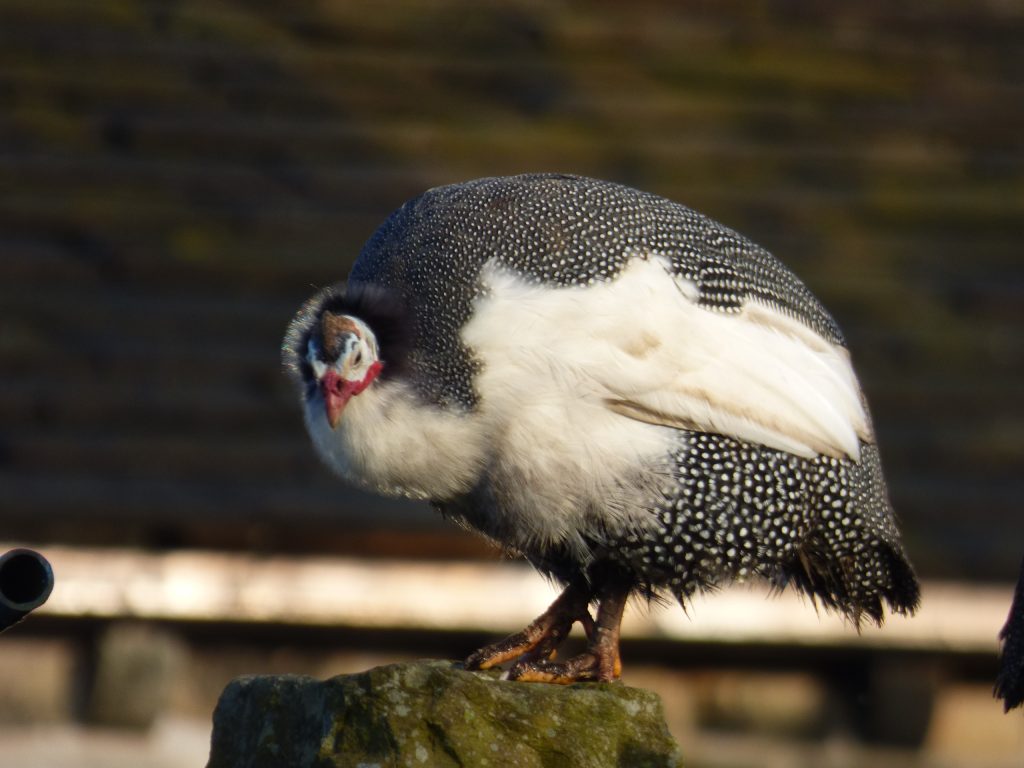
Herring Gull
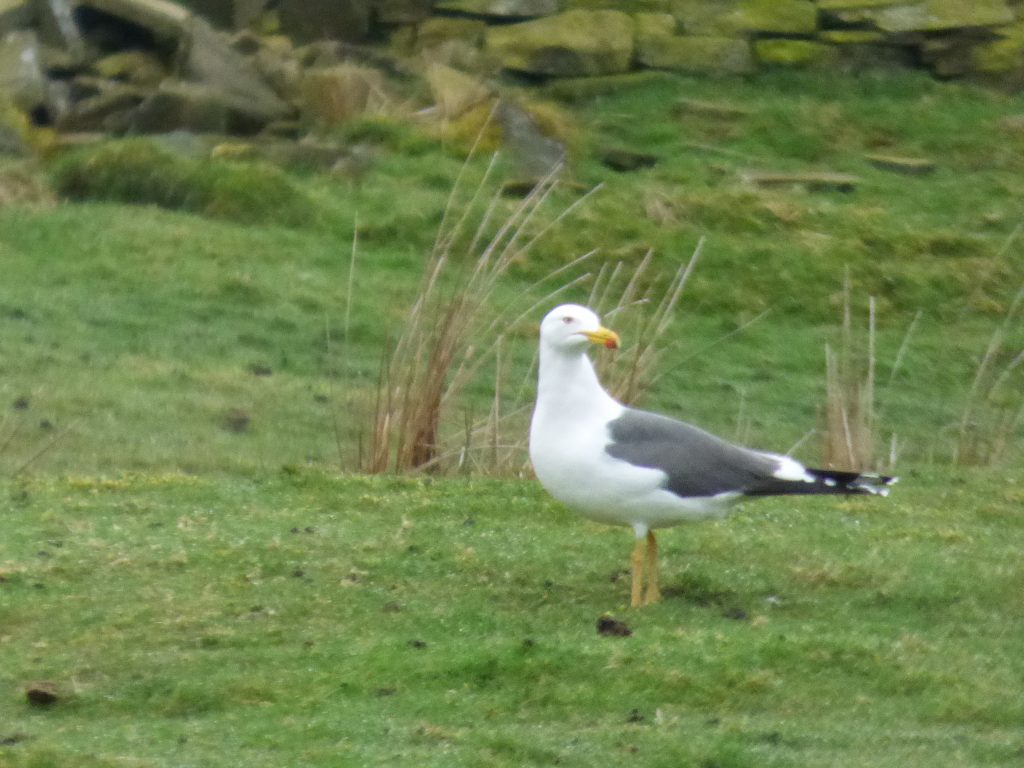
House Sparrow
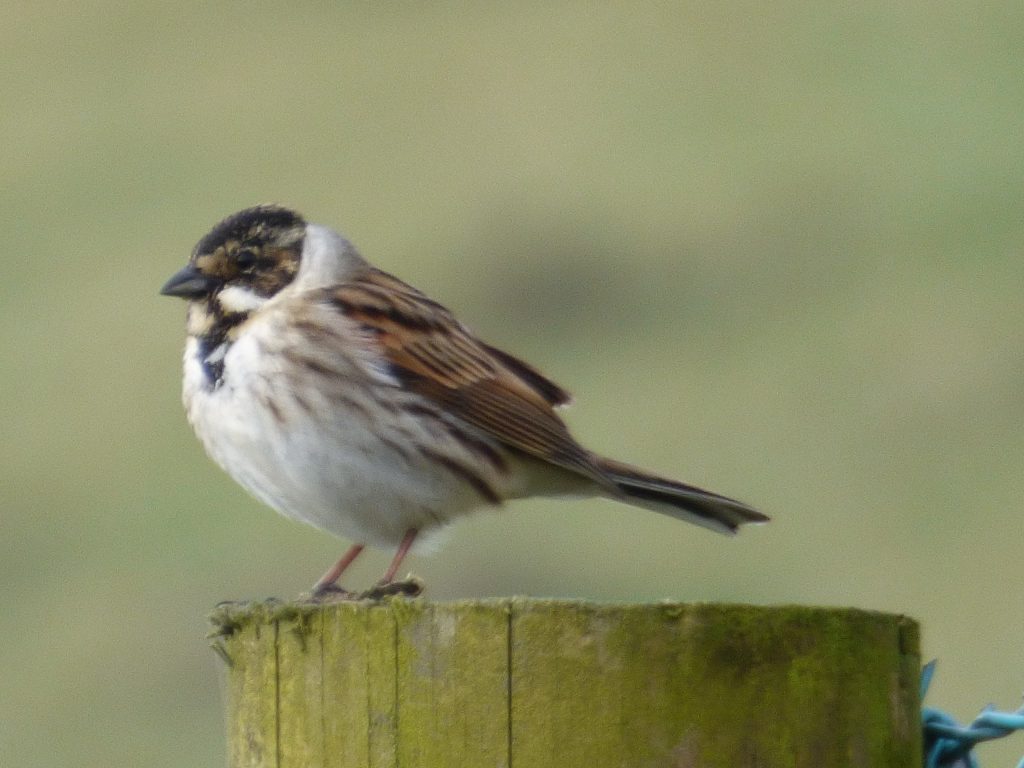
Jackdaw
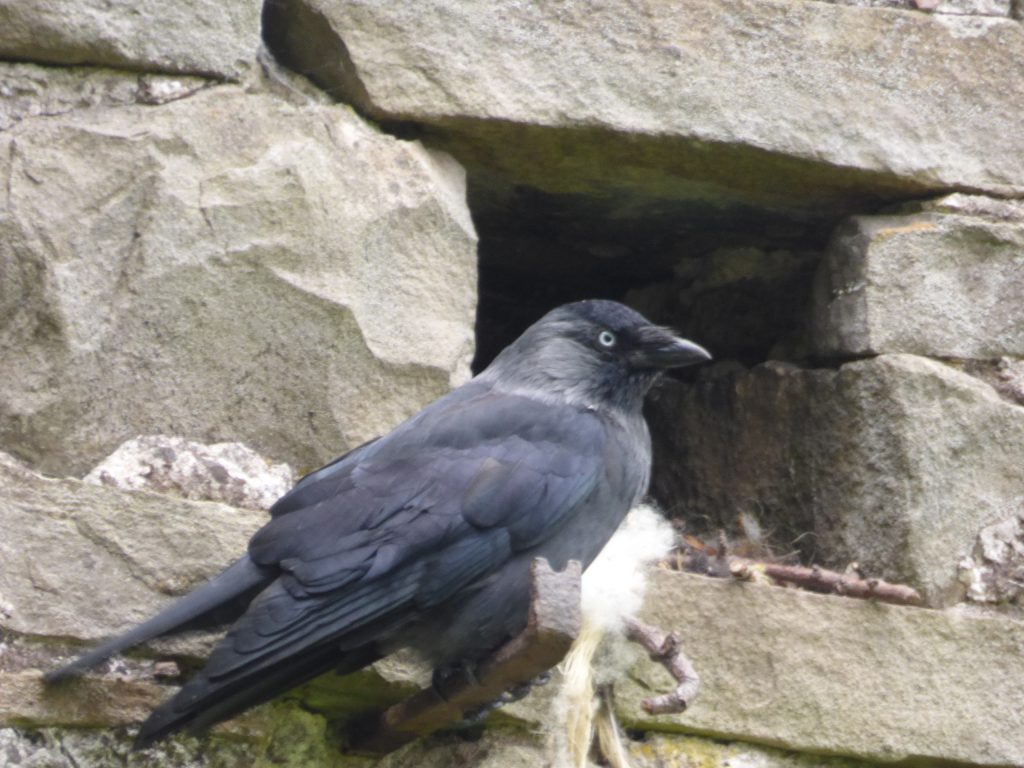
Jay
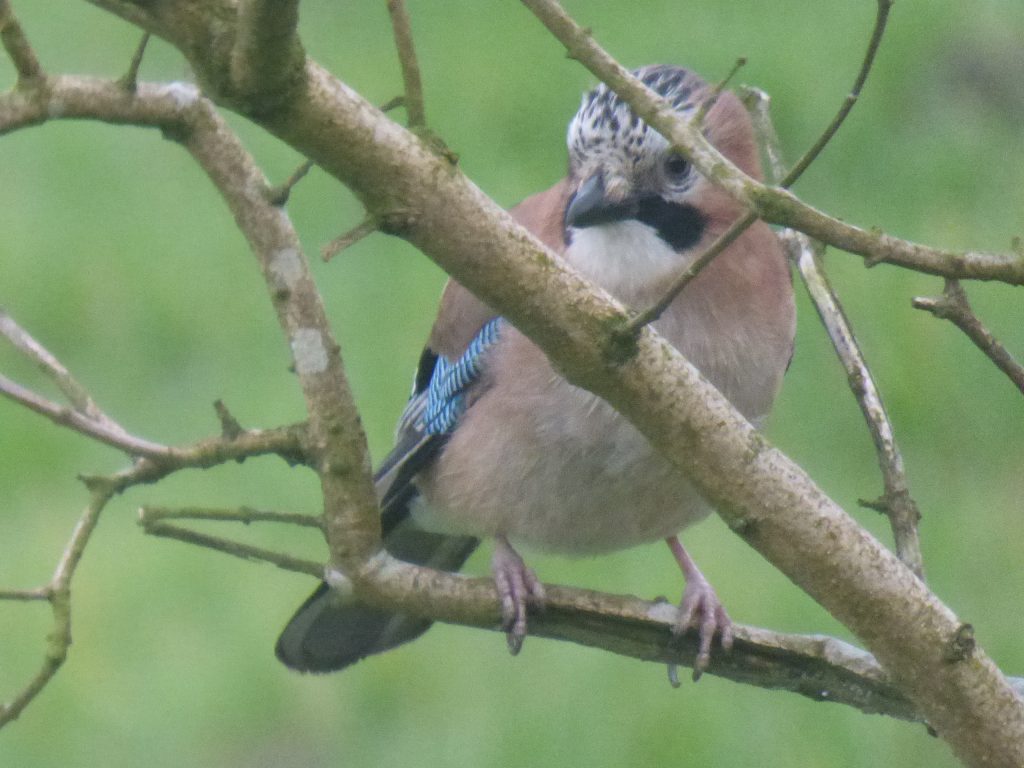
Kestrel

Lapwing

Linnet
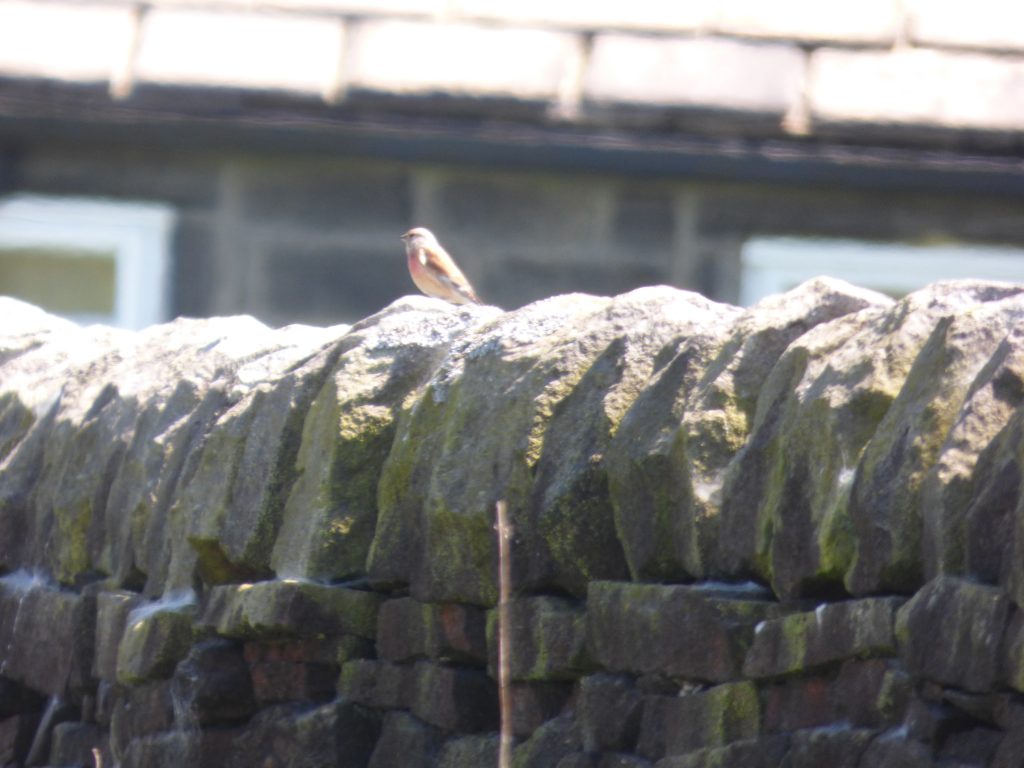
Little Owl

Long-Tailed Tit
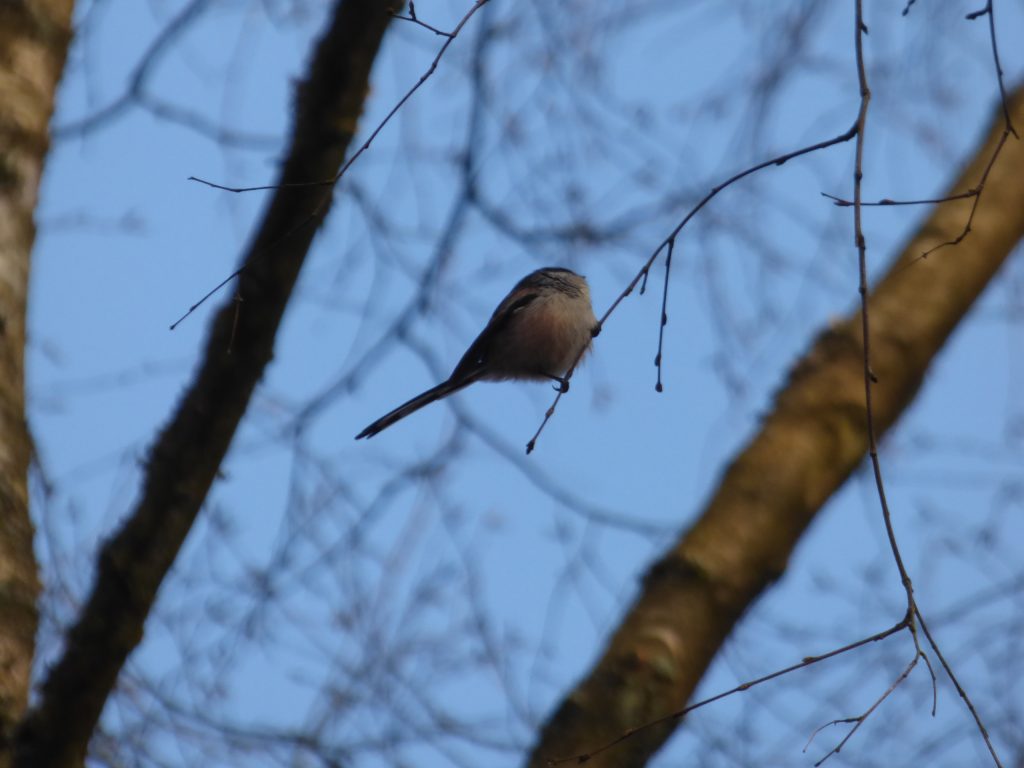
Mallard Ducks
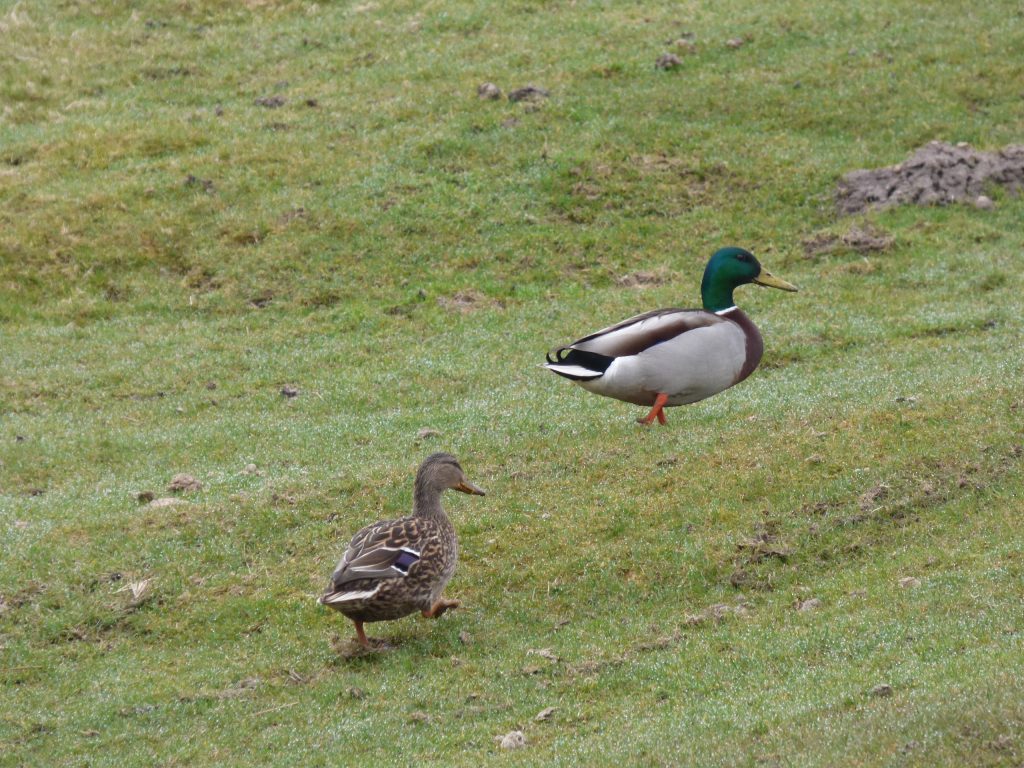
Meadow Pipit
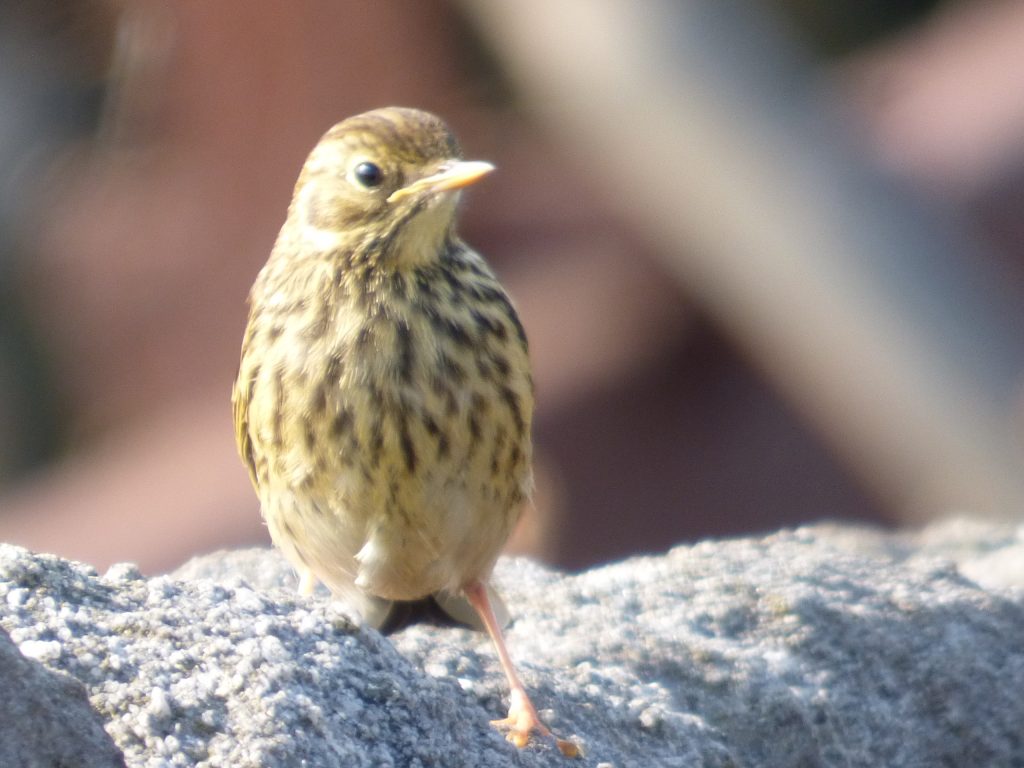
Mistle Thrush

Northern Wheatear
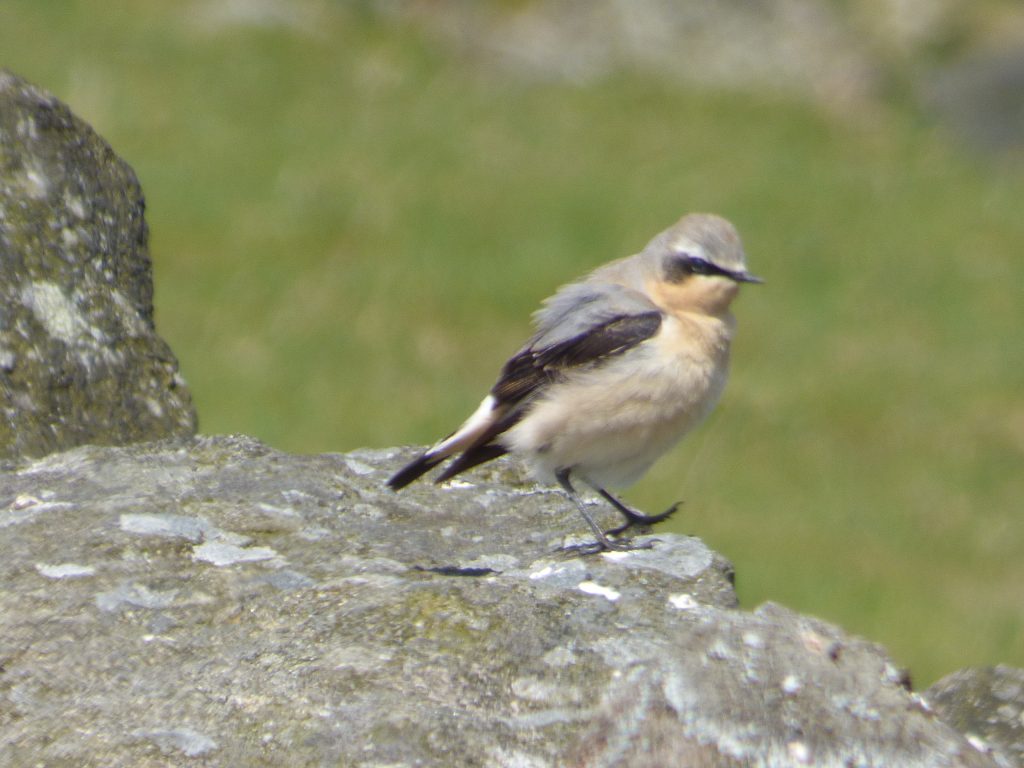
Oystercatcher
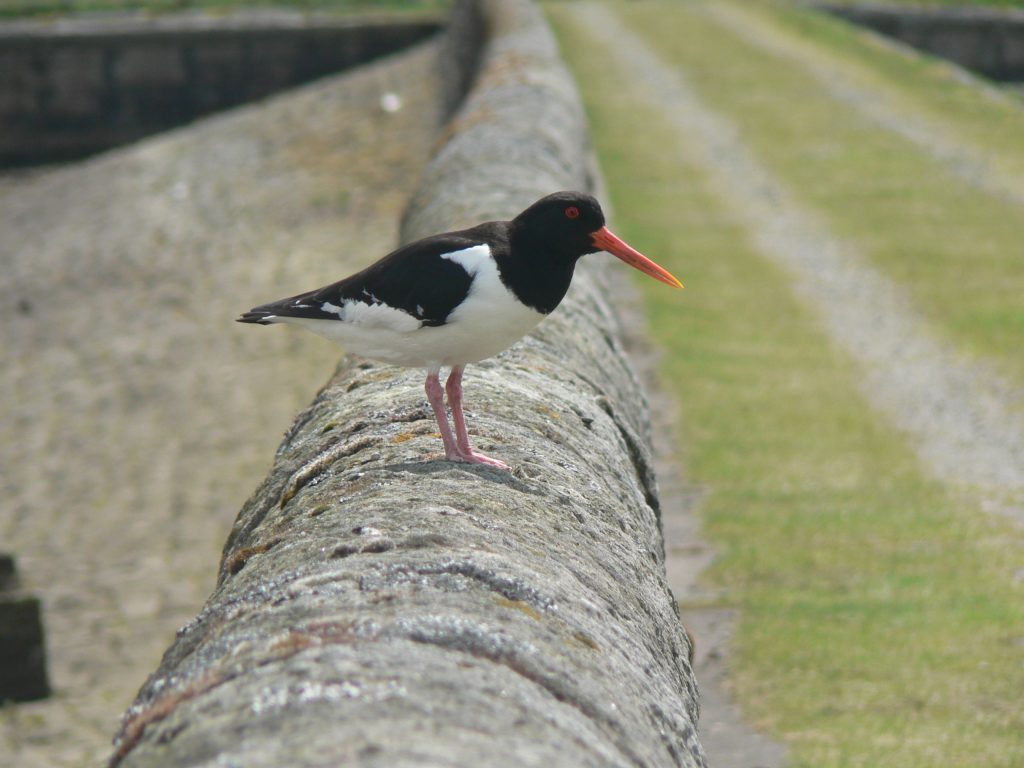
Parakeet

Peacock
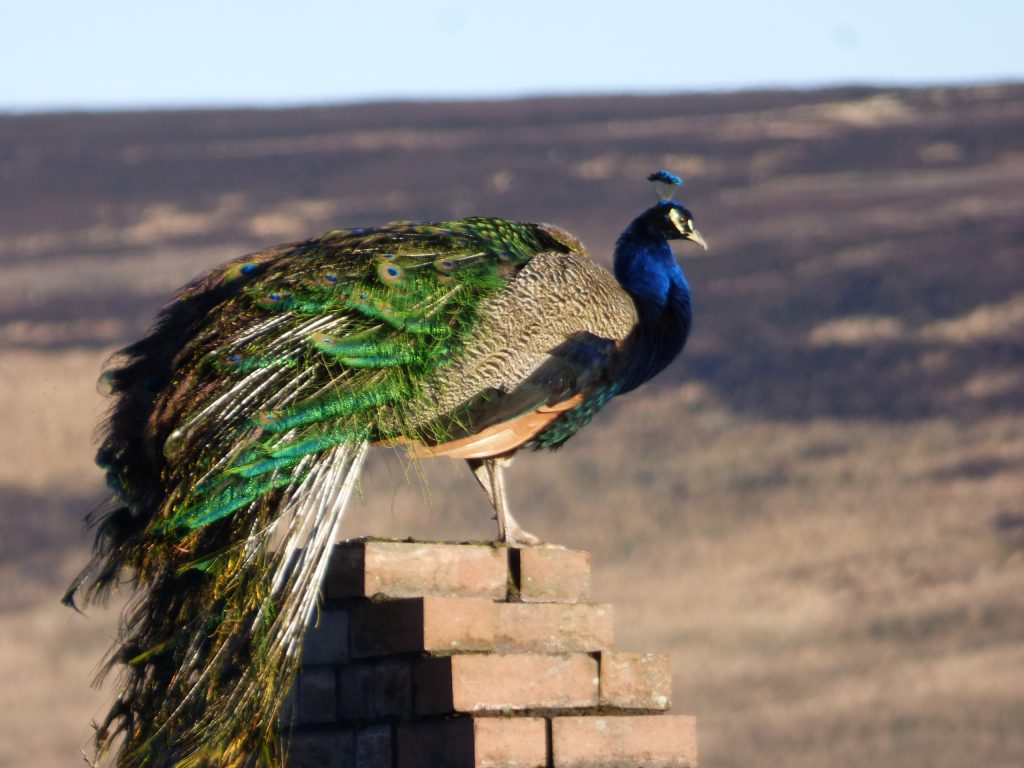
Pheasant

Pied Wagtail
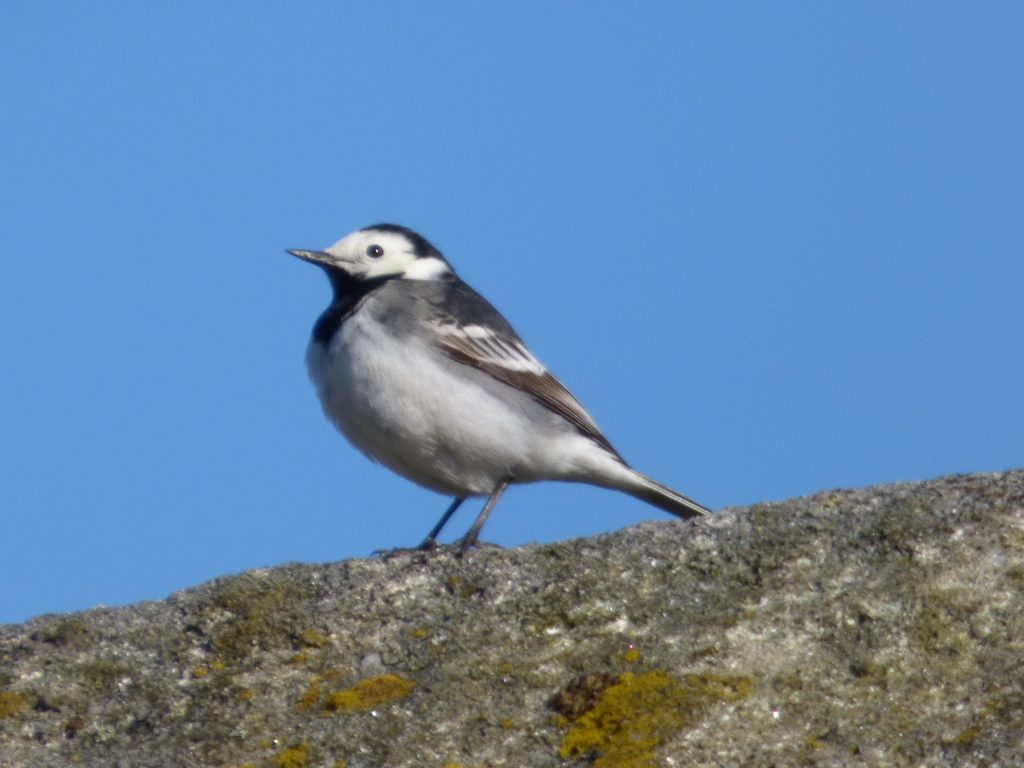
Raven

Red Grouse

Redpoll
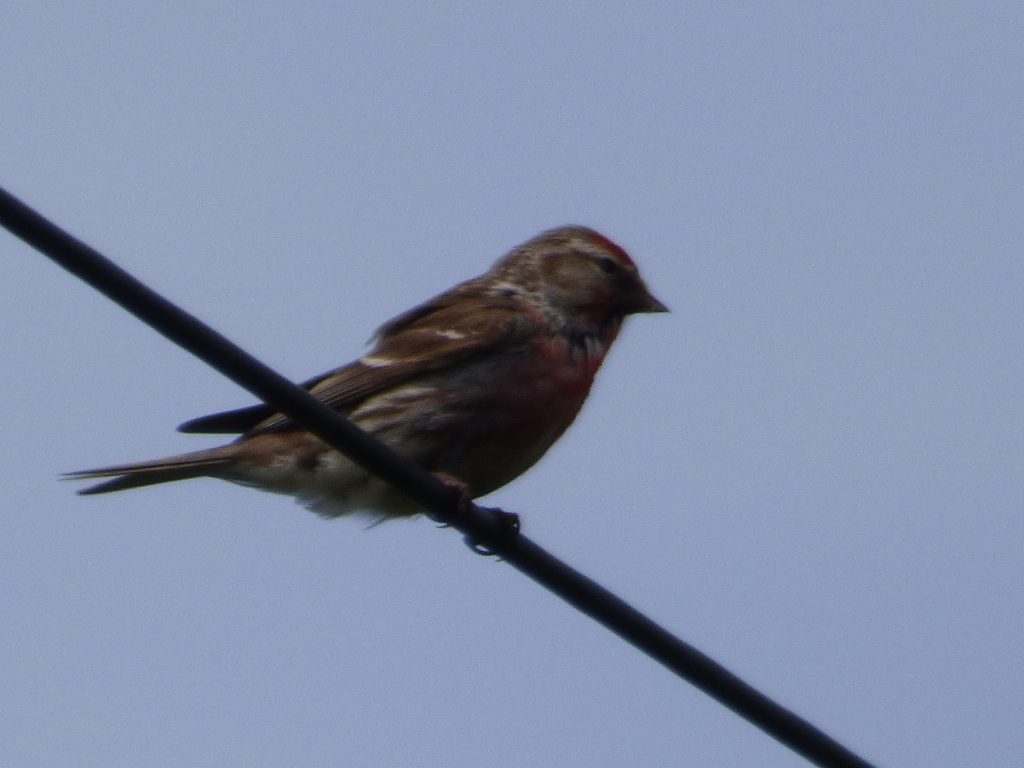
Redshank
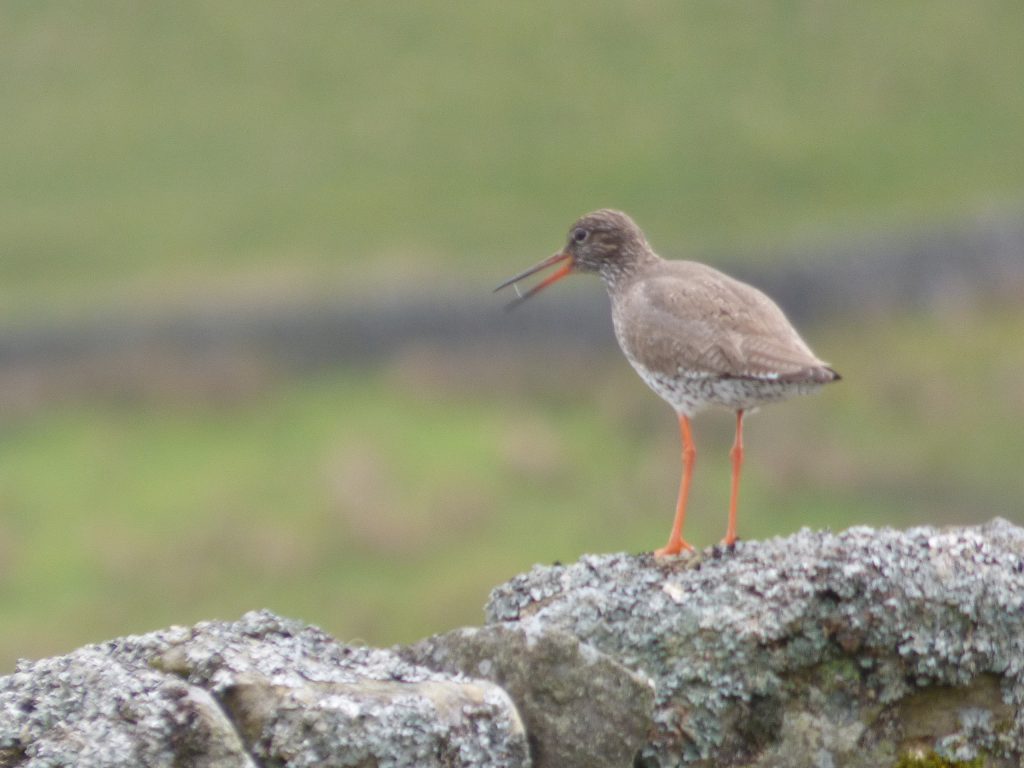
Redwing
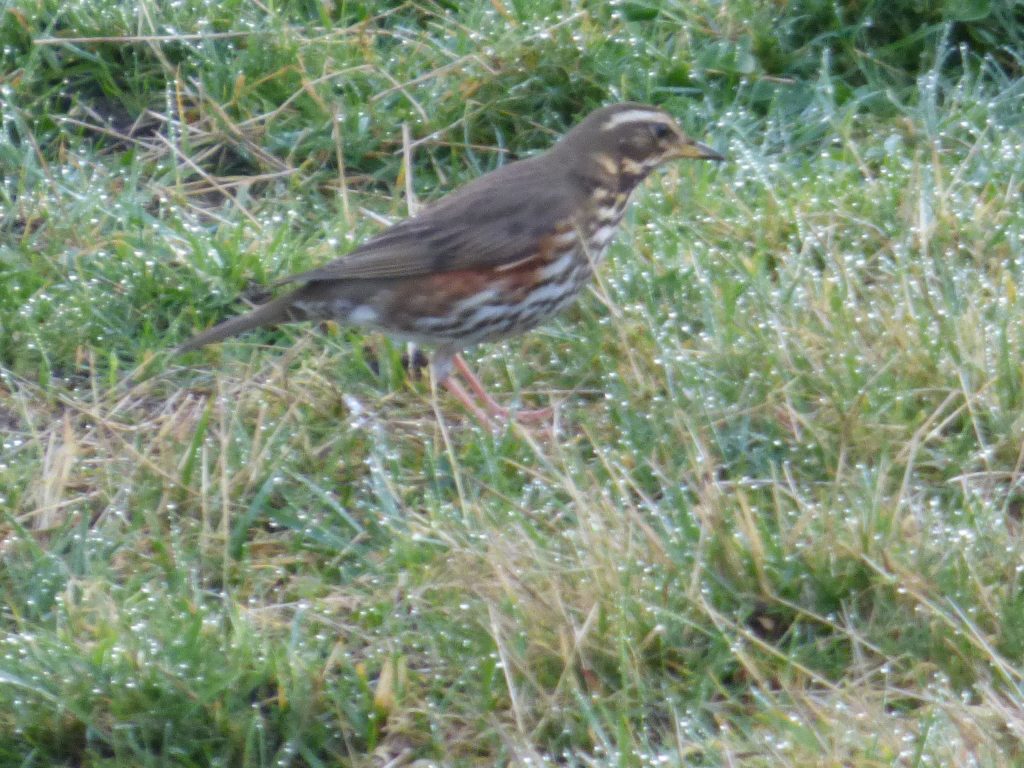
Reed Bunting
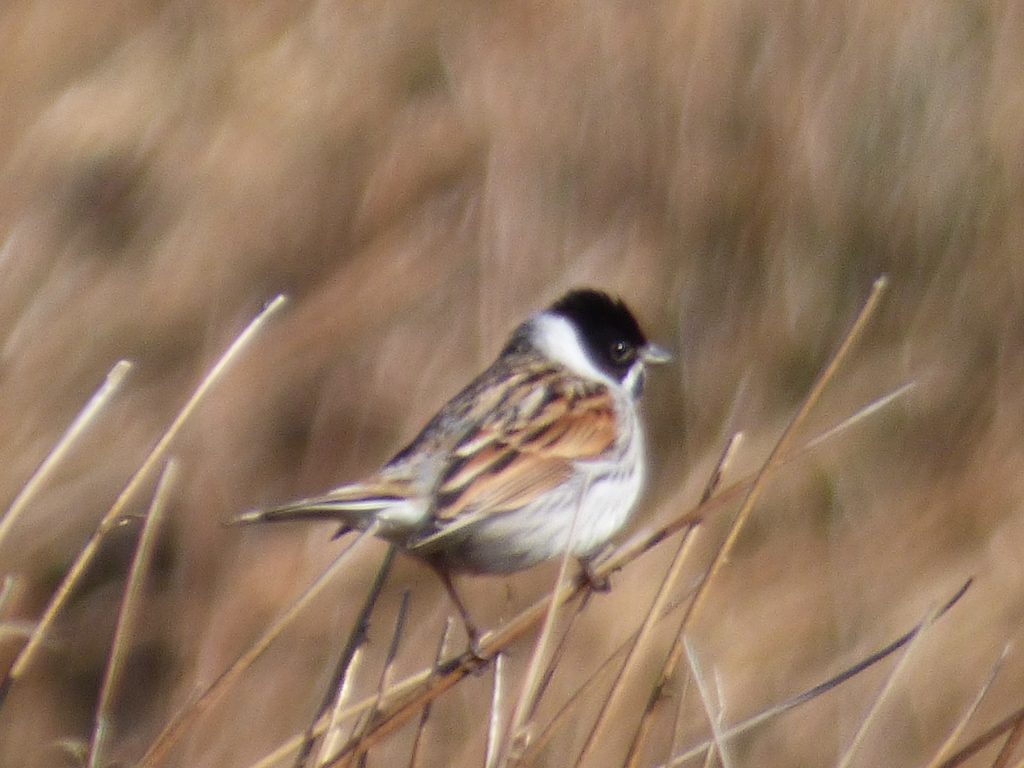
Ring Ouzel

Robin
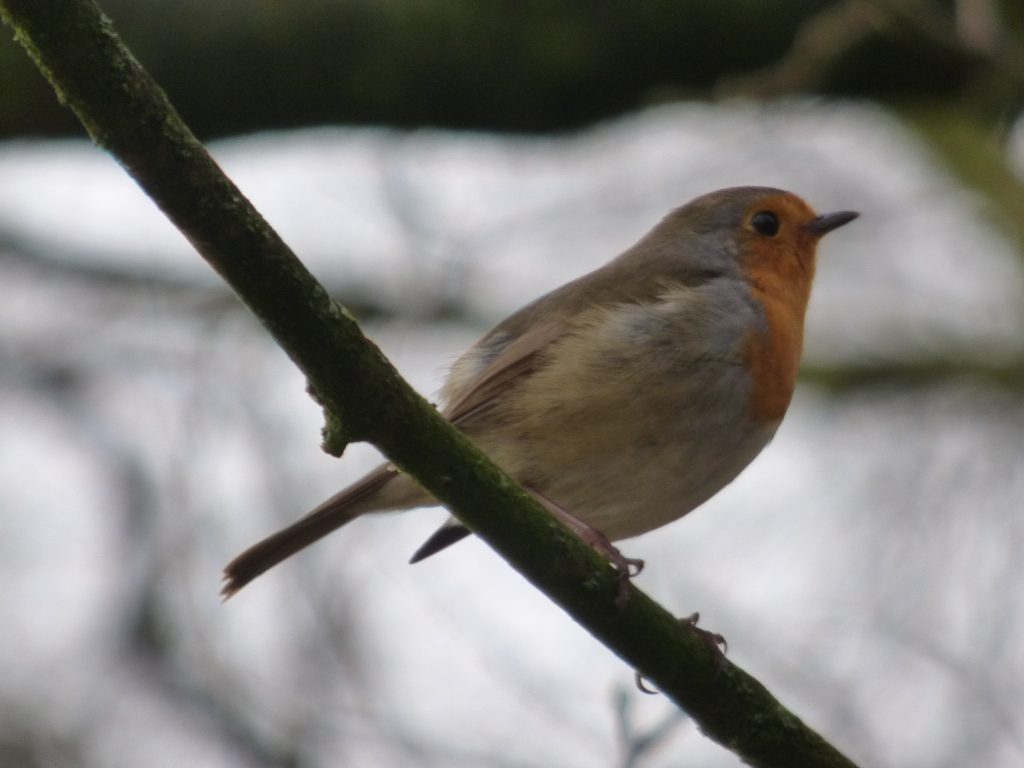
Rook
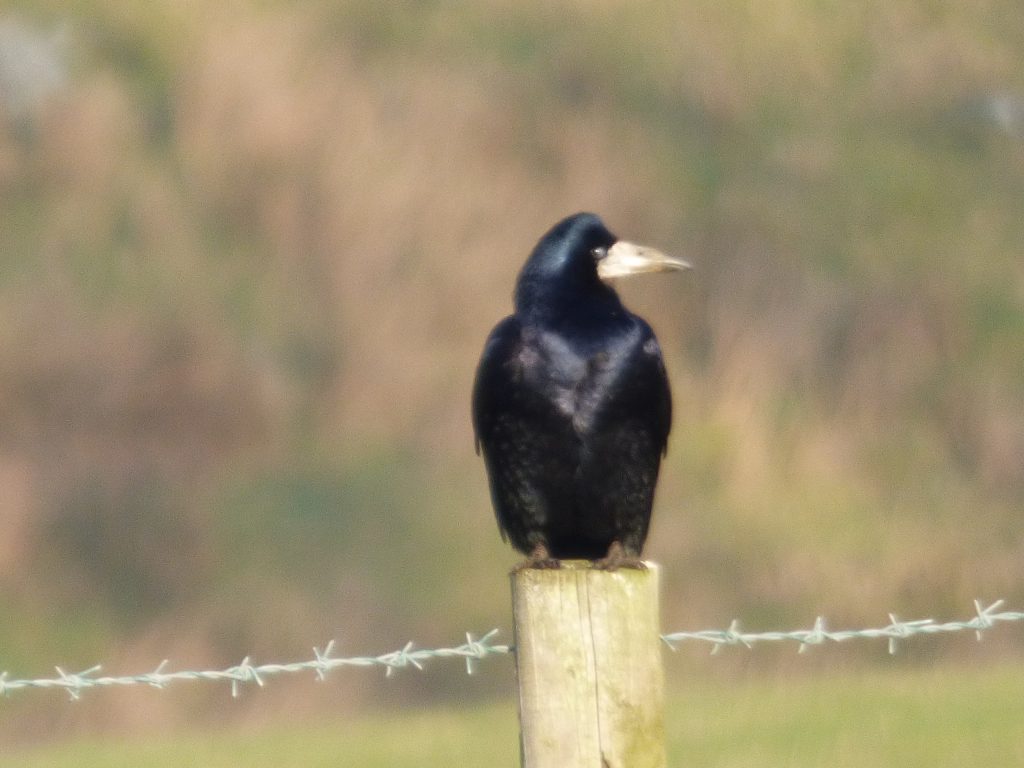
Sandpiper

Short-Eared Owl

Siskin
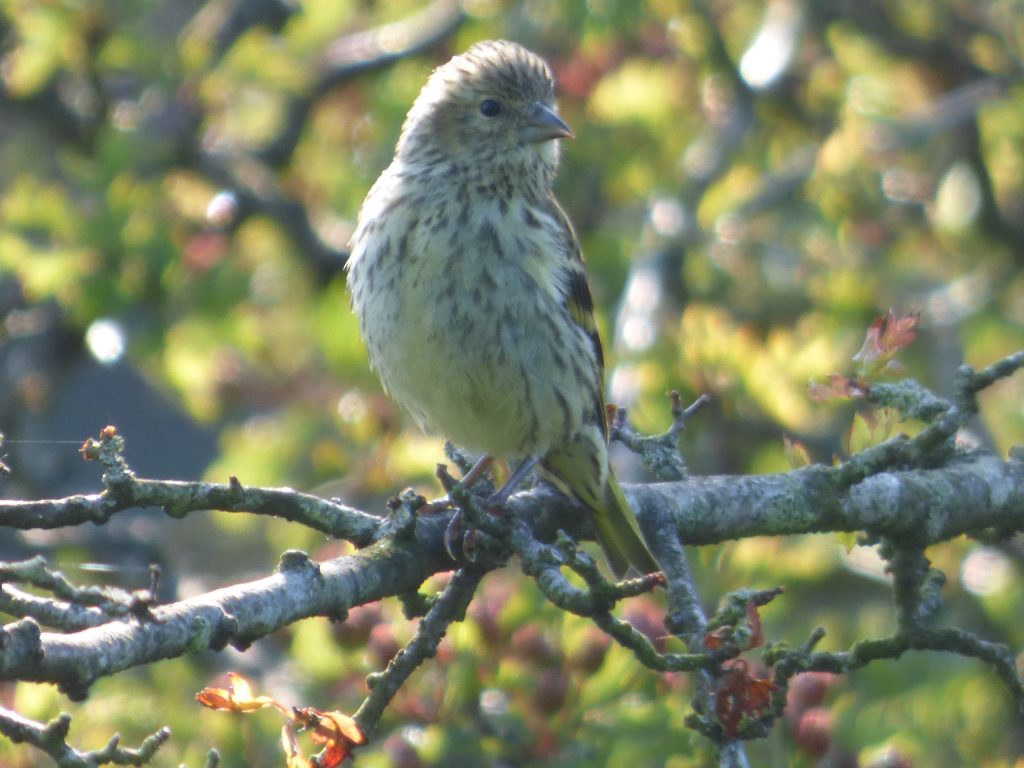
Skylark

Snipe

Song Thrush
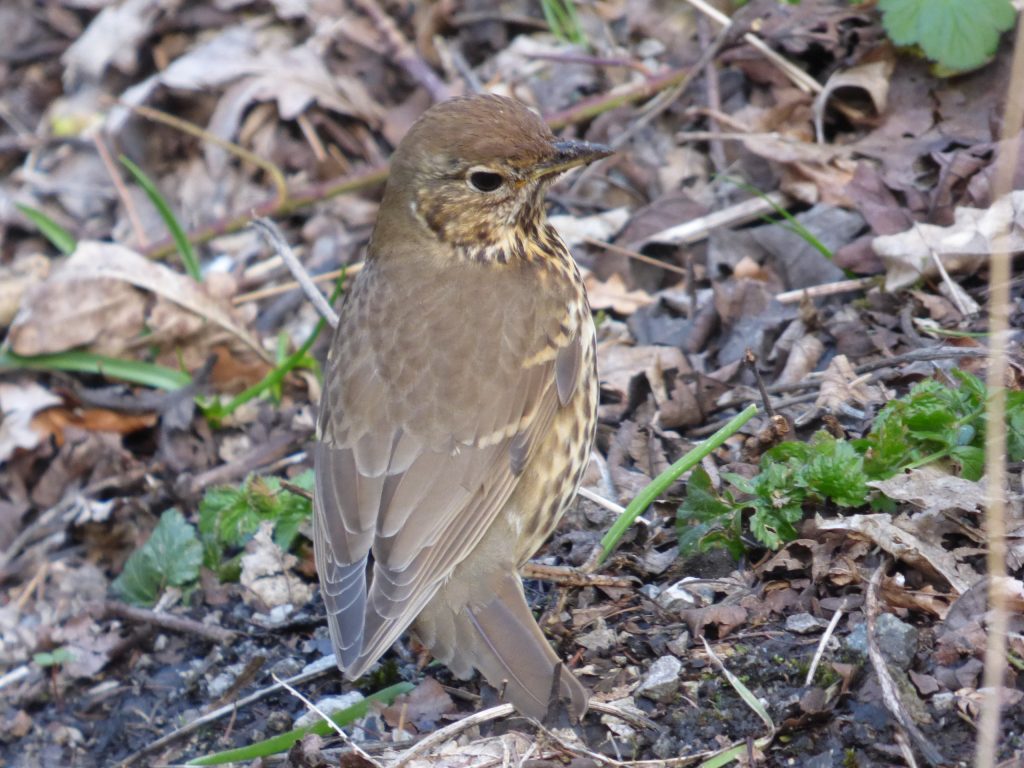
Starling

Swallow
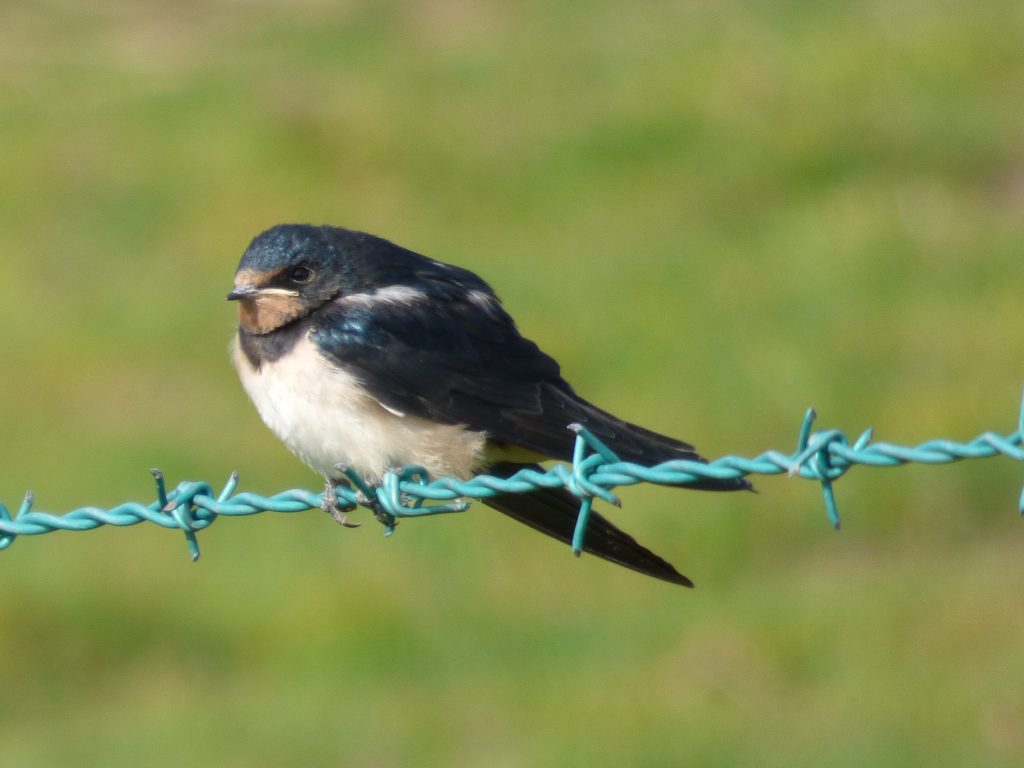
Tawny Owl
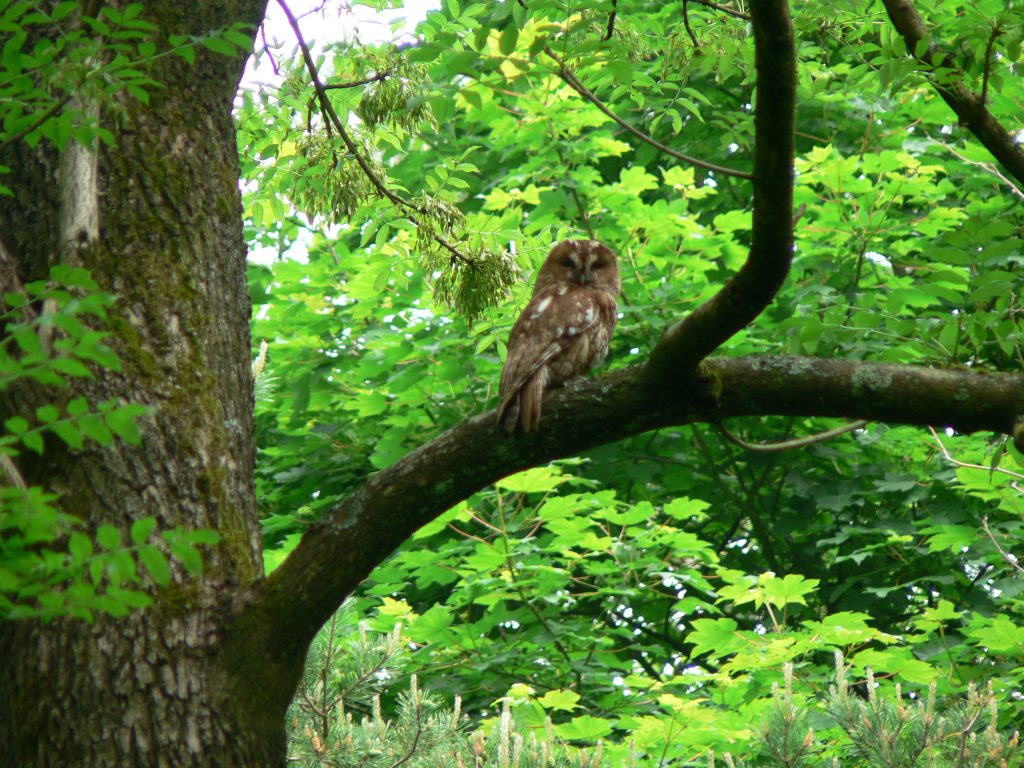
Treecreeper
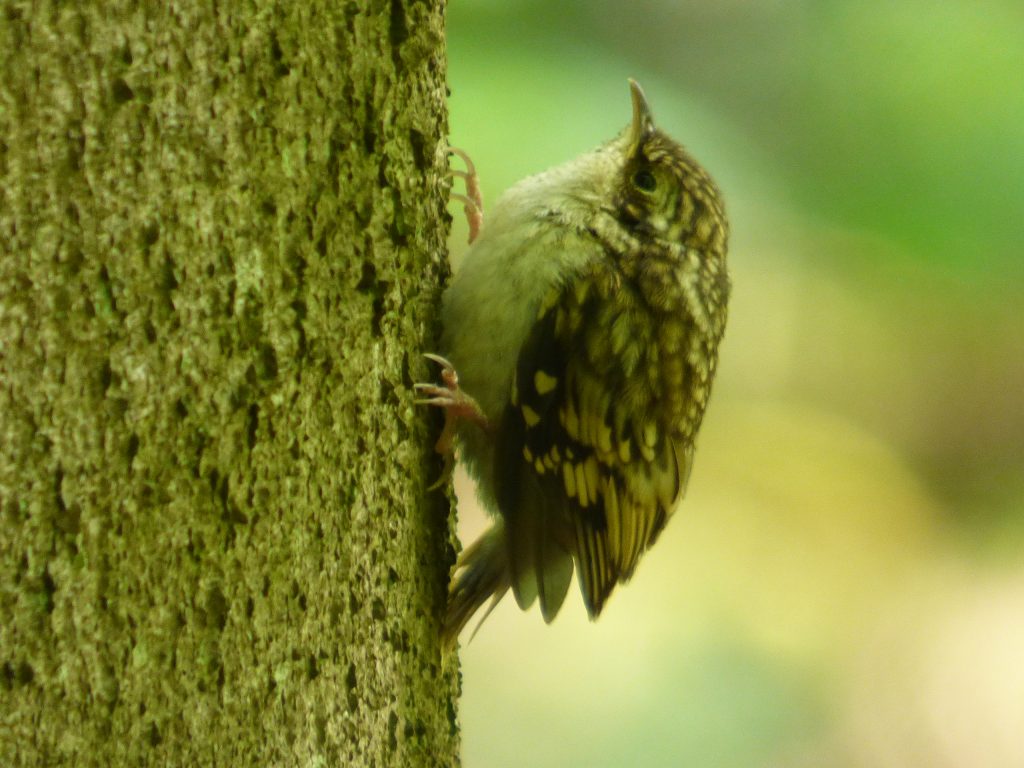
Tufted Duck

Willow Warbler
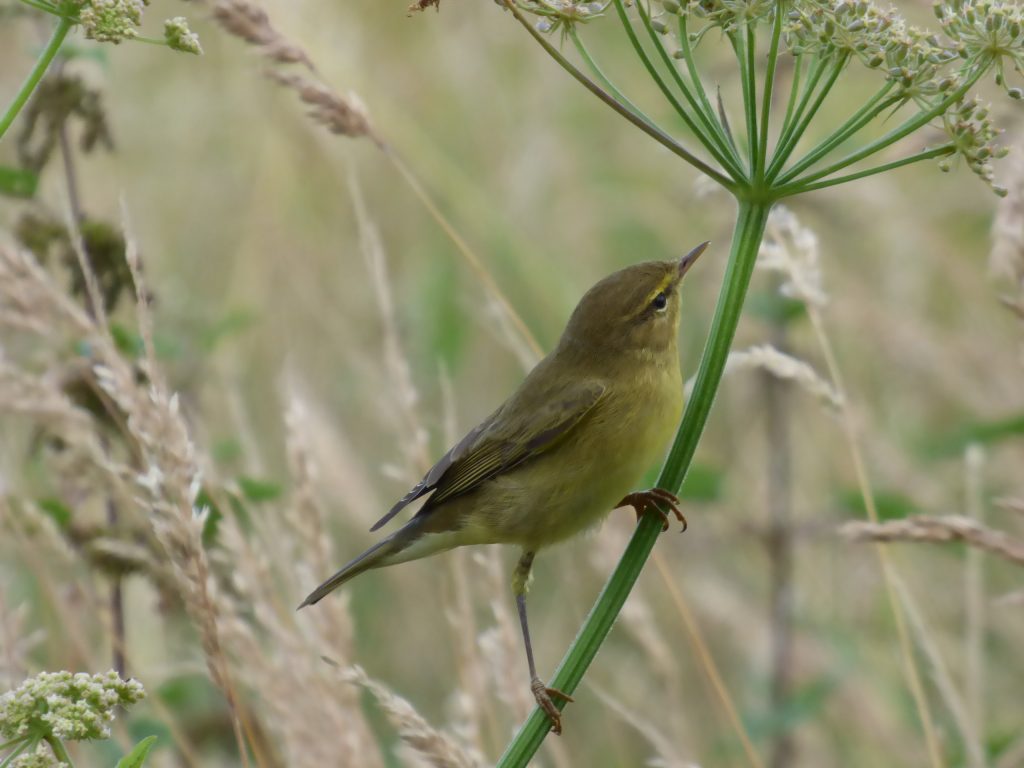
Wren
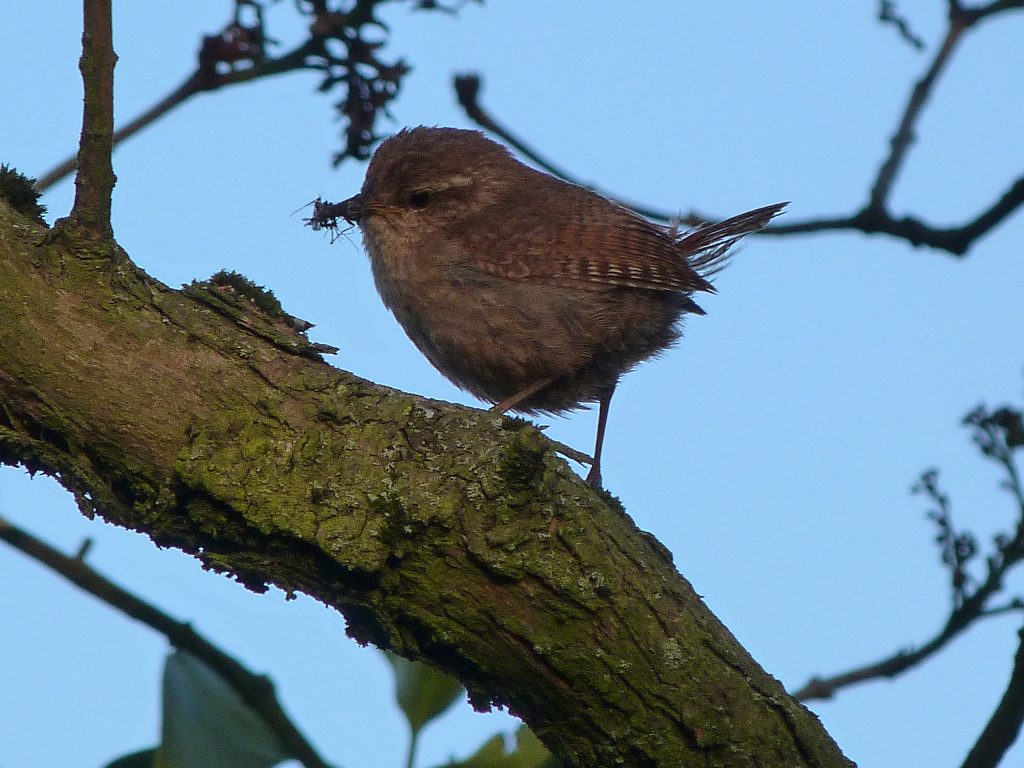
For up to date news about sightings by keen local birdwatchers, visit Calderdale Birds
© Photos copyright Lesley Jackson and Ian Fishwick
Piece Hall Halifax
Halifax Piece Hall – An Architectural Gem
Following a major renovation, Halifax’s magnificent 18th century cloth market – The Piece Hall – reopened in 2017. Originally built in 1779 as a market hall for merchants selling hand-woven woollen and worsted cloth produced by independent yeoman clothiers from the surrounding area, this spectacular Grade I Listed building is an architectural masterpiece.
Constructed from fine-grained local sandstone with a stone slate roof, the Piece Hall is the most significant surviving monument to the domestic textile industry in Britain. The building takes its name from the 30 yard lengths of cloth, known as ‘pieces’, which were the mainstay of its trade, along with raw wool.
A large rectangular building housing 315 small rooms, the Piece Hall is believed to have been designed by Thomas Bradley, a Halifax architect and builder who was Surveyor for the Calder Navigation Company. Taking the form of a quadrangle, the Piece Hall has a large open square in the centre measuring approximately 110 yards by 91 yards. Constructed on a slope, the western side has a ground floor with one upper storey, while the east face is on three levels, with internal staircases at each corner.
Classical in style, the Piece Hall draws inspiration from Roman and Italian Renaissance buildings. The merchants’ rooms are set back behind elegant colonnades. The lower arcade has round-headed arches on square piers. The middle level has Rustic pillars with Tuscan capitals. The upper colonnade has circular Doric columns.
There are arched gateways on three sides of the building. The north gateway, which was originally the main entrance, has a pediment topped by a classical urn, and is inscribed ‘Opened January 1st 1779’. The west gateway has a classical cupola with a bell, surmounted by a Golden Fleece and a weather vane. The south gateway features elaborate multi-coloured cast iron gates dating from 1871.
Trading at the Piece Hall was strictly regulated and took place between 10 am and 12 noon each saturday morning. Originally cloth was transported to the Piece Hall by packhorses after being collected from farms and cottages on the surrounding uplands where it was made. The cloth was then distributed throughout Britain and Europe.
Following the Industrial Revolution, textile manufacturing processes were mechanised and production shifted to water- and steam-powered mills in the valleys. This radically altered the system of trade, as a result of which the Piece Hall rapidly became defunct. From the early 19th century onwards the building was used for a variety of additional purposes, including firework displays, religious sermons and political rallies. In 1867 the Piece Hall was transferred to the Halifax Corporation and from 1871 onwards it was used as a wholesale fish, fruit and market. This continued for the next 100 years.
By the early 1970s when the wholesale market ceased, the Piece Hall had fallen into disrepair and was threatened with demolition. Thankfully it was saved, however, and after being renovated, the building reopened in 1976 housing shops and an outdoor market.
Following another major restoration project grant-aided by the Heritage Lottery Fund, the Piece Hall was given a new lease of life in 2017. Now managed by the Piece Hall Trust, it incorporates shops, galleries, cafes and bars, as well as displays about the history of this iconic building. A varied programme of outdoor events – from street theatre to art installations and concerts – is held in the repaved central square, a stunning public space.
Adjoining the Piece Hall is the newly-extended Square Chapel Arts Centre, a lively arts complex including a cinema, theatre and cafe bar. Housed in the historic Square Chapel, a red-brick Georgian chapel dating back to 1772, this is a key element in Halifax’s new Cultural Quarter, along with the new Central Library and Archive incorporating the spire of the 19th century Square Church. The library houses a Visitor Information Centre and provides direct access to the Piece Hall from Halifax railway station and neighbouring Eureka! The National Children’s Museum.
www.thepiecehall.co.uk
www.squarechapel.co.uk
www.historicengland.org.uk
© Text and photographs copyright Lesley Jackson
Bingley Five Rise Locks
Bingley’s Five Rise Locks
One of the Seven Wonders of the Waterways
Less than 3 miles from Saltaire along the Leeds and Liverpool Canal are the famous Five Rise Locks at Bingley, one of the ‘Seven Wonders of the Waterways’. Built in 1774, the five adjoining locks raise boats over 59 feet (18 metres) over a distance of 320 feet.
The Leeds and Liverpool Canal, connecting two major cities on either side of the Pennines, spans 127 miles and is the longest canal in the UK. Bingley’s Five Rise Locks are 16 miles from Leeds. Known as staircase locks because they open directly into each other, with the top gate of one lock forming the bottom gate of the next, Bingley’s Five Rise Locks are the steepest in the country. A few hundred yards along the canal is another shorter flight of locks: the Bingley Three Rise Locks.
Designed by John Longbotham of Halifax, the Five Rise Locks were built by four local stonemasons: John Sugden of Wilsden and Barnabus Morvil, Jonathan Farrar and William Wild of Bingley.
The locks are a remarkable feat of engineering and are still in use today, operated by lock keepers. The photographs show two narrow boats passing through the Five Rise Locks.
For more information, follow these links:
Leeds and Liverpool Canal
Pennine Waterways
Canal and River Trust
© Text and photographs copyright Lesley Jackson
Jumble Hole Clough
Jumble Hole Clough
Jumble Hole Clough is one of the many delightful spurs off the Upper Calder Valley near Hebden Bridge. Steep, narrow and densely wooded, it is hard to believe that this was once a hive of industry. A series of water-powered textile mills once tapped the river running through this valley, including the picturesque Staups Mill, seen in these images.
Fay Godwin photographed these intriguing ruins for Ted Hughes’s book Remains of Elmet in the 1970s. Amazingly, the building is still just about standing, although the clough itself is more overgrown than ever.
Just one of the hidden gems to be discovered on walks near Elmet Farmhouse.
© Photos copyright Lesley Jackson and Ian Fishwick
Whoosh! Castle Carr Fountain
Castle Carr Fountain
Castle Carr is a private estate in Luddenden Dean which is opened up to the public several times of year. The principal attraction is the magnificent fountain in the ornamental water gardens, developed in the grounds of Castle Carr during the early 1870s. Funded by Halifax Water Corporation as compensation for building the nearby reservoirs, the water garden was designed by Halifax architect John Hogg, who also contributed to the design of the Castle Carr mansion.
The single jet fountain is in the centre of a circular pool, known as the Compensation Basin, surrounded by rhododendrons and woods. Gravity fed with over 60 metres of fall from a huge tank above Deep Clough Farm, the force of the water is so powerful that the fountain can reach heights of over 100ft, second only to the fountain at Chatsworth in Derbyshire.
These photos show the fountain in action on a sunny summer afternoon on Sunday 3 July 2016. A huge crowd gathered to watch the spectacle at 2pm in a charity event organised by Halifax Rotary Club. Following the countdown to the switch-on, the fountain shoots up extremely quickly, rising higher and higher above the trees. The spray is cast far and wide in the wind, creating rainbow effects as it catches the light.
Originally there were four other fountains at the corners of the pool, but these no longer function as the cast iron pipes that supplied them with water were damaged by flooding in 1989. Thankfully the main fountain is still in good working order and this year’s display was as spectacular as ever.
The Ruins of Castle Carr
En route to the fountain are the atmospheric ruins of Castle Carr, a huge Victorian mansion constructed in a prominent position towards the top of Luddenden Dean. Designed by Thomas Risley, it was built for Captain Joseph Priestly Edwards between 1859 and 1867 , but demolished just over a century later. Edwards himself never actually inhabited Castle Carr as he and his eldest son were killed in a railway accident before the house was finished. The building was completed during the early 1870s by his younger son Lea Priestley Edwards, with later additions by Halifax architect John Hogg, who also developed the water gardens.
Although Lea Priestley Edwards lived at Castle Carr from 1875-6, its vast scale and damp location made the house impractical as a permanent residence, although it was later used as a hunting lodge. Latterly owned by the Murgatroyds, the wealthy textile family who built the Oats Royd Mill complex lower down the Luddenden valley, Castle Carr was used for parties during the 1930s but fell into disrepair during the Second World War. Following the sale of the estate in 1961, most of the house was demolished and the building materials auctioned.
The only section of the building still standing (albeit precariously) is the portcullis entrance tower, originally the main gateway to a large courtyard around which the house was built. Part of the kitchen block also remains and the vaulted ovens are still visible in the foundations. Lower down the valley are the castellated lodge houses bridging the lane. Whereas the rest of the estate is only accessible a few days each year when the fountain is in operation, the lodges can be viewed from a public track.
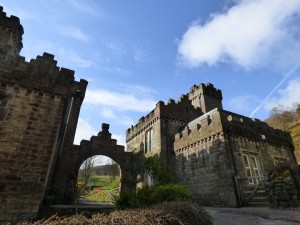
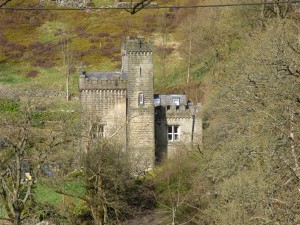
© Photos copyright Lesley Jackson and Ian Fishwick
10 Facts about Hebden Bridge
10 Fascinating Facts about Funky Hebden Bridge
1. Hebden Bridge used to be known as Fustianopolis because many of its textile mills specialised in fustian – the generic name for corduroy and moleskin. Hebden Bridge has also been described as Trouser Town because it became an important centre for garment-making, especially working mens’ trousers made from fustian cloth.
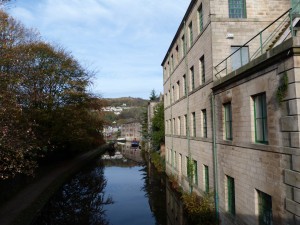
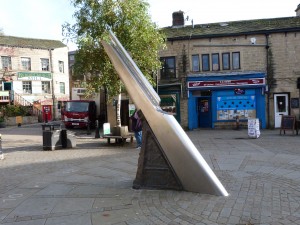
Left: Canalside mill in Hebden Bridge. Right: Fustian cutter’s blade sculpture in St George’s Square
2. Hebden Bridge was one of the earliest towns to embrace the Co-operative Movement, just a few years after the Rochdale Pioneers. The Hebden Bridge Fustian Manufacturing Society, based in Nutclough Mill, was the first co-operative mill in the UK. Community spirit and co-operative principles still characterise the town. Hebweb was the first community website in the UK.
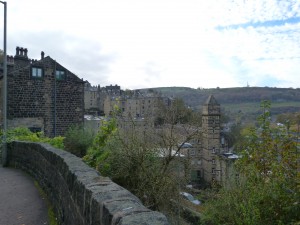

Left: Tower of Nutclough Mill. Right: Workers’ housing in Hebden Bridge
3. Until the 19th century Hebden Bridge was much smaller and more insignificant than Heptonstall, the small village on the top of the hill. Whereas Heptonstall had been a flourishing cloth-making centre for centuries, Hebden Bridge was little more than a bridging point over Hebden Water for packhorses en route to Heptonstall via the Buttress (an incredibly steep stone-paved track). But following the industrial revolution, everything changed. Hebden Bridge expanded rapidly and the Calder Valley became a hub for large water-powered and steam-powered textile factories.
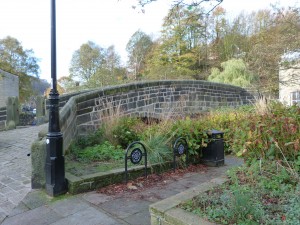
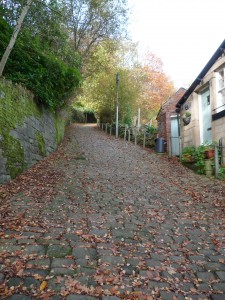
Left: 16th century bridge crossing Hebden Water. Right: The Buttress
4. Because the Upper Calder Valley is so steep-sided, there’s very little space on the valley bottom for housing. When Hebden Bridge expanded during the 19th century, double-decker terraces were developed, consisting of underdwellings and overdwellings, running along the contours of the valley and up and down the slopes. ‘Flying freeholds’ – another Hebden Bridge novelty – were introduced as a result.
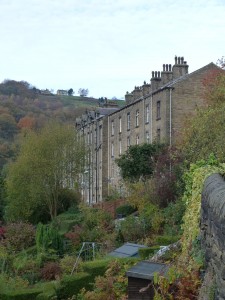
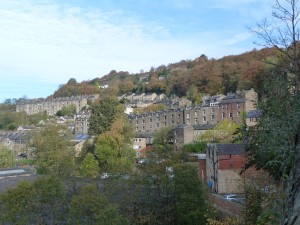
Double-decker terraces in Hebden Bridge
5. Hebden Bridge boasts the highest proportion of independent shops per capita in the country, a distinction it shares with Totnes in Devon. From butchers and bakers to designer-makers, Hebden Bridge combines traditional businesses, such as ironmongers, haberdashery and and florists, with craft lighting, jewellery and organic food. It’s no surprise the town was crowned Best Small Market Town in the Great British High Street Awards in 2016.



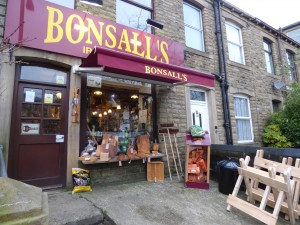
Independent shops in Hebden Bridge
6. Hebden Bridge’s thriving food and general market, held each thursday, recently won the national award for Best Small Outdoor Market in the UK. It sells everything from fresh fish, local cheese and sourdough bread to toiletries, plants and fruit and veg. Hebden Bridge also has a flea market each friday, an artisan’s market on saturday and a local produce market on sunday.
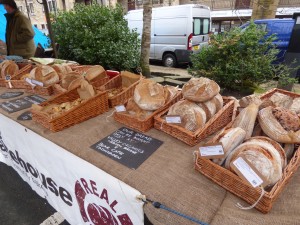
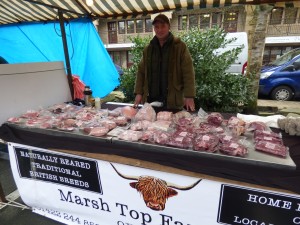
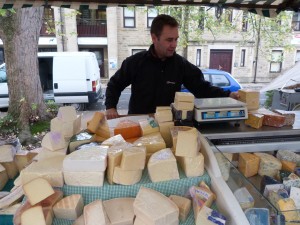
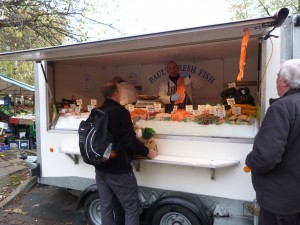
Hebden Bridge Market
7. Mytholmroyd-born poet Ted Hughes retained life-long connections with Hebden Bridge. His book Remains of Elmet (1979), a collaboration with photographer Fay Godwin, is all about the Upper Calder Valley. Hughes’s parents lived in a house called The Beacon at Slack, near Heptonstall. His wife, the American poet Sylvia Plath, who committed suicide in 1963, is buried in Heptonstall Churchyard. Lumb Bank, an 18th century millowner’s house in Colden Clough formerly owned by Ted Hughes, is now a flourishing creative writing centre run by the Arvon Foundation.

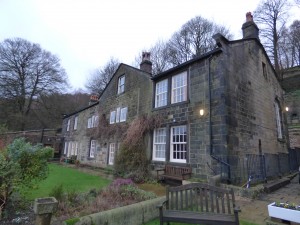
Left: Remains of Elmet. Right: Lumb Bank
8. Internationally renowned photographer Martin Parr lived and worked in Hebden Bridge during the mid 1970s at the start of his career. His photographs from this period, focusing on the non-conformist chapels that once dominated this area, were recently published in a book called The Non-Conformists.
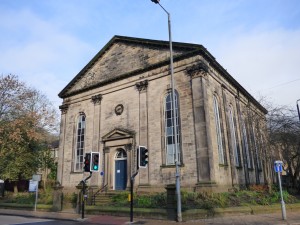
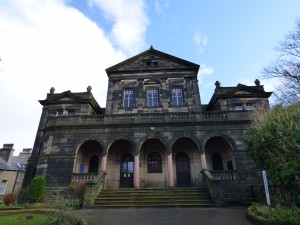
Left: Hope Chapel, Hebden Bridge. Right: Birchcliffe Chapel, Hebden Bridge
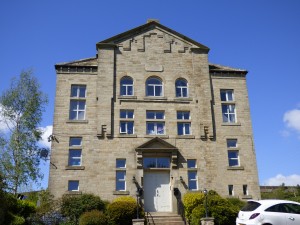
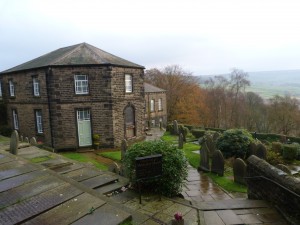
Left: Providence Chapel, Midgley. Right: Heptonstall Methodist Chapel
9. World-famous singer songwriter Ed Sheeran spent his formative early childhood years in Hebden Bridge and seems to have absorbed its quirky, independent spirit. His parents lived in a house on Birchcliffe Road in Hebden Bridge at the time. Ed’s father was a curator at Cartwright Hall in Bradford and his mother worked at Manchester City Art Gallery.
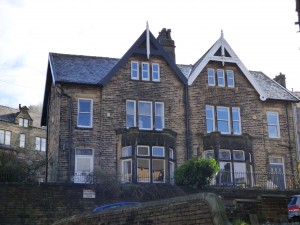
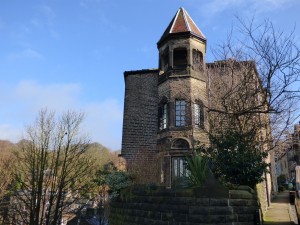
Left: West Royd (left), Ed Sheeran’s early childhood home on Birchcliffe Road, Hebden Bridge. Right: Eiffel Tower opposite West Royd
10. Hebden Bridge and the Calder Valley are popular locations for film and TV dramas, both historical and contemporary. The picturesque village of Heptonstall recently appeared in Jericho and Swallows and Amazons, while Holdsworth House, a 17th century house in Halifax, was an important location in Last Tango in Halifax. Hebden Bridge features prominently in Happy Valley, which, like Last Tango, was written by BAFTA award-winning screenwriter Sally Wainwright, who grew up in Calderdale. Catherine Cawood, the feisty police officer in Happy Valley played by Sarah Lancashire, lives in a house on Hangingroyd Road in the centre of Hebden Bridge.
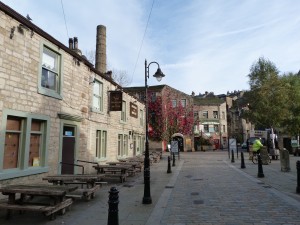
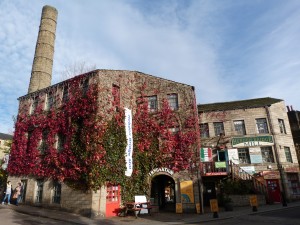
Hebden Bridge – key location for Happy Valley. Left: Bridge Gate. Right: Bridge Mill.
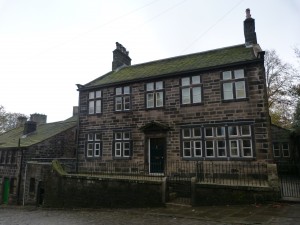
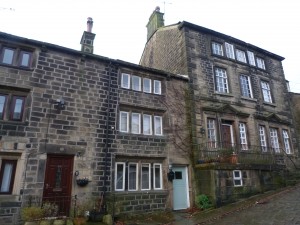
Heptonstall – key location for ITV’s series Jericho and the film Swallows and Amazons
© Text and photos copyright Lesley Jackson
Higgledy Piggledy Hebden Houses
Higgledy Piggledy Hebden Houses
What strikes visitors when they first come to Hebden Bridge are the higgledy piggledy houses. Because of the narrowness of the valley and the steepness of the hillsides, very few houses are built on the flat and they come in all sorts of irregular shapes and sizes. Quirky and unusual, Hebden Bridge’s architecture is as Non-Conformist as its prevailing religion.
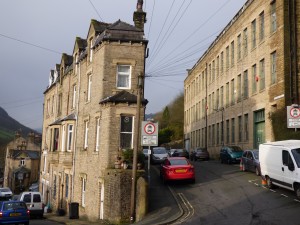
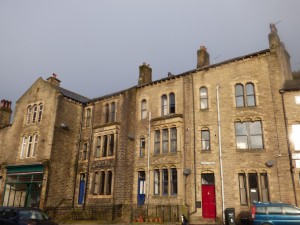
Most of the buildings in Hebden Bridge date from the 19th century, when the town grew rapidly as a result of the flourishing textile industry. Terraced housing was the norm, as in other milltowns, to accommodate the rapidly expanding factory workforce. But whereas elsewhere in the industrial heartlands of Yorkshire and Lancashire, the terraced houses were uniform and monotonous, Hebden Bridge’s precipitous slopes prompted builders to be more inventive and ingenious.
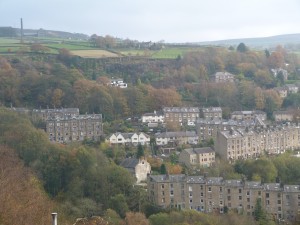
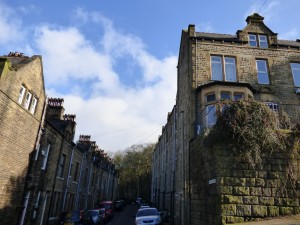
The contours of the valley give a highly distinctive character to the urban landscape of Hebden Bridge, as many terraces run diagonally up and down the hills. Because the valley bottom is so constricted and usable land was in such short supply, this prompted builders to opt for high-rise solutions – terraces in the sky. As well as being unusually tall – five storeys were not uncommon – some terraces were tapered or wedge-shaped.

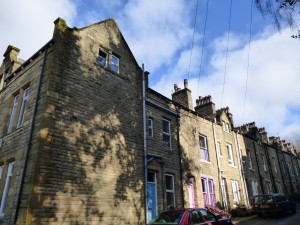
Double-decker terraces – comprising of underdwellings and overdwellings – are a Hebden Bridge speciality. Both open onto the street but at completely different levels. A unqiue form of property ownership, known as flying freeholds, developed in response to these two-part dwellings.
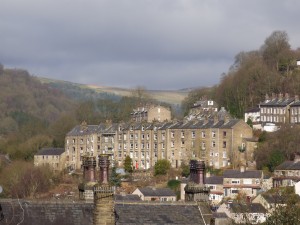
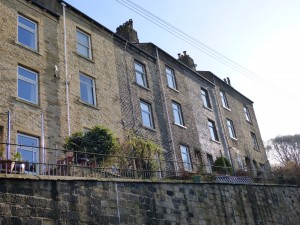
The wealth generated in Hebden Bridge by the fustian industry and the garment-making trade during the late 19th century prompted the building of larger houses for textile magnates and other affluent tradespeople. Birchcliffe, the steep road rising up from the centre of the town, has some good examples of these splendid properties, many with stained glass, decorative stonework or curious features such as towers.
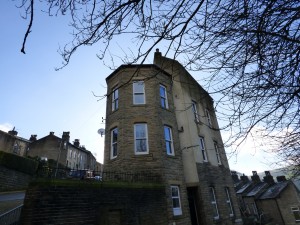

High retaining walls and embankments are another distinctive feature of the town, all built of the same locally quarried sandstone – millstone grit – adding to the impression that the town emerged spontaneously out of the landscape. Although it grew rapidly in a piecemeal fashion, there is an organic quality to its architecture that is unique to Hebden Bridge.
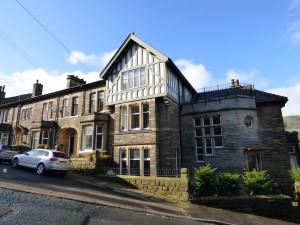
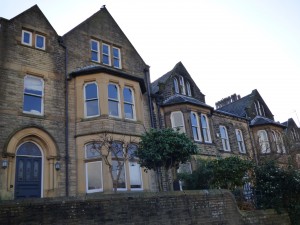
© Text and photos copyright Lesley Jackson





